一 : 看图填词100篇
看图填空(一)
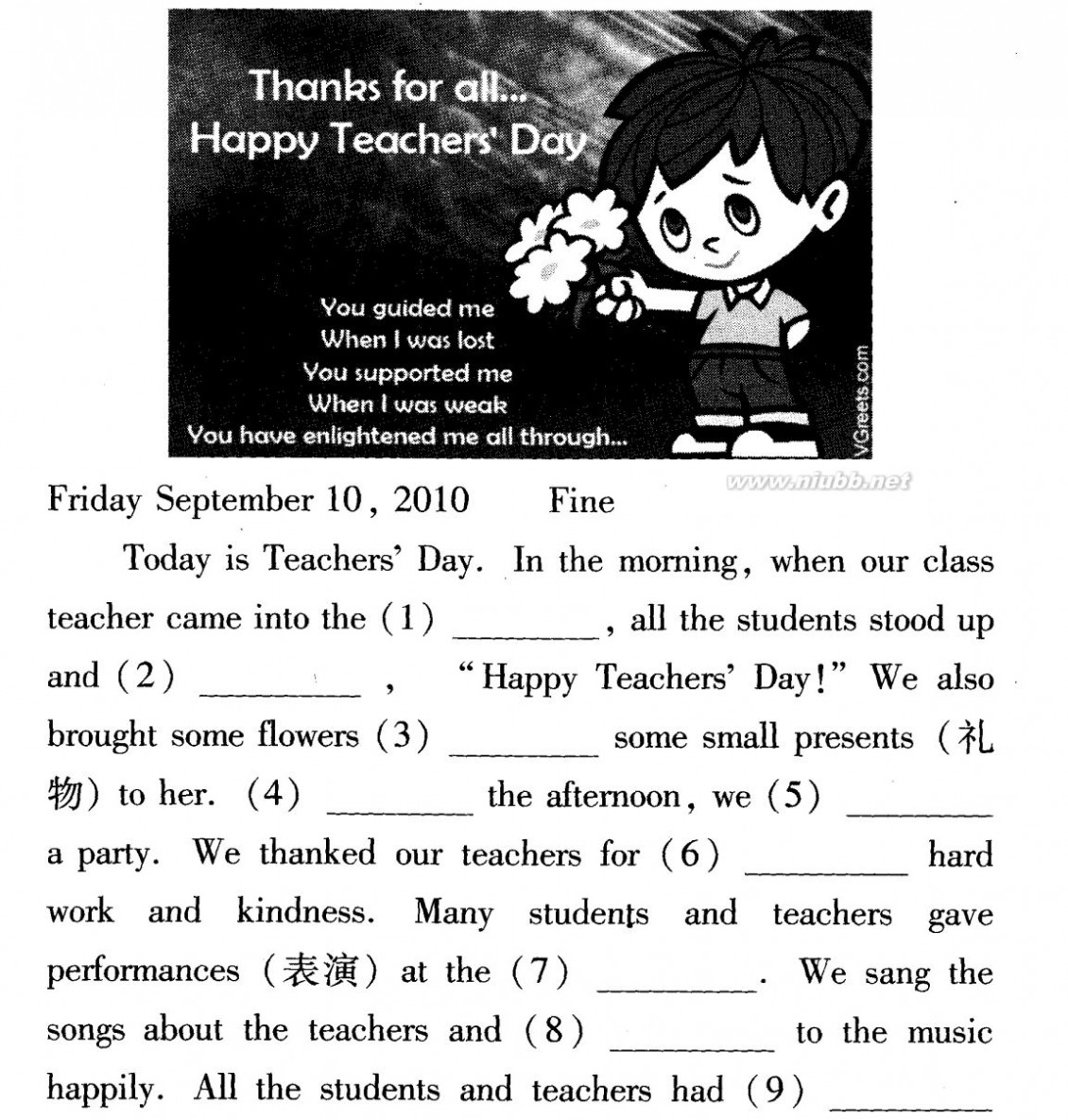

Classroom said and In had thier party dance a forget
看图填空(二)
1
看图填词 看图填词100篇
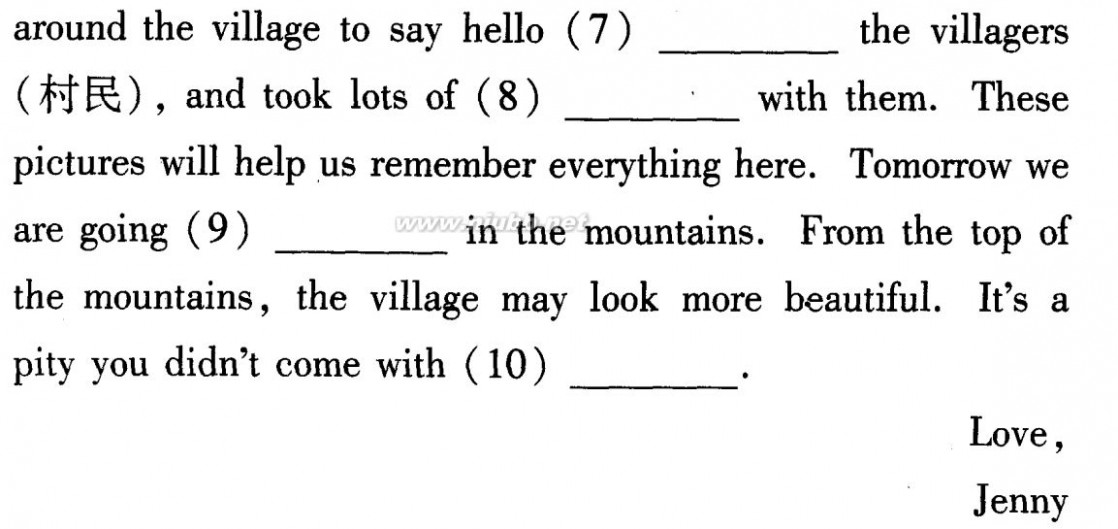
drinking ago for the fresh There to photos hiking us
看图填空(三)
2
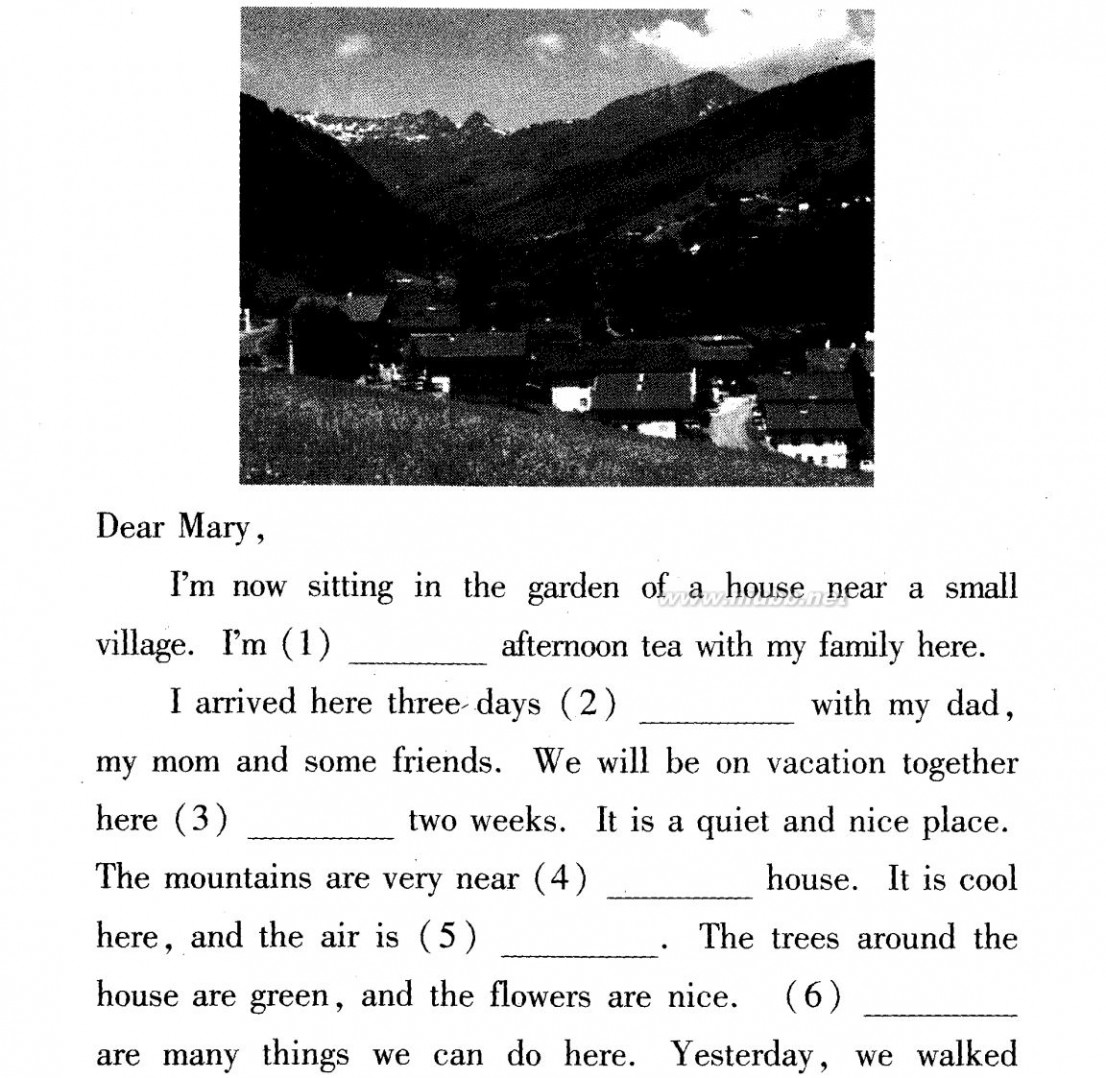
看图填词 看图填词100篇
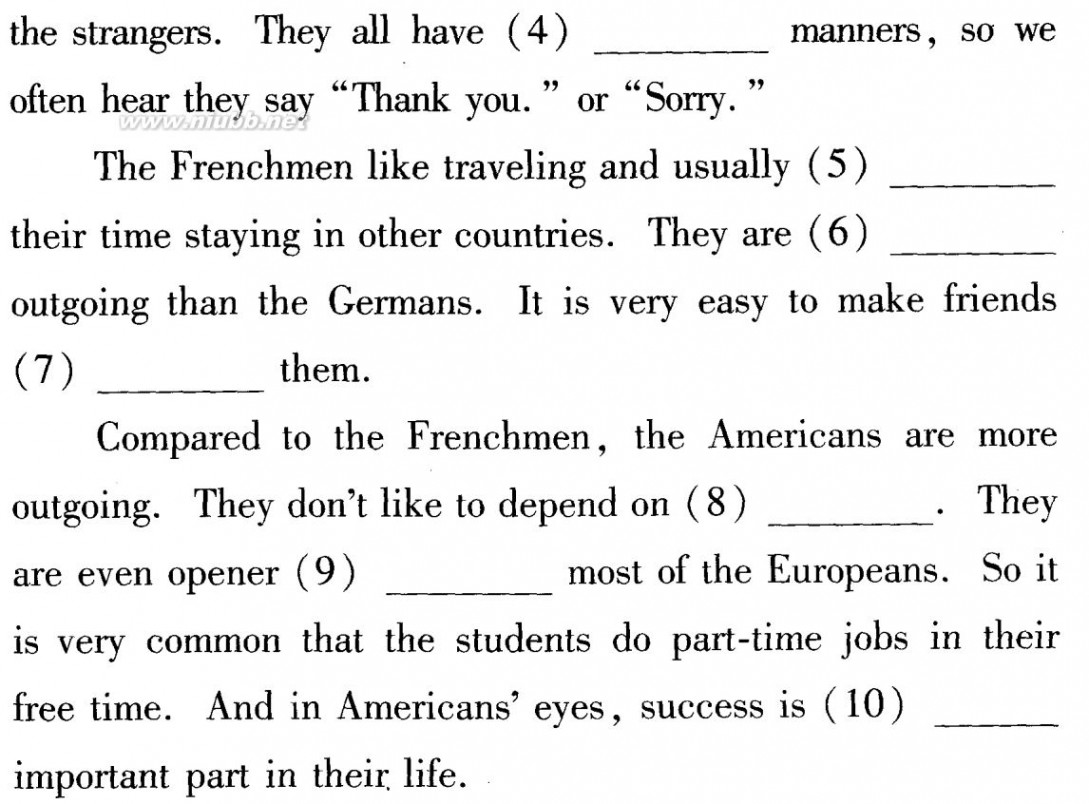
看图填空(四)
3
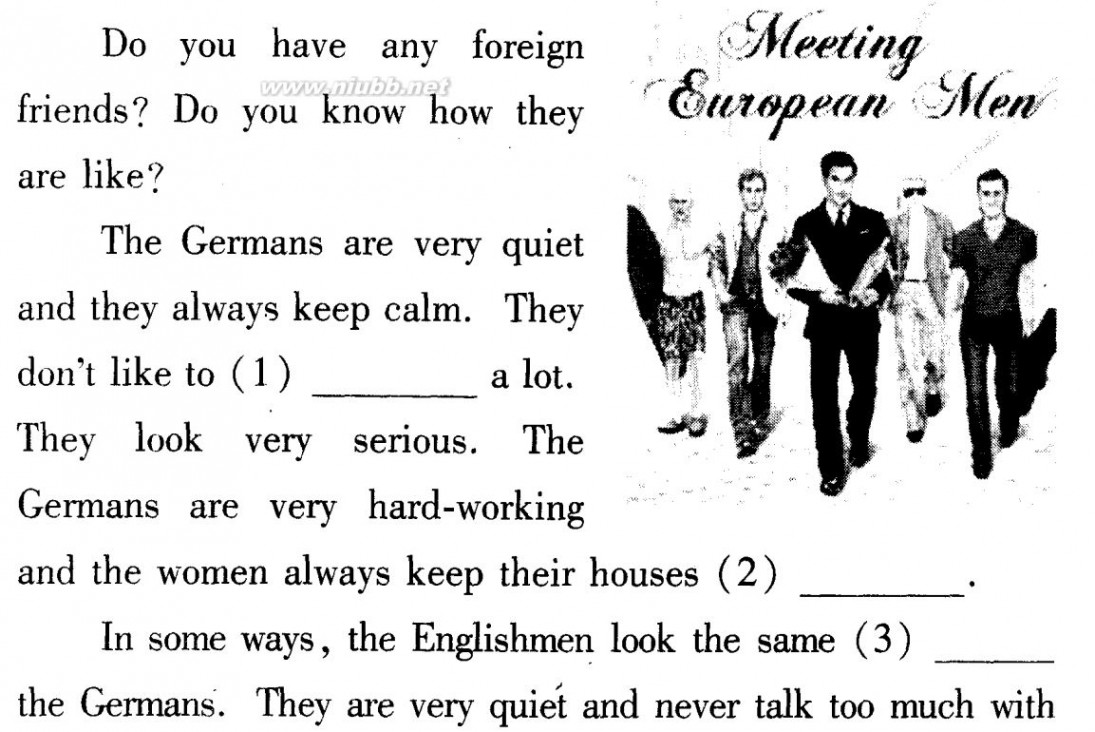
看图填词 看图填词100篇
看图填空(五)
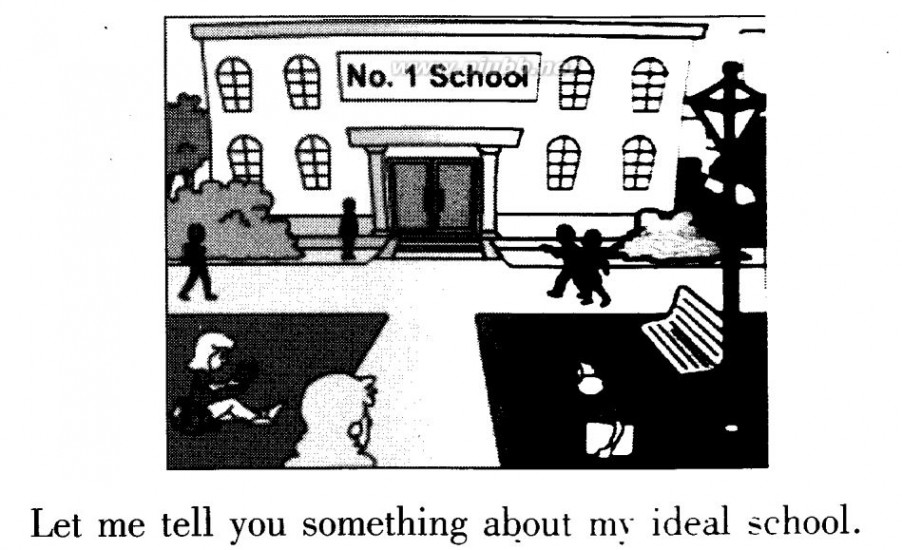
4
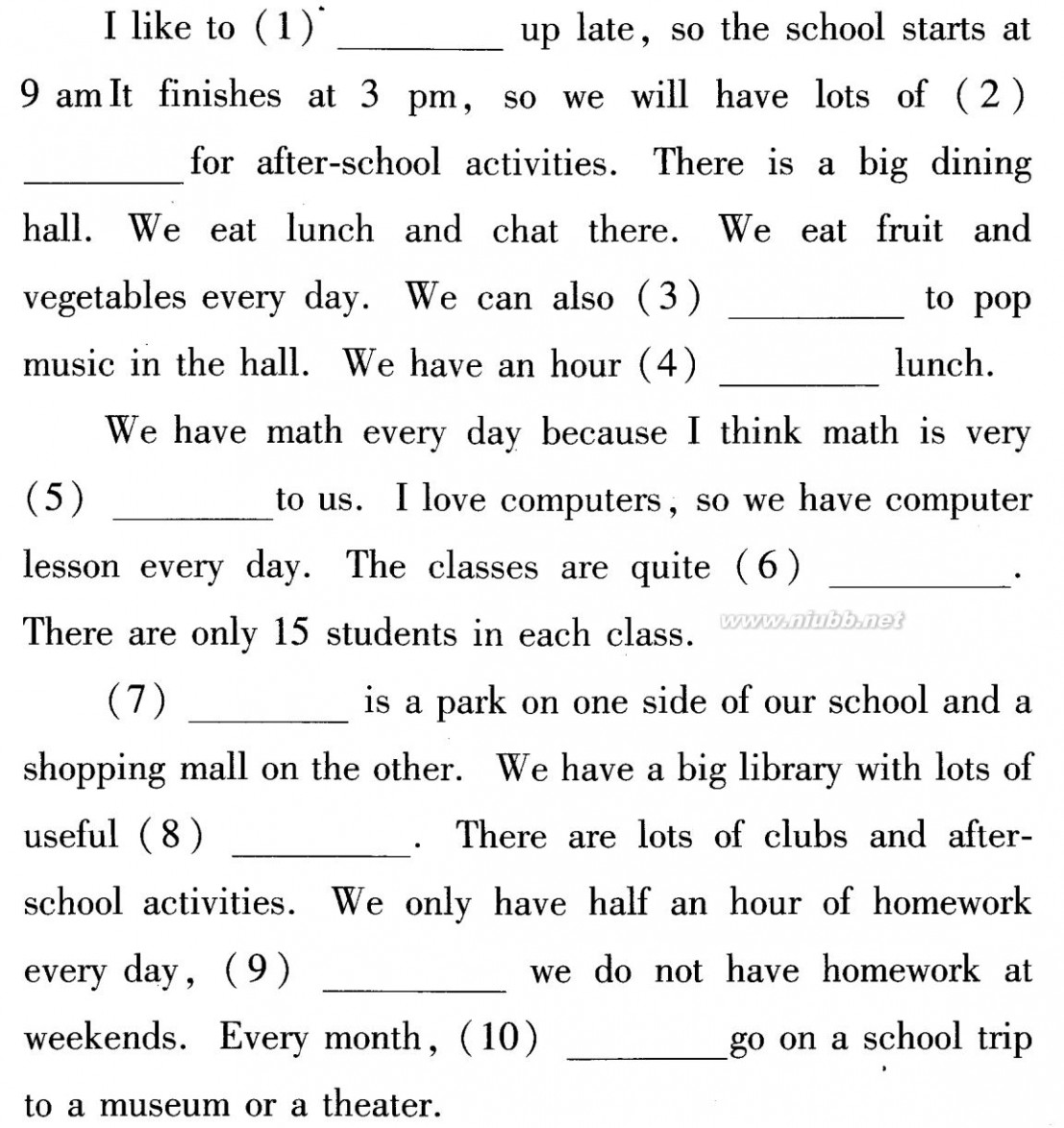
看图填词 看图填词100篇
看图填空(六)
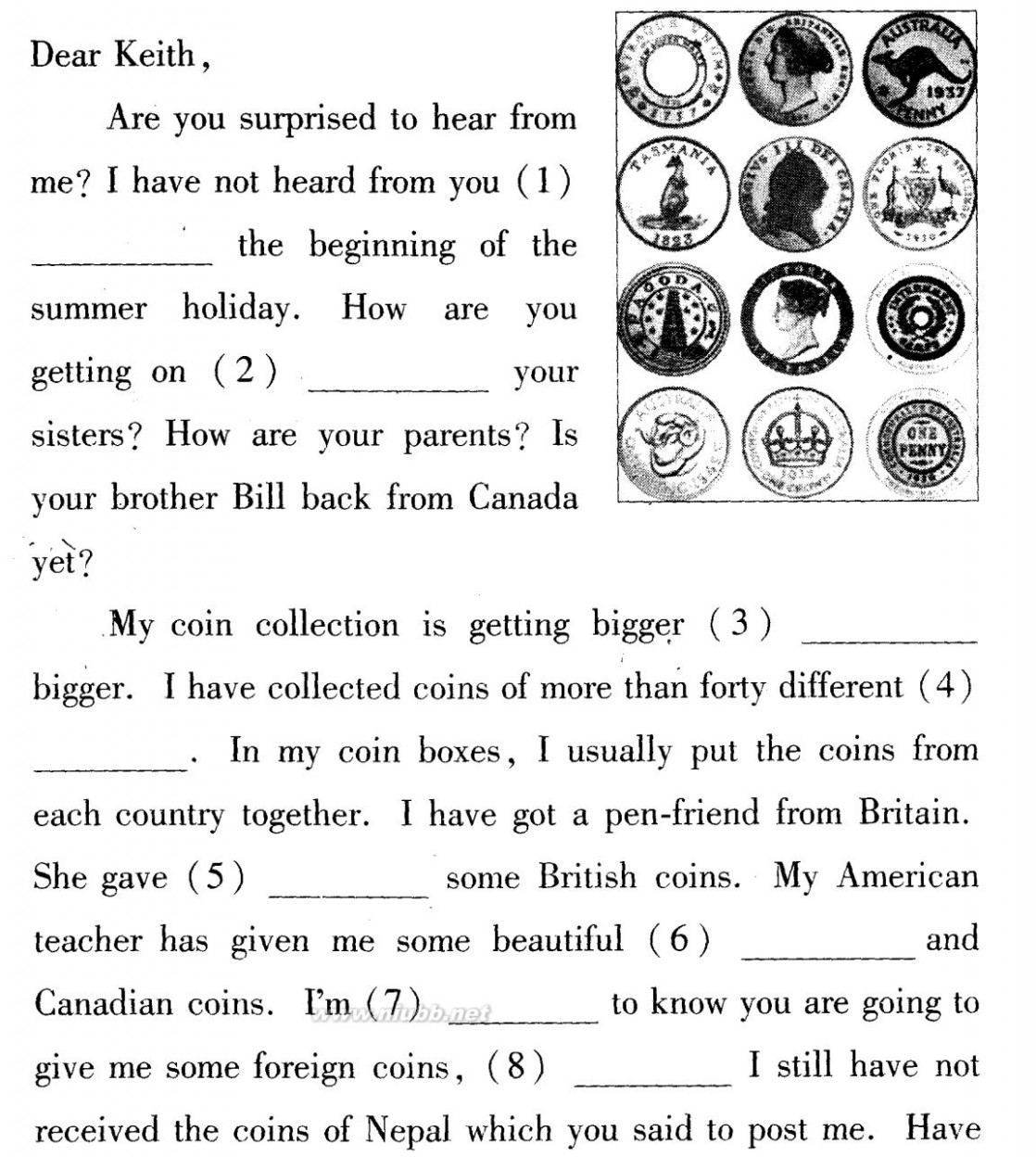
5

看图填词 看图填词100篇
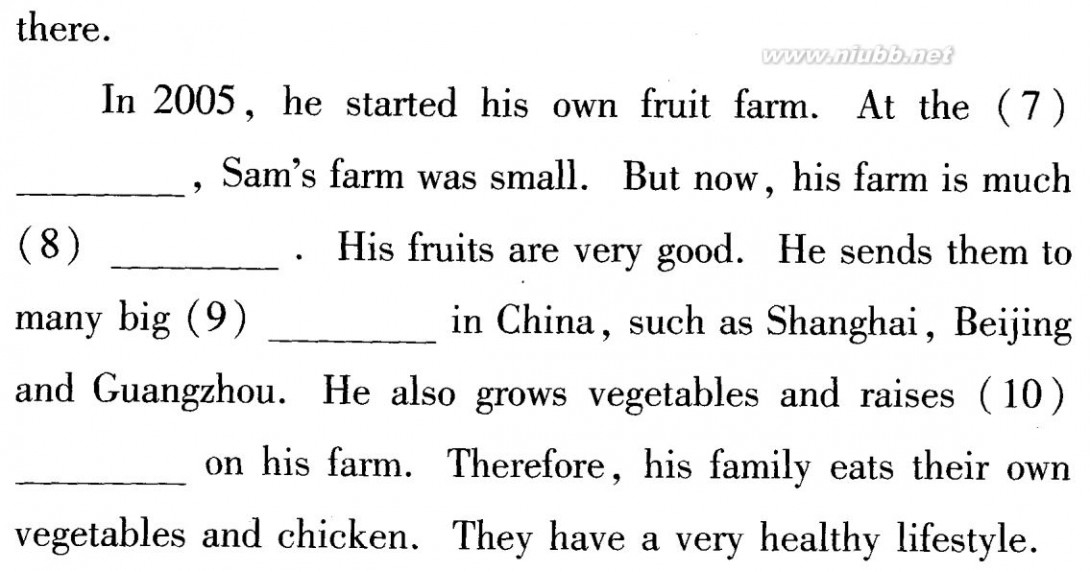
看图填空(七)
6
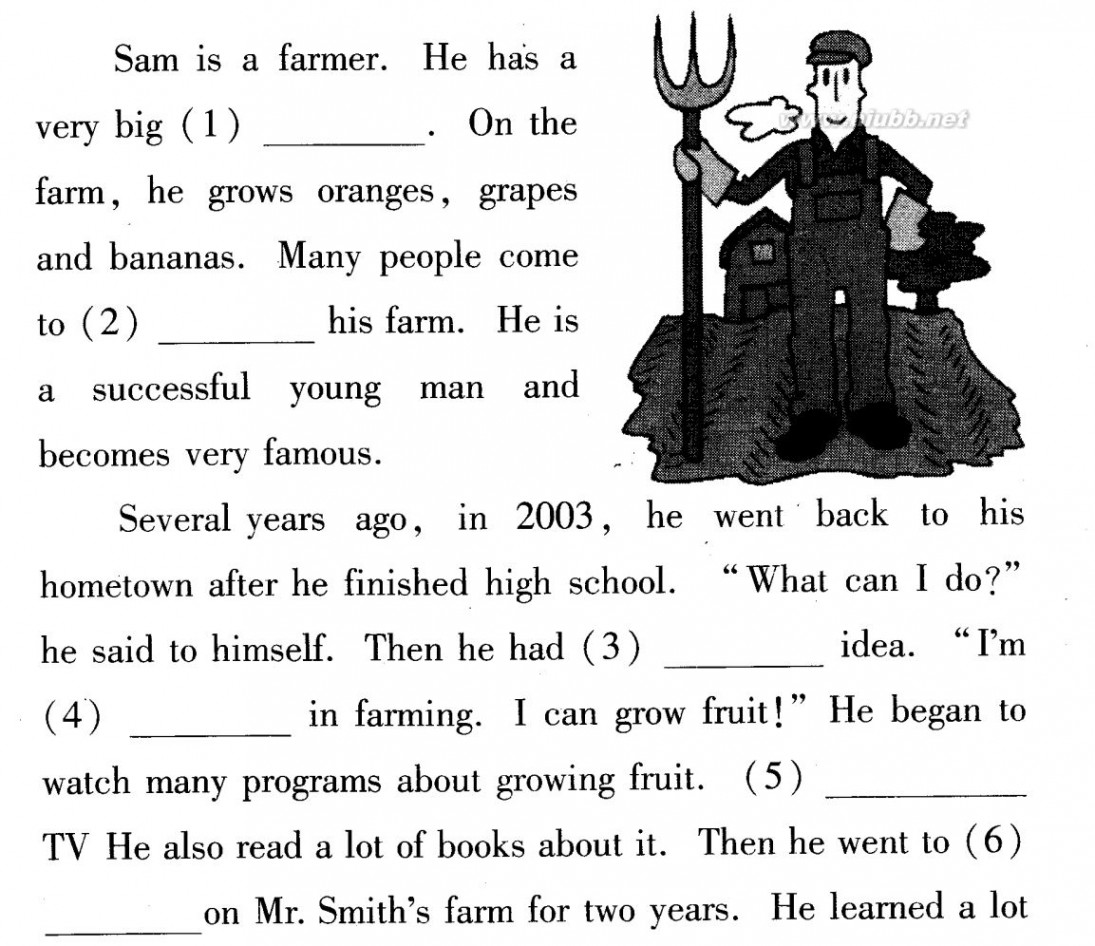
看图填词 看图填词100篇
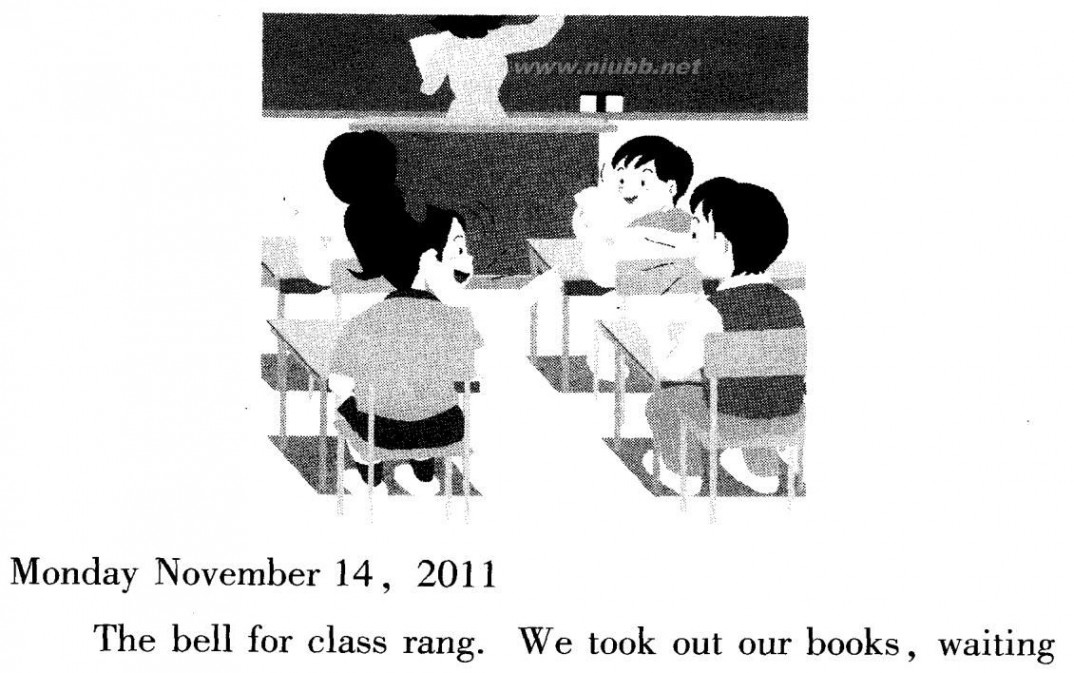
7

看图填词 看图填词100篇
看图填空(八)
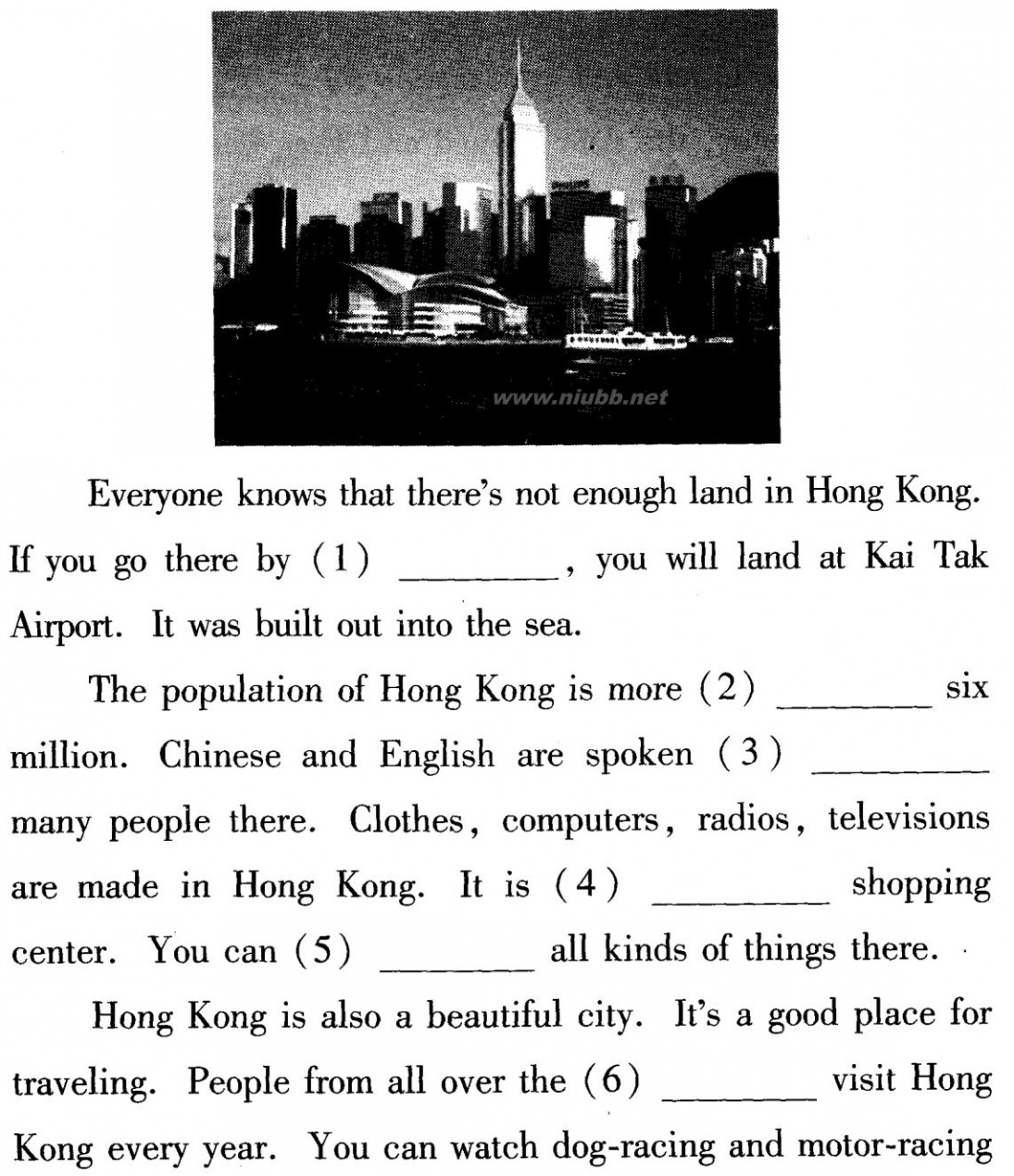
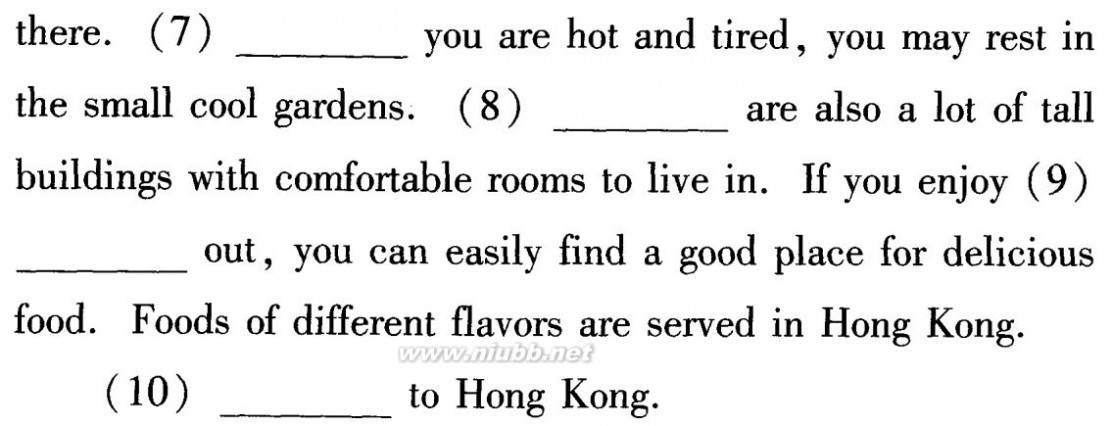
8
看图填词 看图填词100篇
看图填空(九)
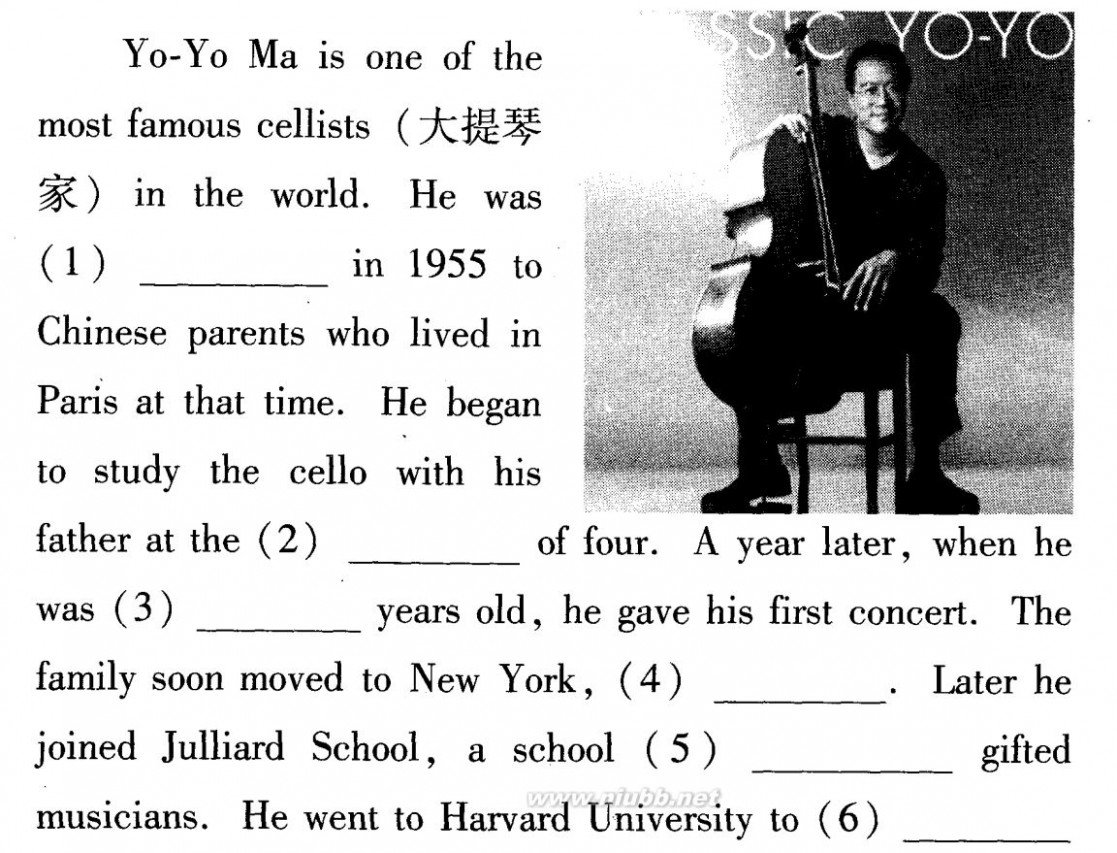
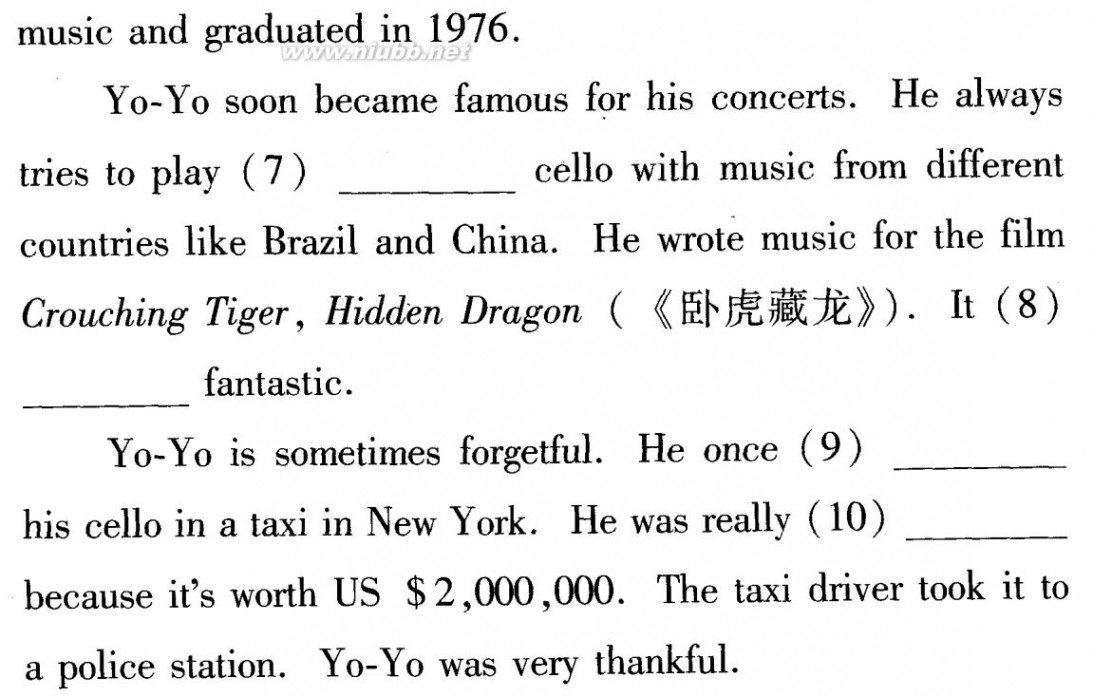
9
看图填词 看图填词100篇
看图填空(十)
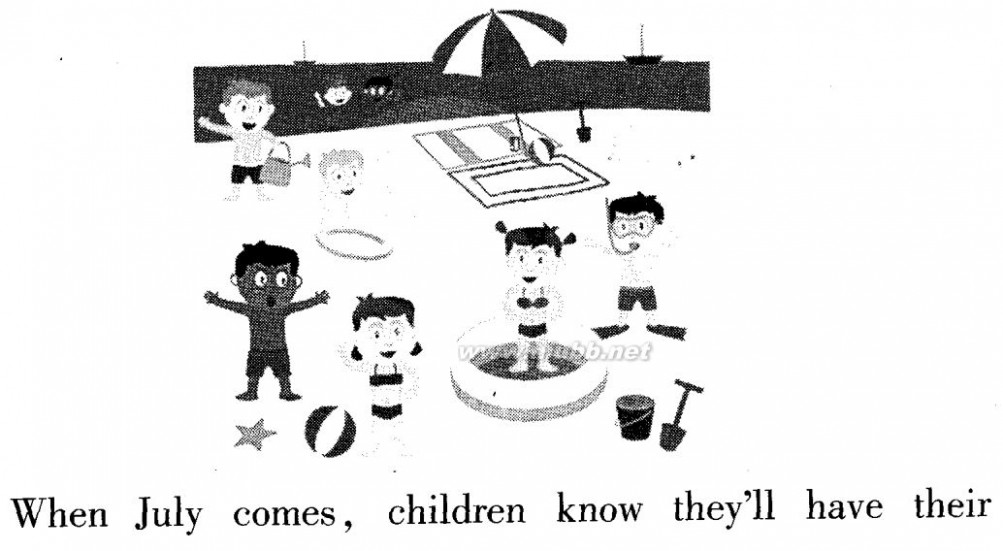
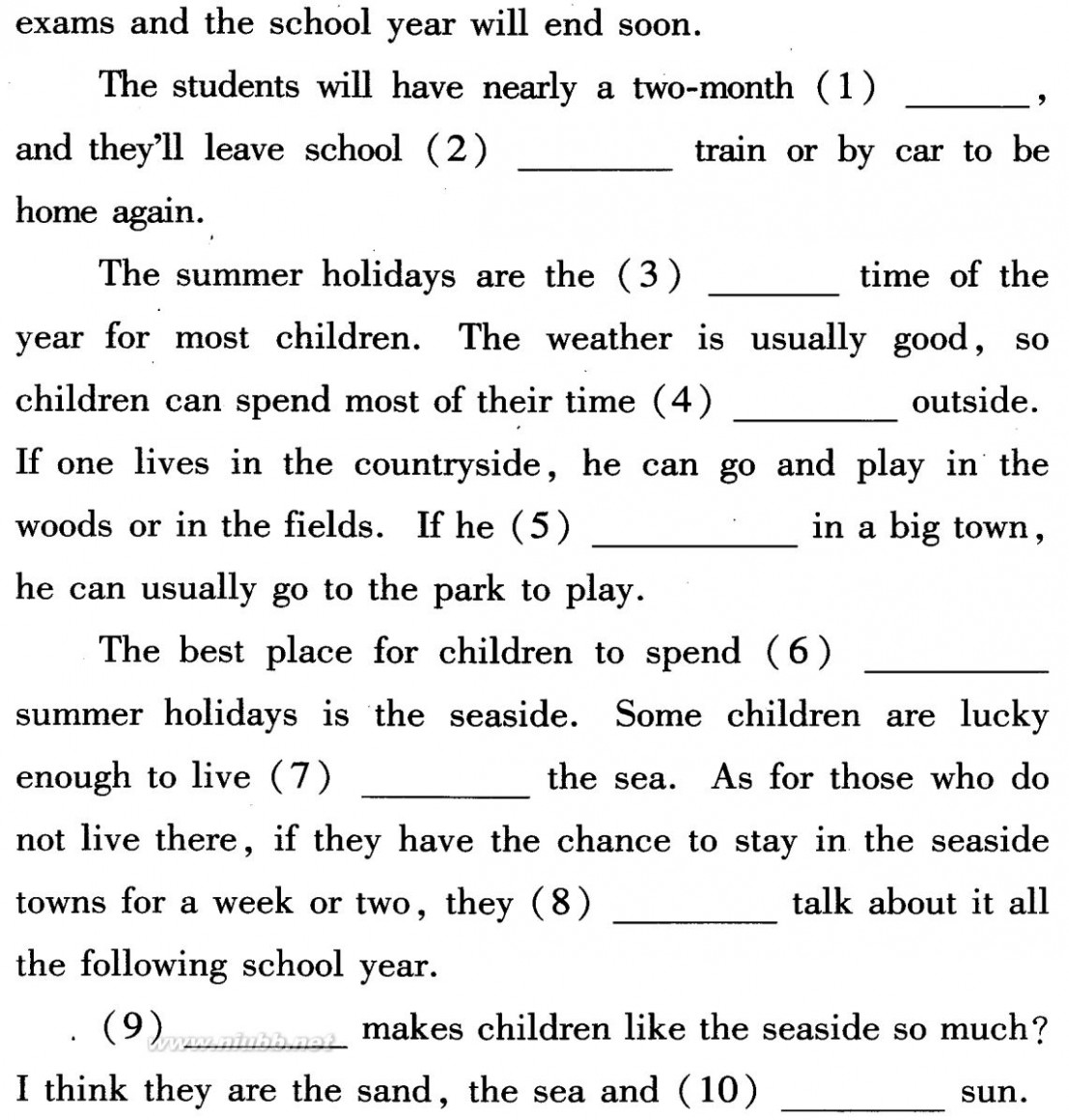
10
看图填词 看图填词100篇
看图填空(十一)
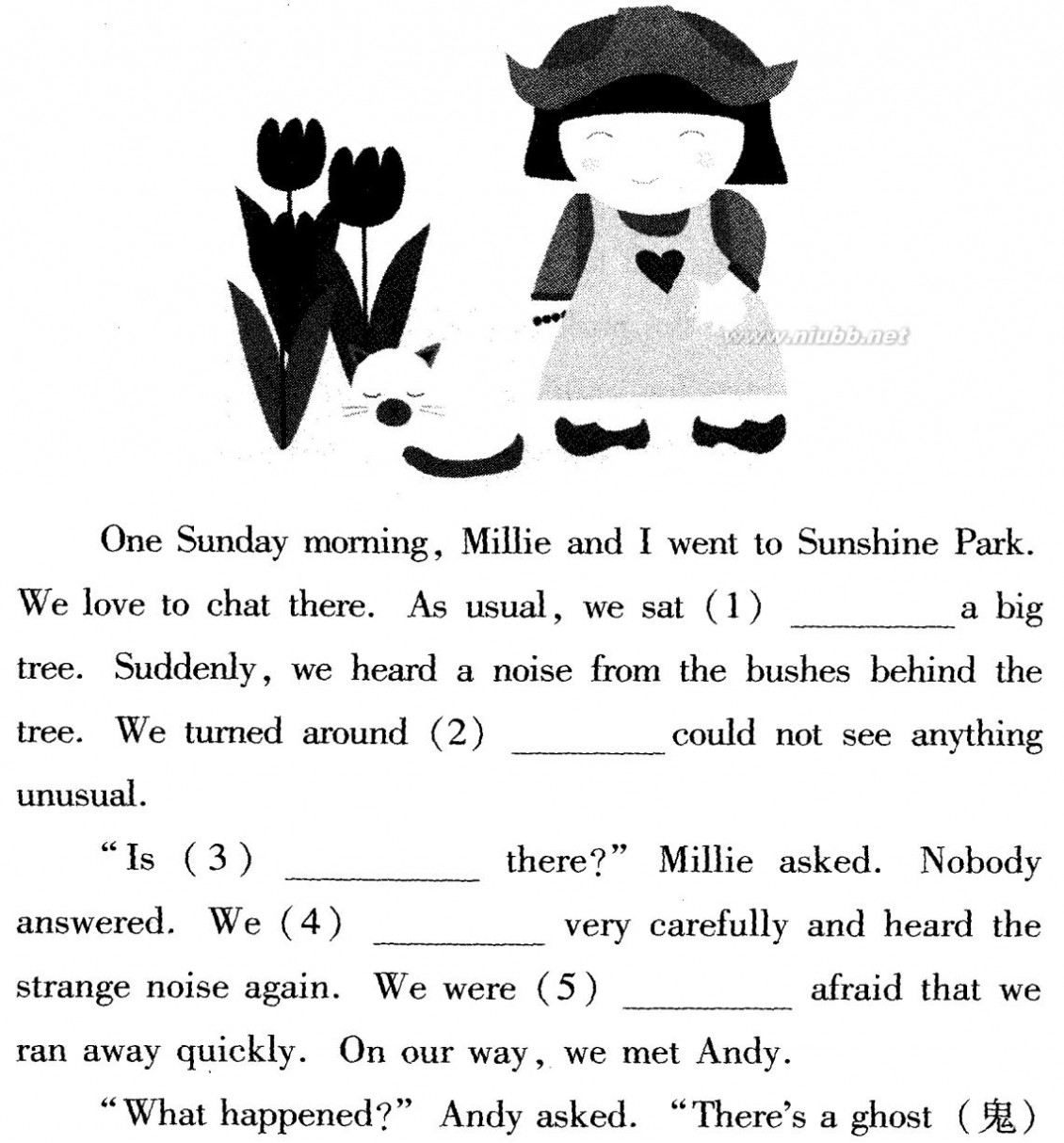
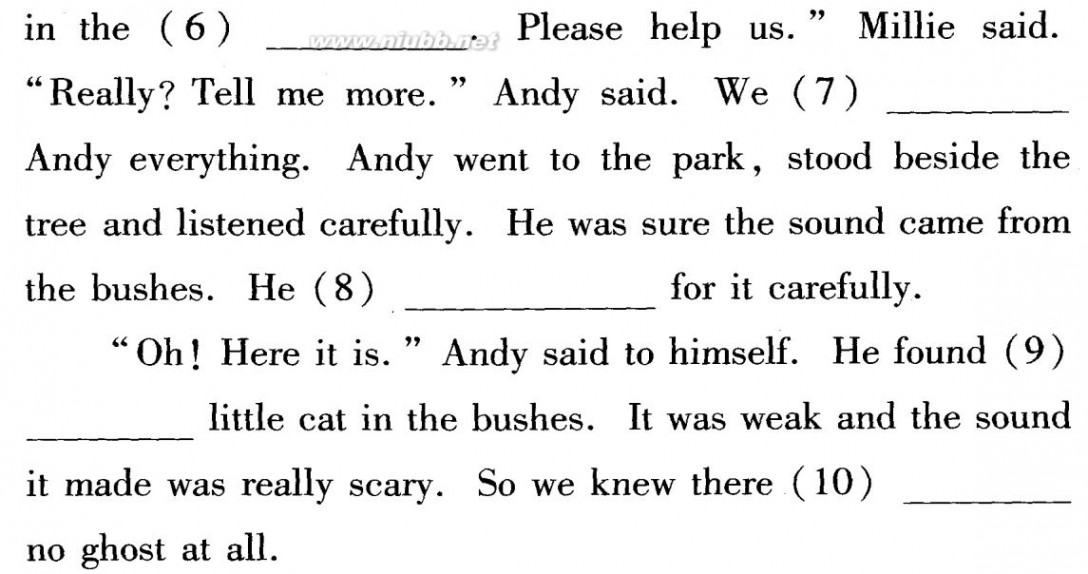
11
看图填词 看图填词100篇
看图填空(十二)
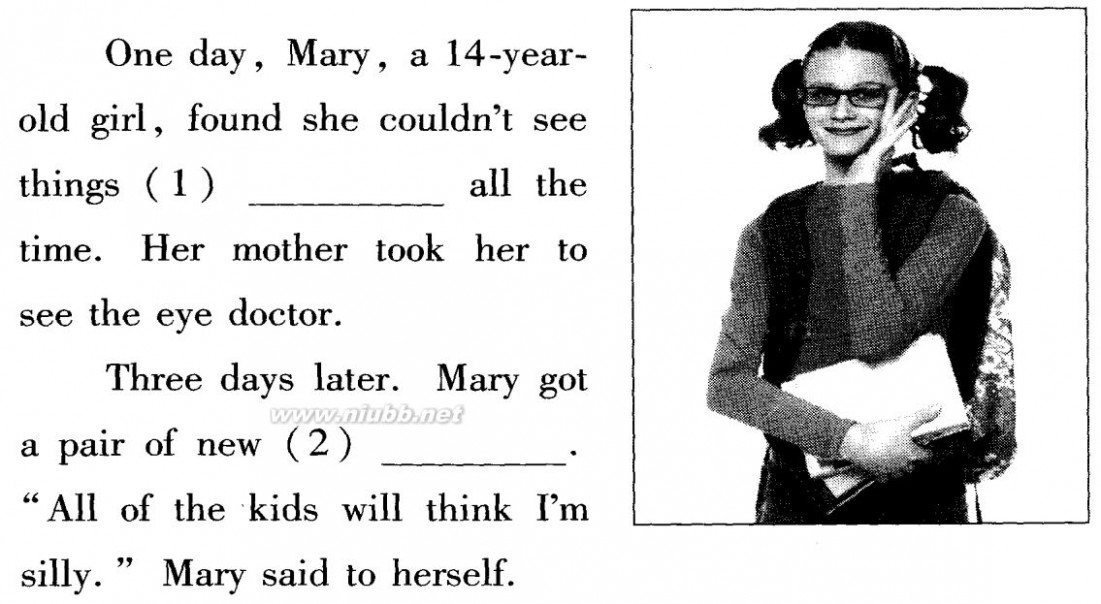
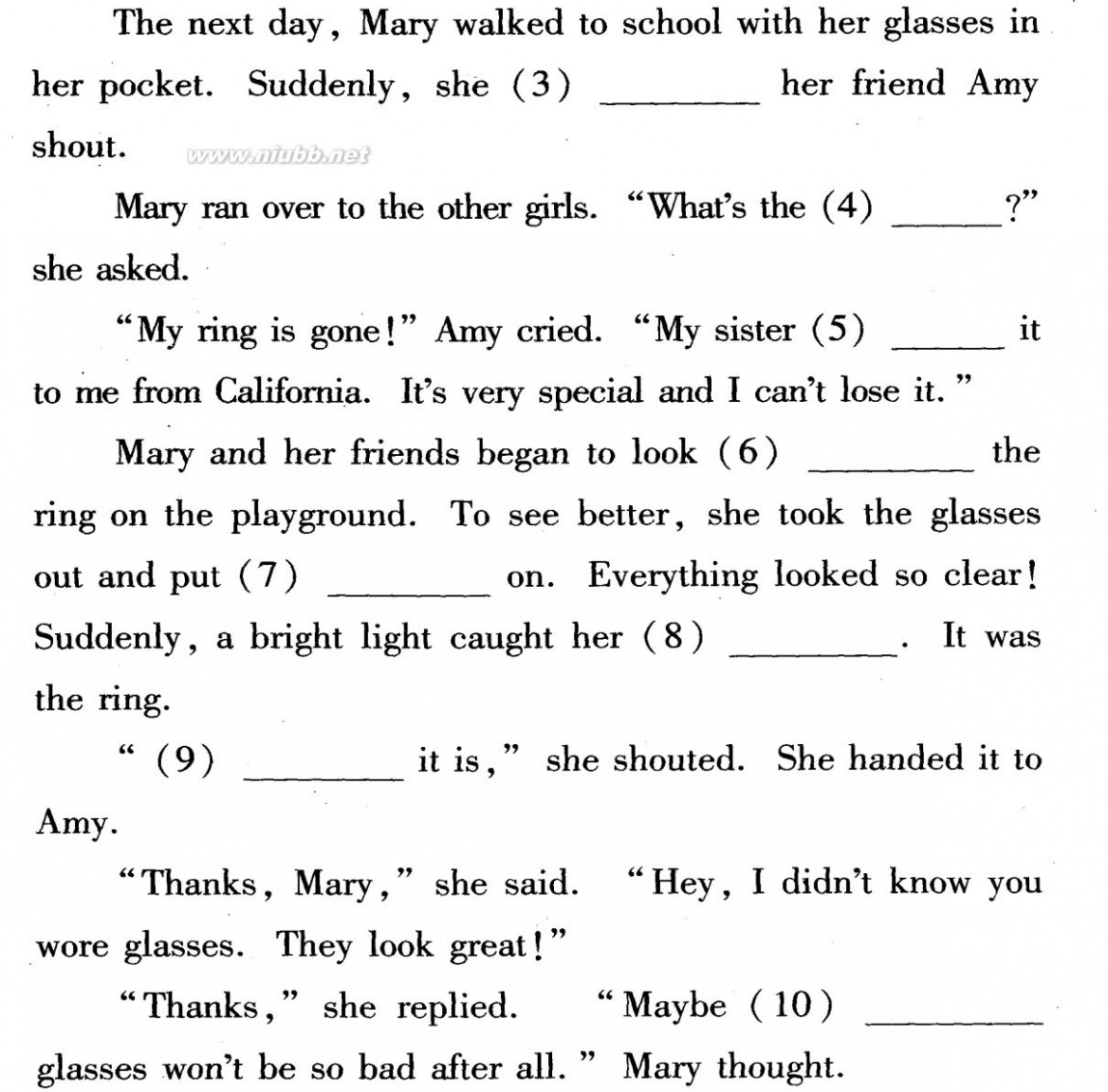
12
看图填词 看图填词100篇
看图填空(十三)
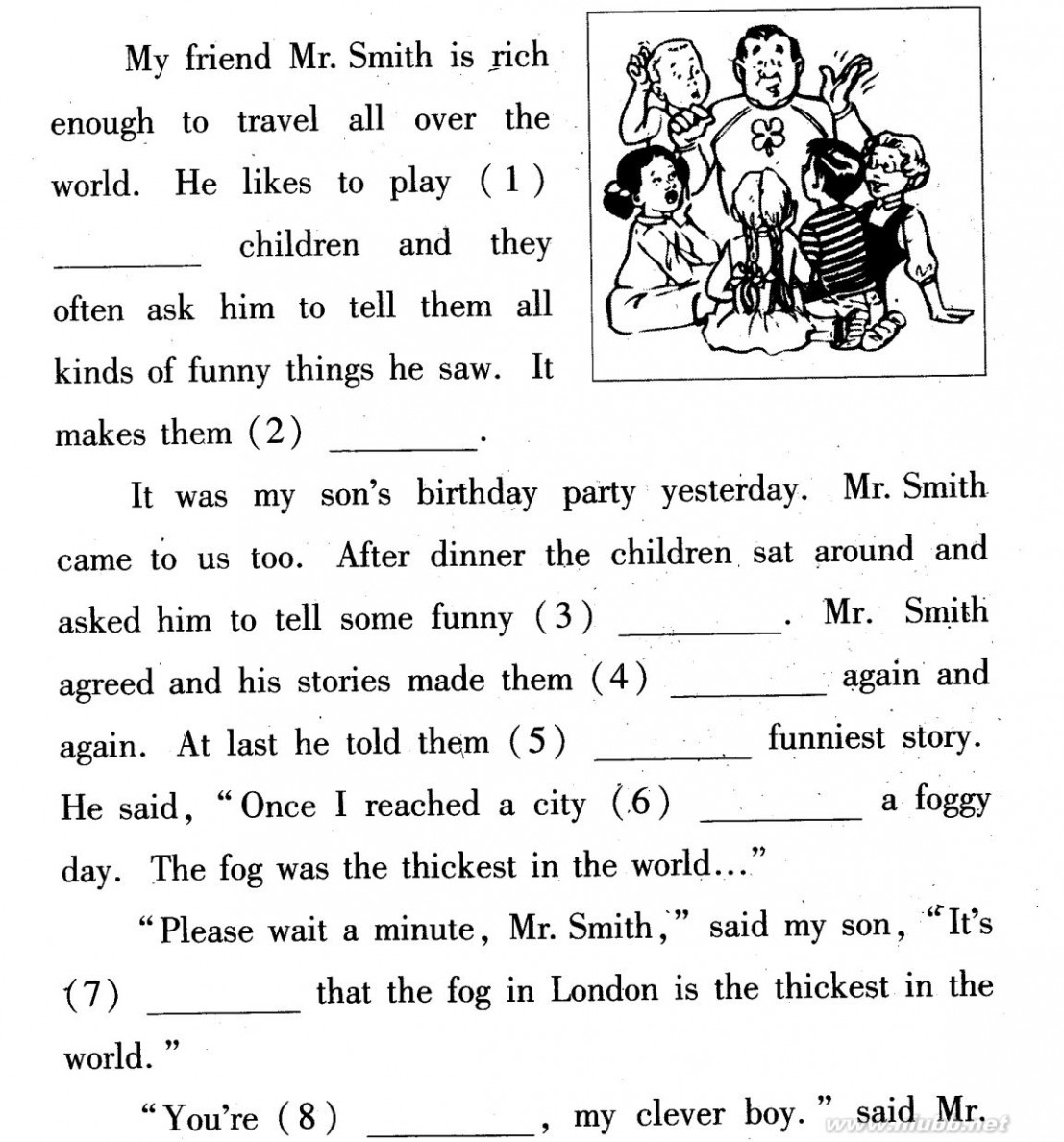

13
看图填词 看图填词100篇
看图填空(十四)
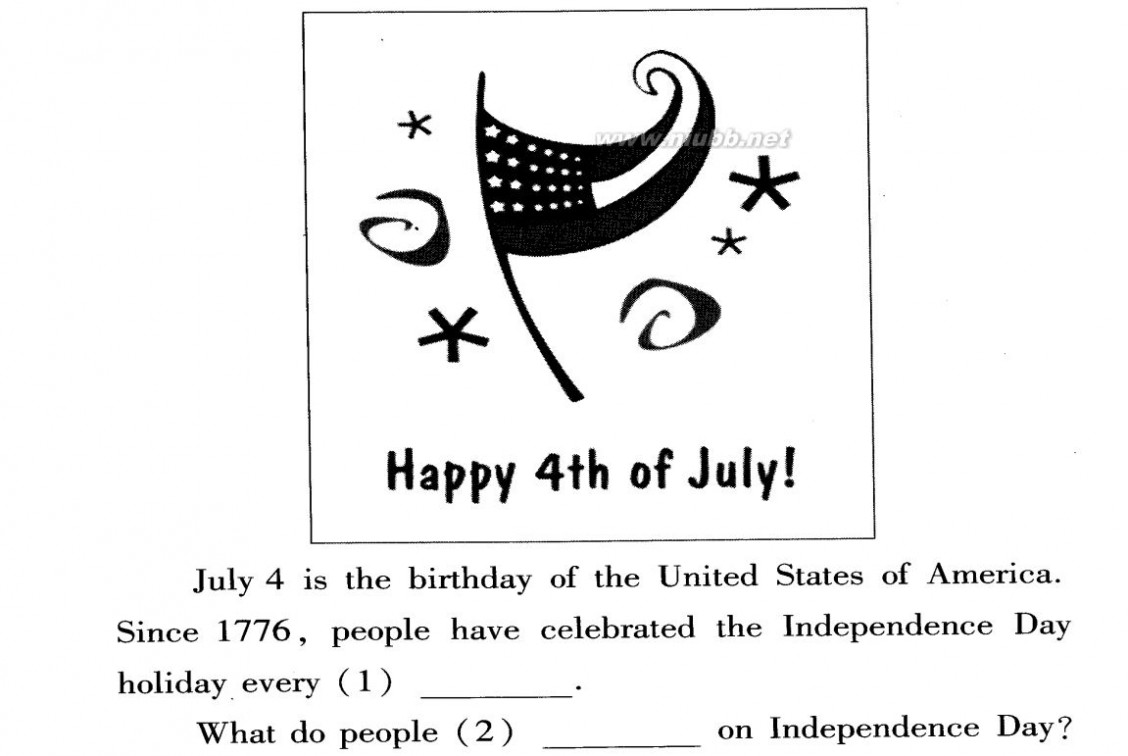

14
看图填词 看图填词100篇
看图填空(十五)

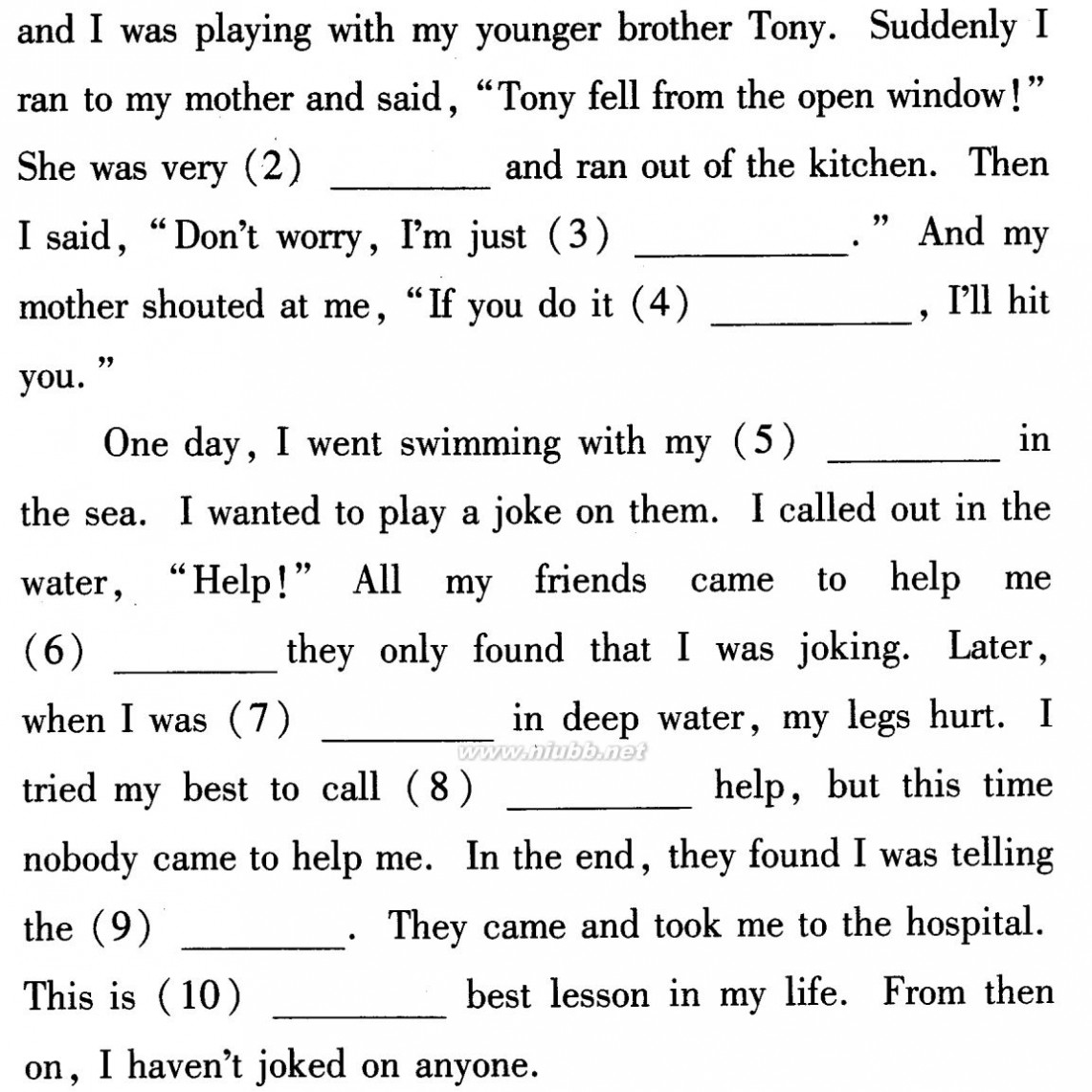
15
看图填词 看图填词100篇
看图填空(十六)

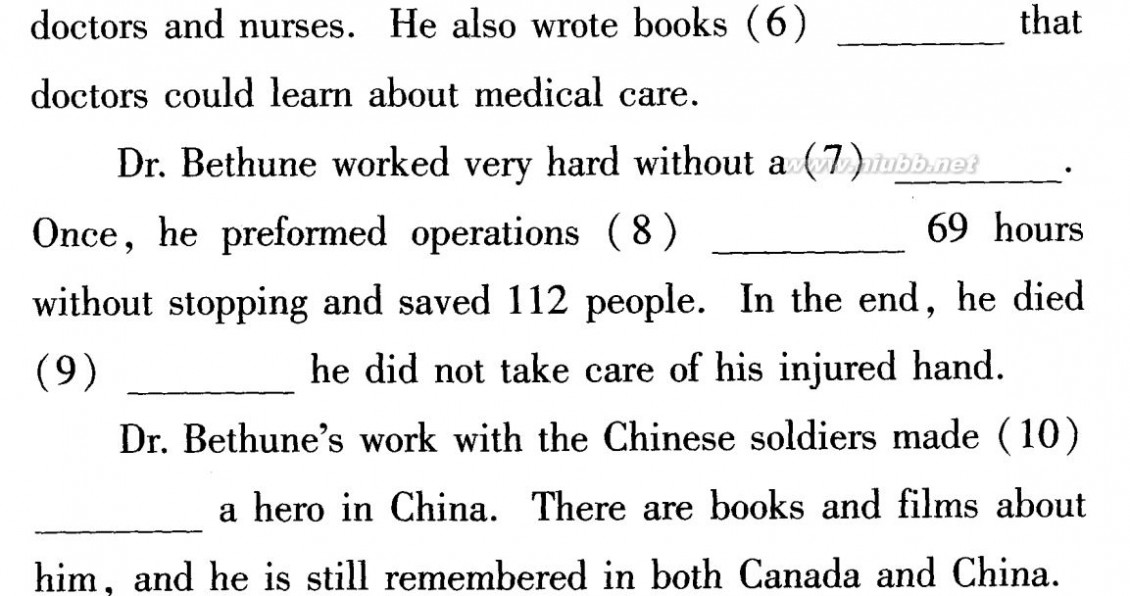
16
看图填词 看图填词100篇
看图填空(十七)


17
看图填词 看图填词100篇
看图填空(十八)
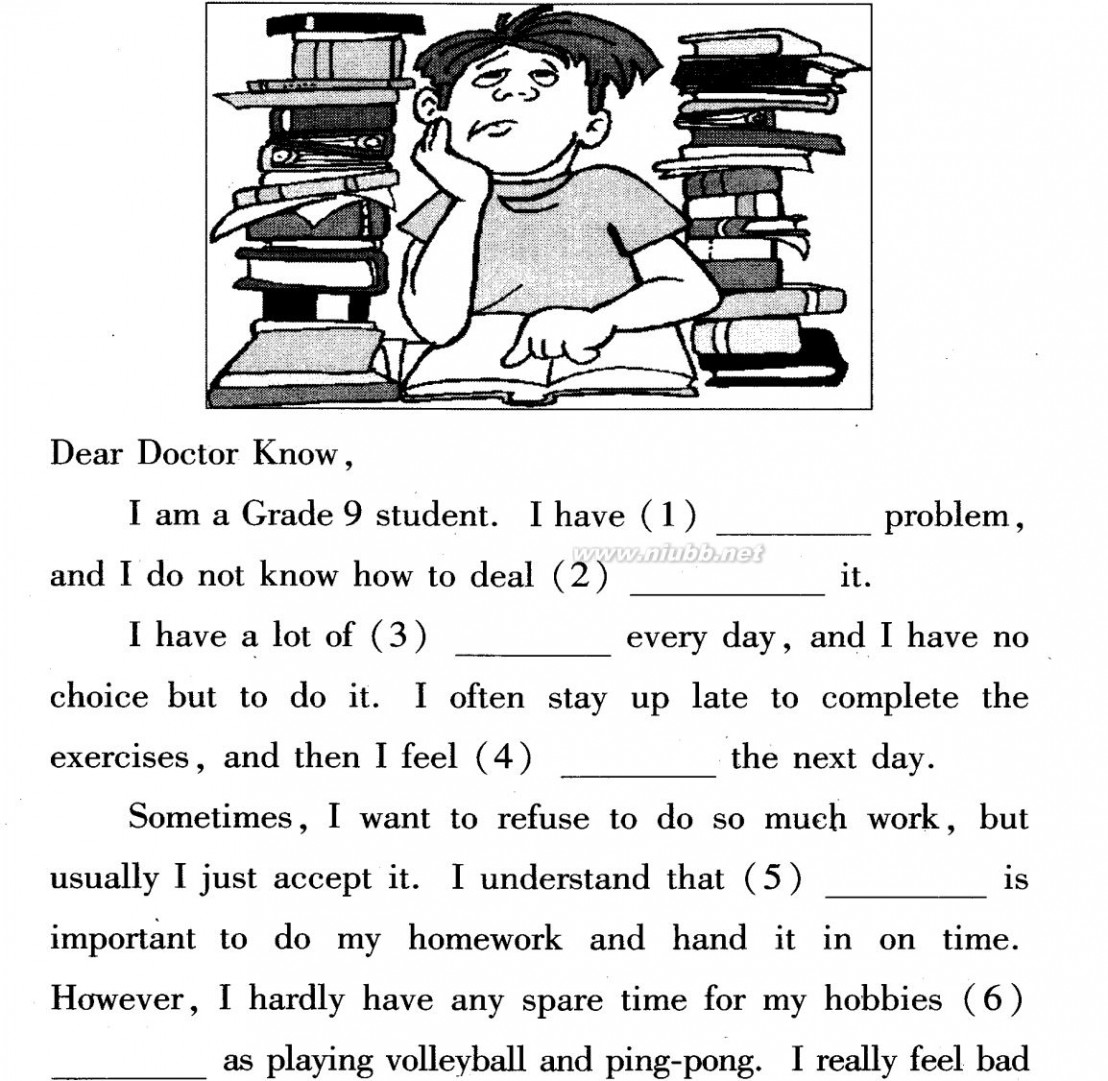

18
看图填词 看图填词100篇
看图填空(十九)

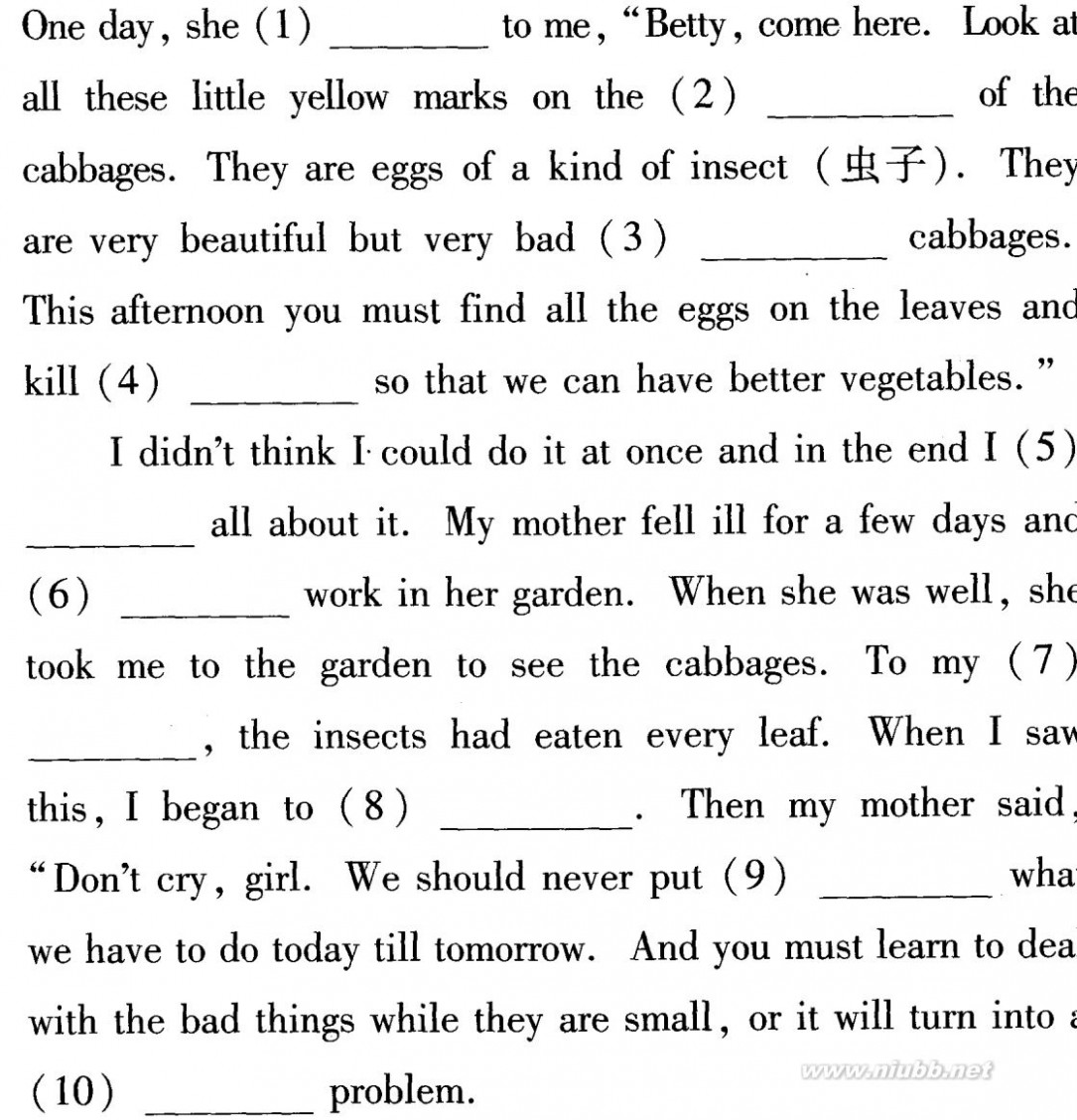
19
看图填词 看图填词100篇
看图填空(二十)
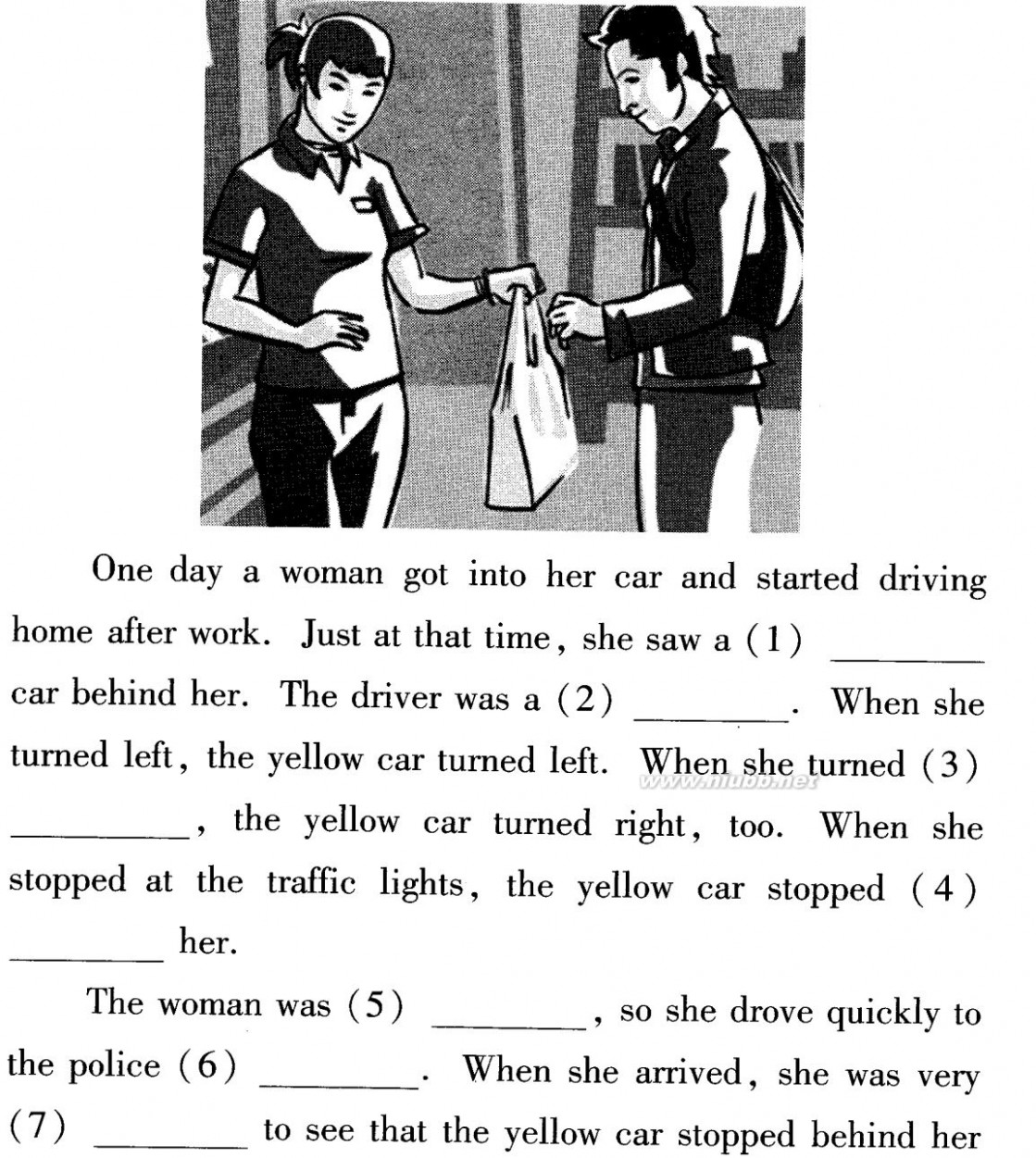
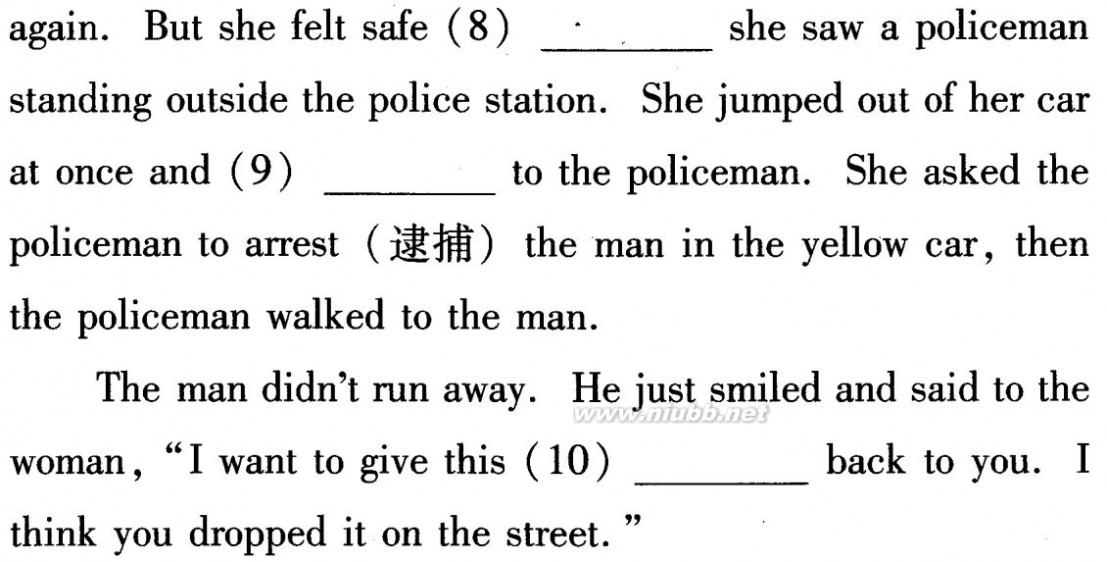
20
看图填词 看图填词100篇
看图填空(二十一)
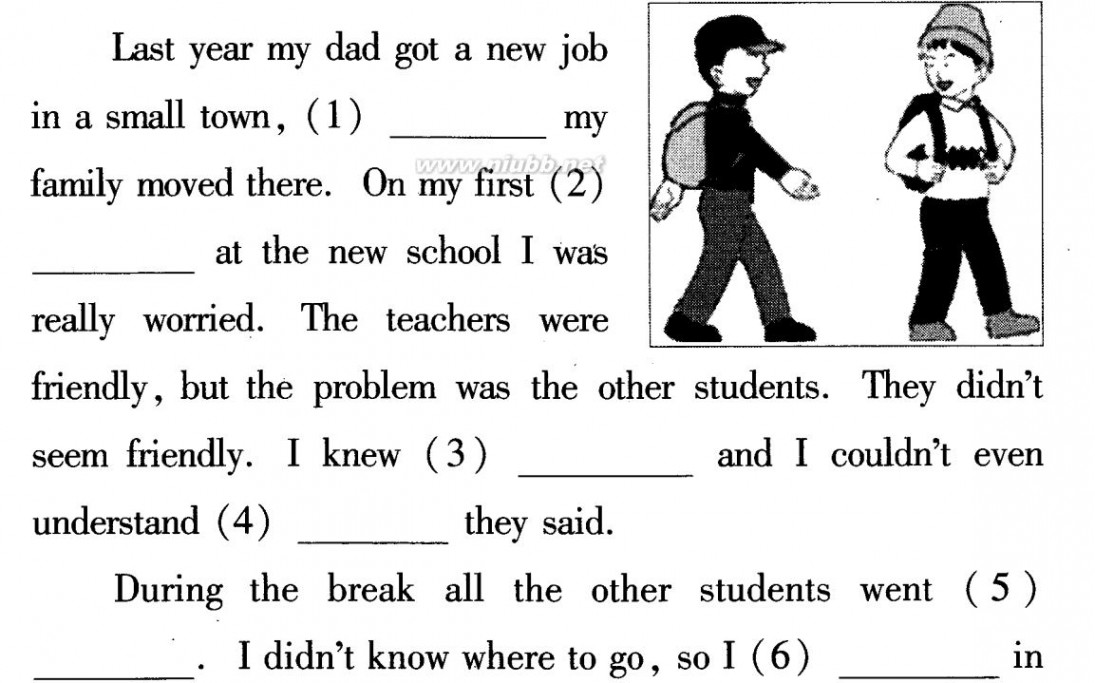
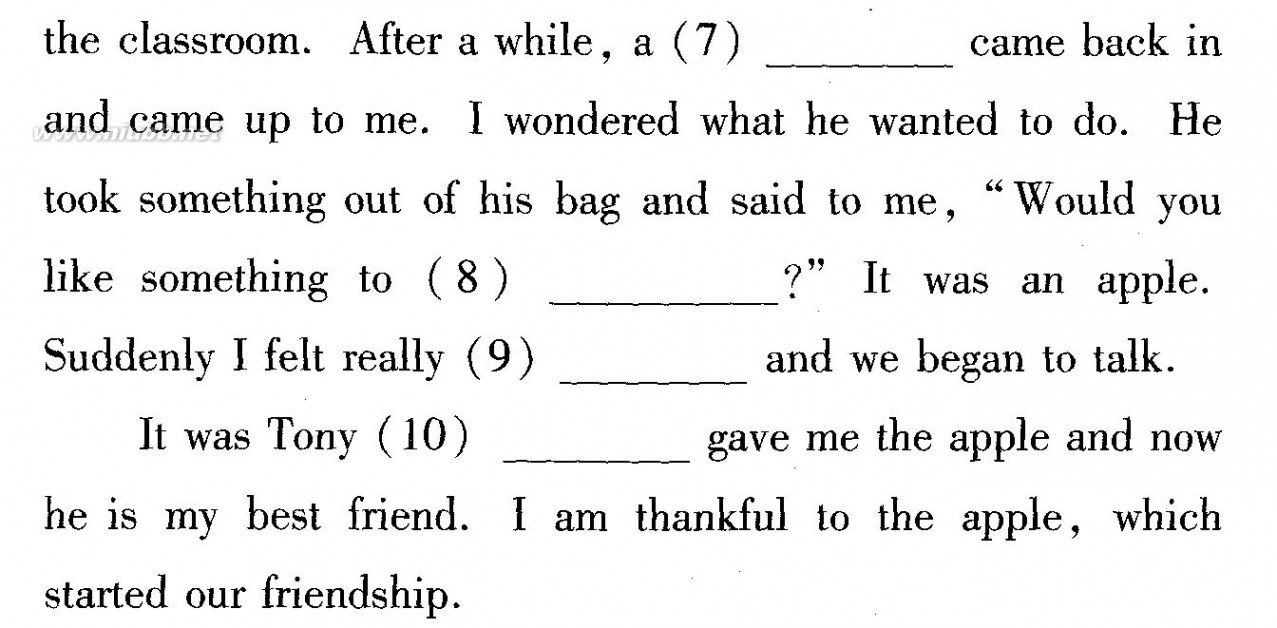
21
看图填词 看图填词100篇
看图填空(二十二)

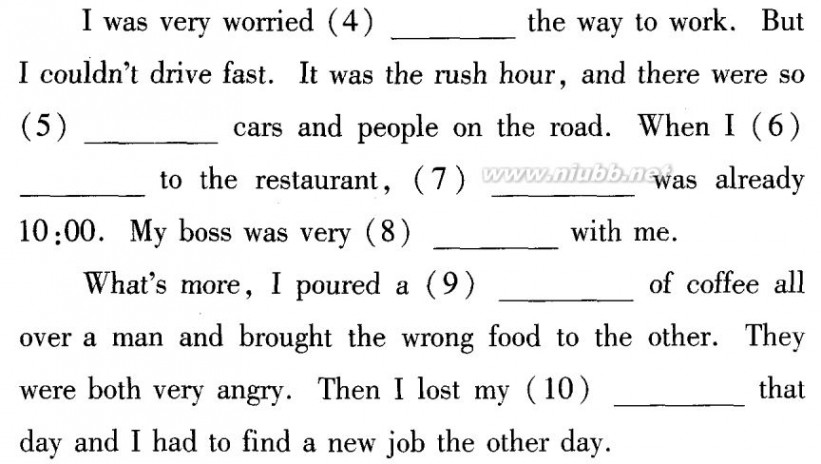
22
看图填词 看图填词100篇
看图填空(二十三)
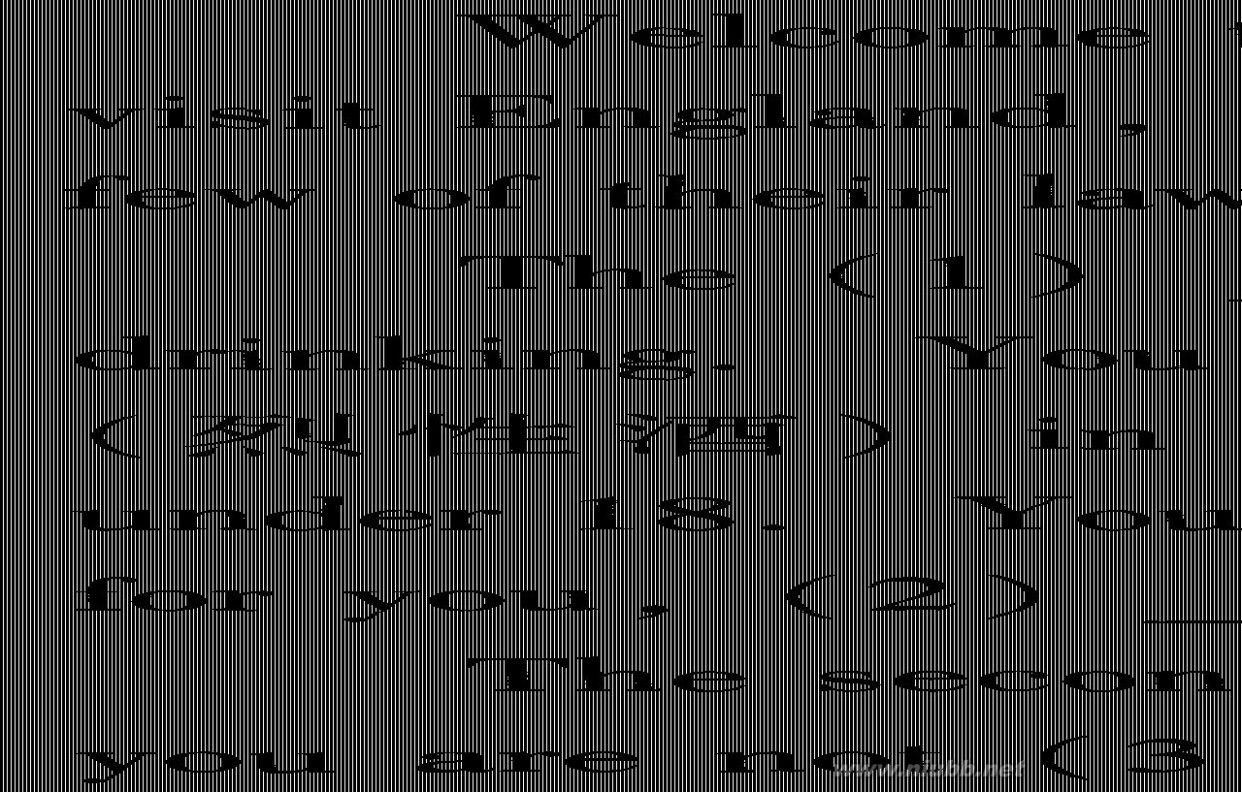
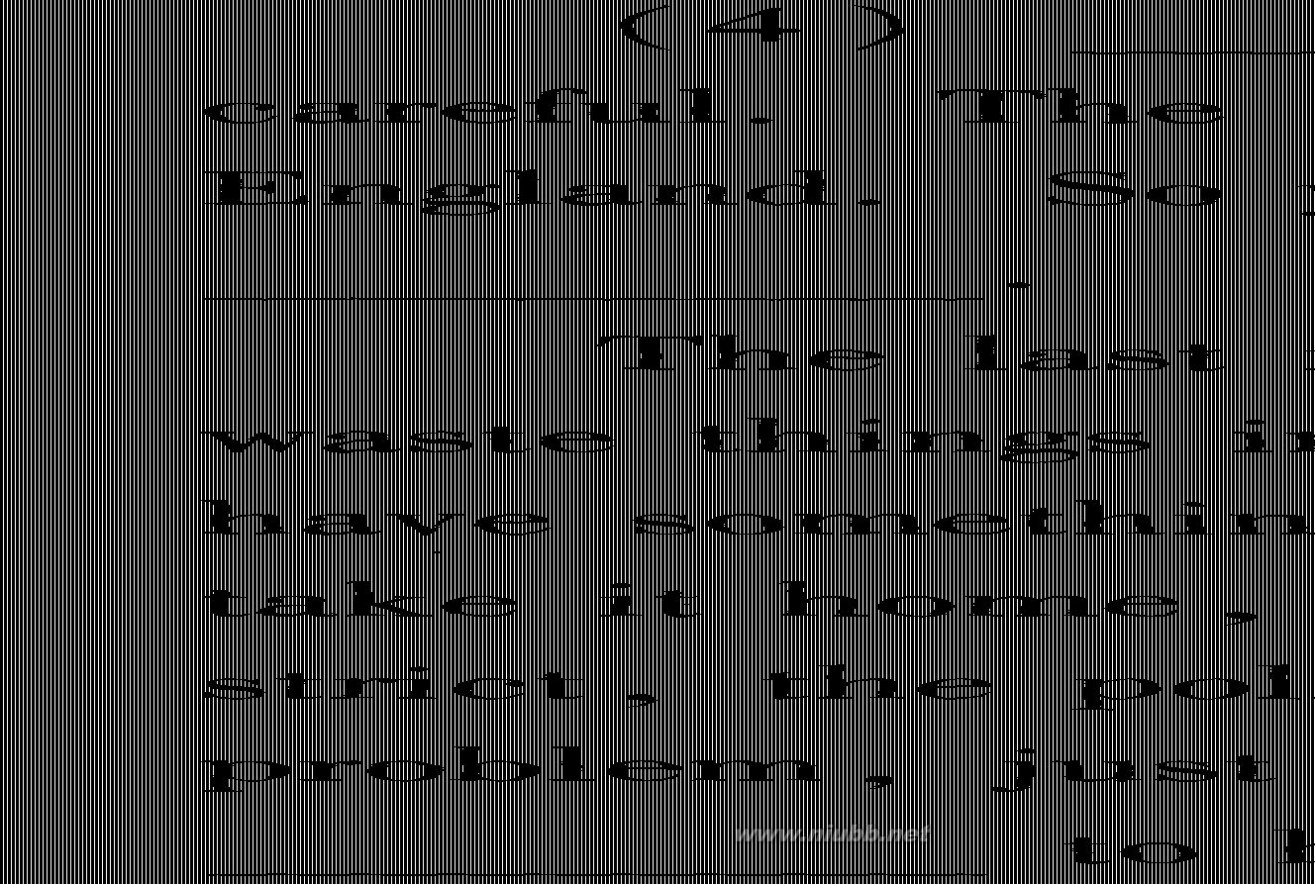
23
看图填词 看图填词100篇
看图填空(二十四)


24
看图填词 看图填词100篇
看图填空(二十五)
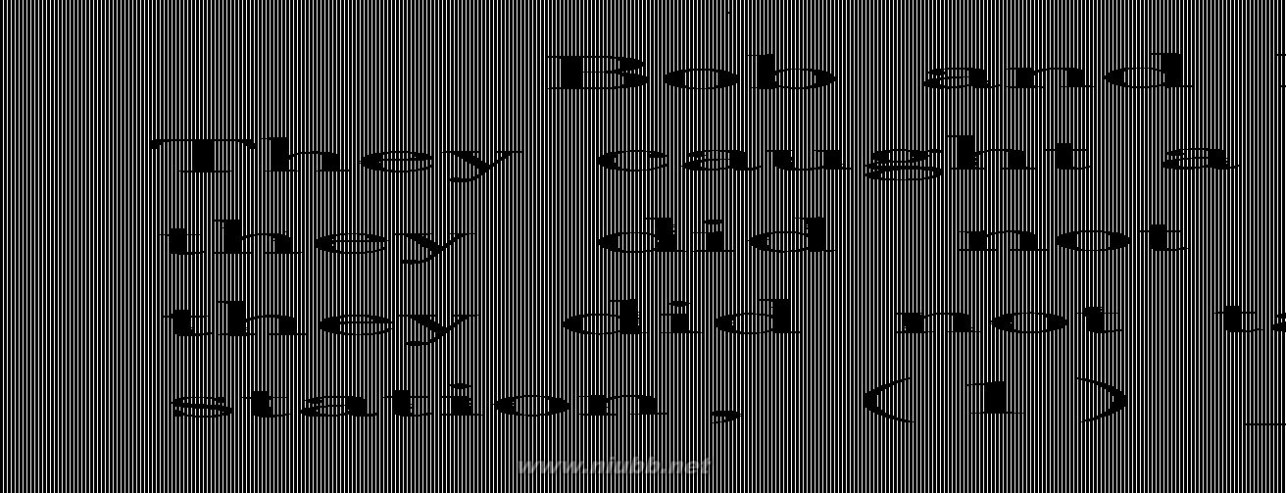
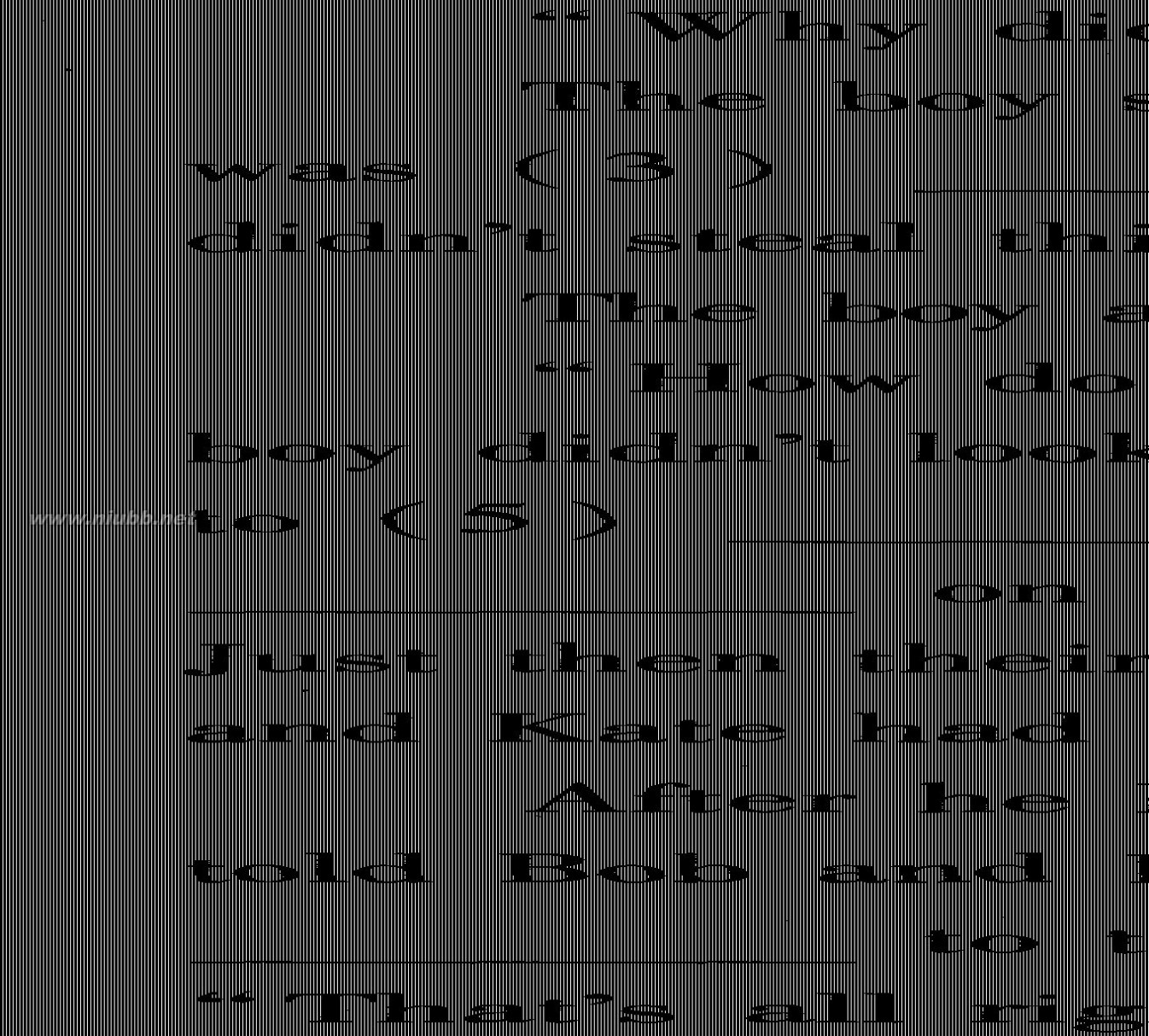
25
看图填词 看图填词100篇
看图填空(二十六)
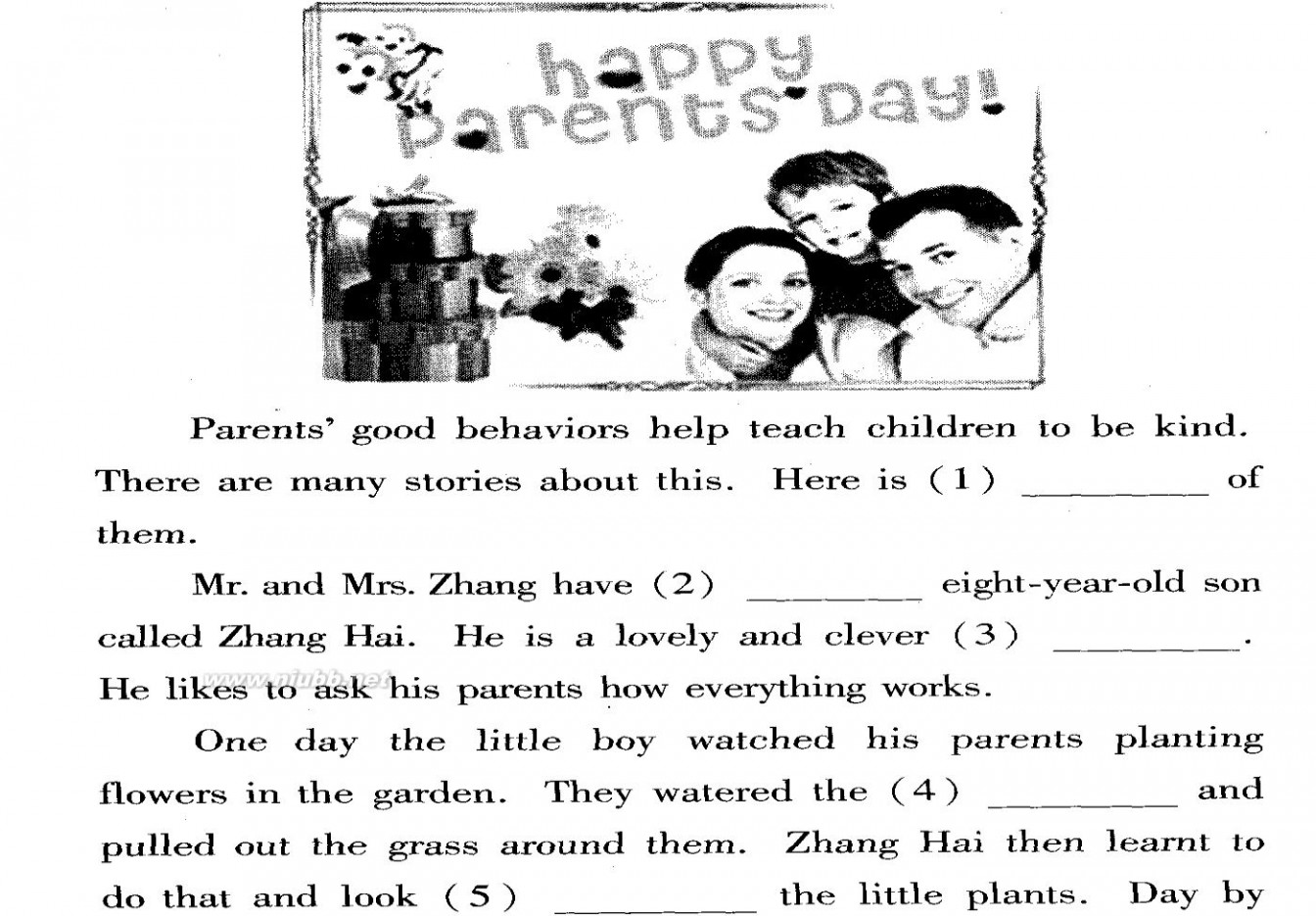
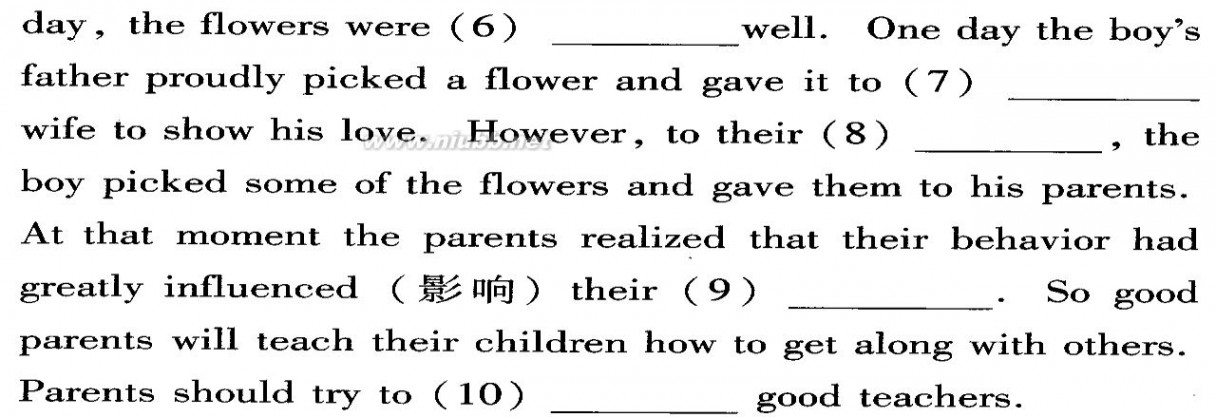
26
看图填词 看图填词100篇
看图填空(二十七)

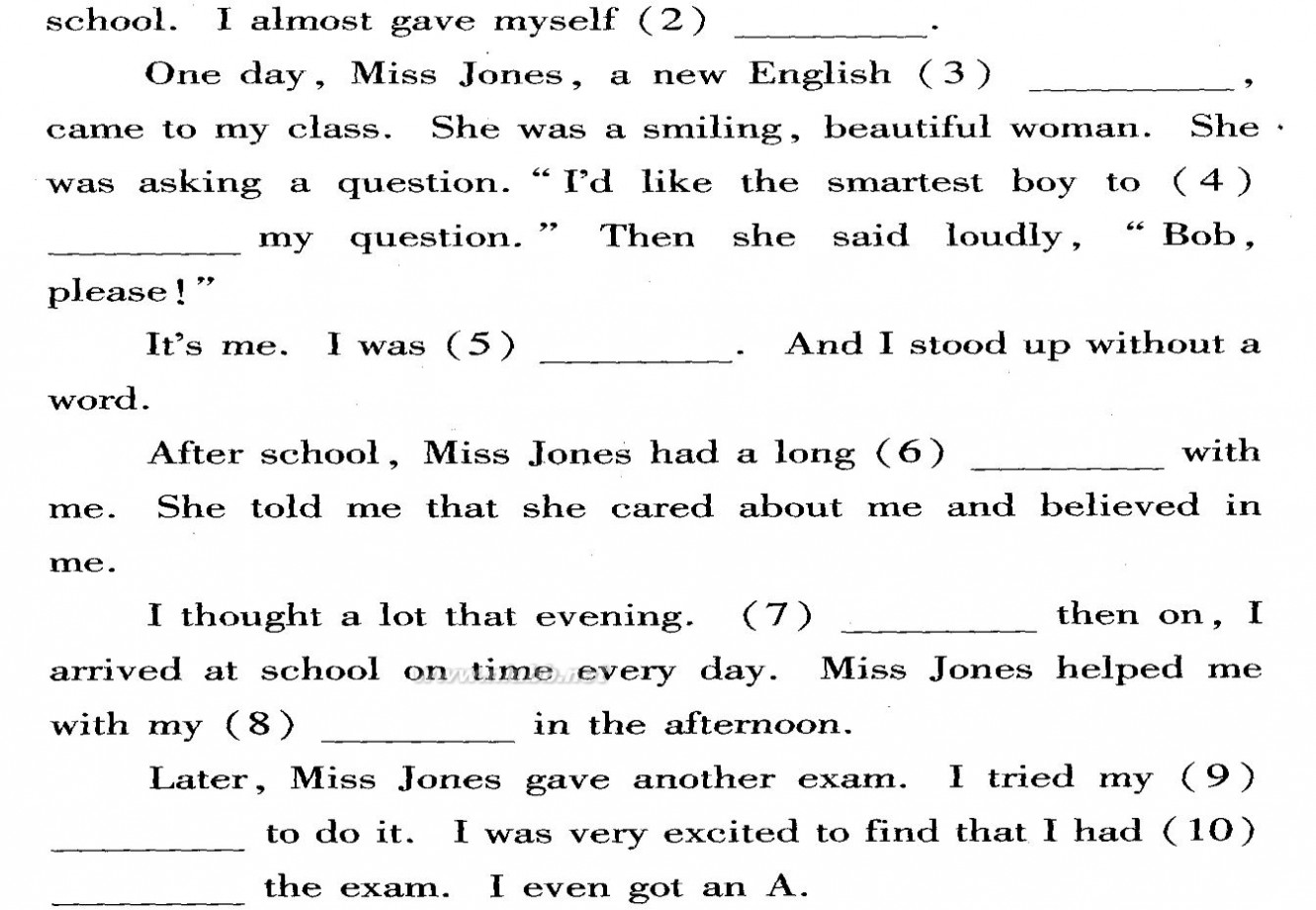
27
看图填词 看图填词100篇
看图填空(二十八)
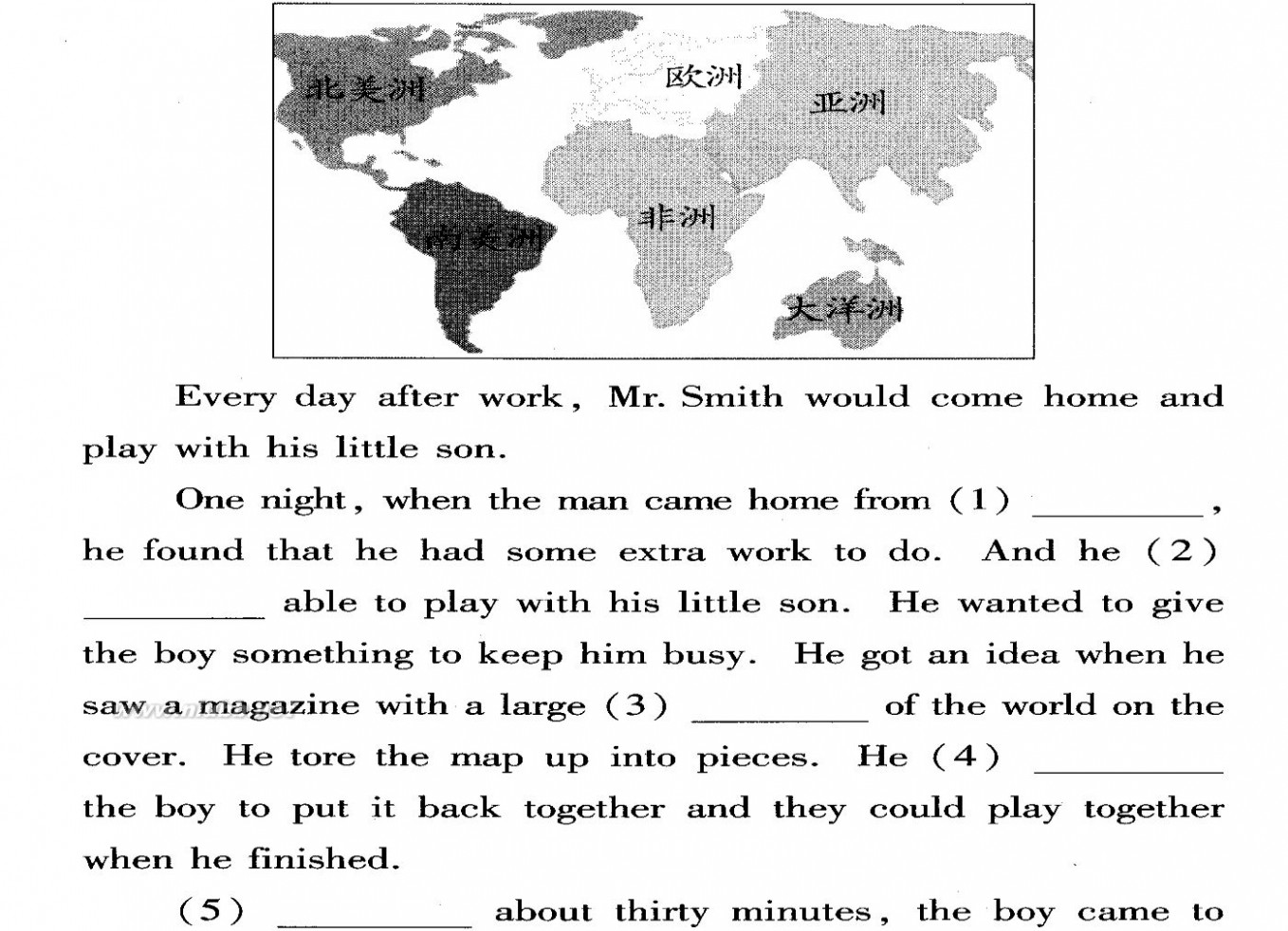

28
看图填词 看图填词100篇
看图填空(二十九)
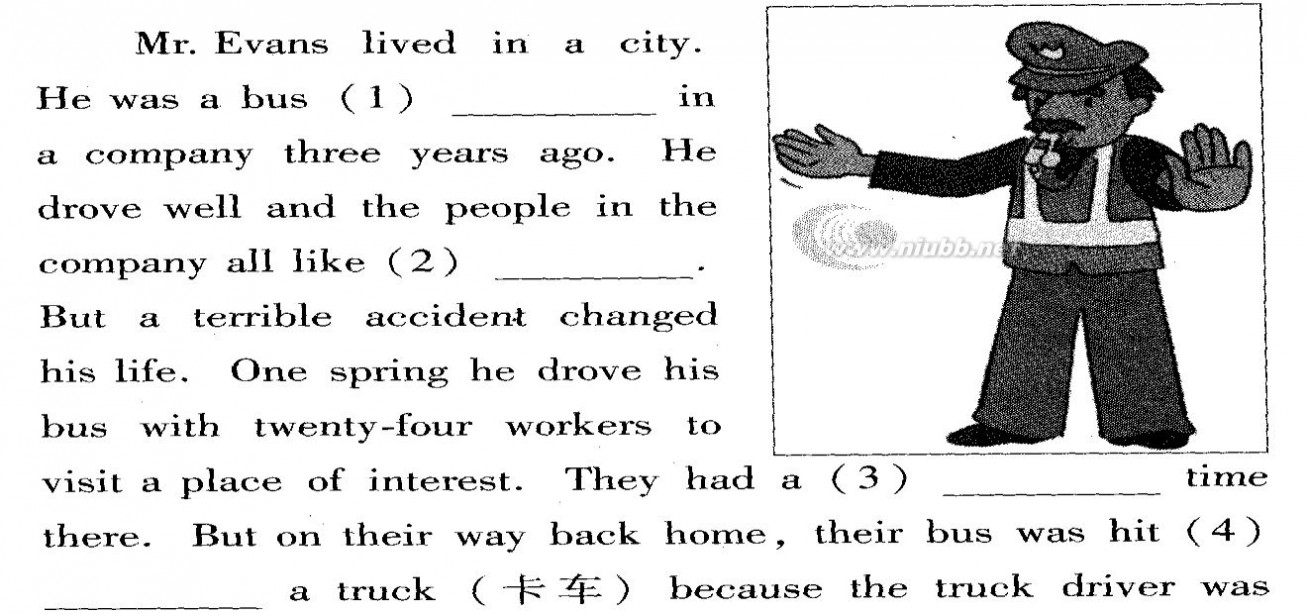
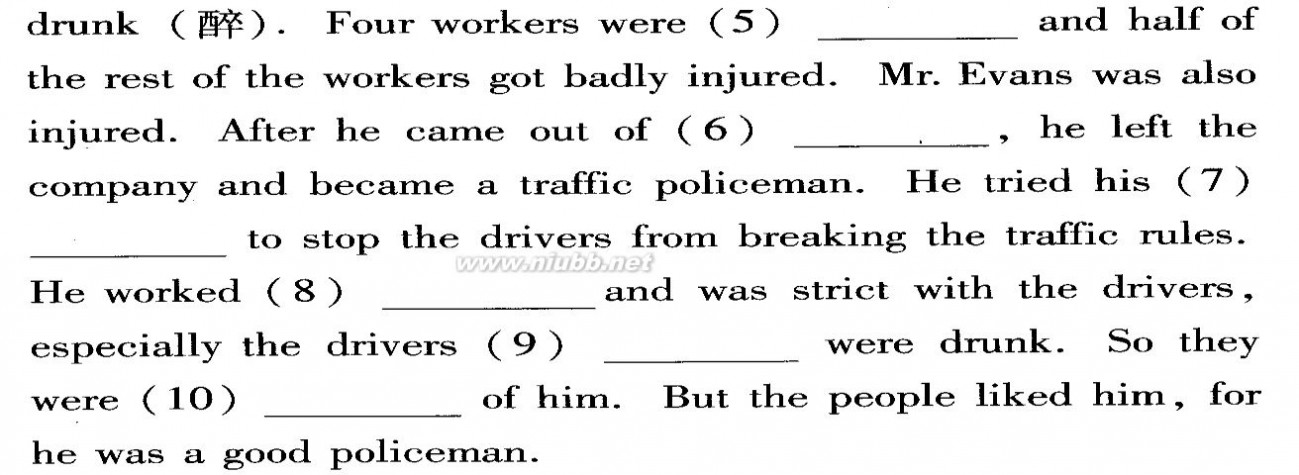
29
看图填词 看图填词100篇
看图填空(三十)
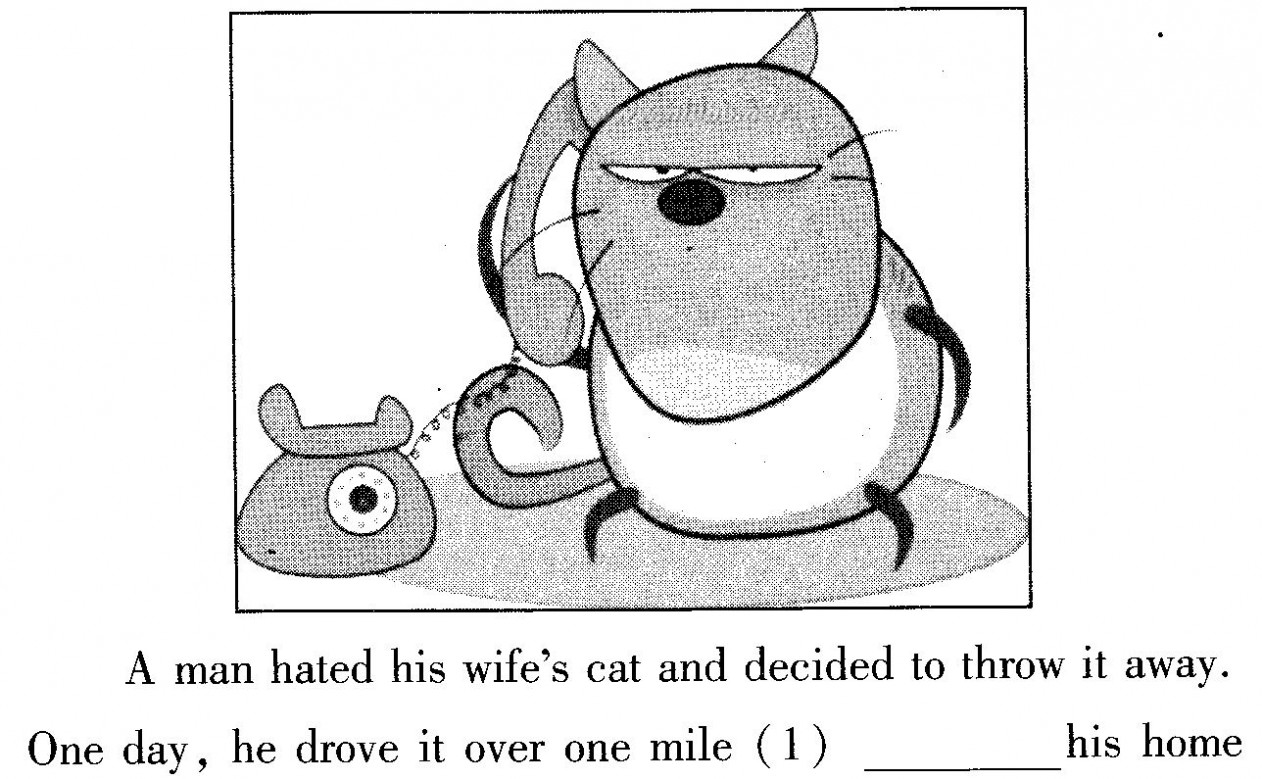
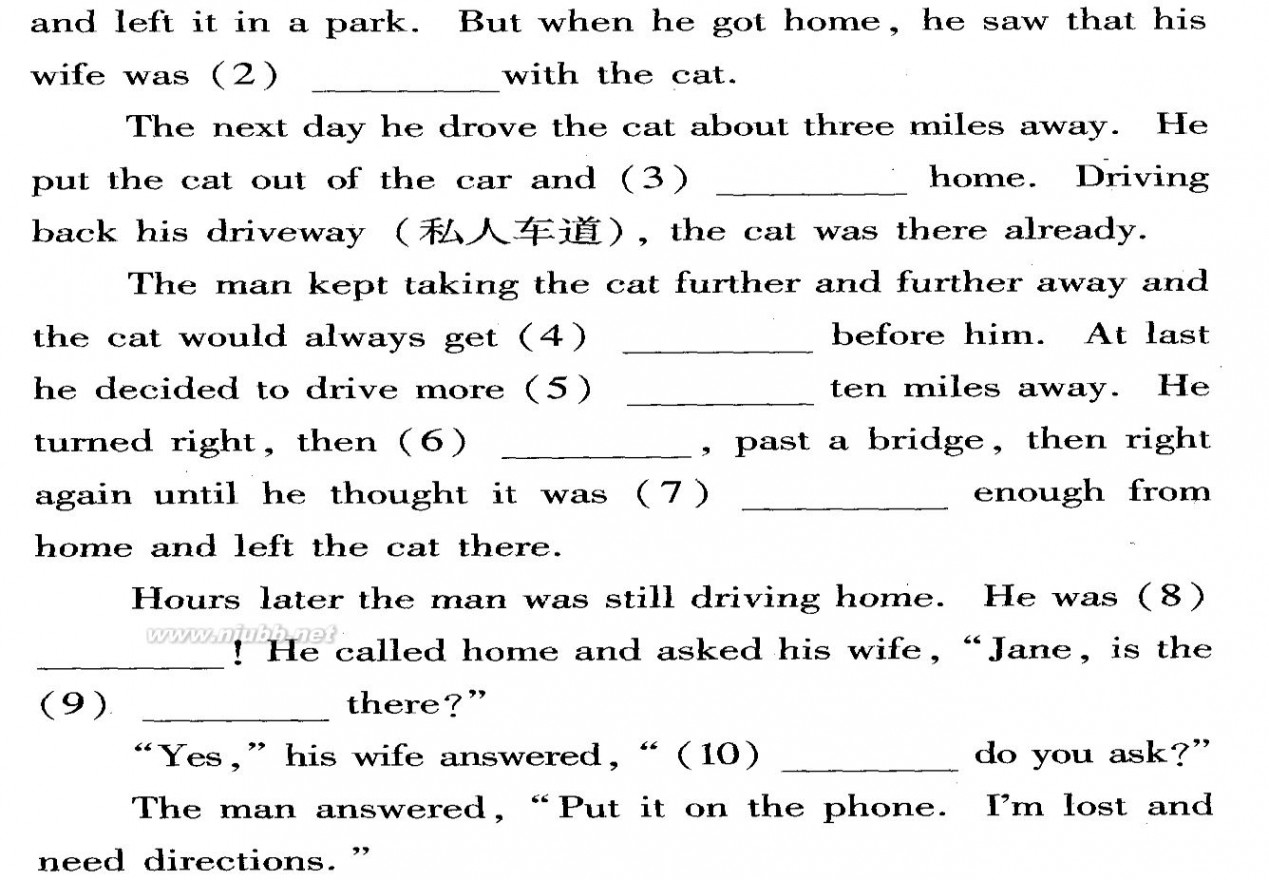
30
看图填词 看图填词100篇
看图填空(三十一)


31
看图填词 看图填词100篇
看图填空(三十二)
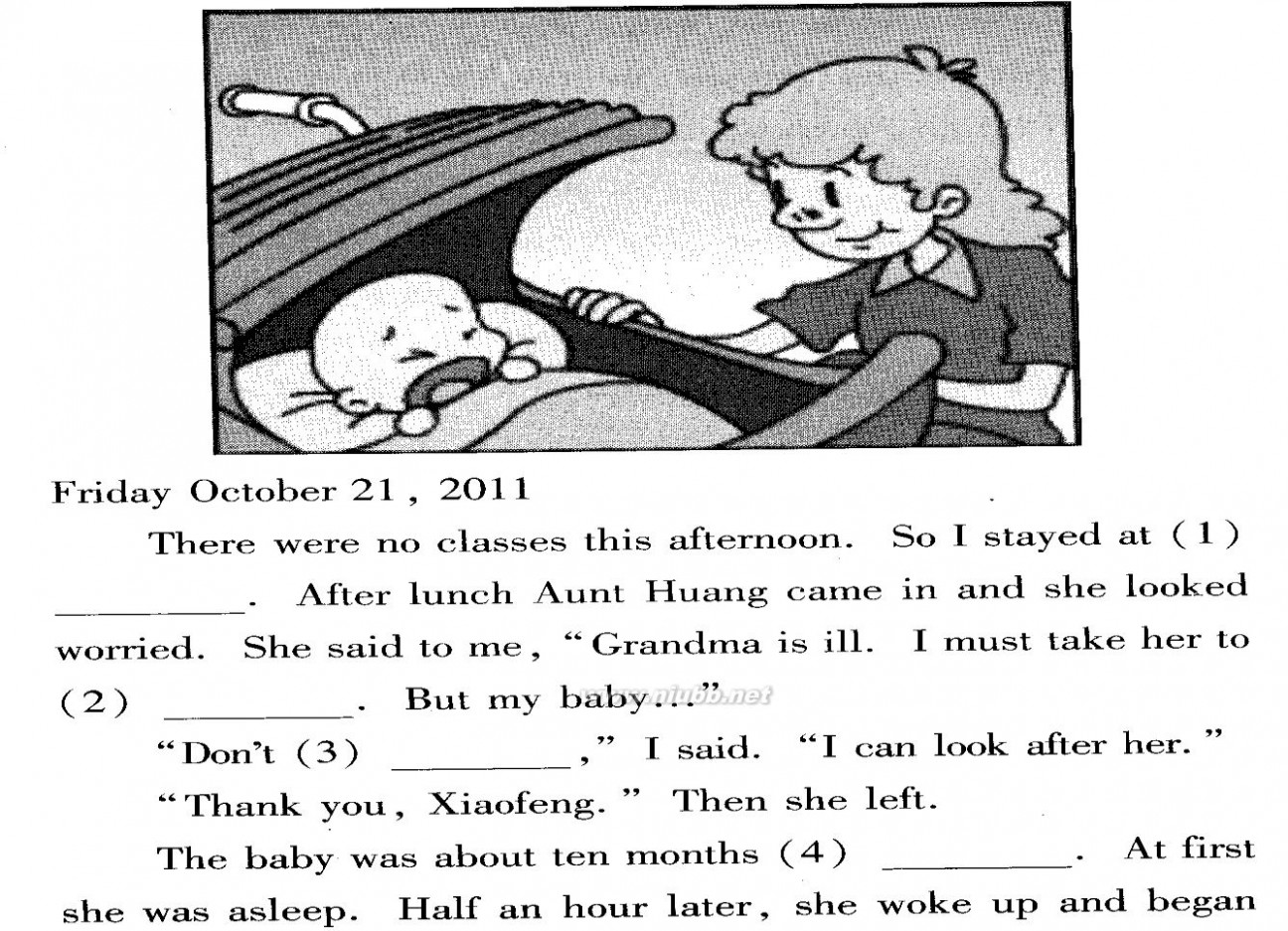
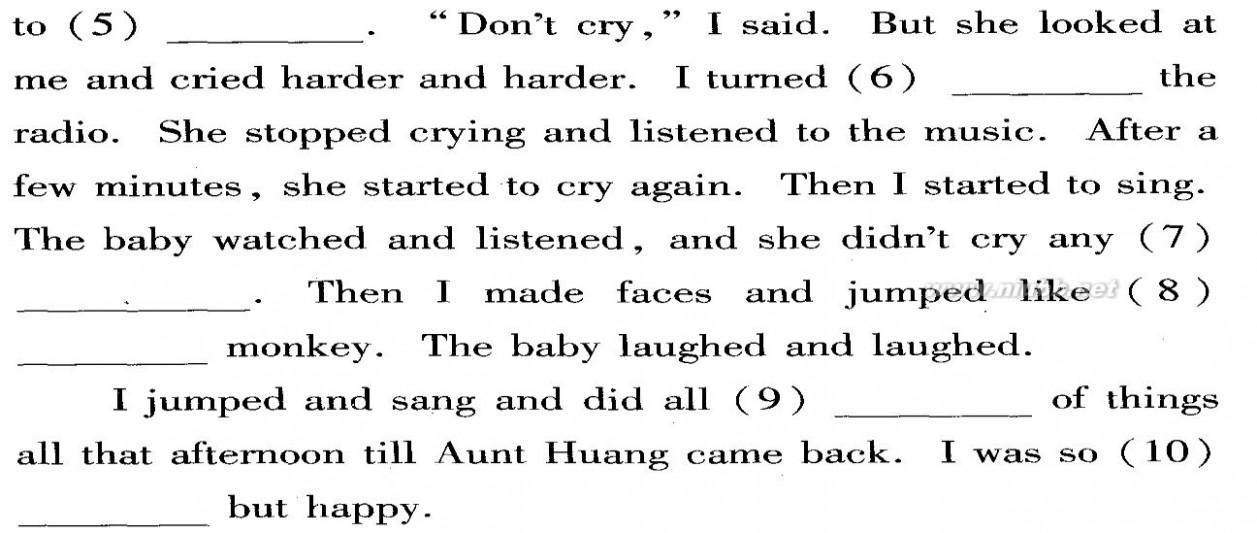
32
看图填词 看图填词100篇
看图填空(三十三)
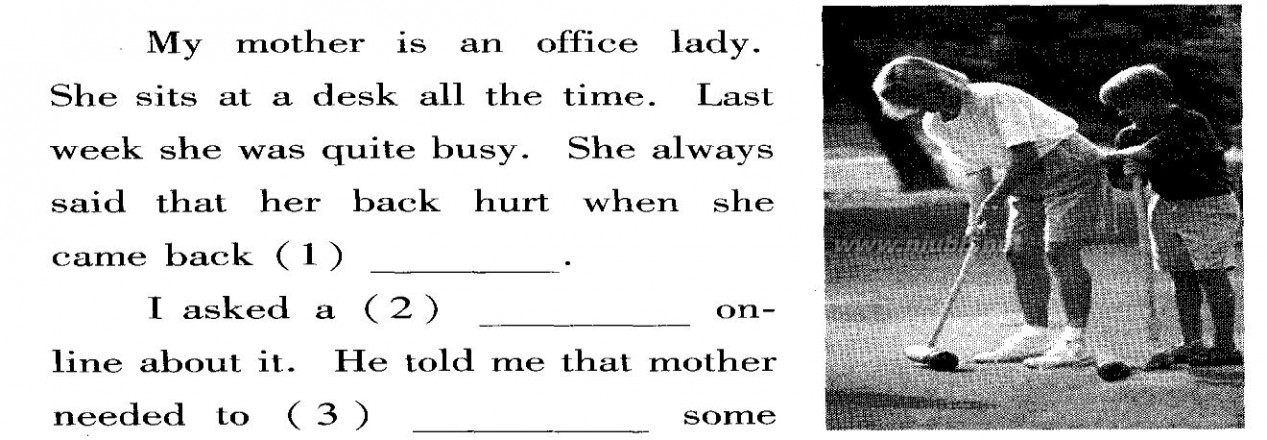
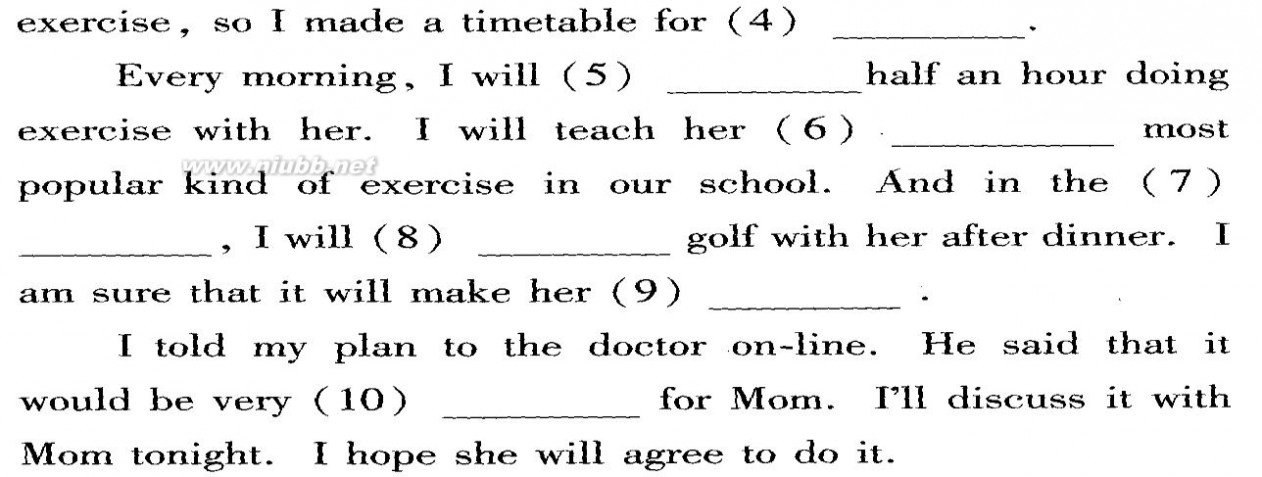
33
看图填词 看图填词100篇
看图填空(三十四)

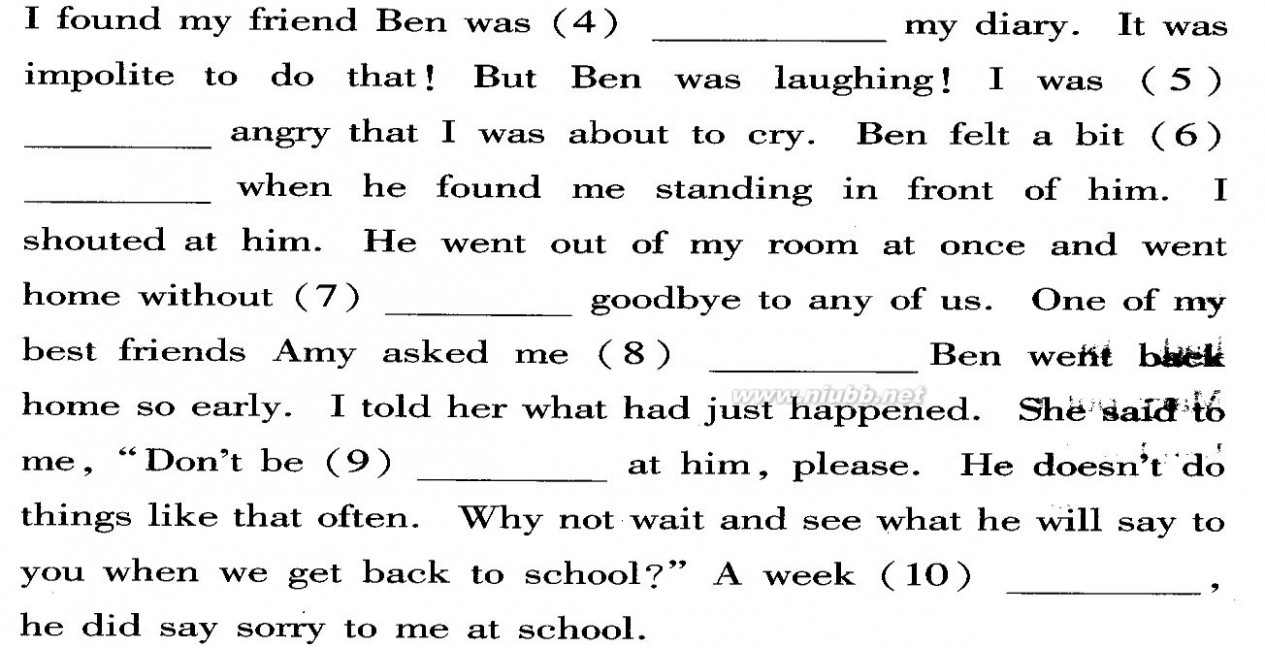
34
看图填词 看图填词100篇
看图填空(三十五)

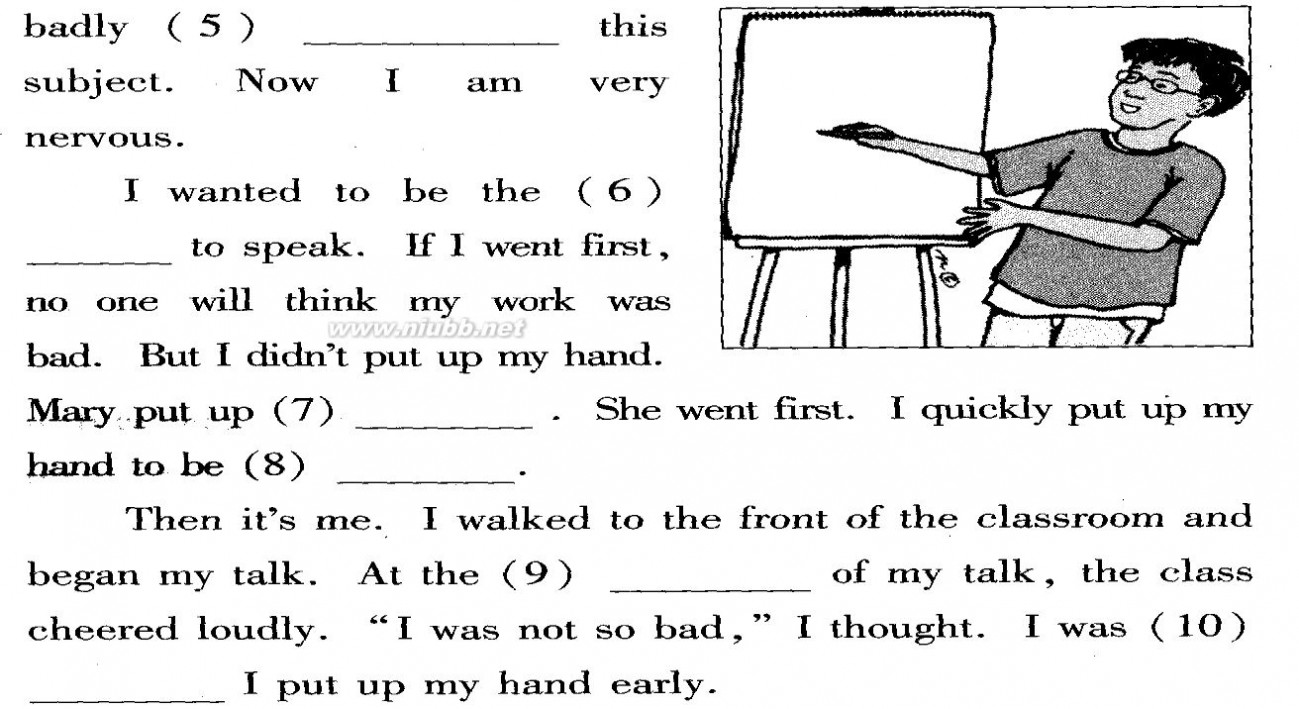
35
看图填词 看图填词100篇
看图填空(三十六)

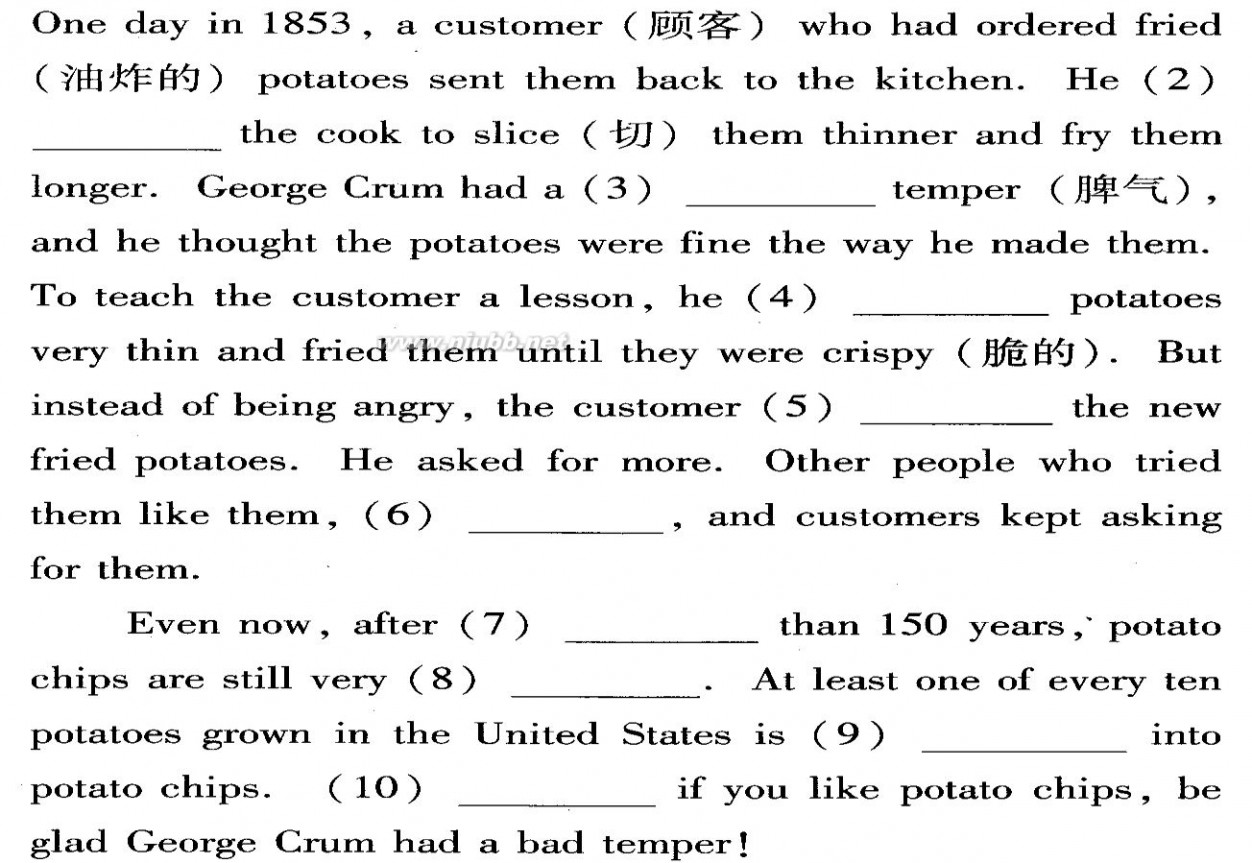
36
看图填词 看图填词100篇
看图填空(三十七)

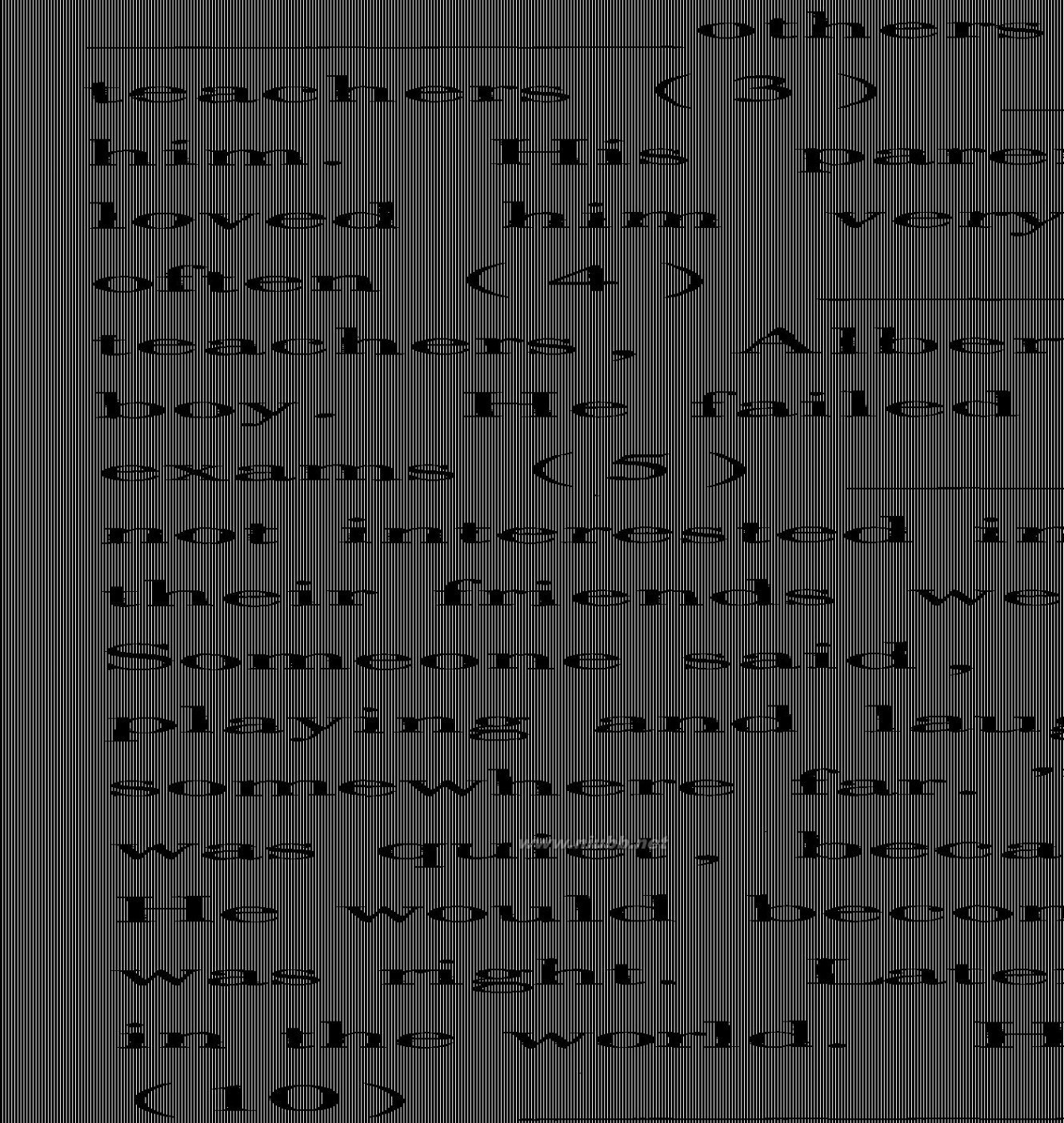
37
看图填词 看图填词100篇
看图填空(三十八)

38
看图填词 看图填词100篇
看图填空(三十九)
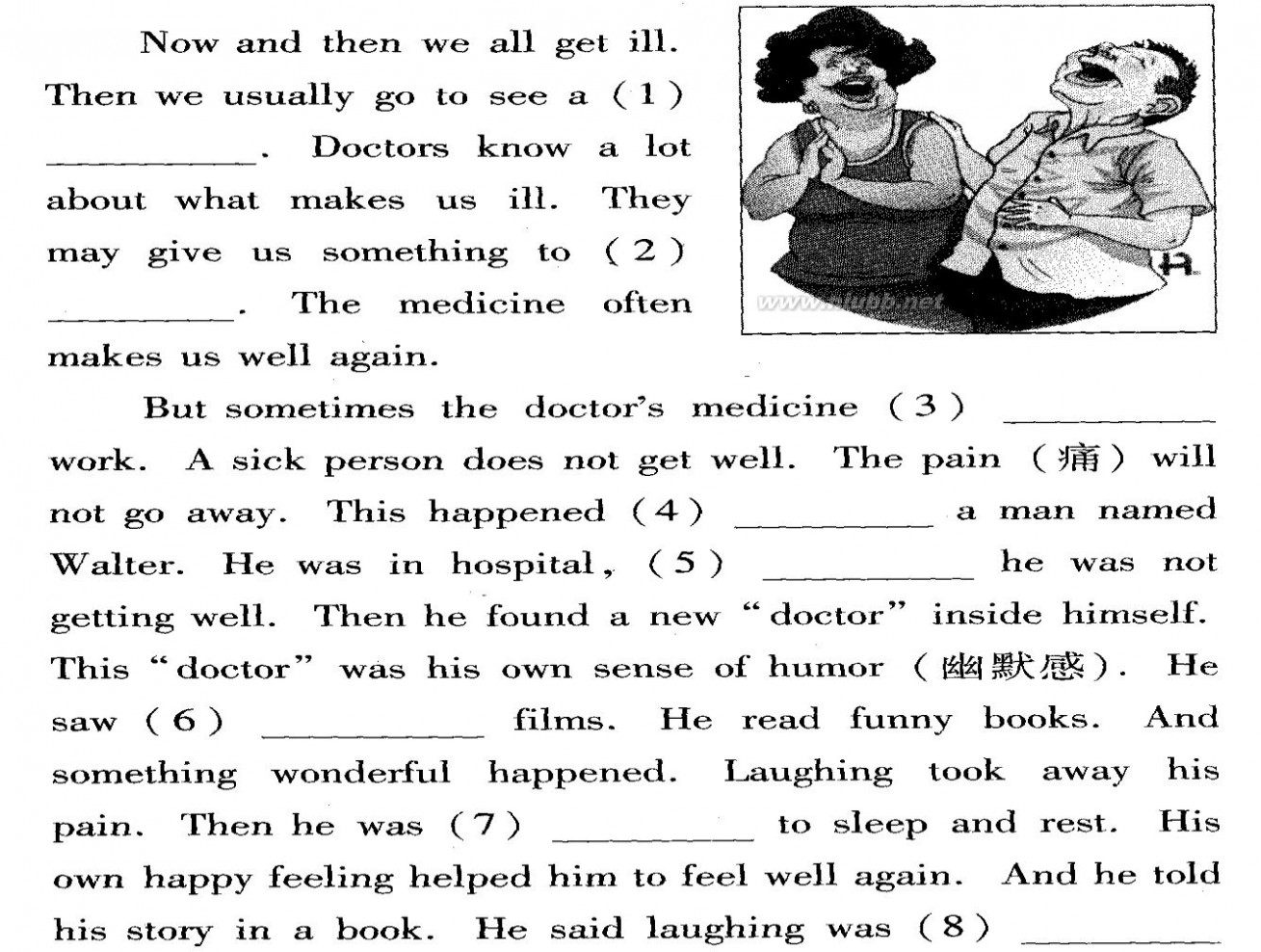

39
看图填词 看图填词100篇
看图填空(四十)

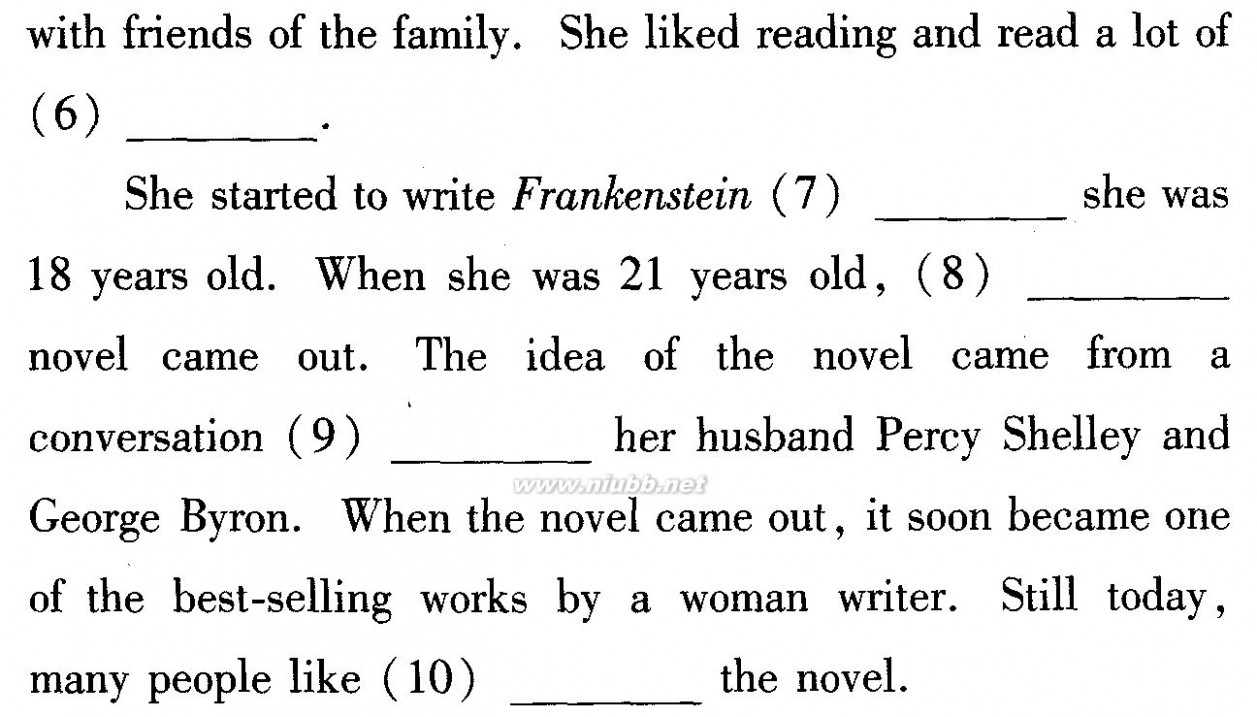
40
看图填词 看图填词100篇
看图填空(四十一)

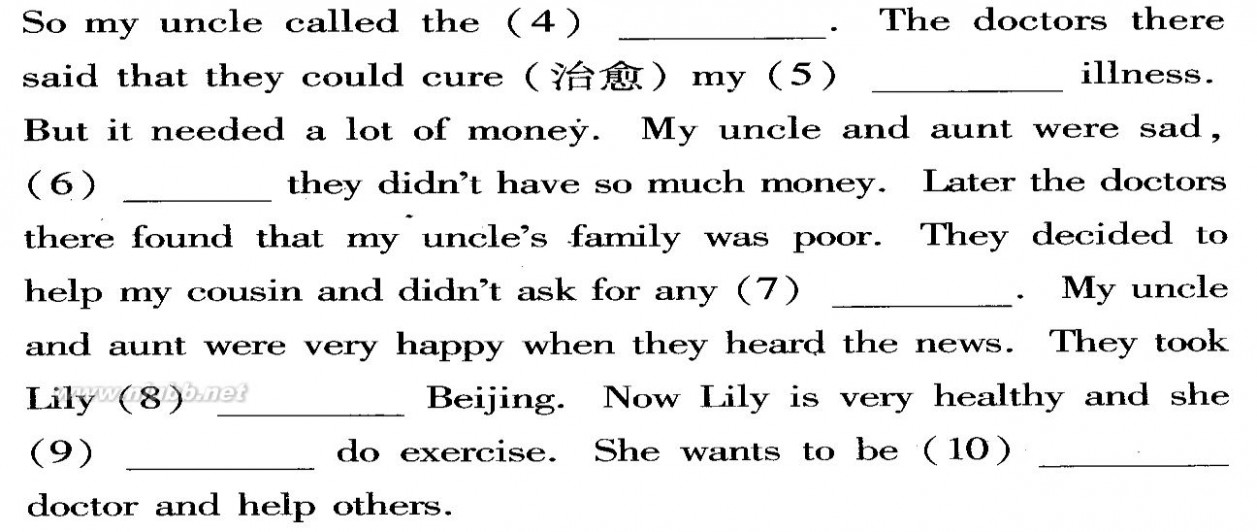
41
看图填词 看图填词100篇
看图填空(四十二)
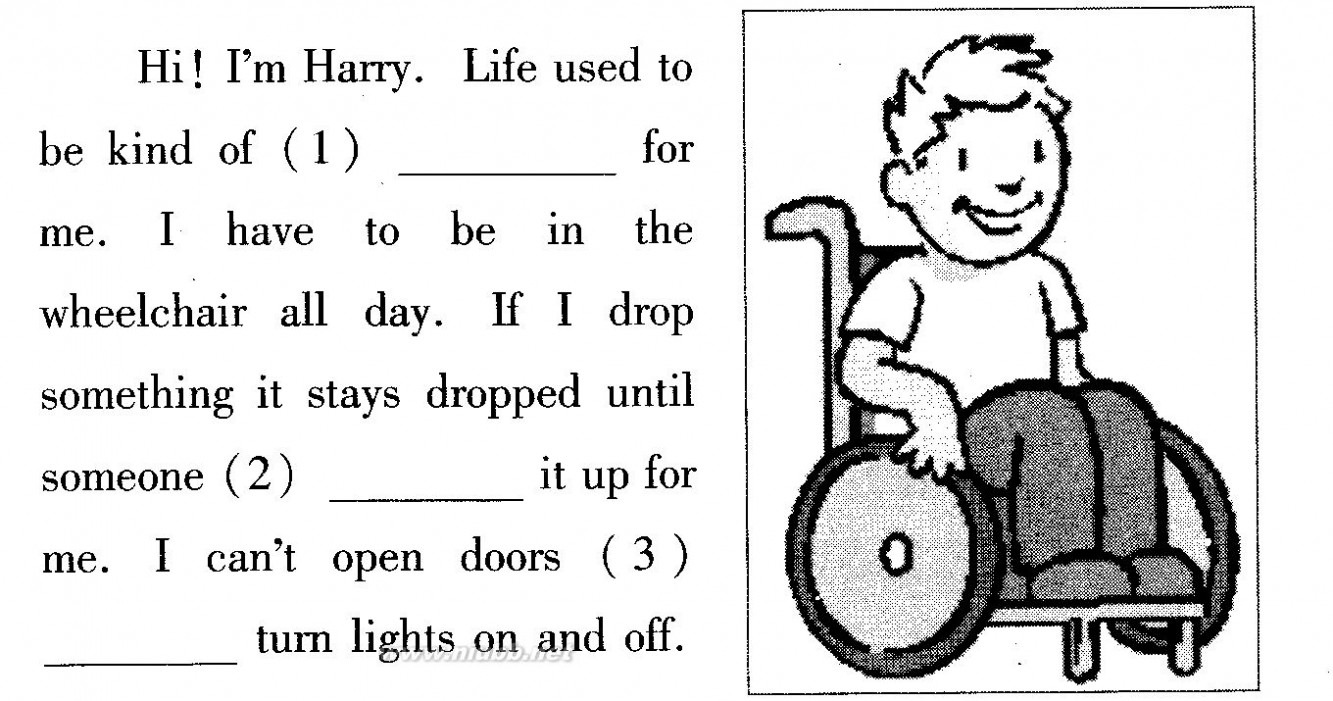

42
看图填词 看图填词100篇
看图填空(四十三)

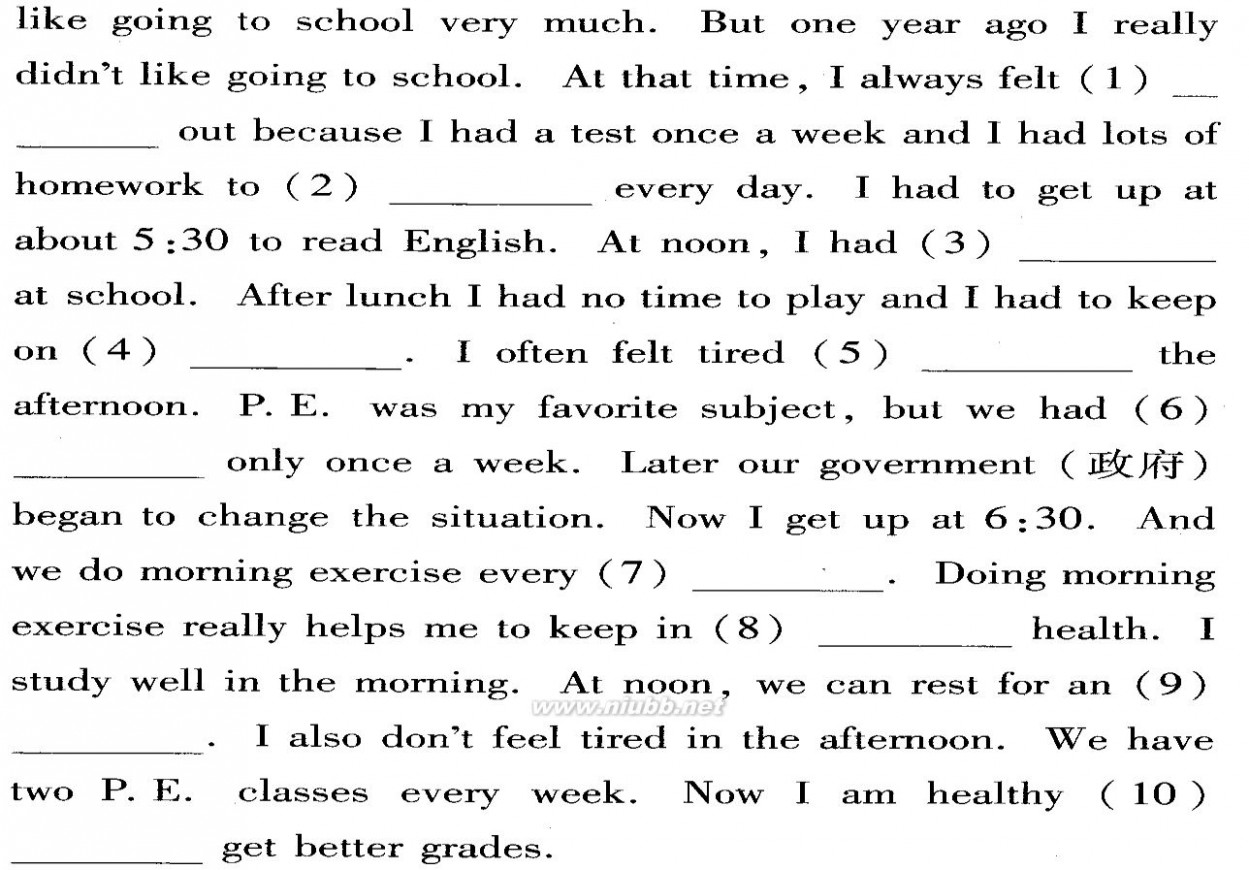
43
看图填词 看图填词100篇
看图填空(四十四)

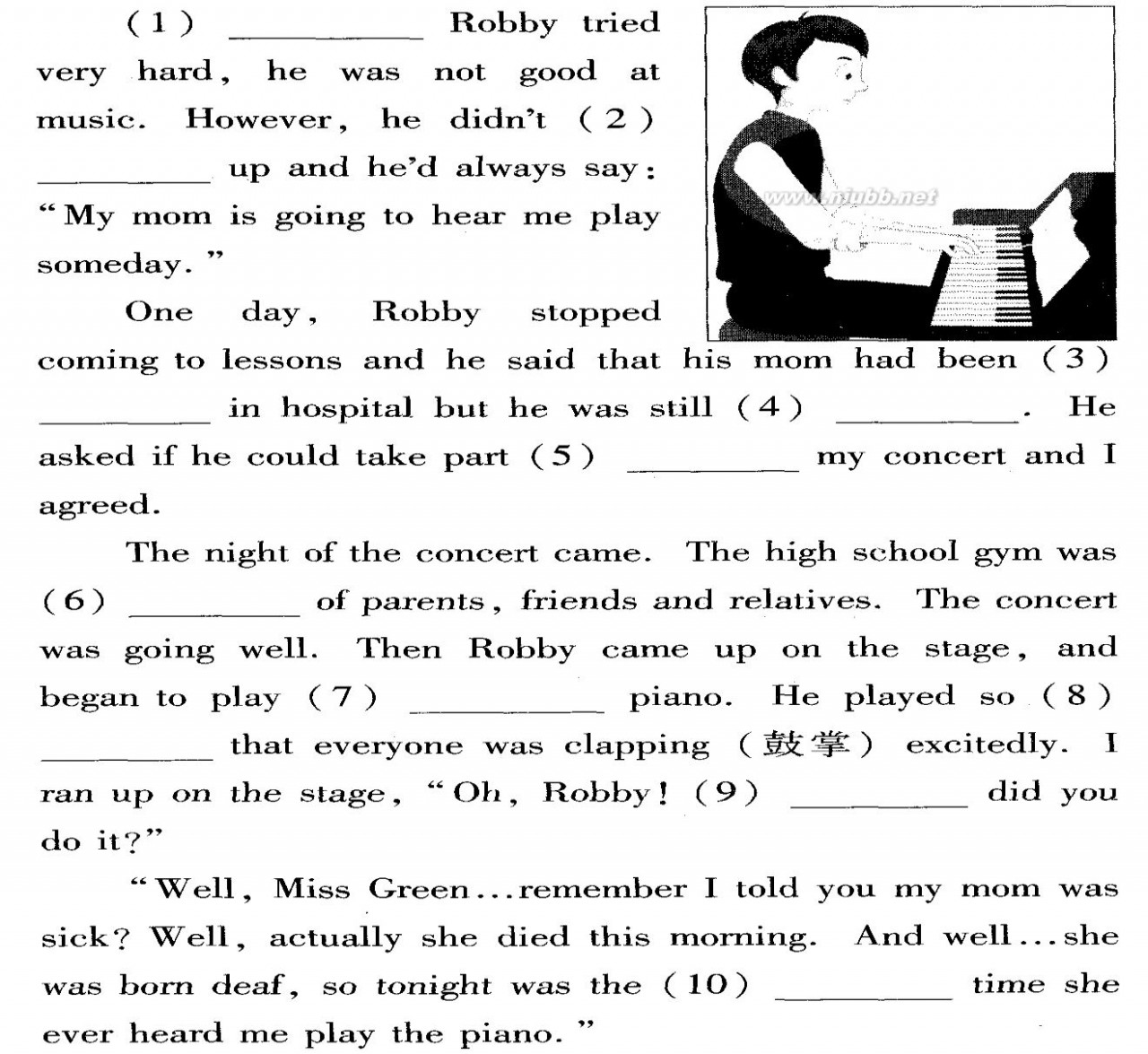
44
看图填词 看图填词100篇
看图填空(四十五)
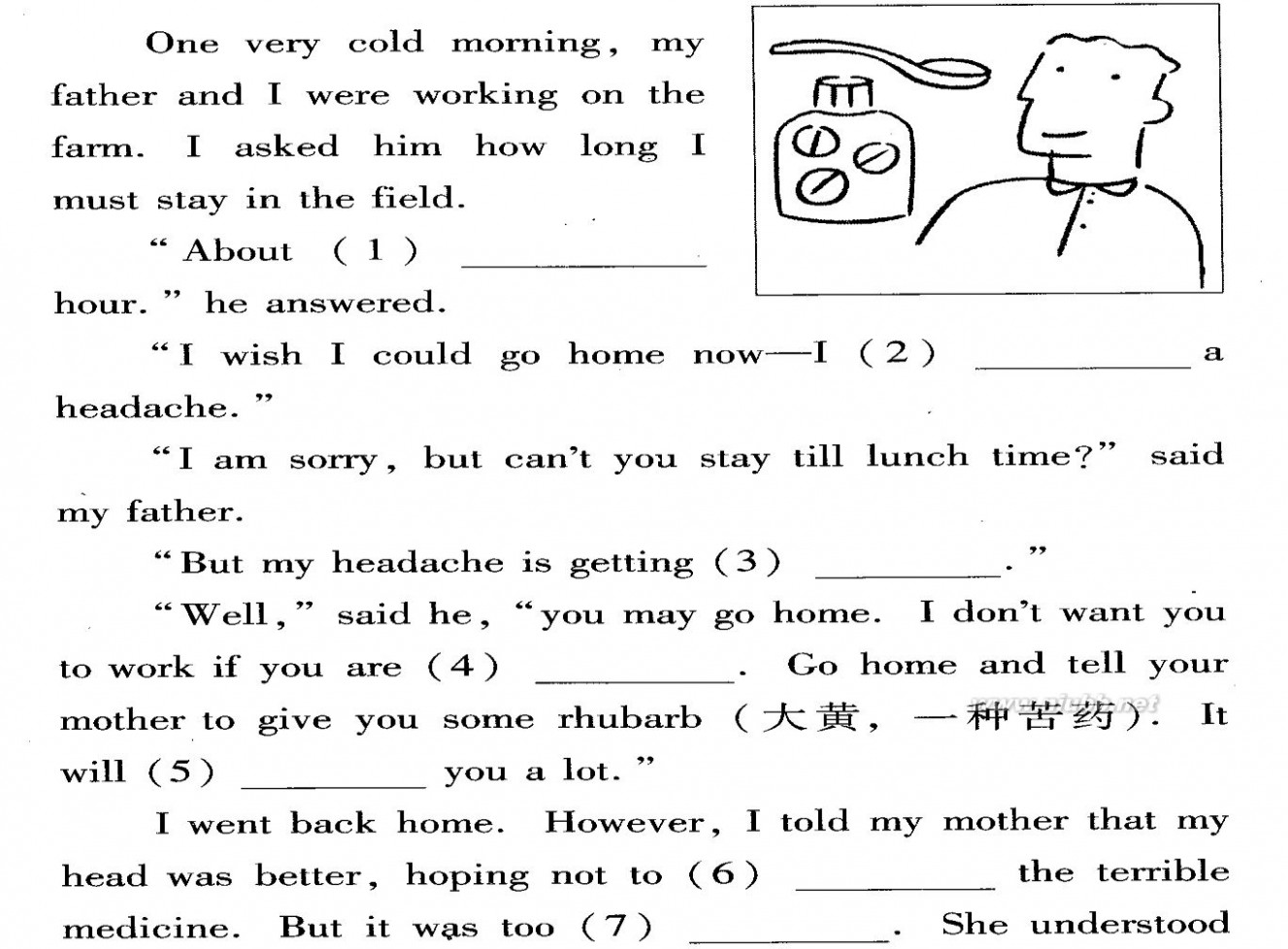

45
看图填词 看图填词100篇
看图填空(四十六)
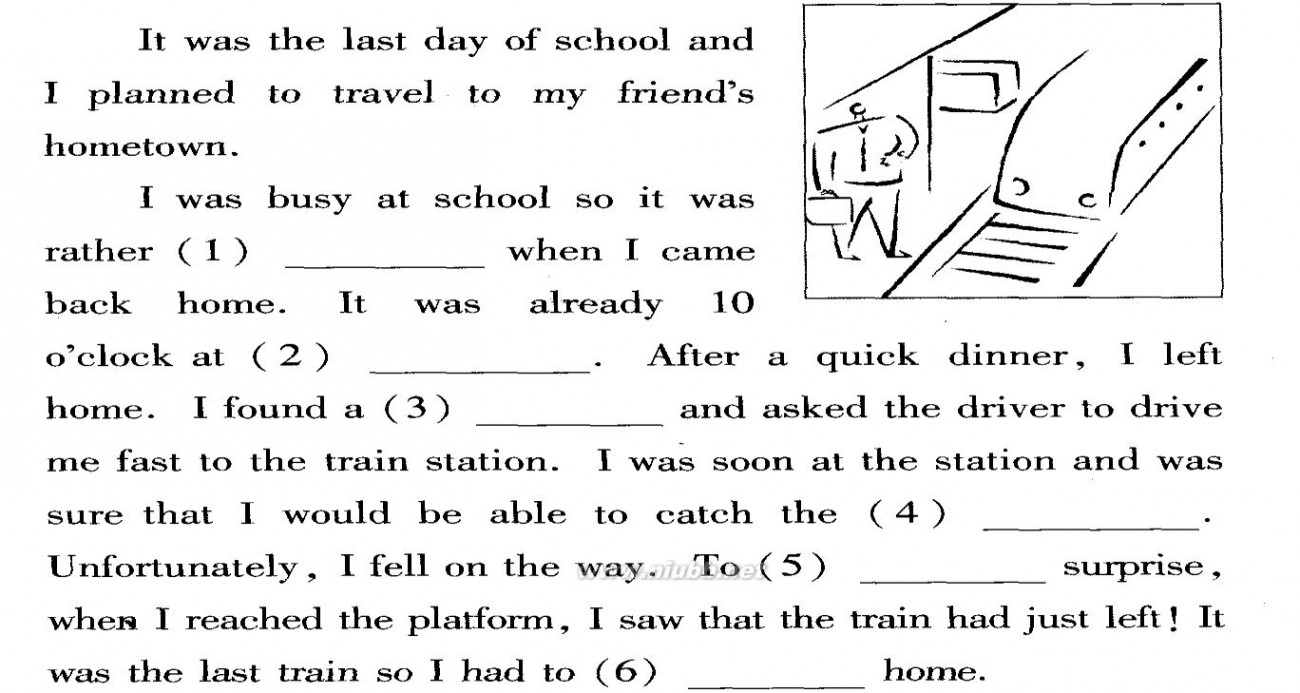

46
看图填词 看图填词100篇
看图填空(四十七)
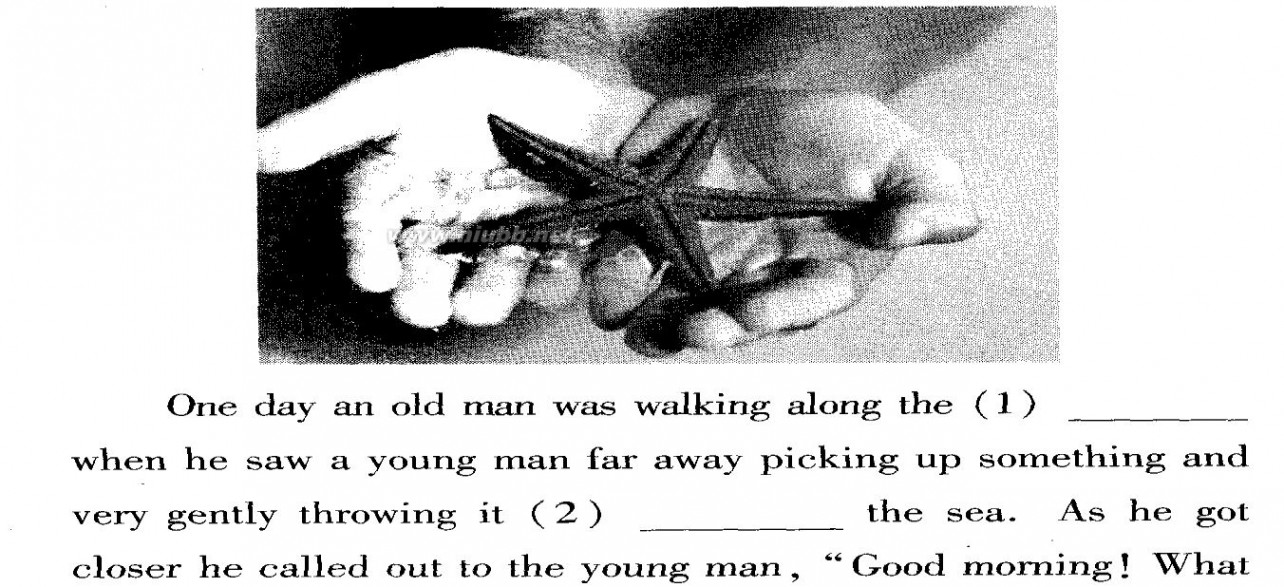
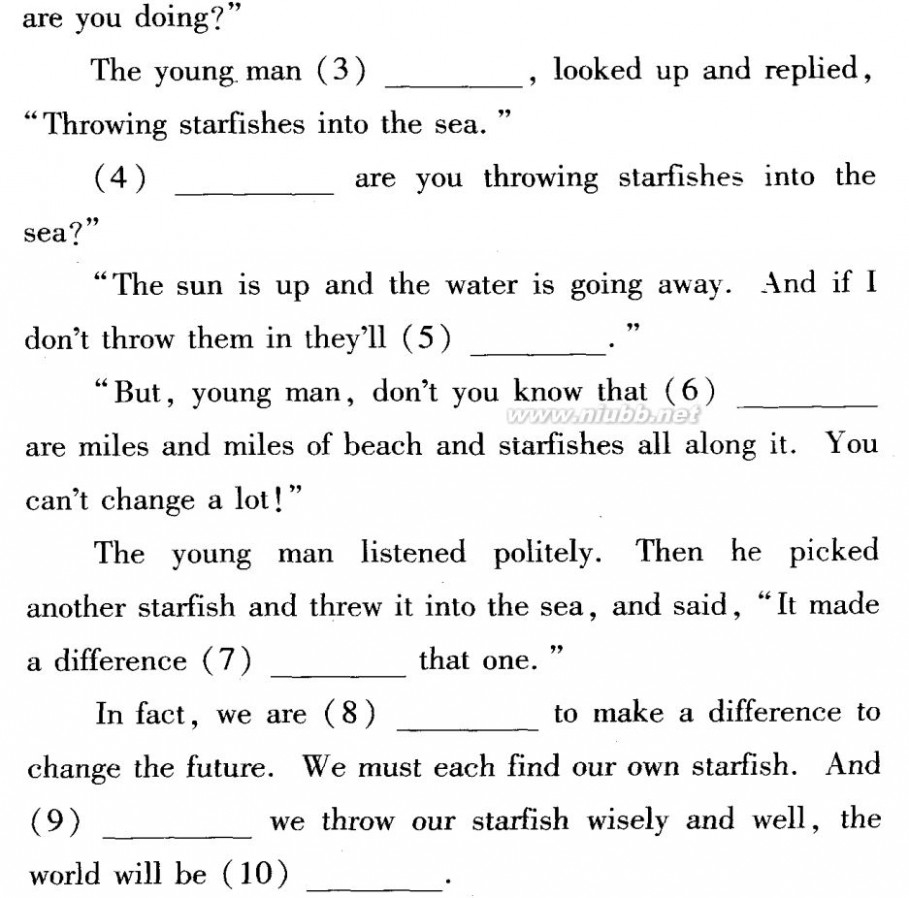
47
看图填词 看图填词100篇
看图填空(四十八)
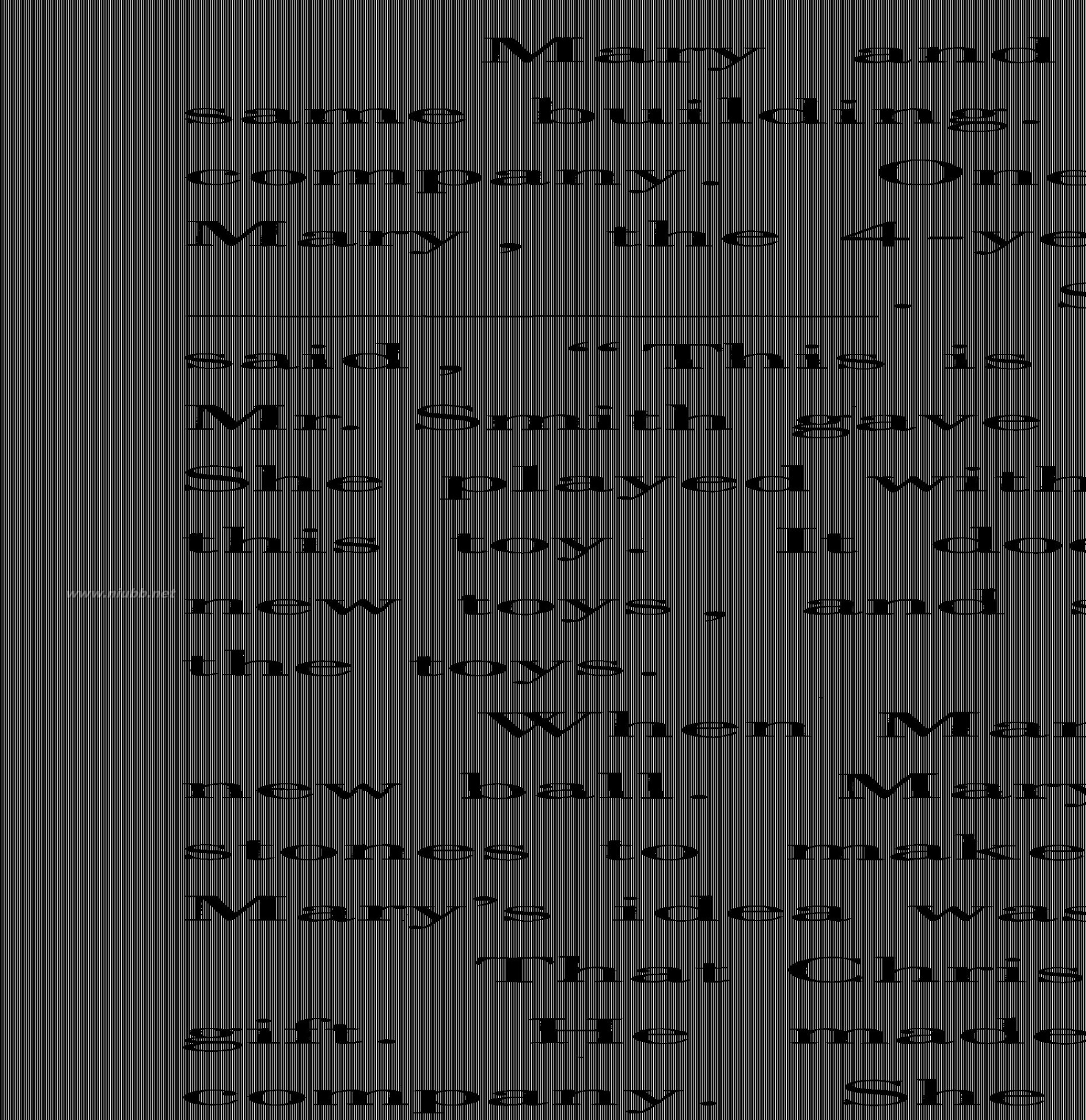

48
看图填词 看图填词100篇
看图填空49
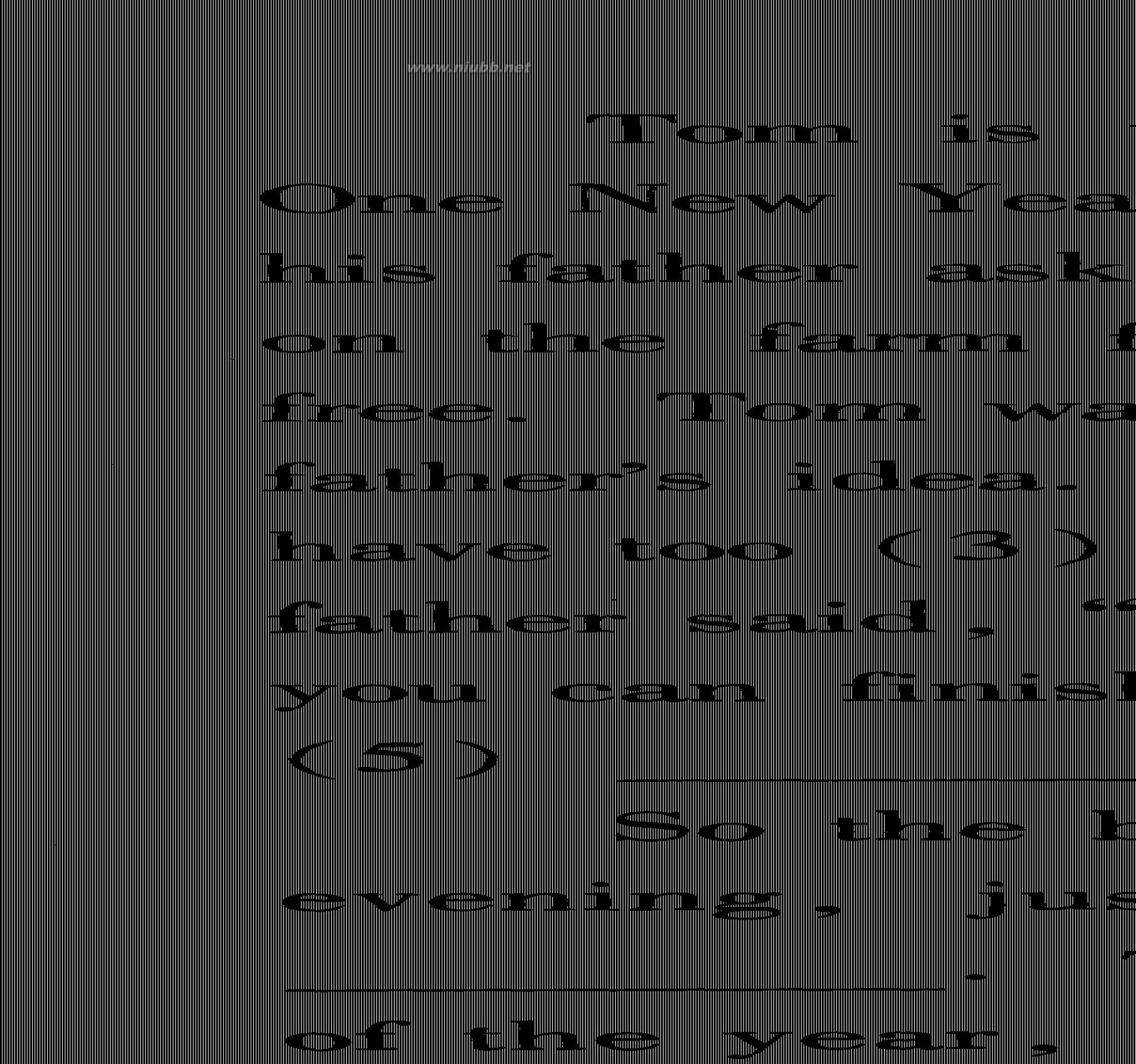

49
看图填词 看图填词100篇
看图填空

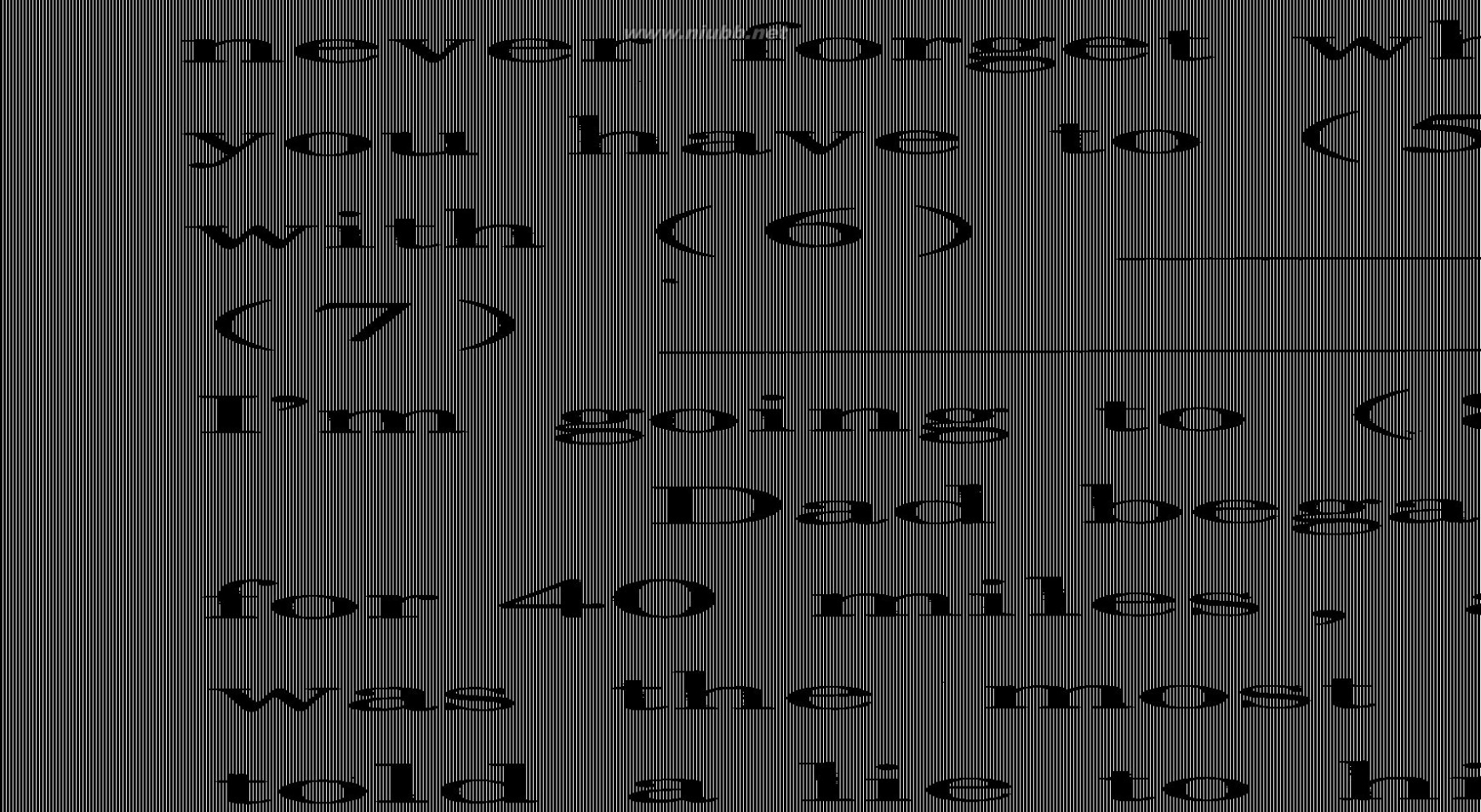
50
50
看图填词 看图填词100篇
看图填空
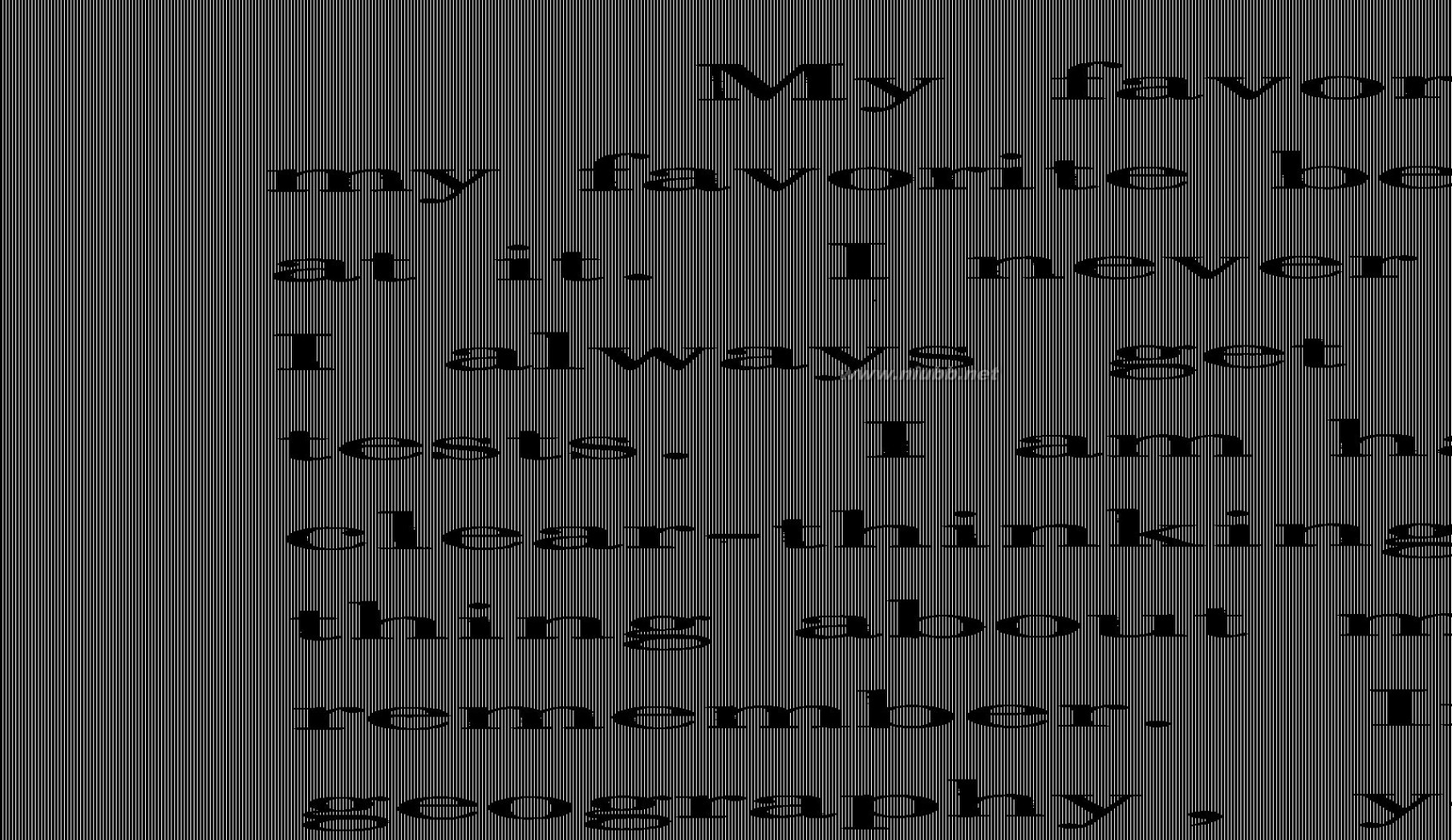
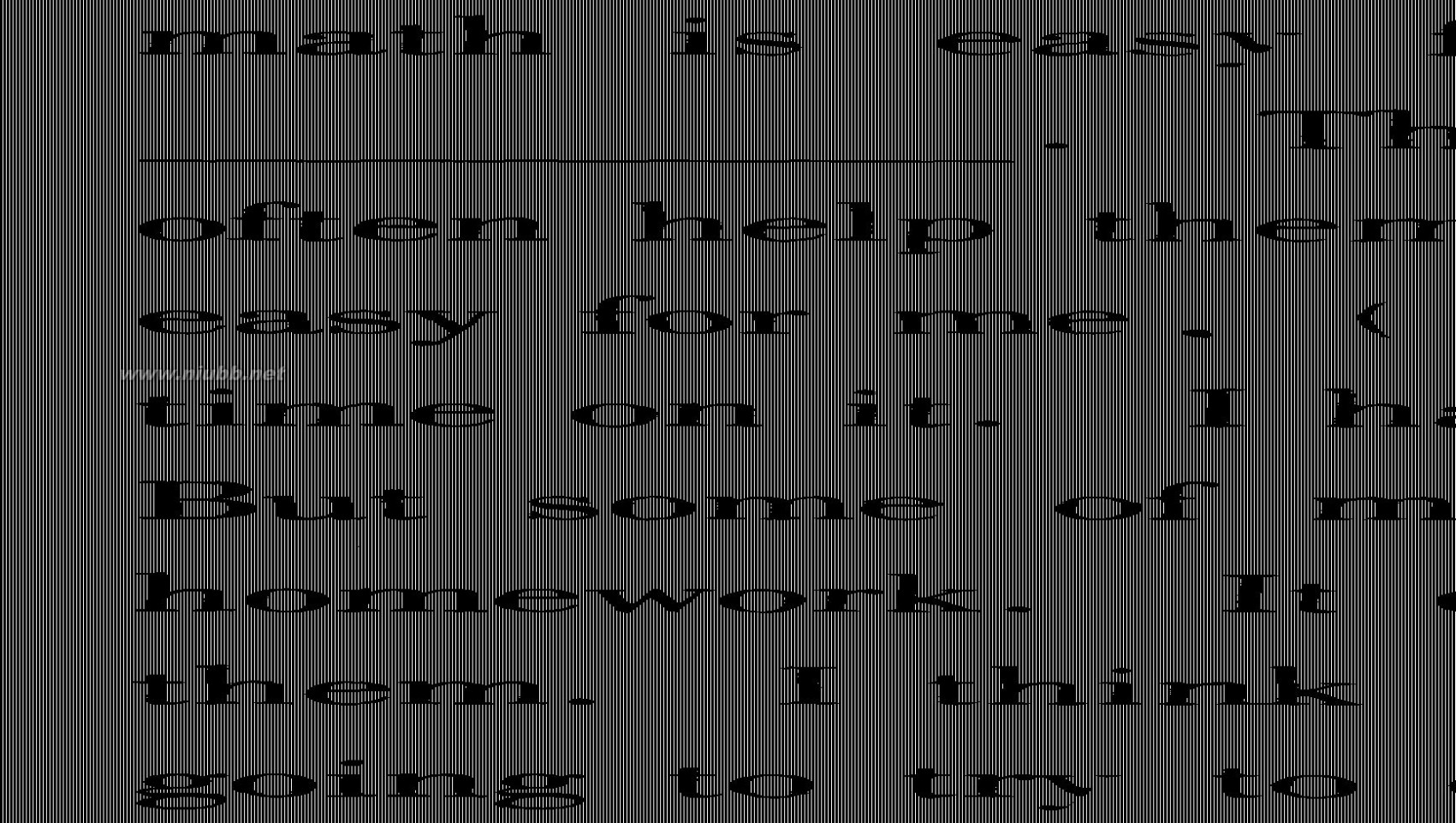
51
51
看图填词 看图填词100篇
看图填空

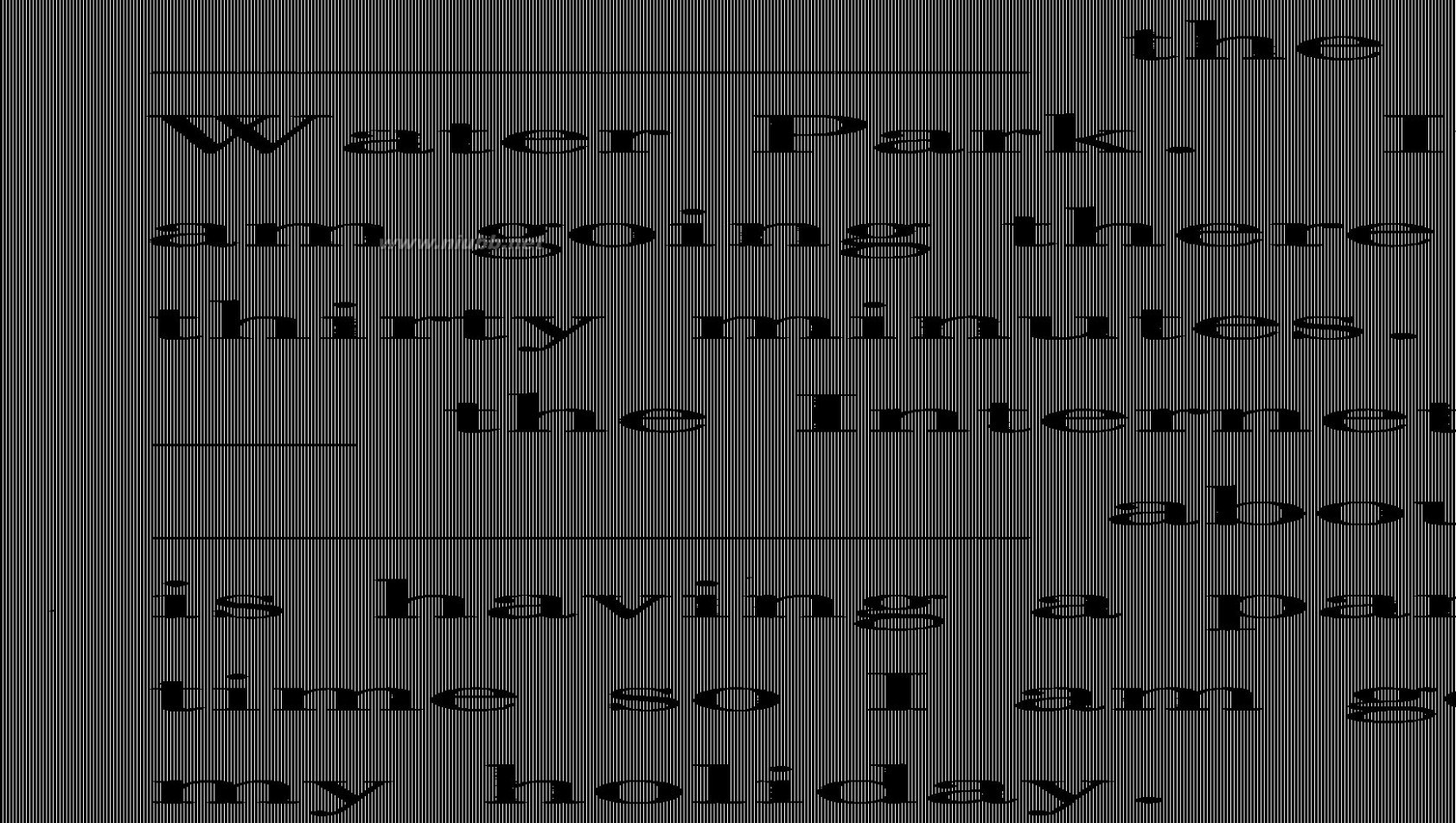
52
52
看图填词 看图填词100篇
看图填空
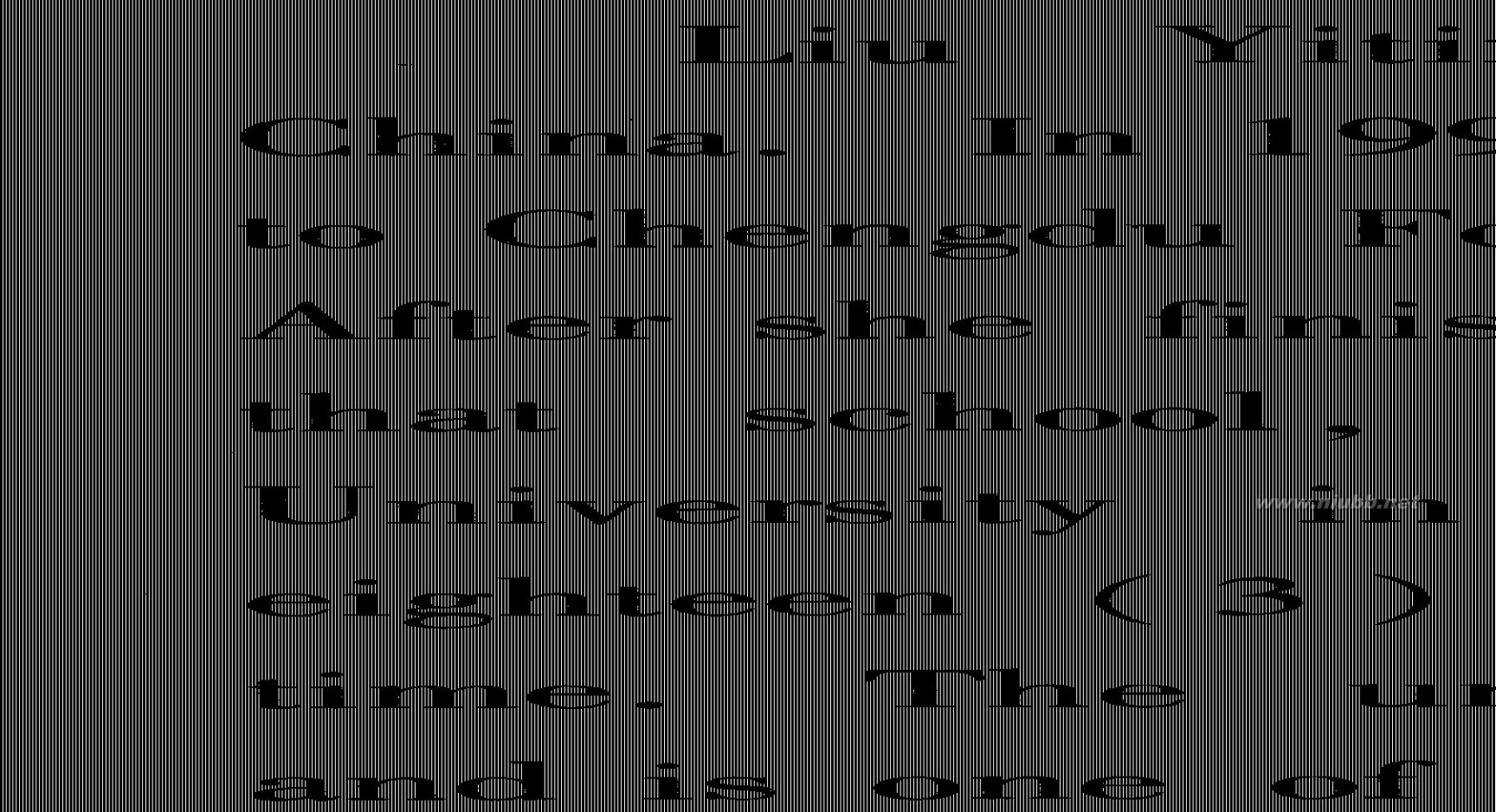
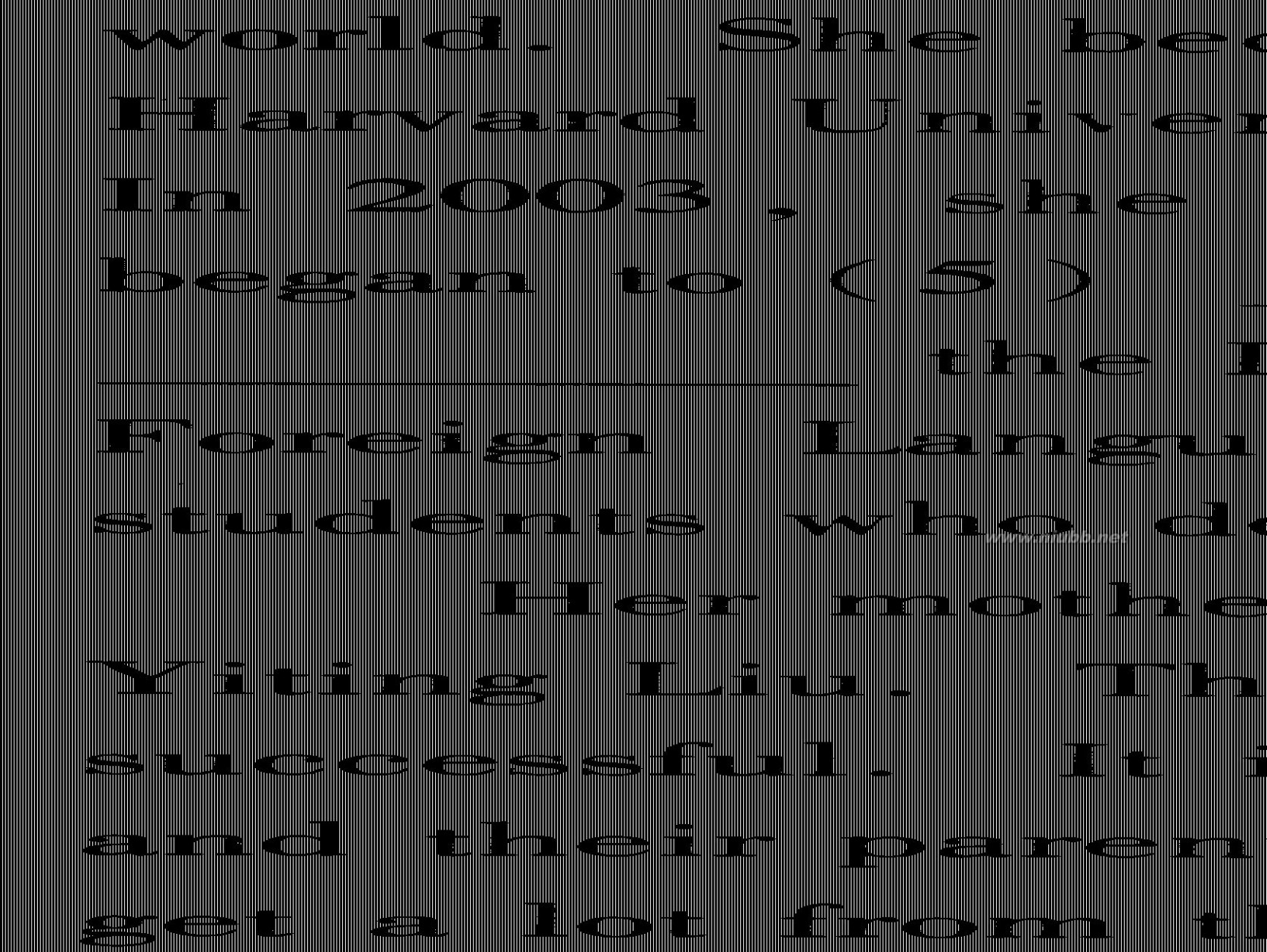
53
53
 看图填词 看图填词100篇
看图填词 看图填词100篇看图填空

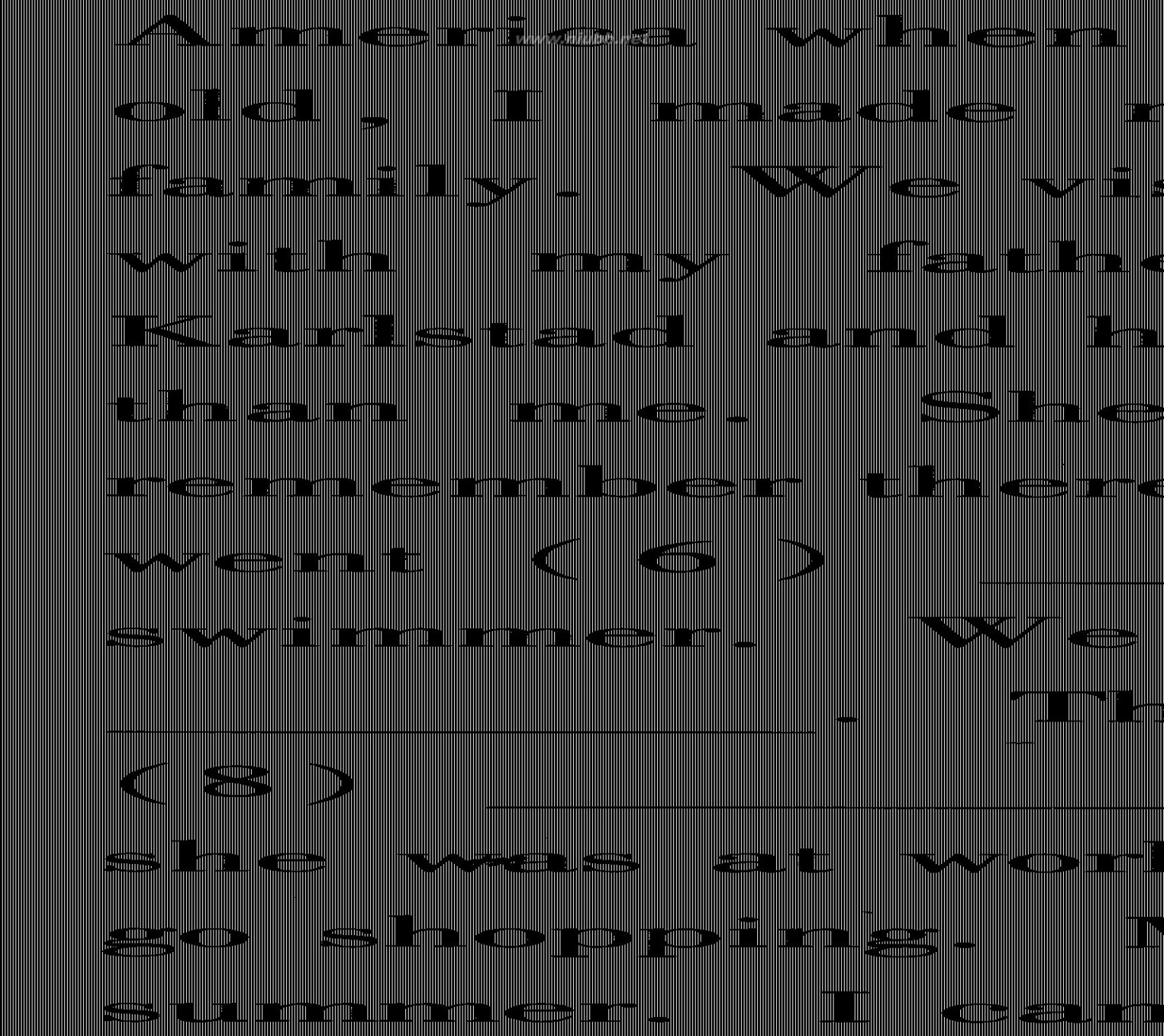
54
54
看图填词 看图填词100篇
看图填空


55
55
看图填词 看图填词100篇
看图填空

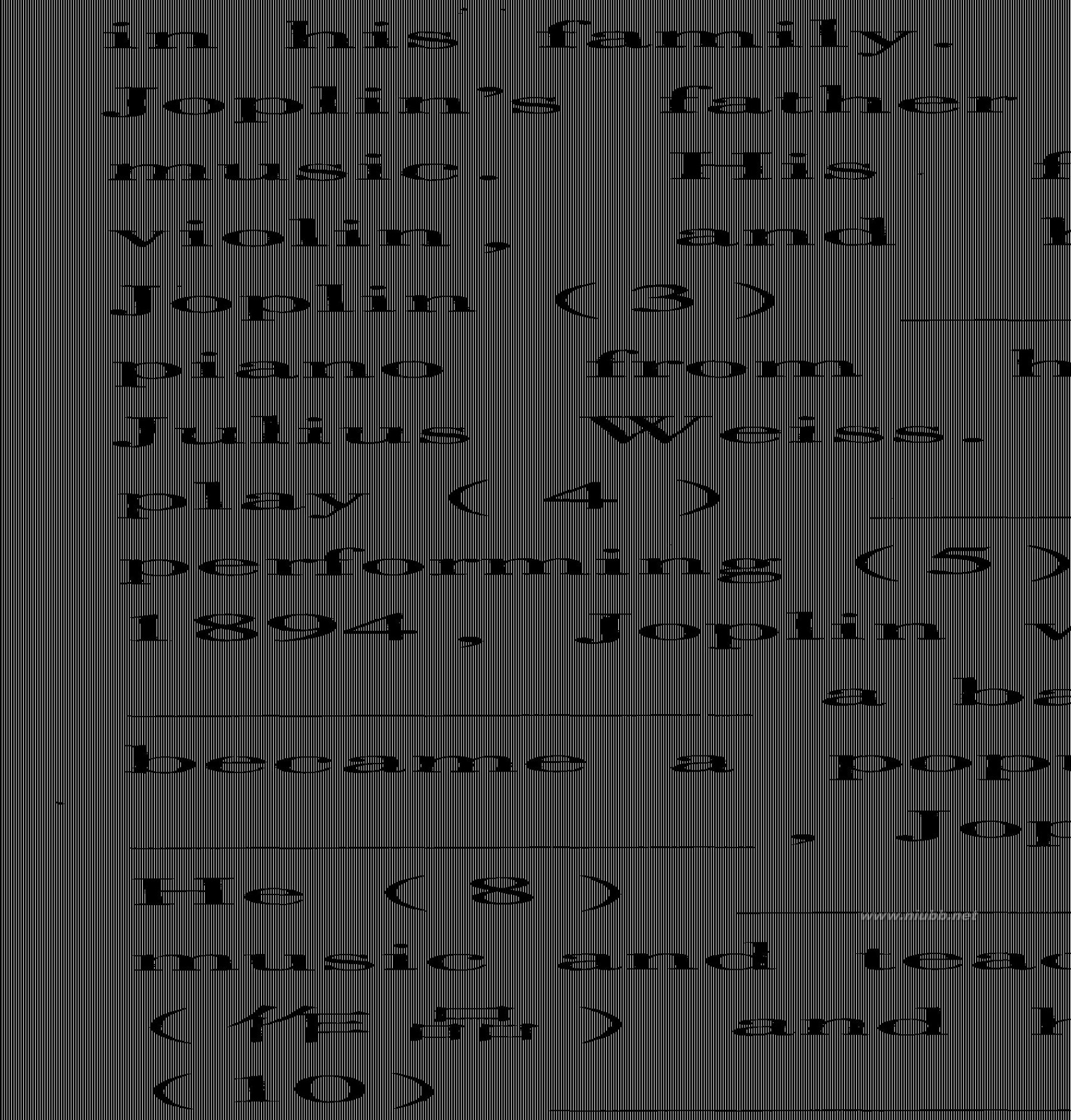
56
56
看图填词 看图填词100篇
看图填空
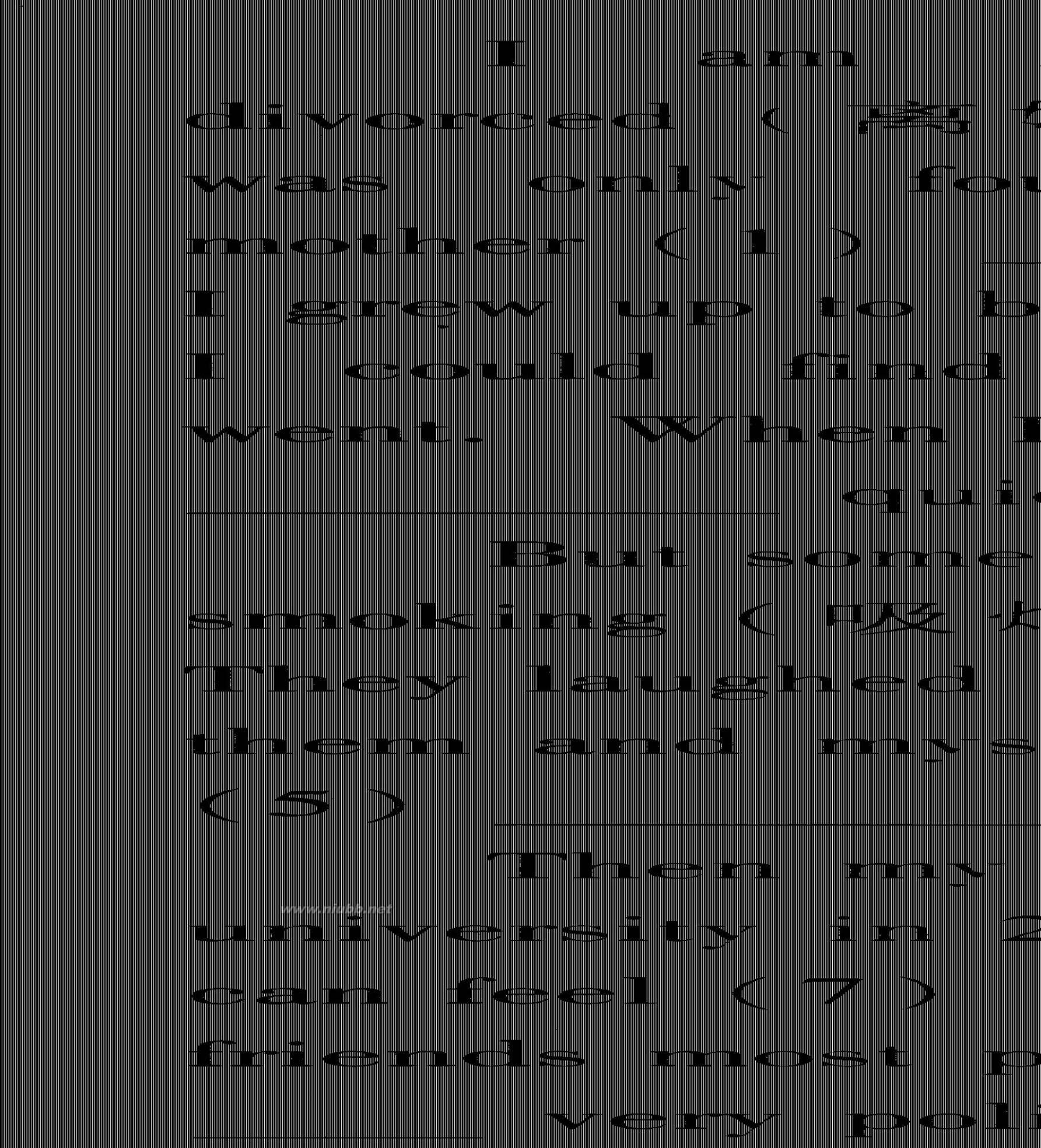

57
57
看图填词 看图填词100篇
看图填空
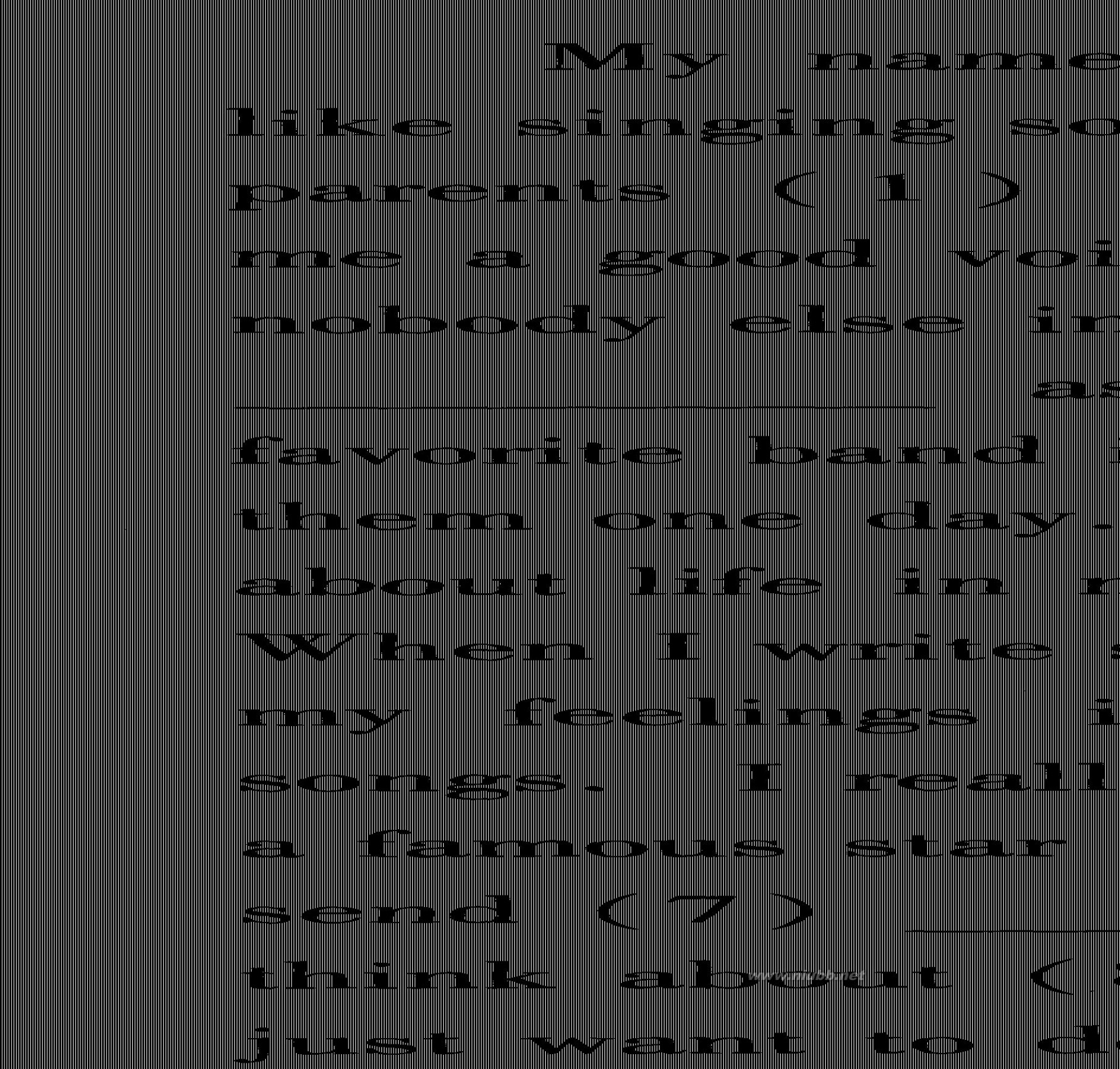
58

58
看图填词 看图填词100篇
看图填空
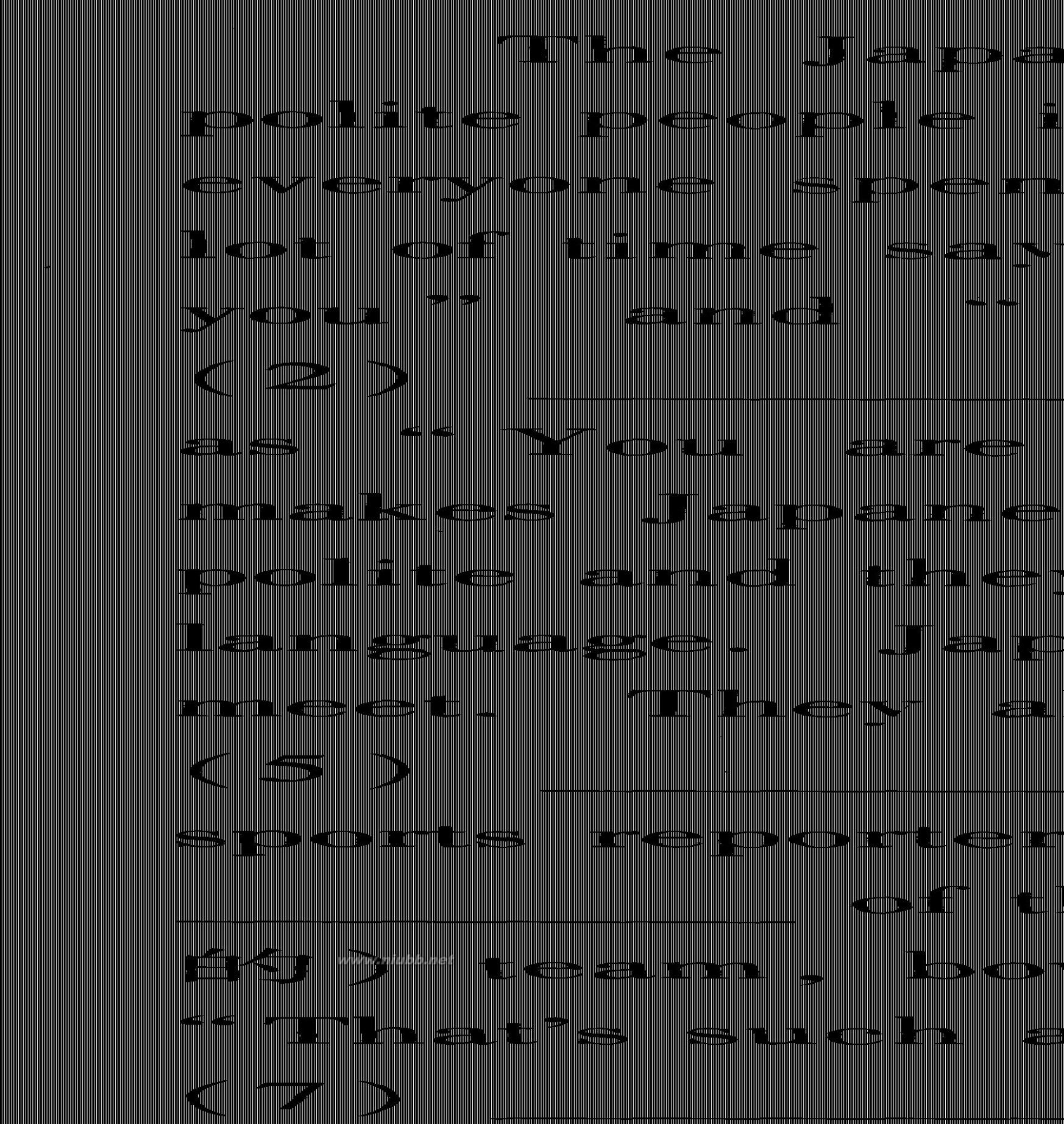

59
59
看图填词 看图填词100篇
看图填空
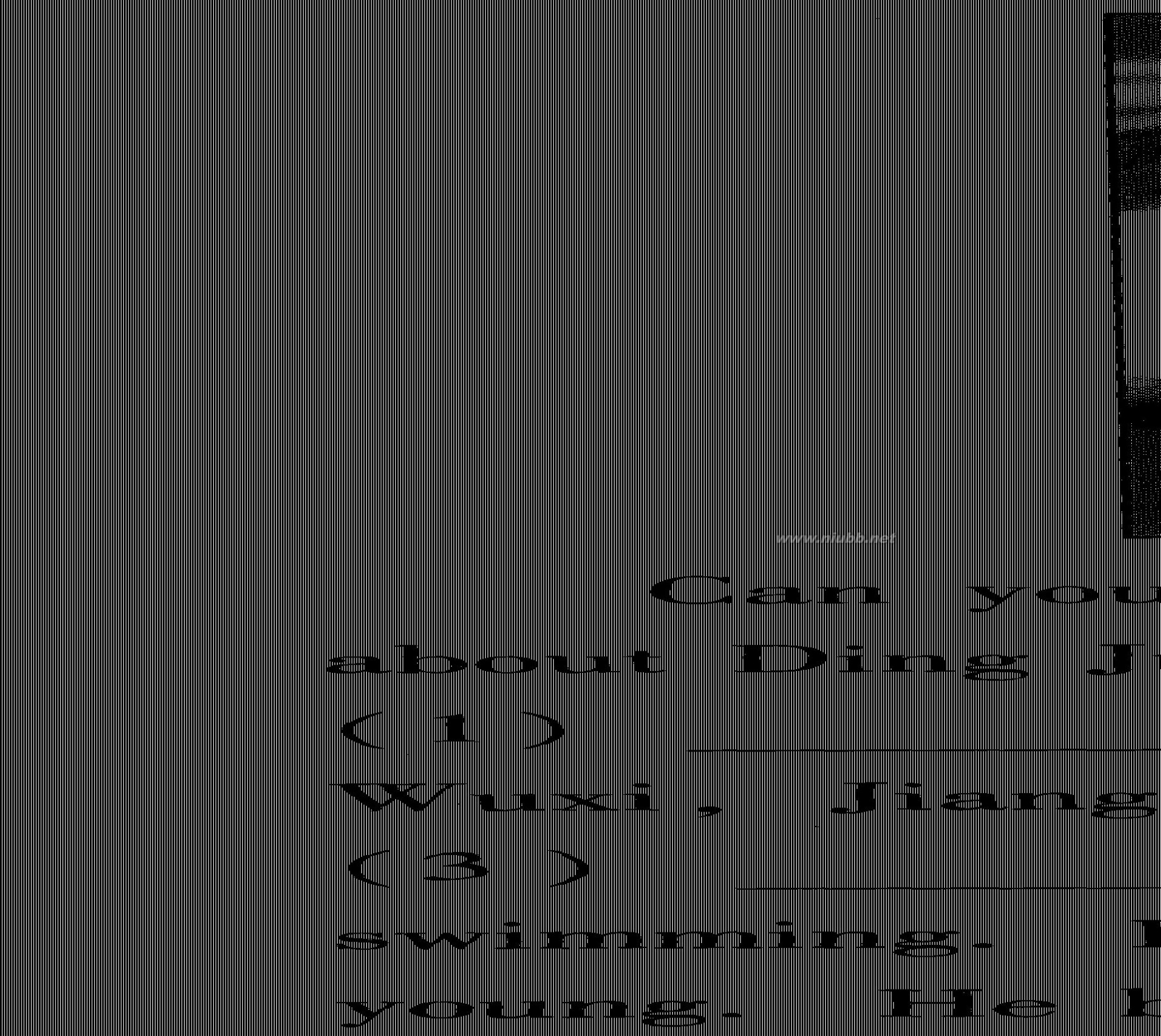
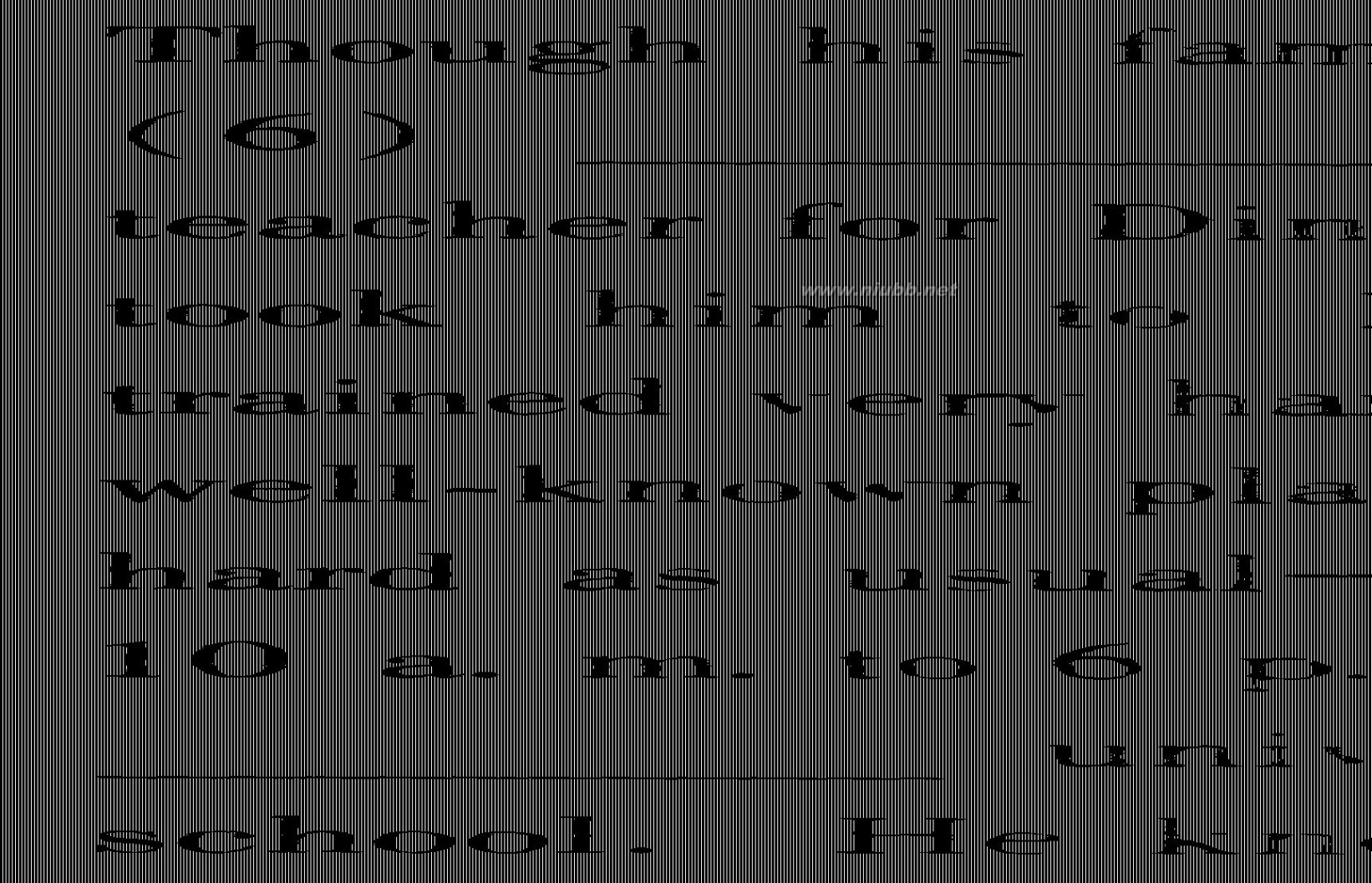
60
60
看图填词 看图填词100篇
看图填空
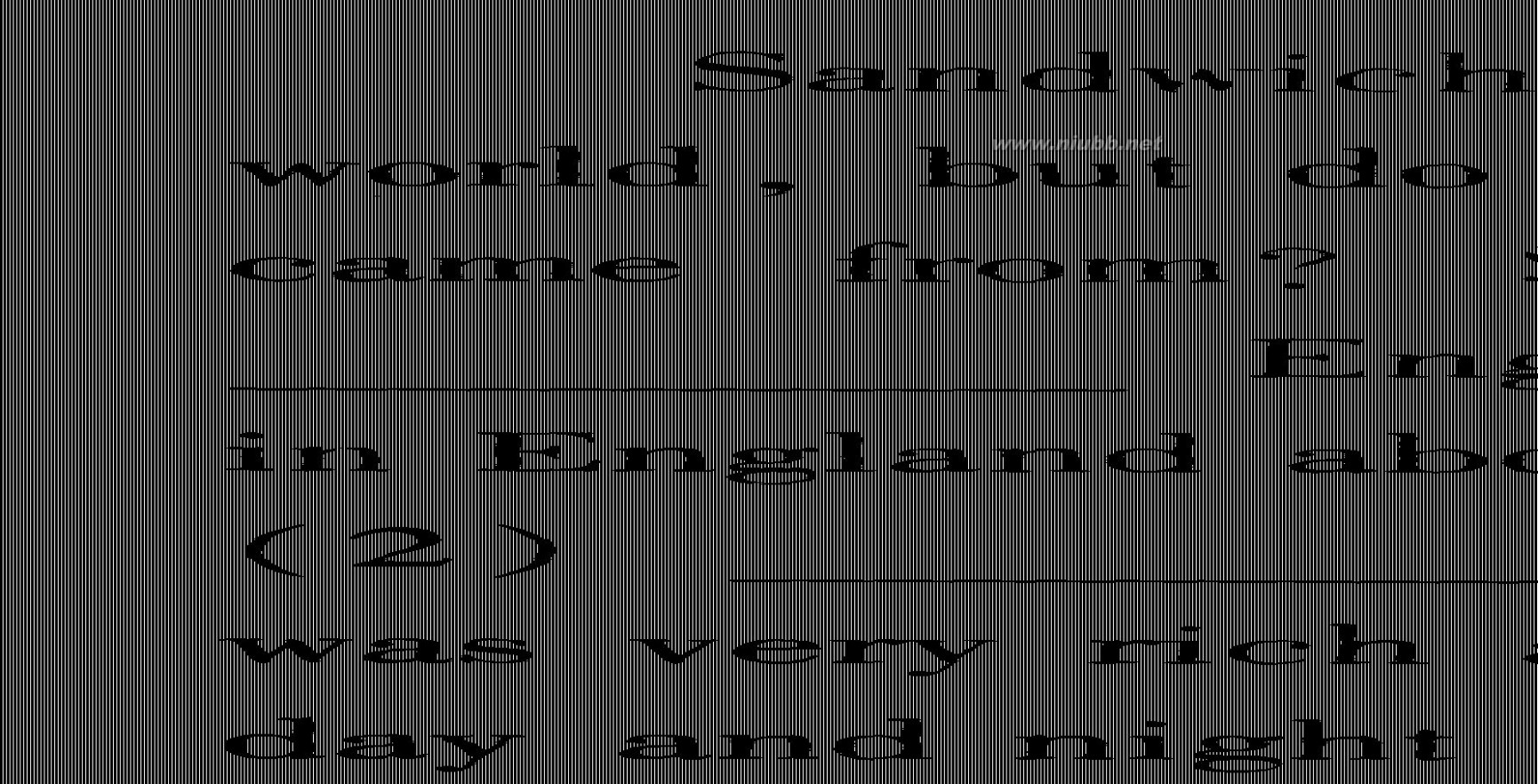
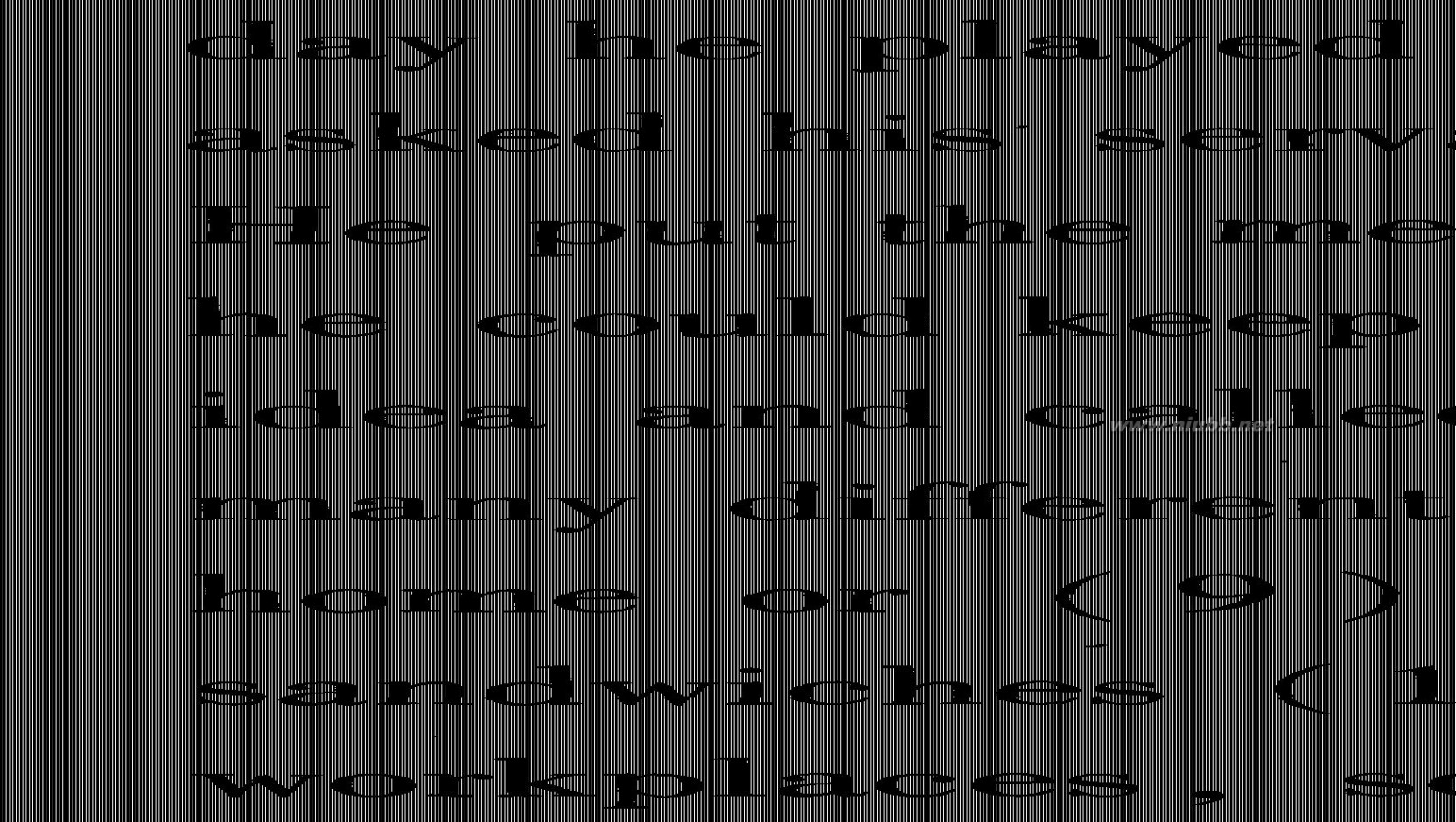
61
61
看图填词 看图填词100篇
看图填空
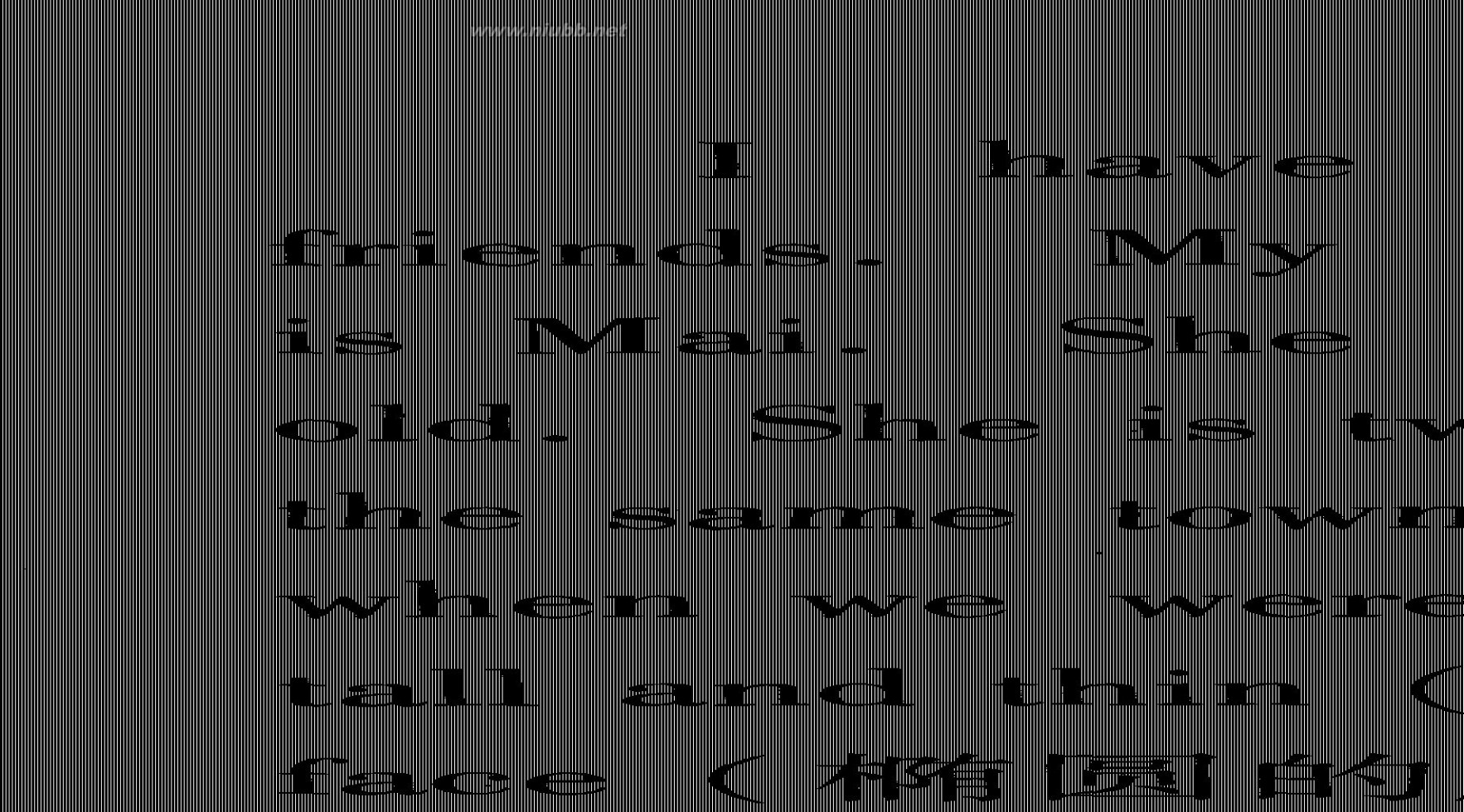

62
62
看图填词 看图填词100篇
看图填空
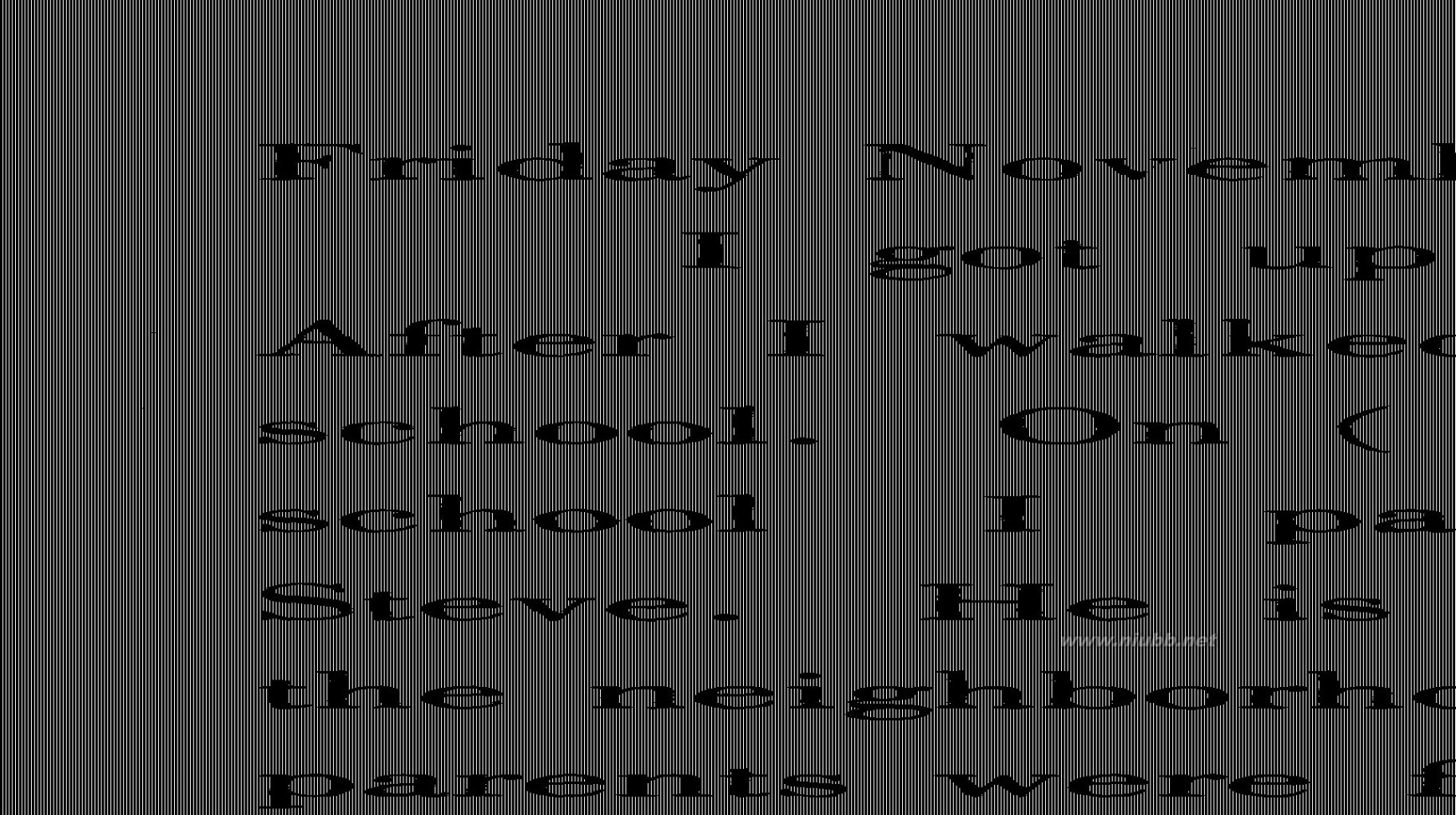
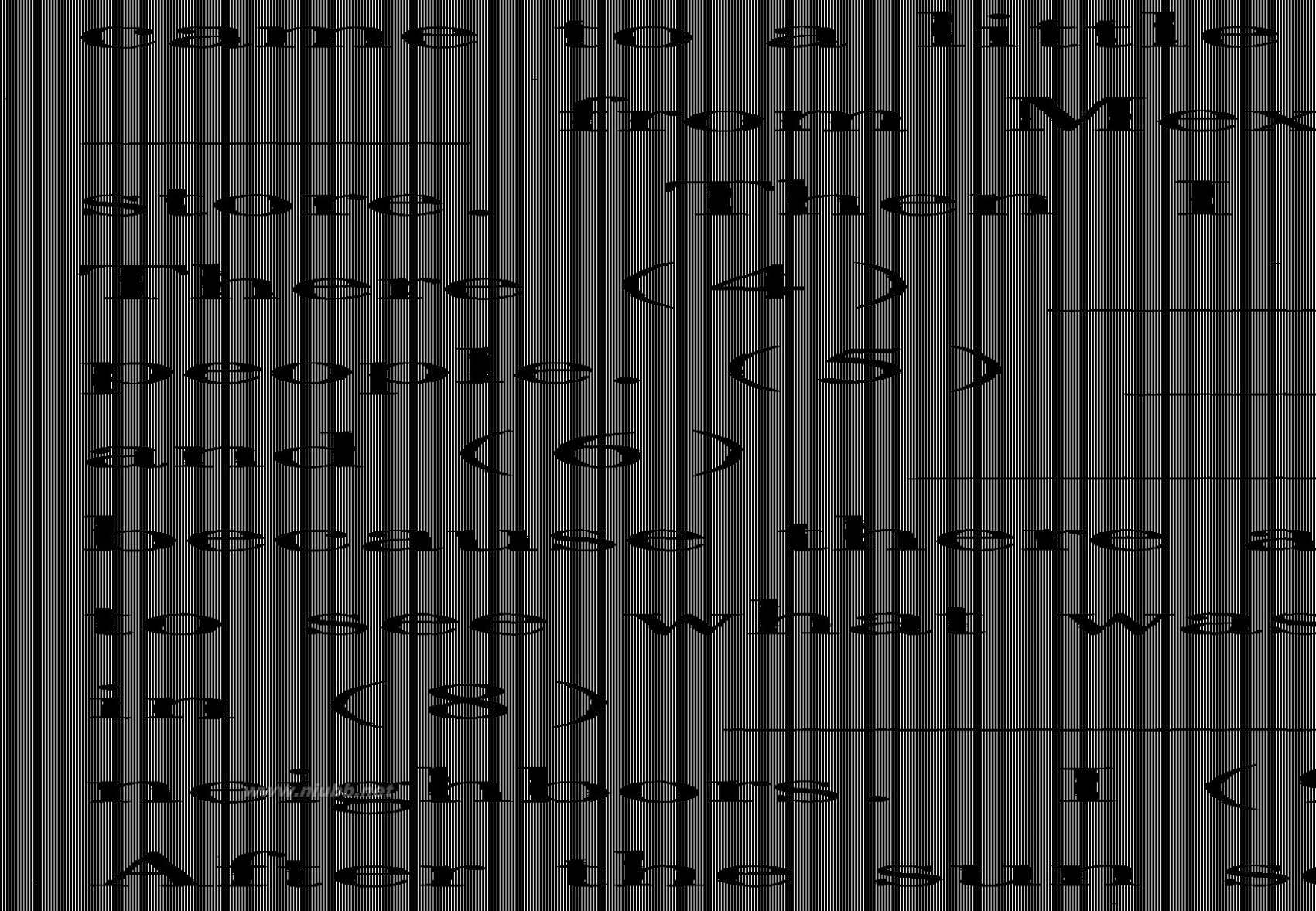
63
63
看图填词 看图填词100篇
看图填空
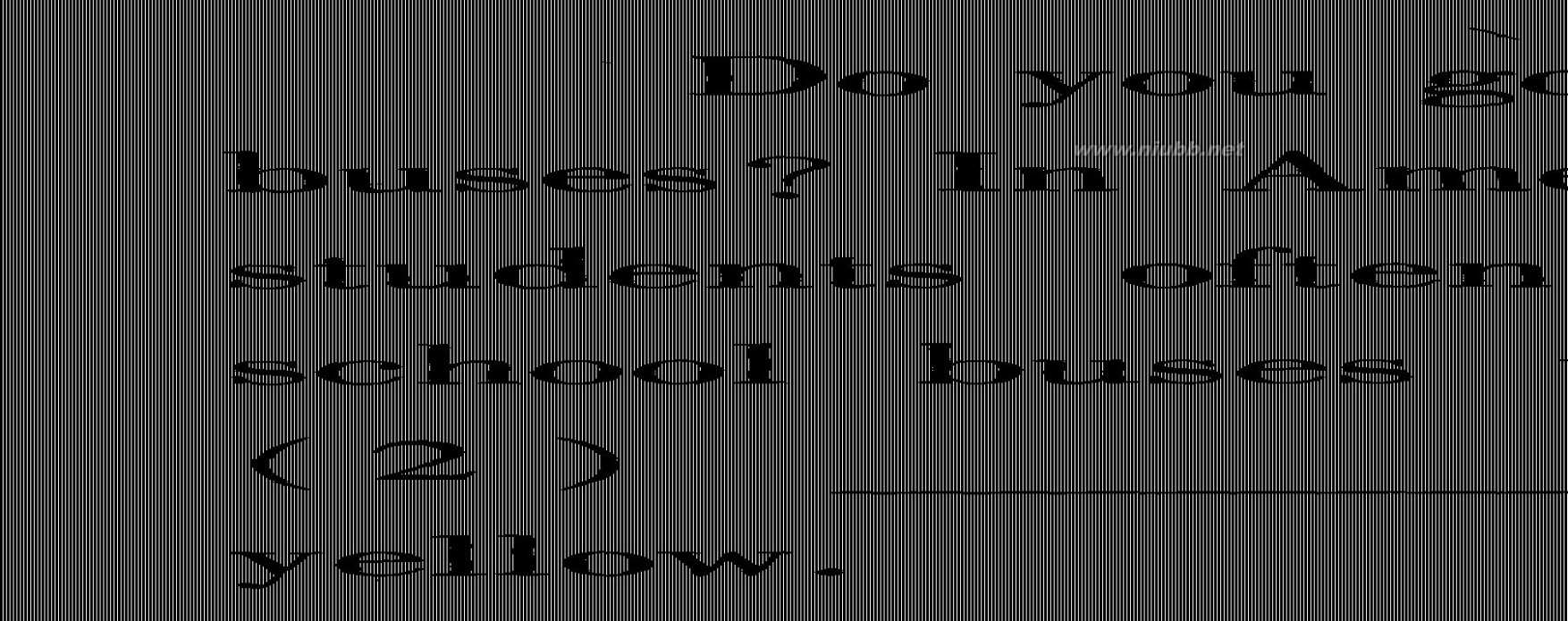
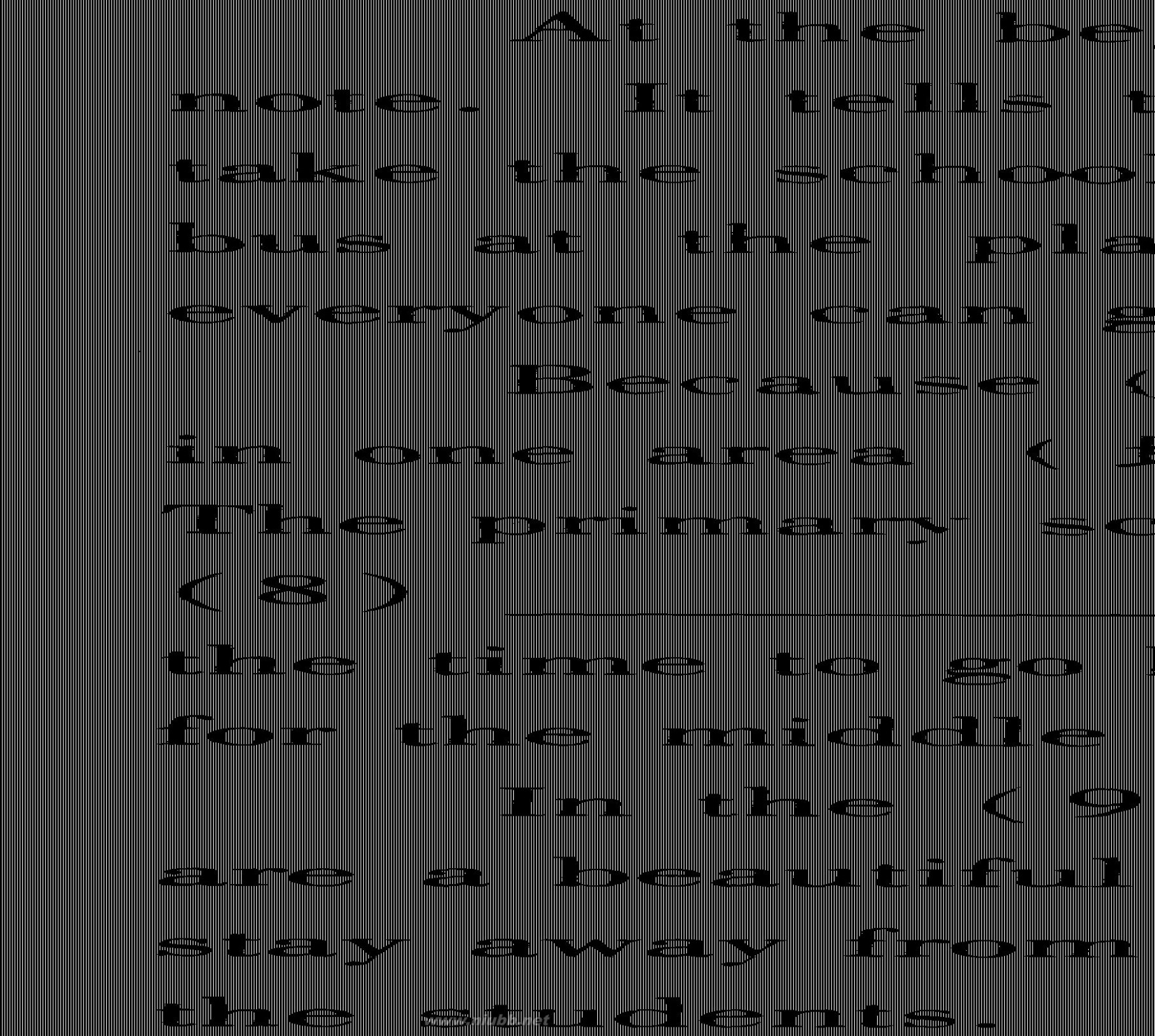
64
64
看图填词 看图填词100篇
看图填空
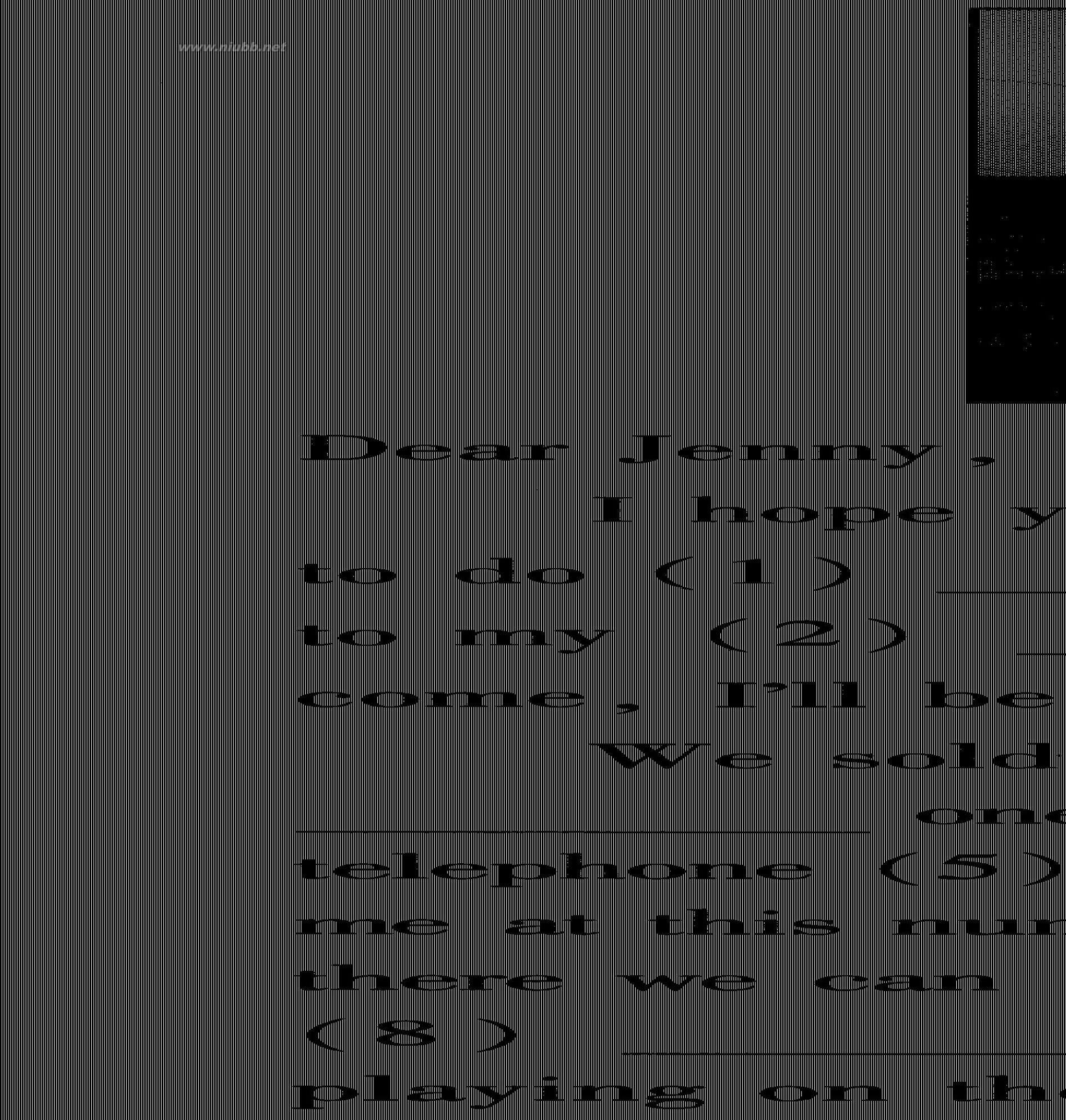

65
65
看图填词 看图填词100篇
看图填空
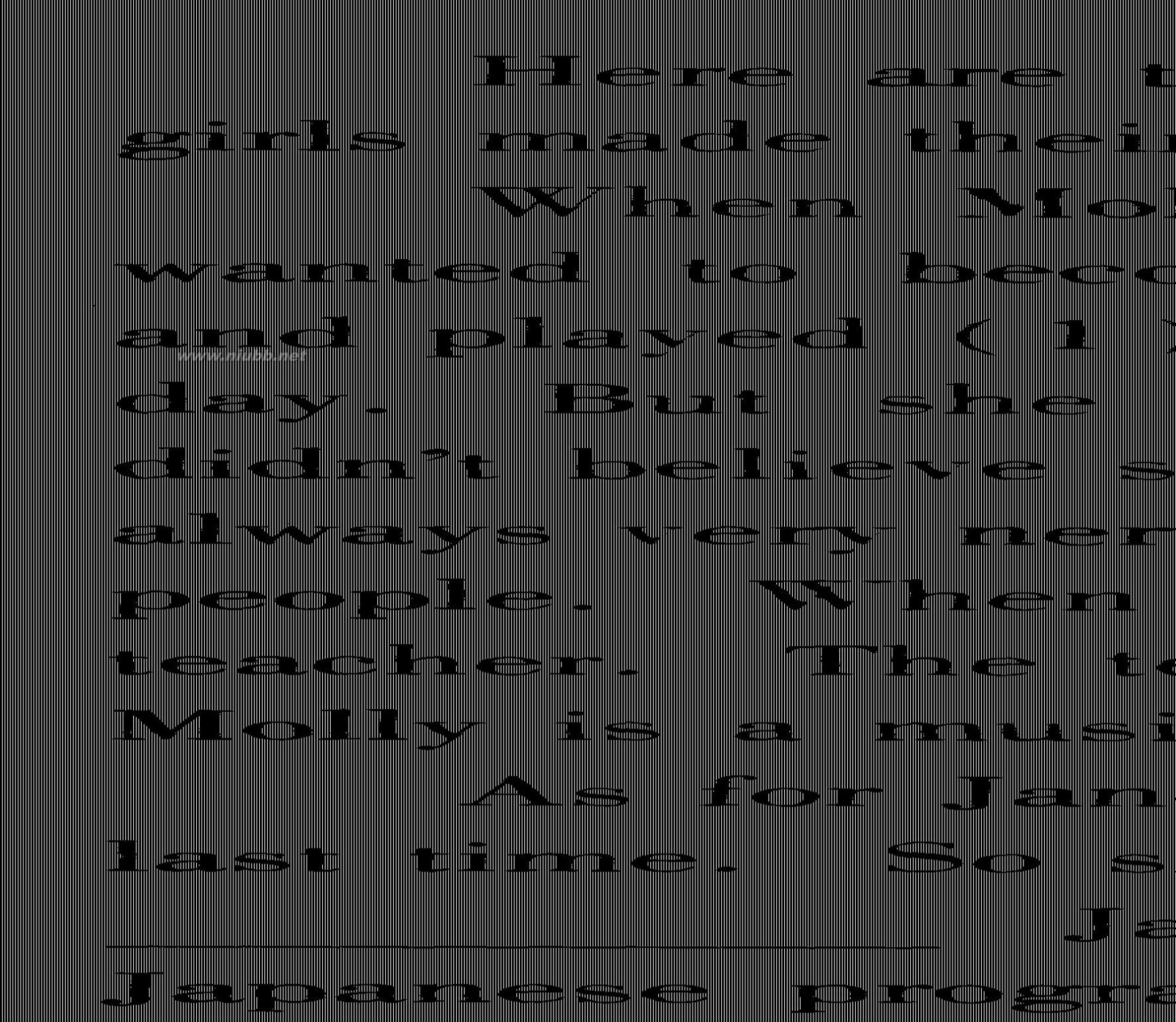

66
66
看图填词 看图填词100篇
看图填空
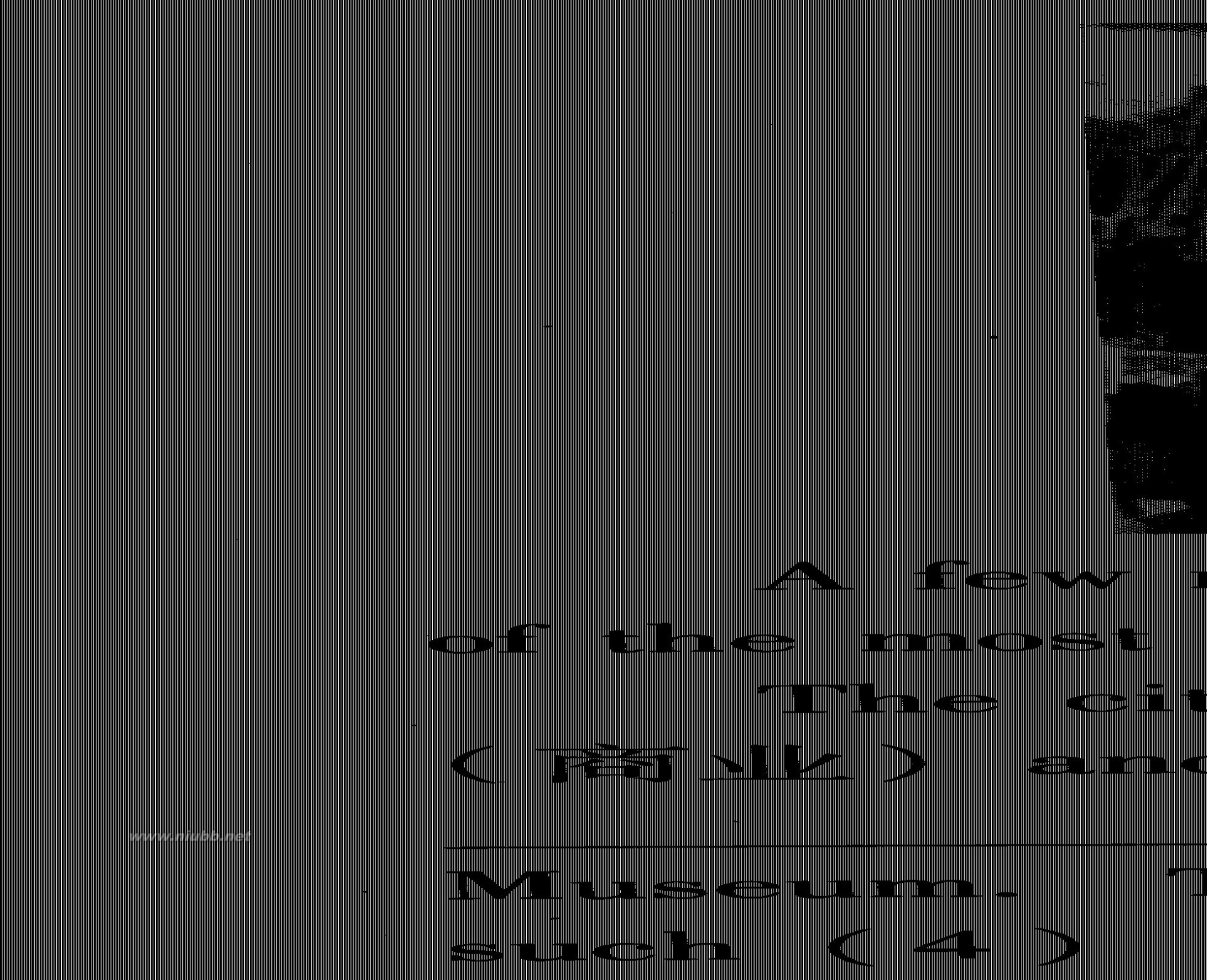
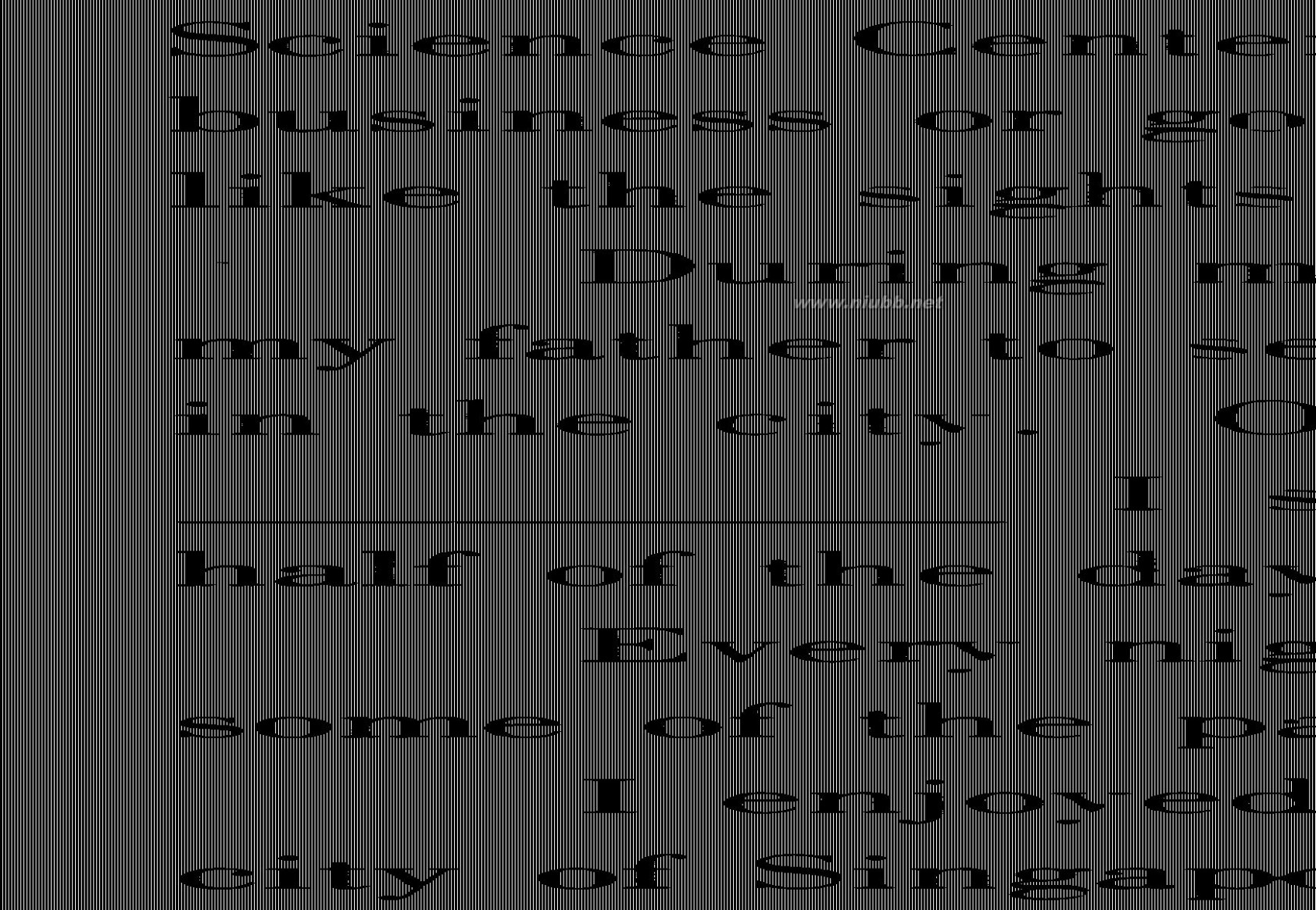
67
67
看图填词 看图填词100篇
看图填空
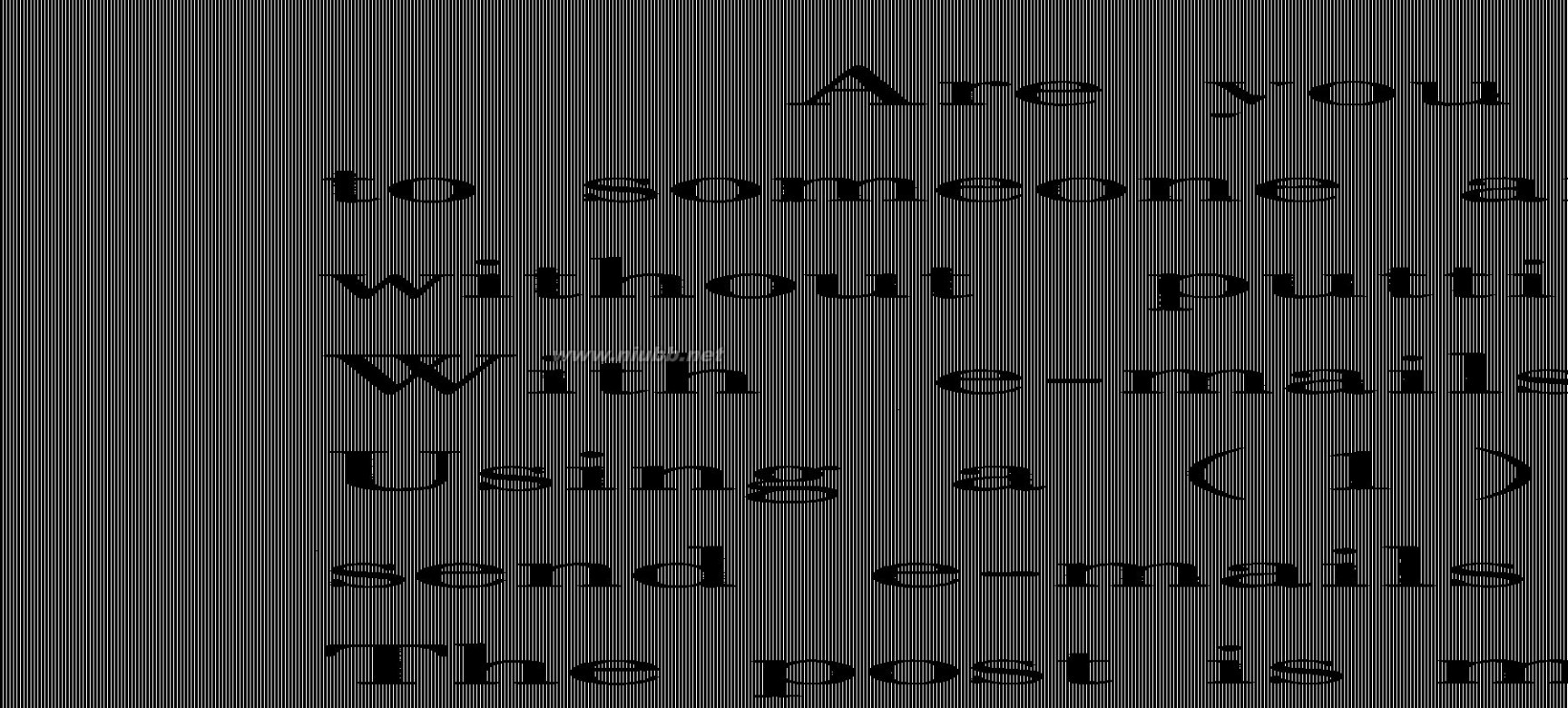
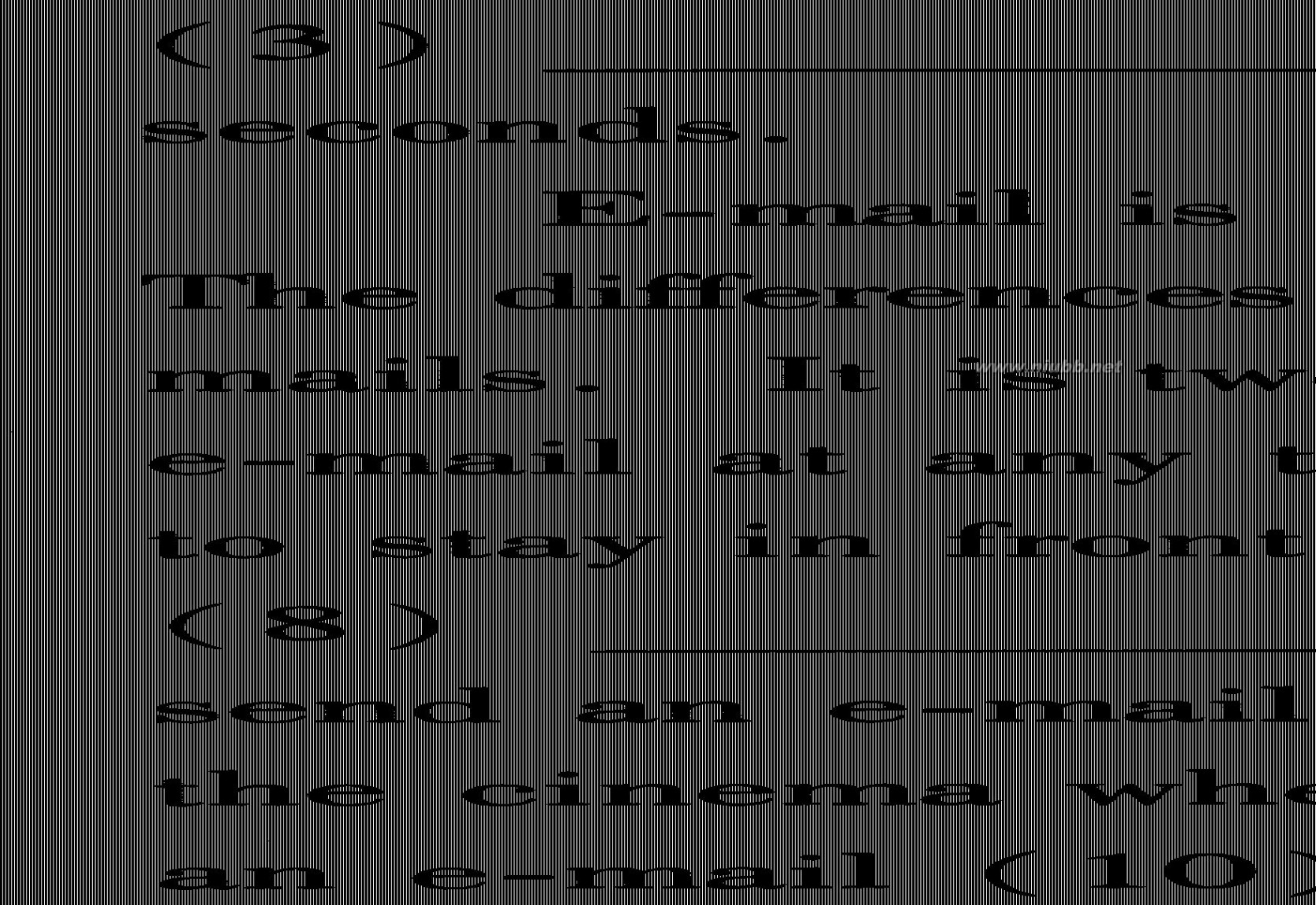
68
68
看图填词 看图填词100篇
看图填空

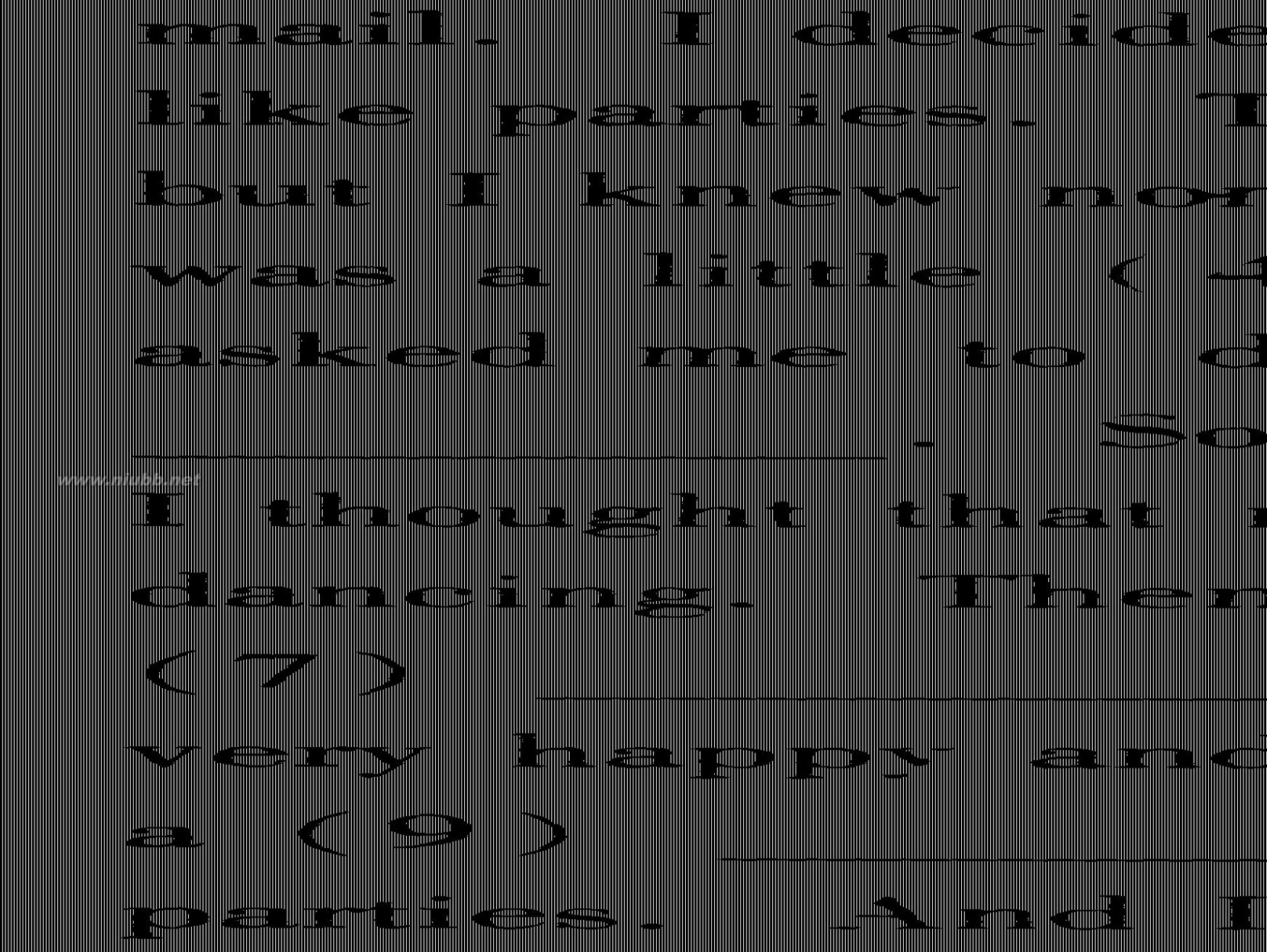
69
69
看图填词 看图填词100篇
看图填空

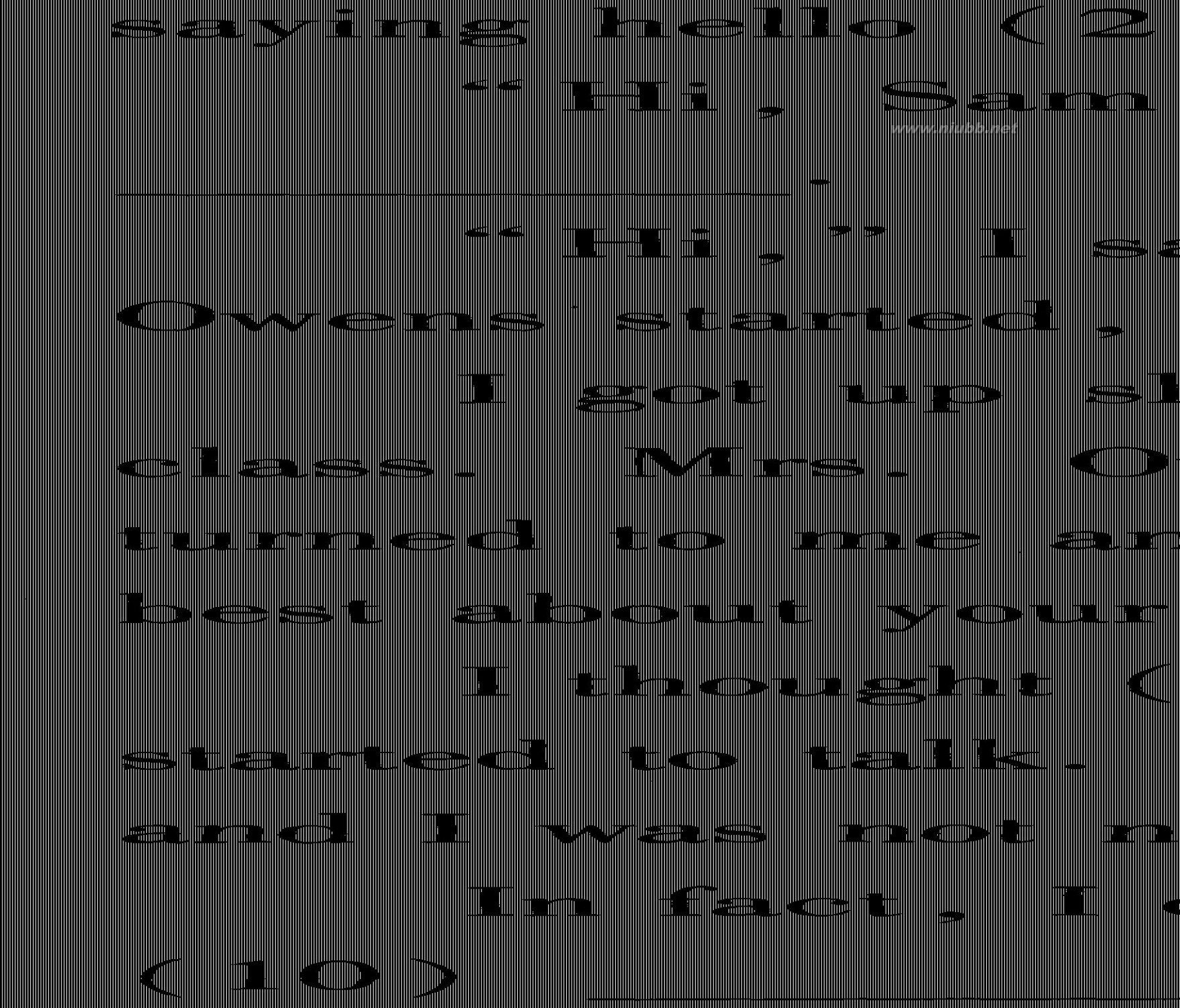
70
70
看图填词 看图填词100篇
看图填空

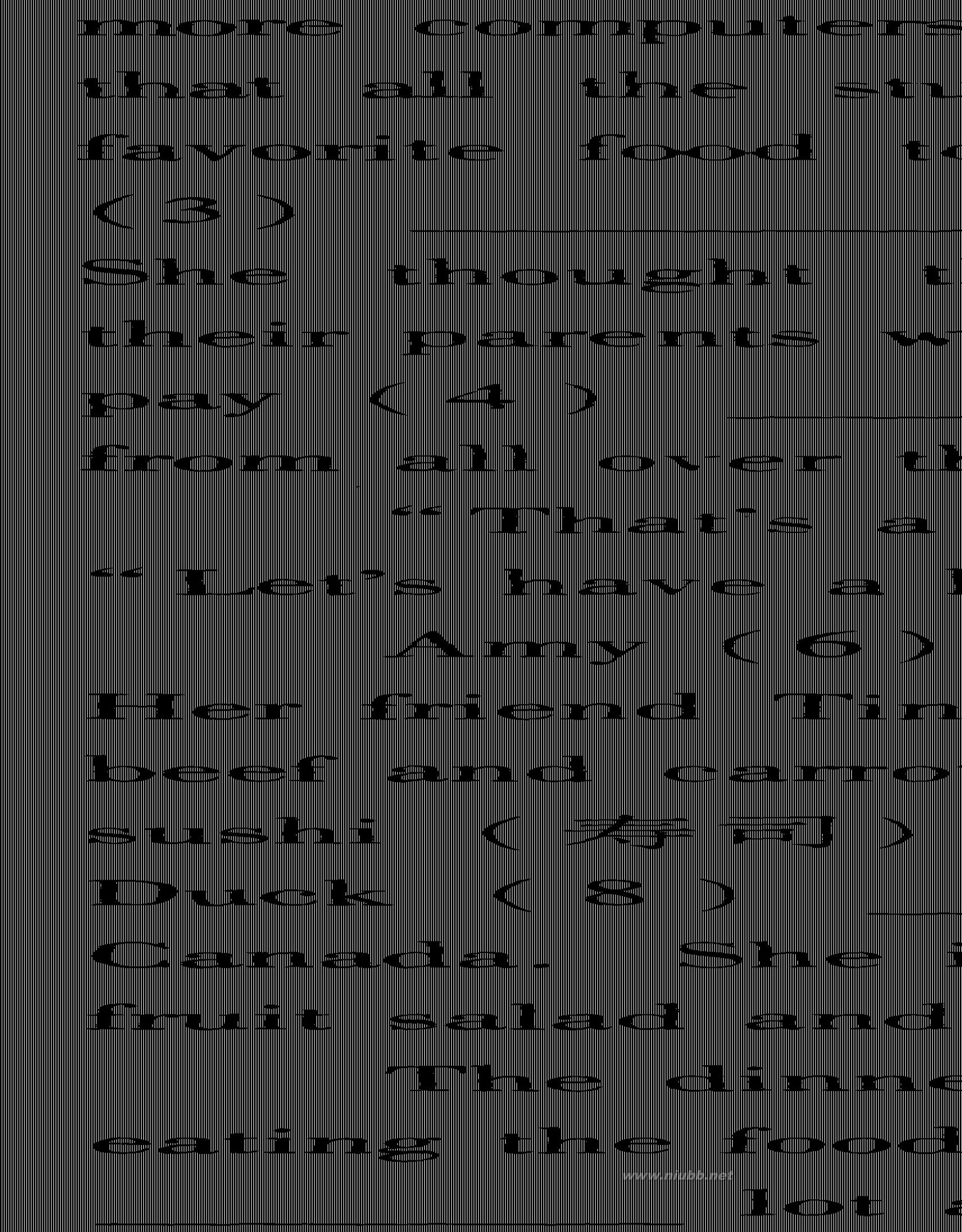
71
71
看图填词 看图填词100篇
看图填空
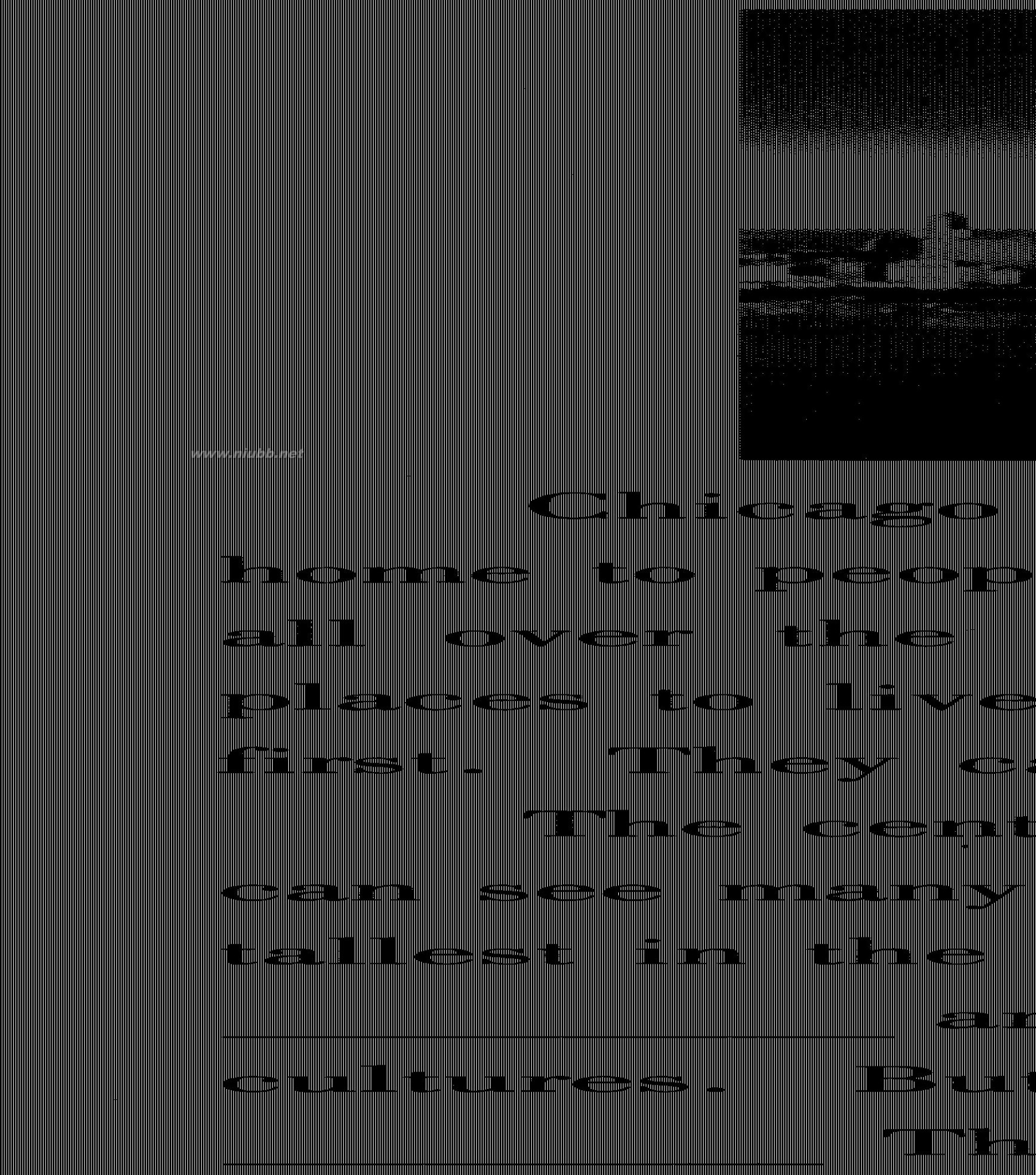

72 72
看图填词 看图填词100篇
看图填空

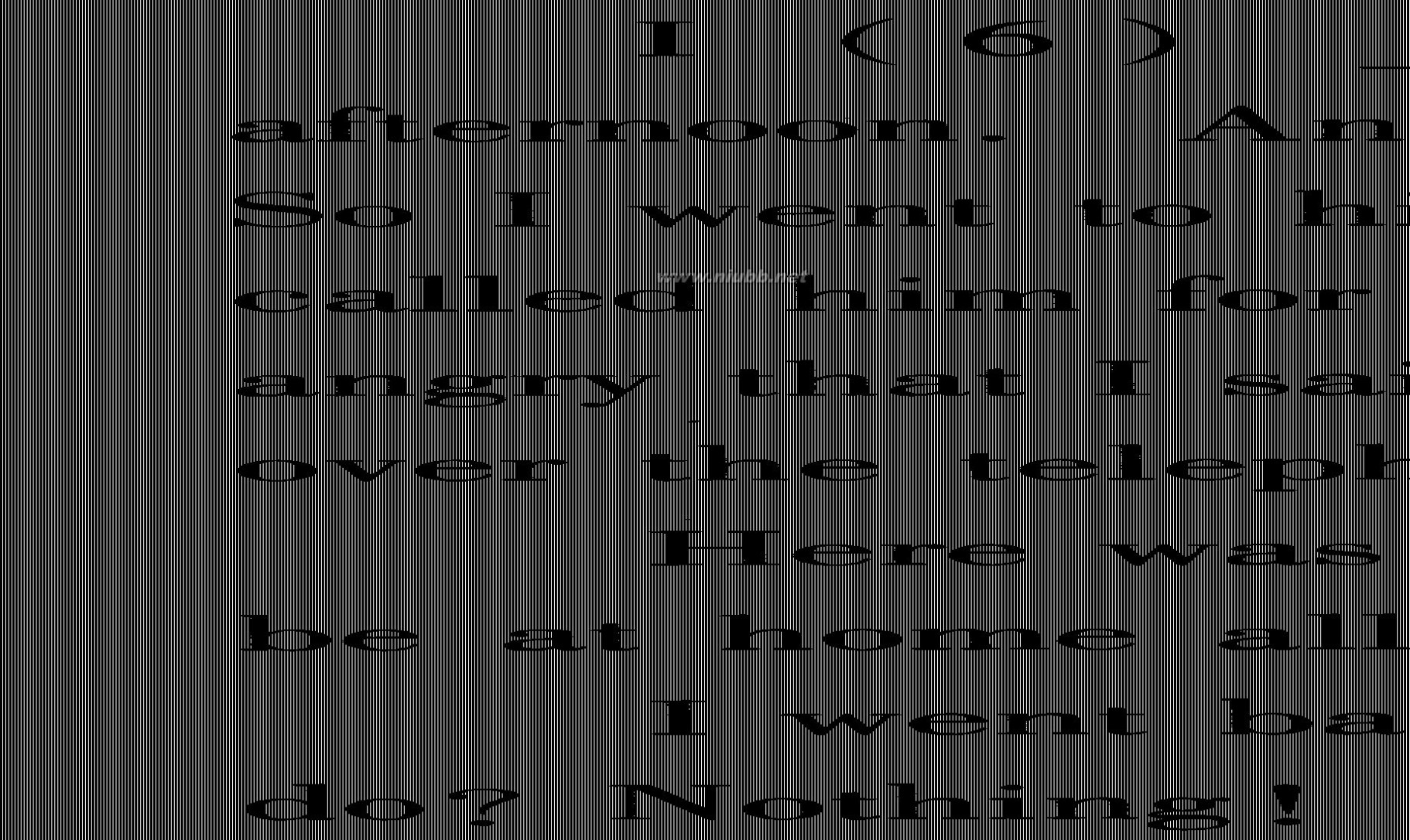
73
73
看图填词 看图填词100篇
看图填空
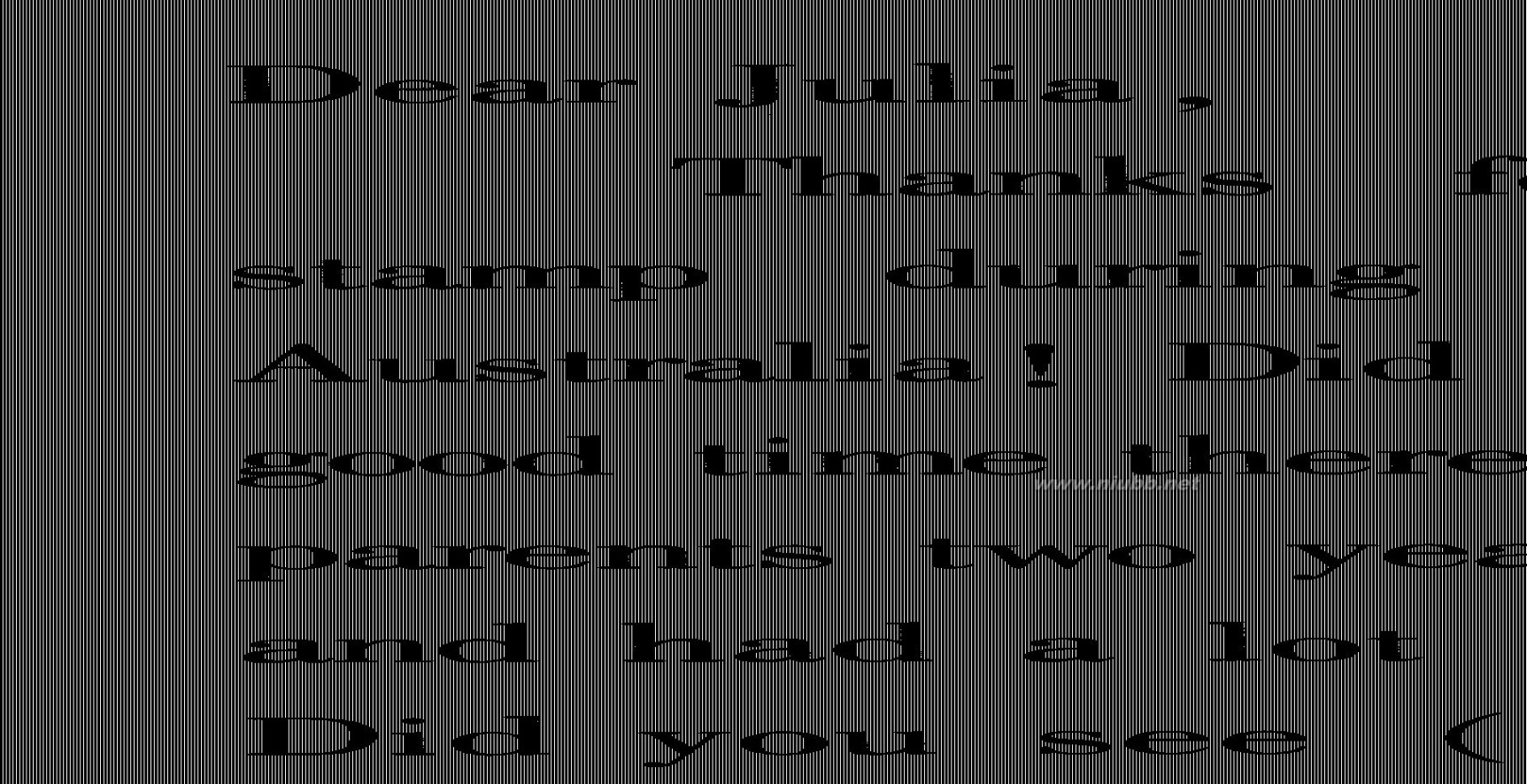

74
74
看图填词 看图填词100篇
看图填空
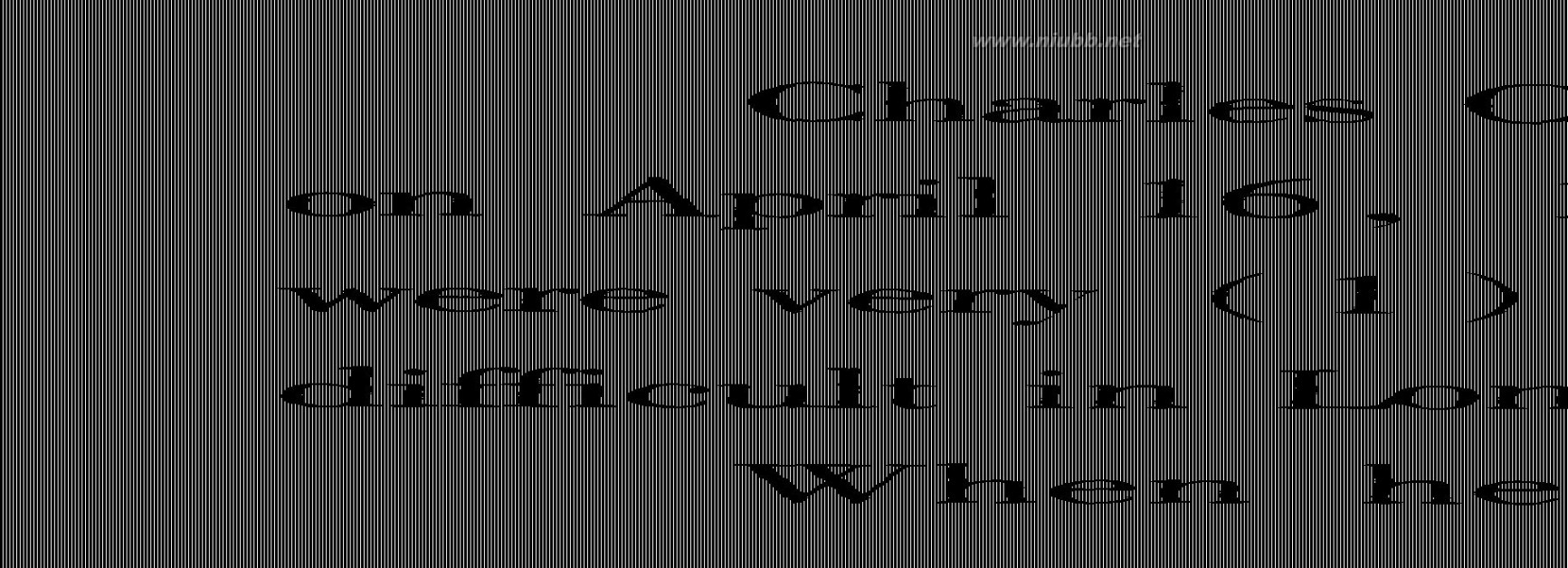

75
75
看图填词 看图填词100篇
看图填空
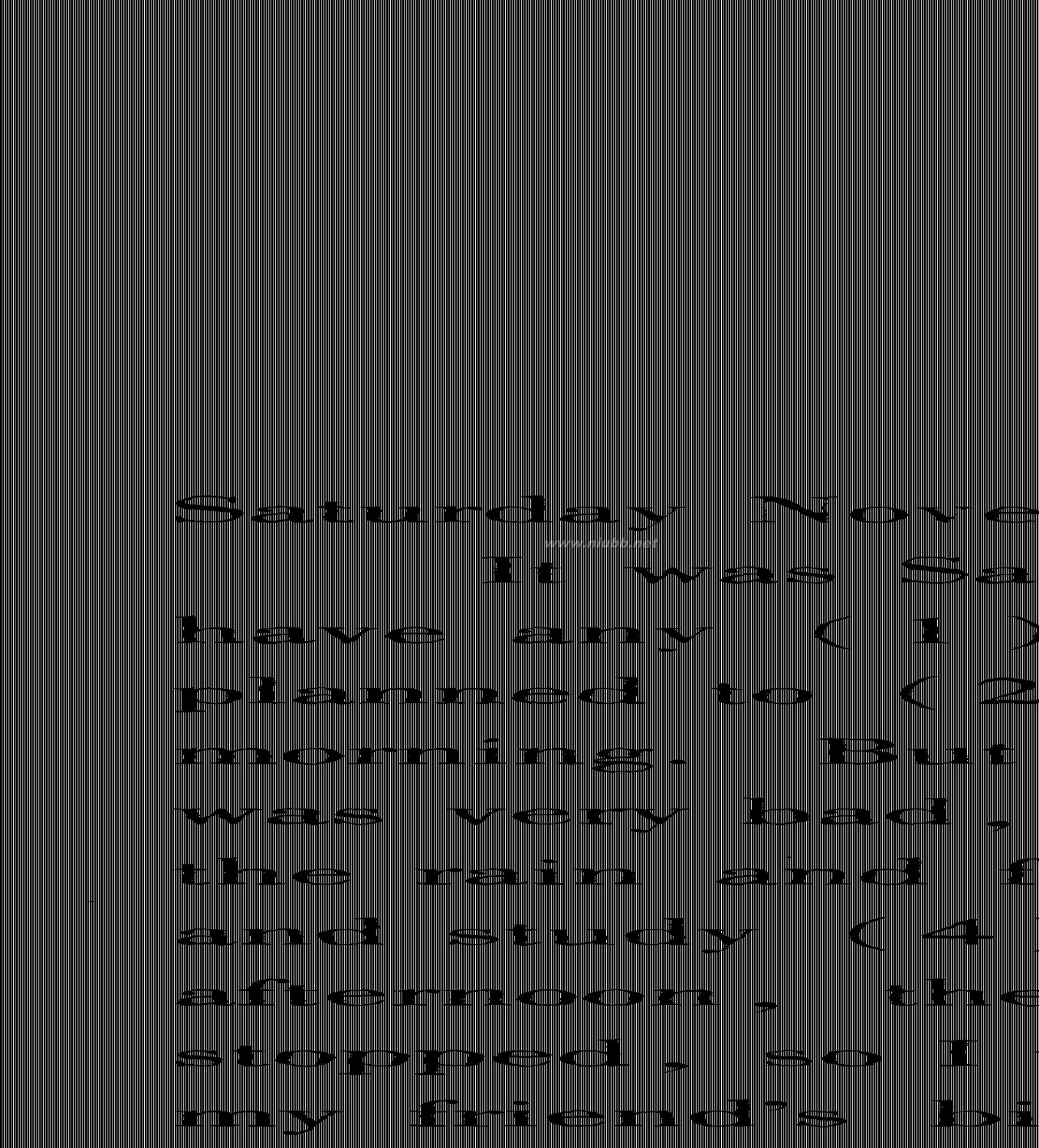
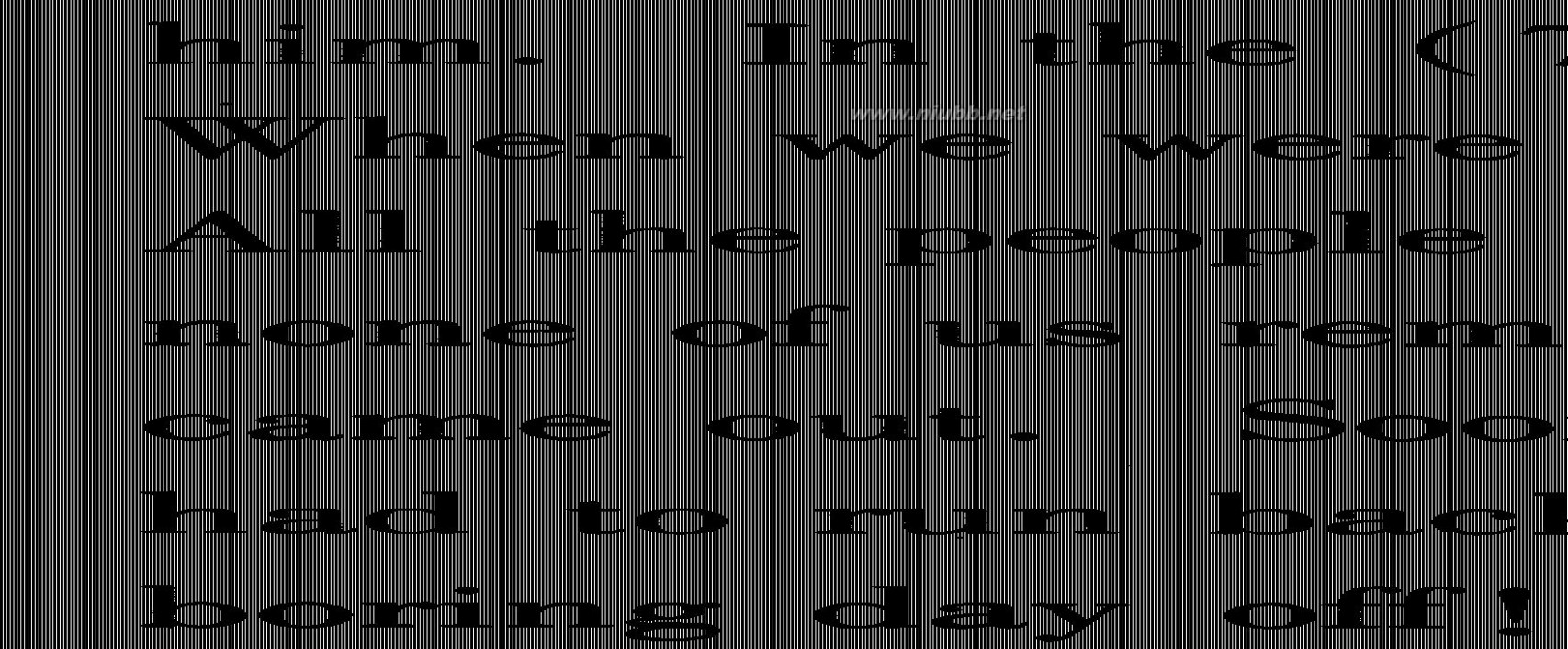
76
76
看图填词 看图填词100篇
看图填空


77
77
看图填词 看图填词100篇
看图填空
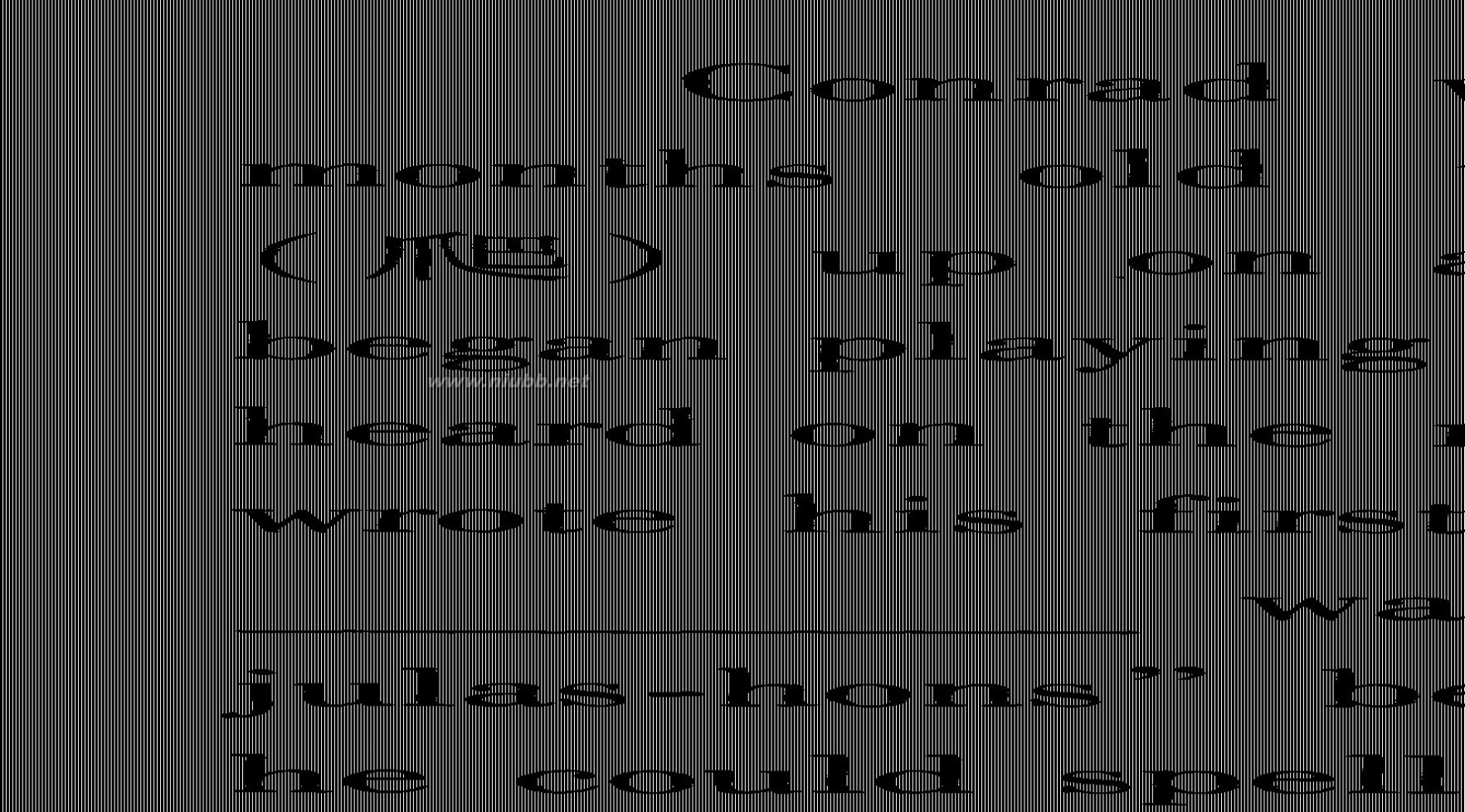
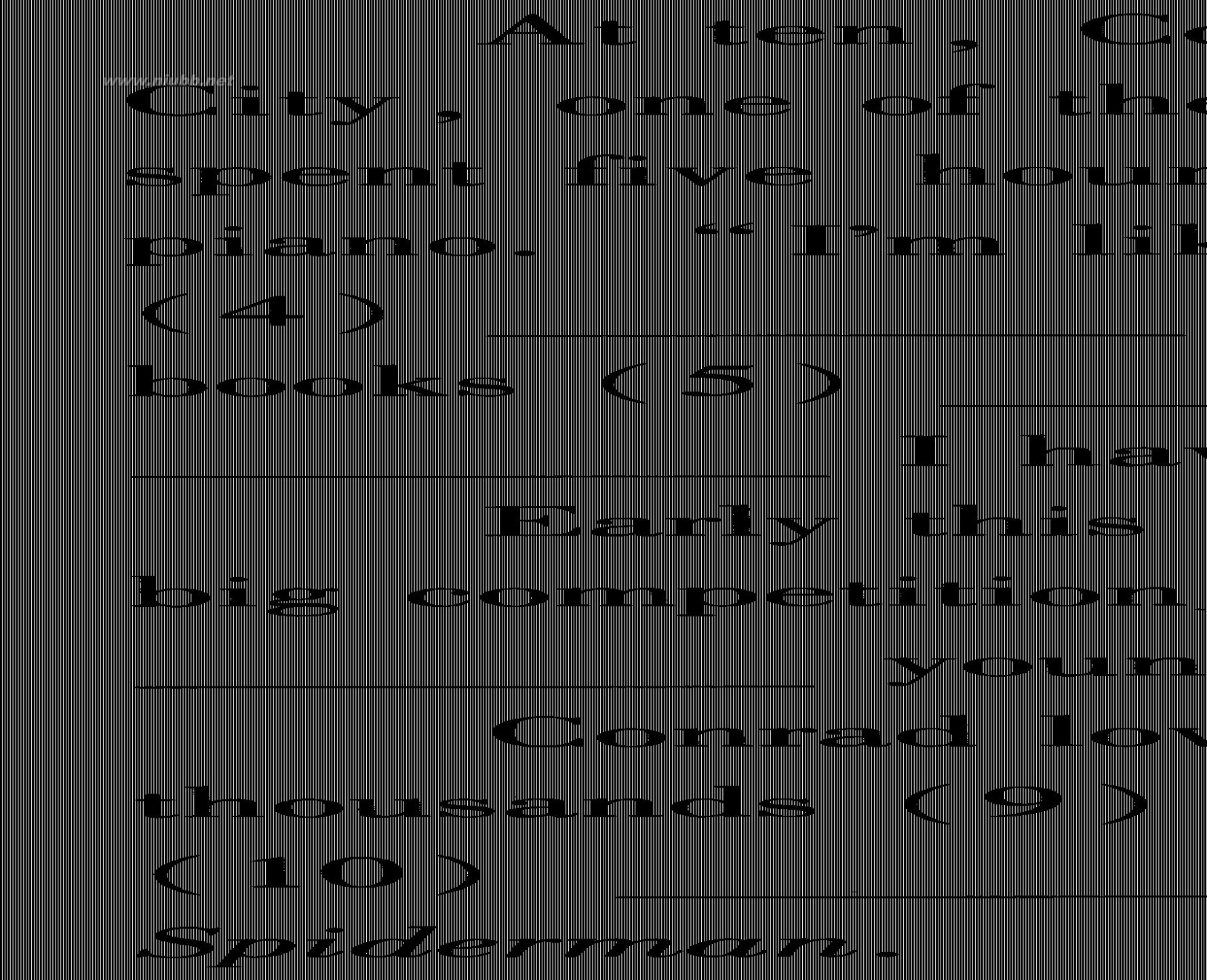
78
78
看图填词 看图填词100篇
看图填空
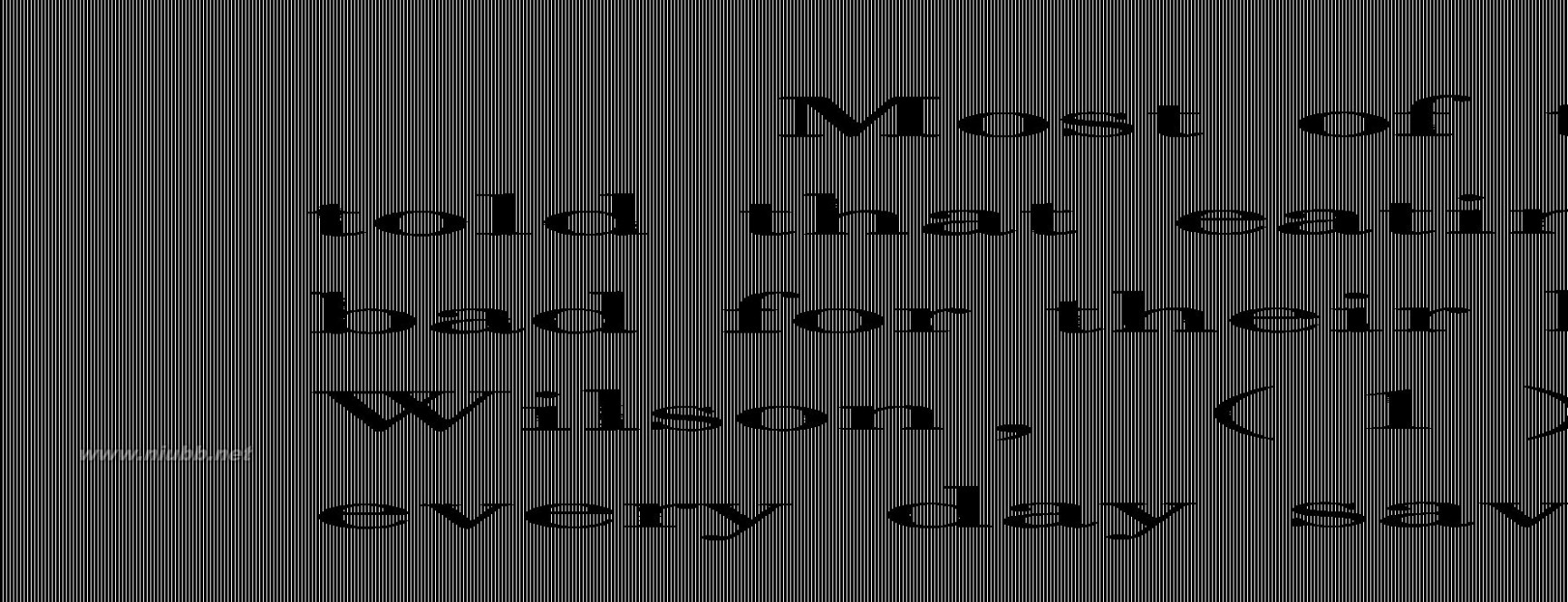
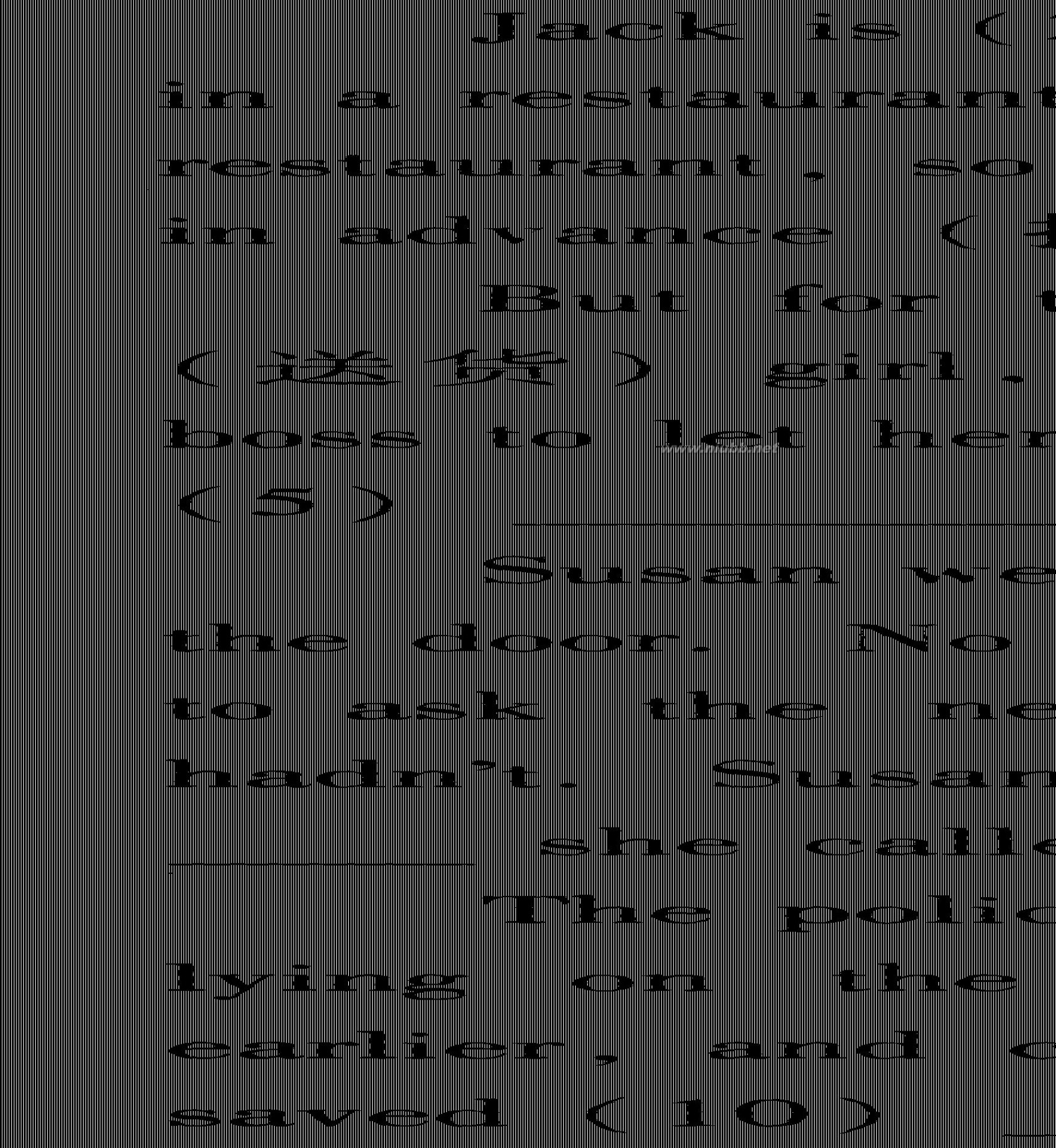
79
79
看图填词 看图填词100篇
看图填空

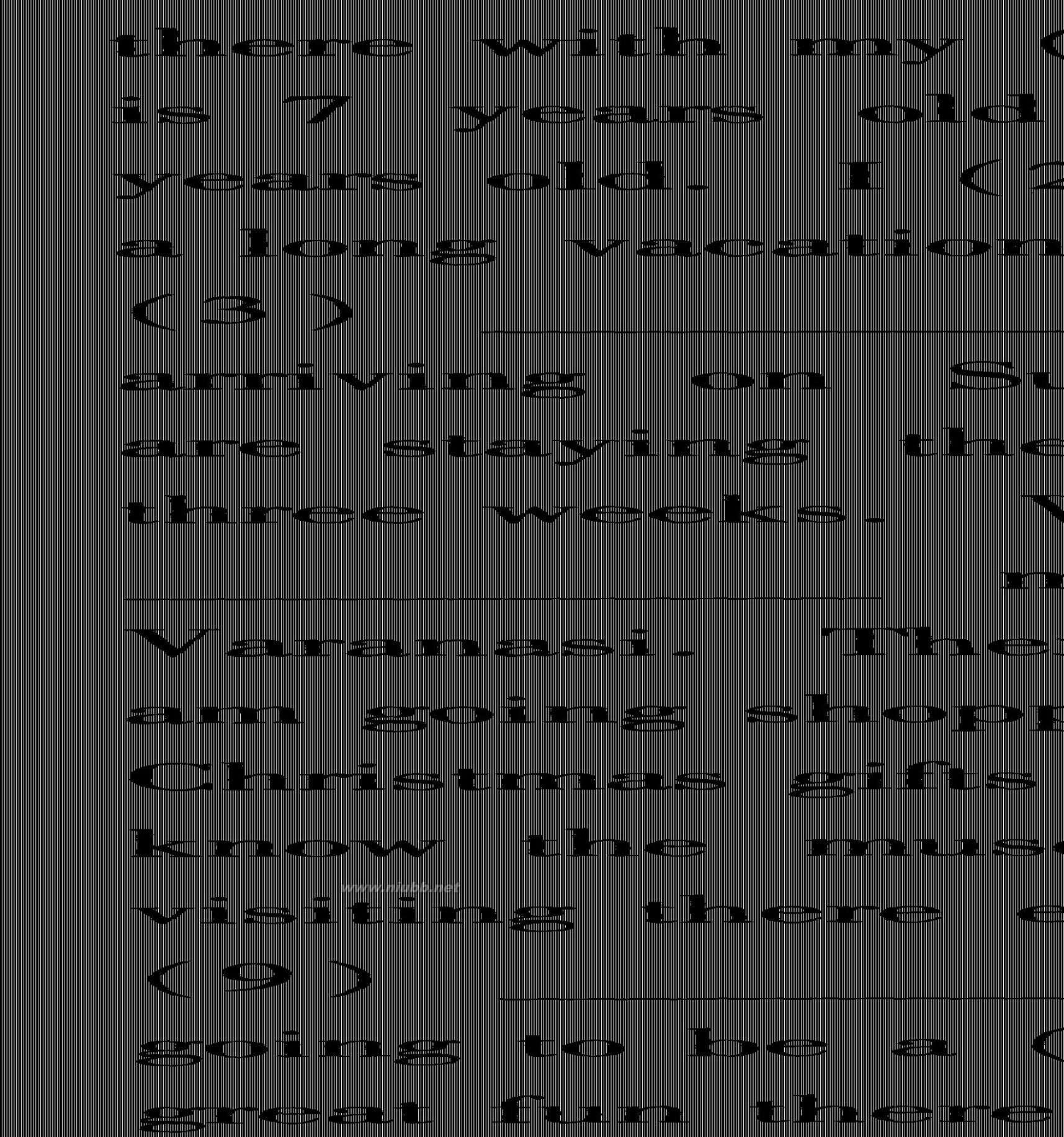
80
80
看图填词 看图填词100篇
看图填空

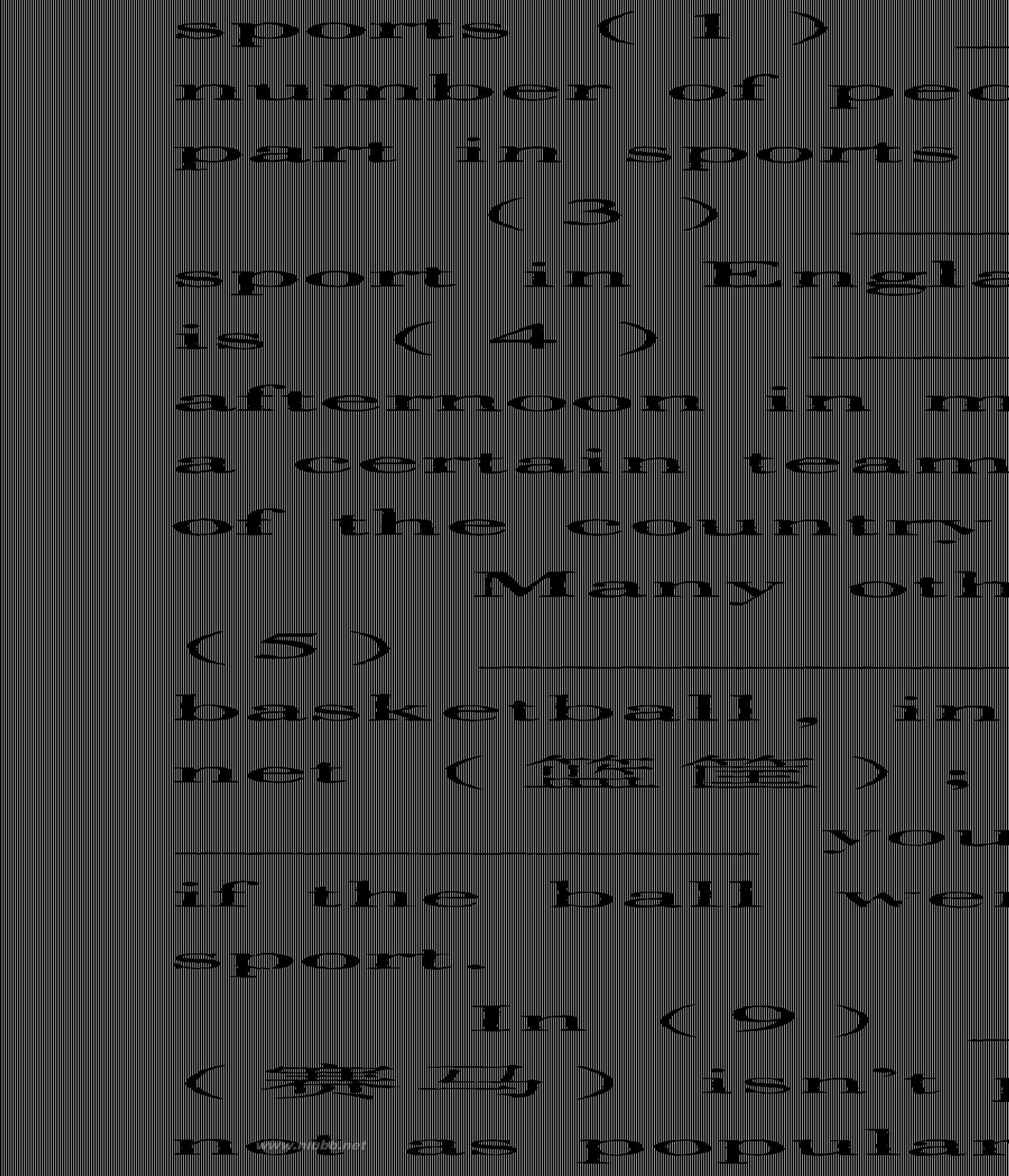
81
81
看图填词 看图填词100篇
看图填空
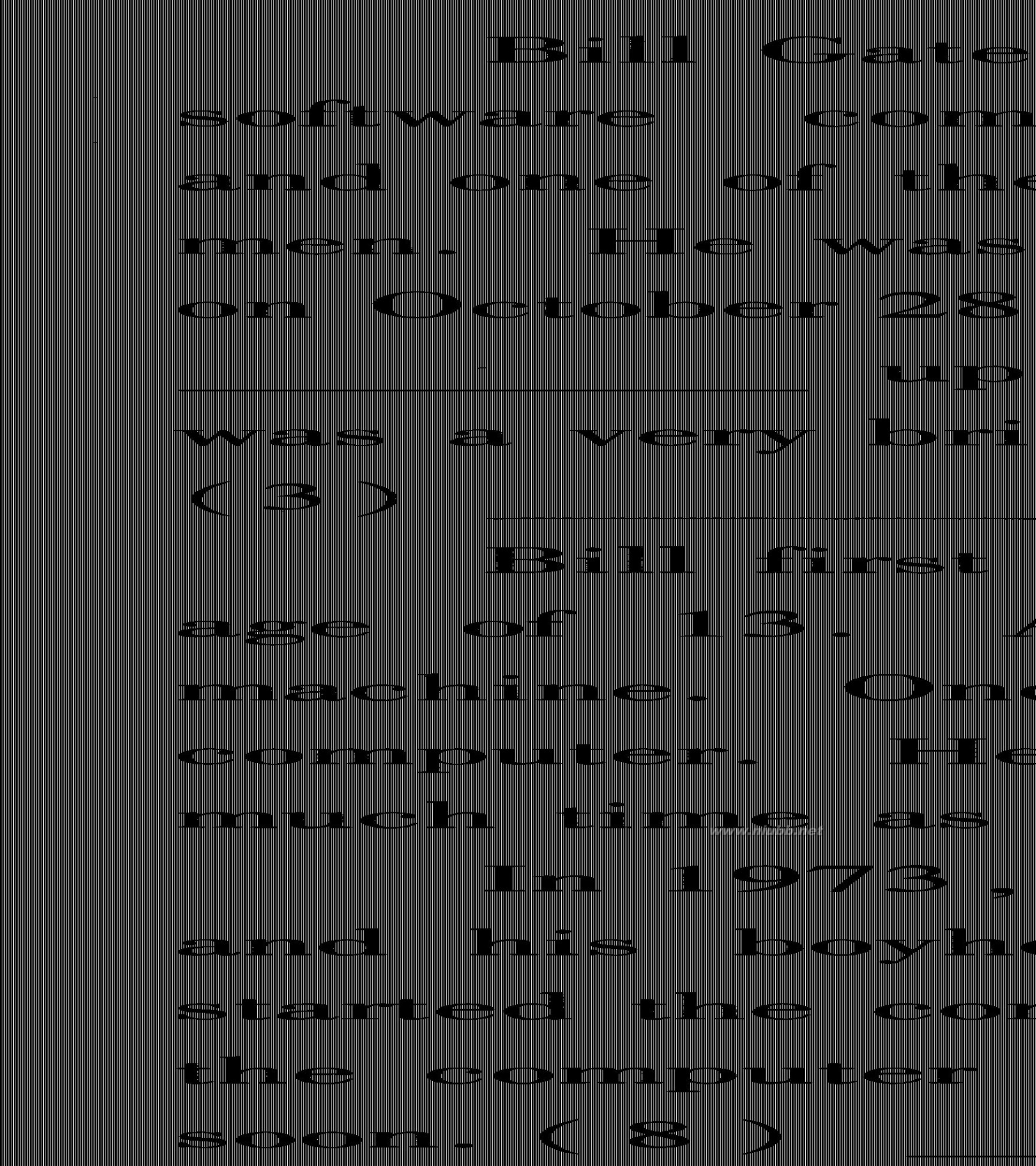

82
82
看图填词 看图填词100篇
看图填空
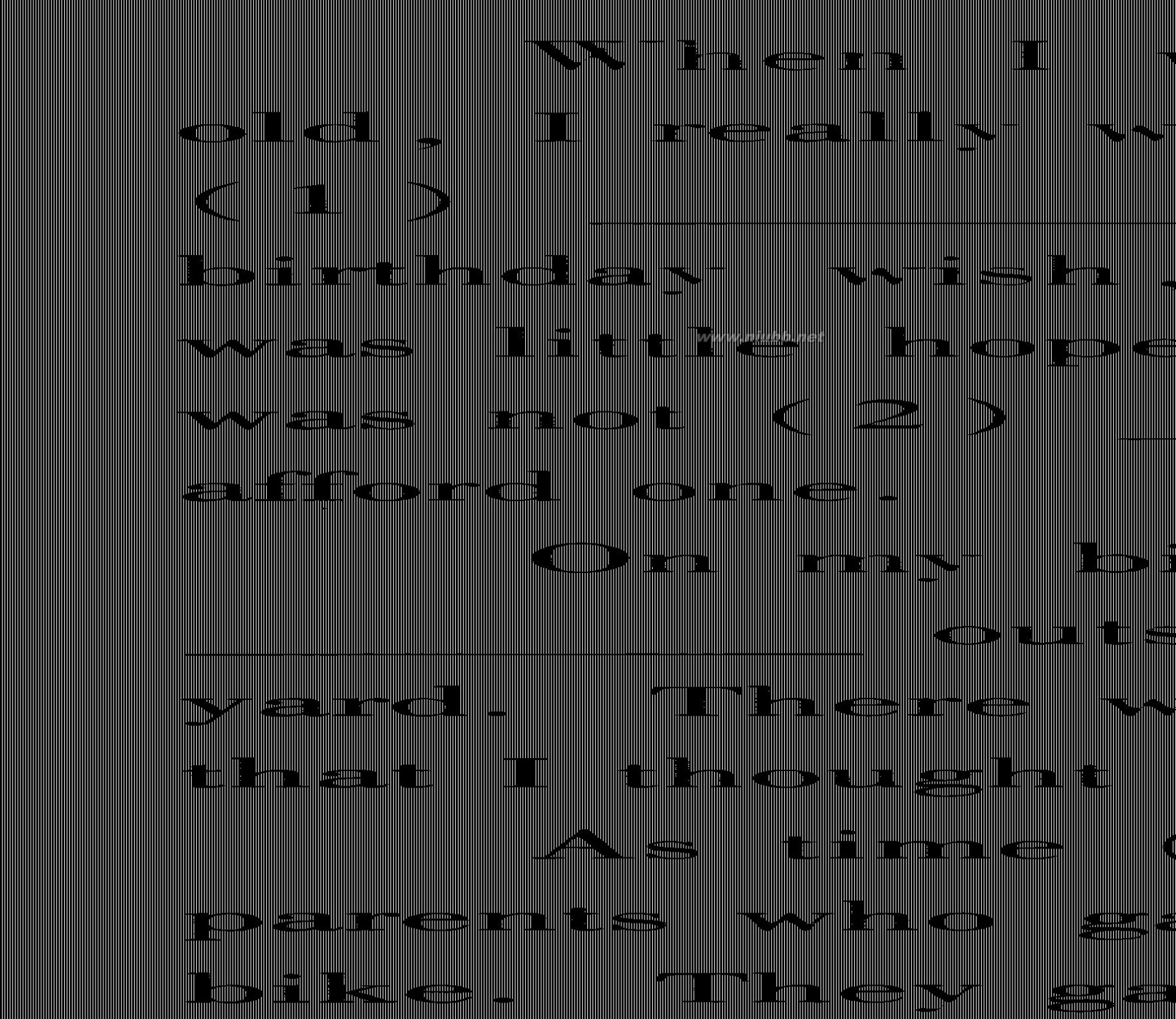

83
83
看图填词 看图填词100篇
看图填空
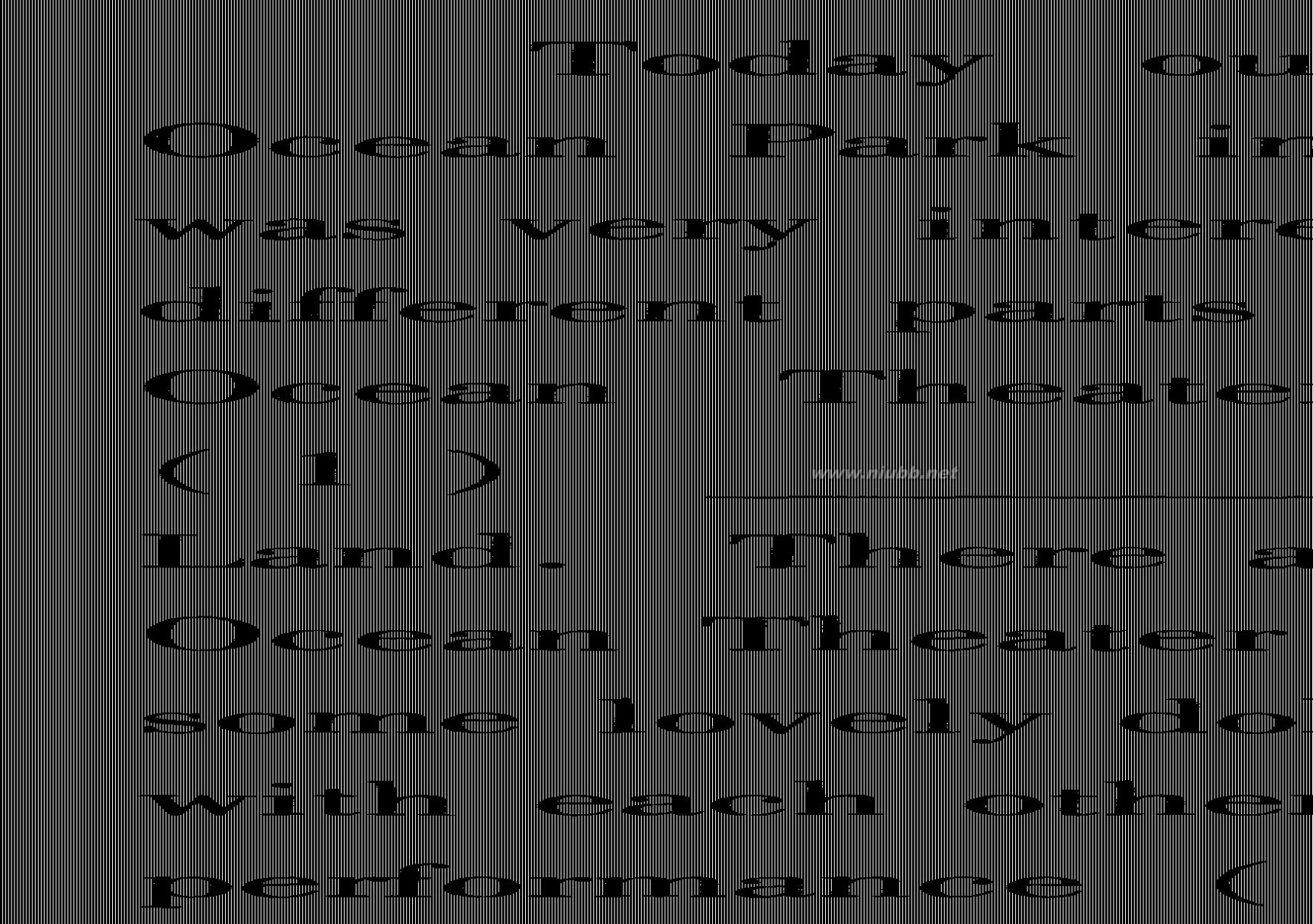
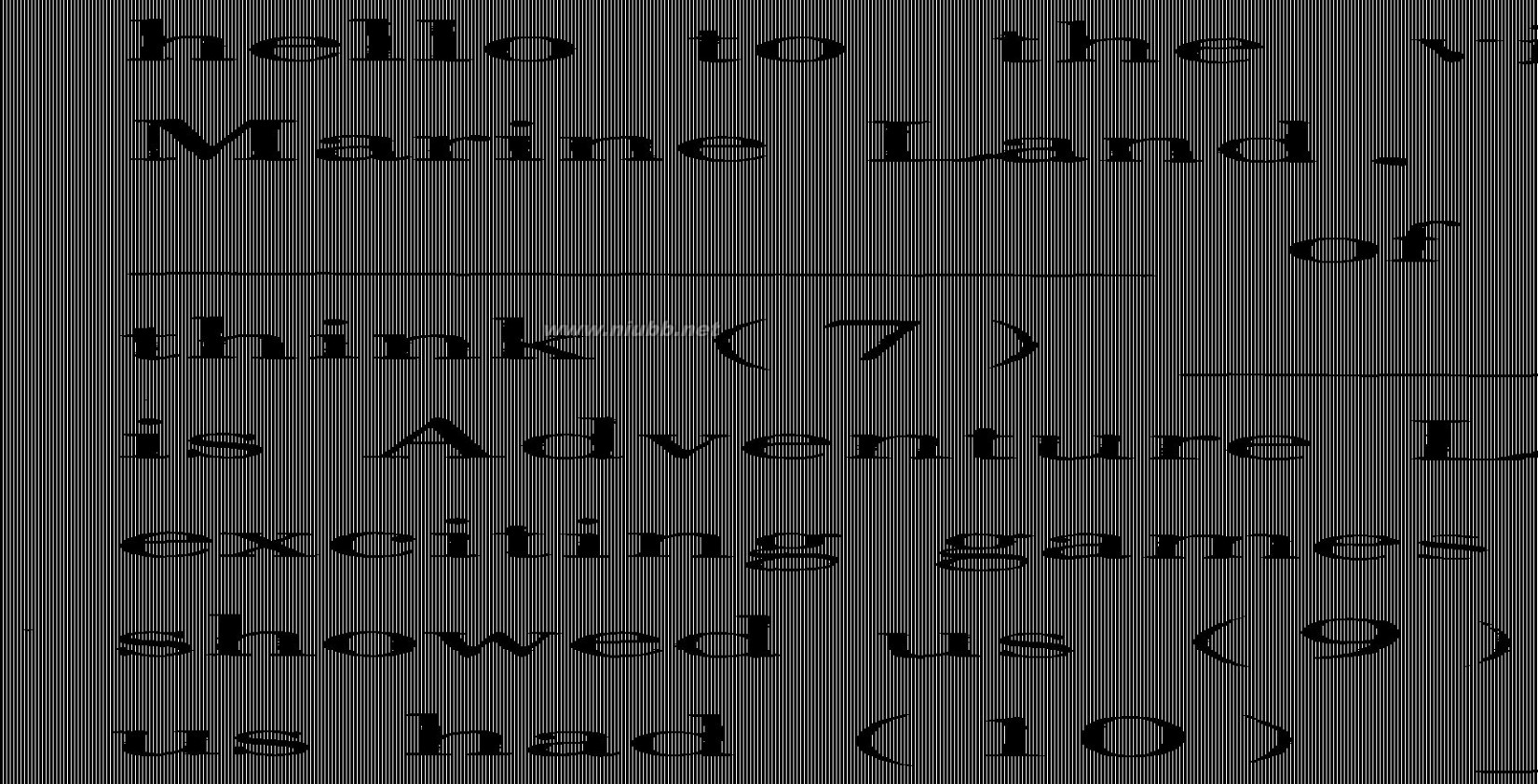
84
84
看图填词 看图填词100篇
看图填空
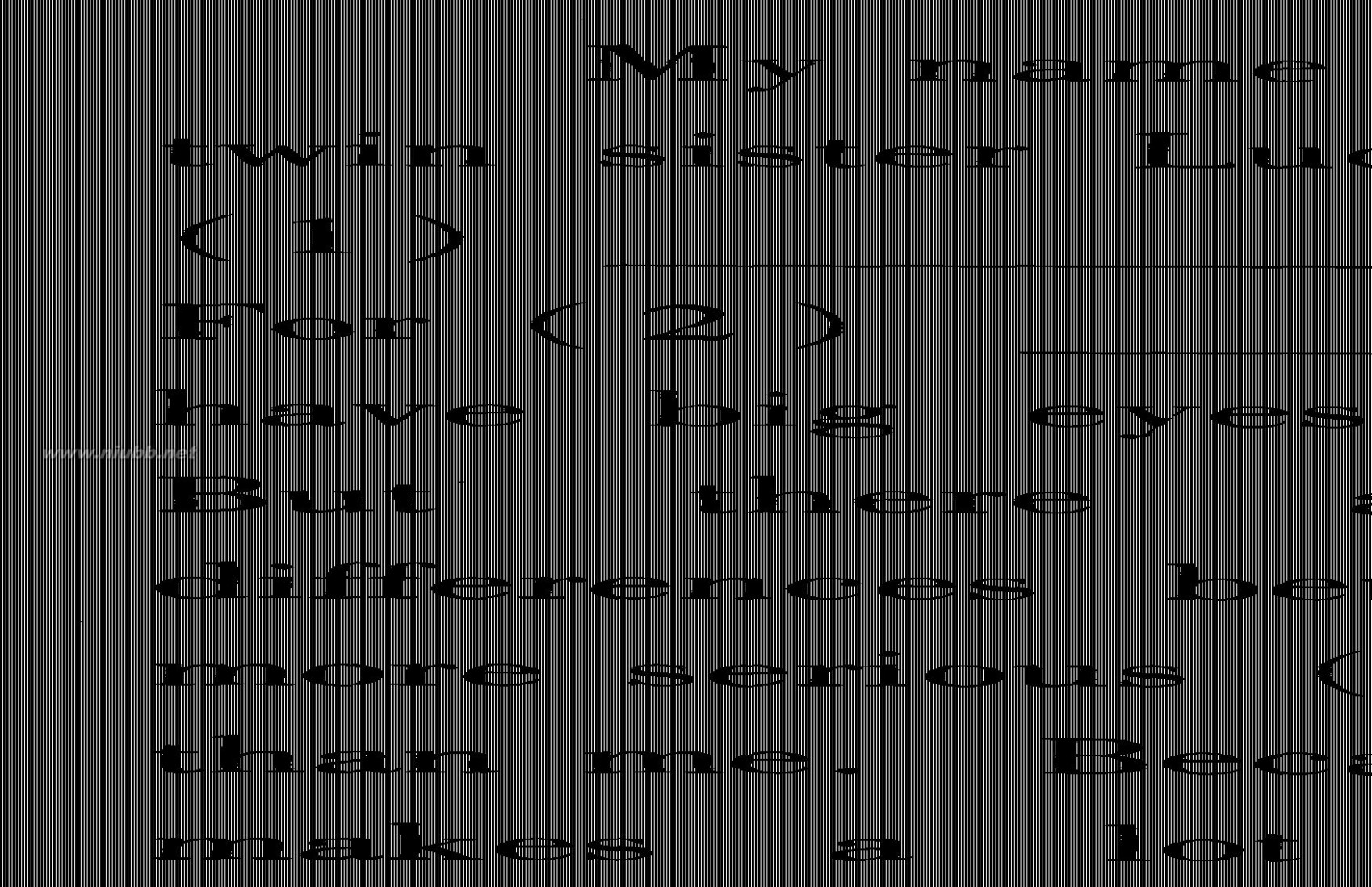
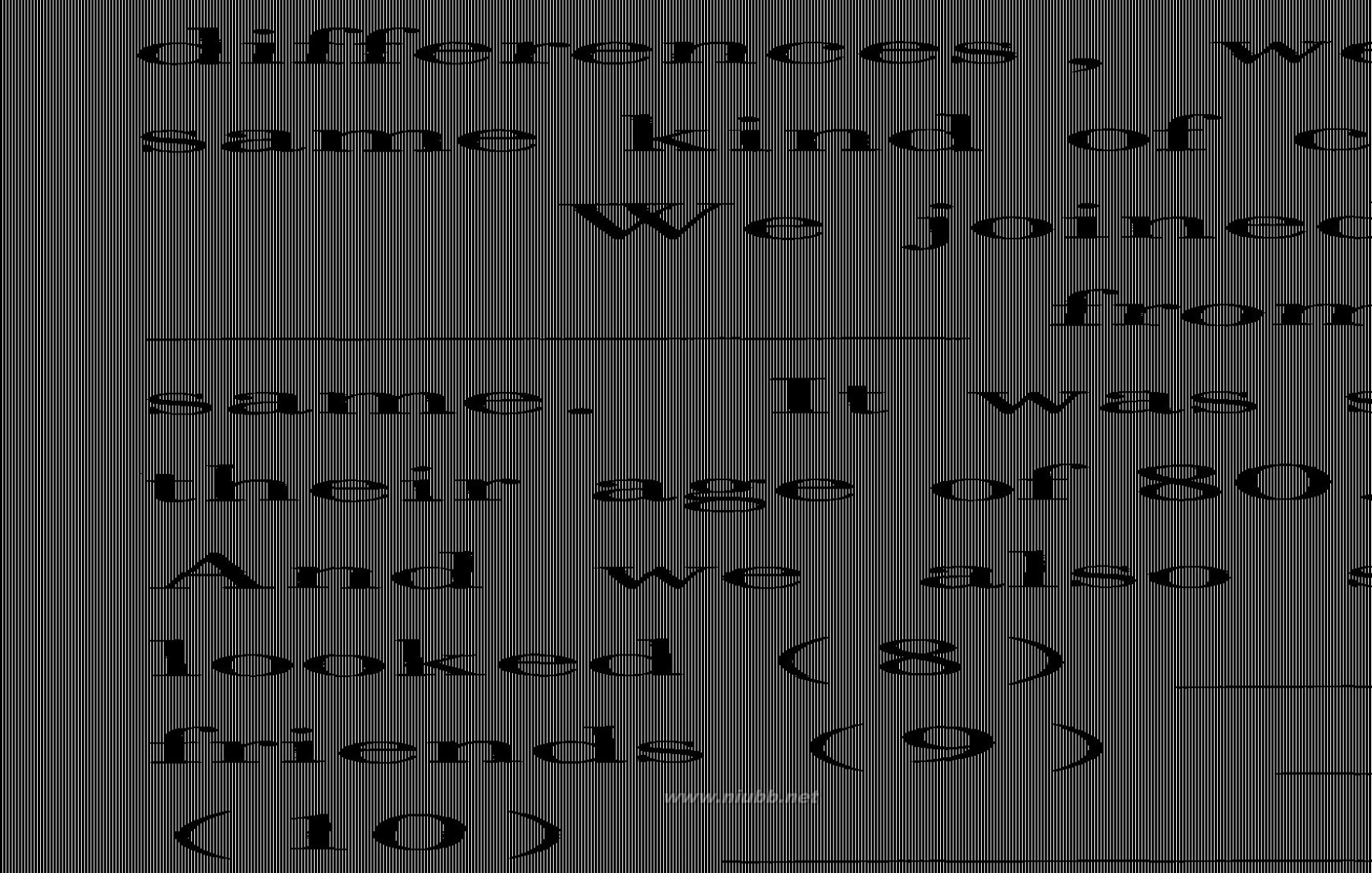
85
85
看图填词 看图填词100篇
看图填空
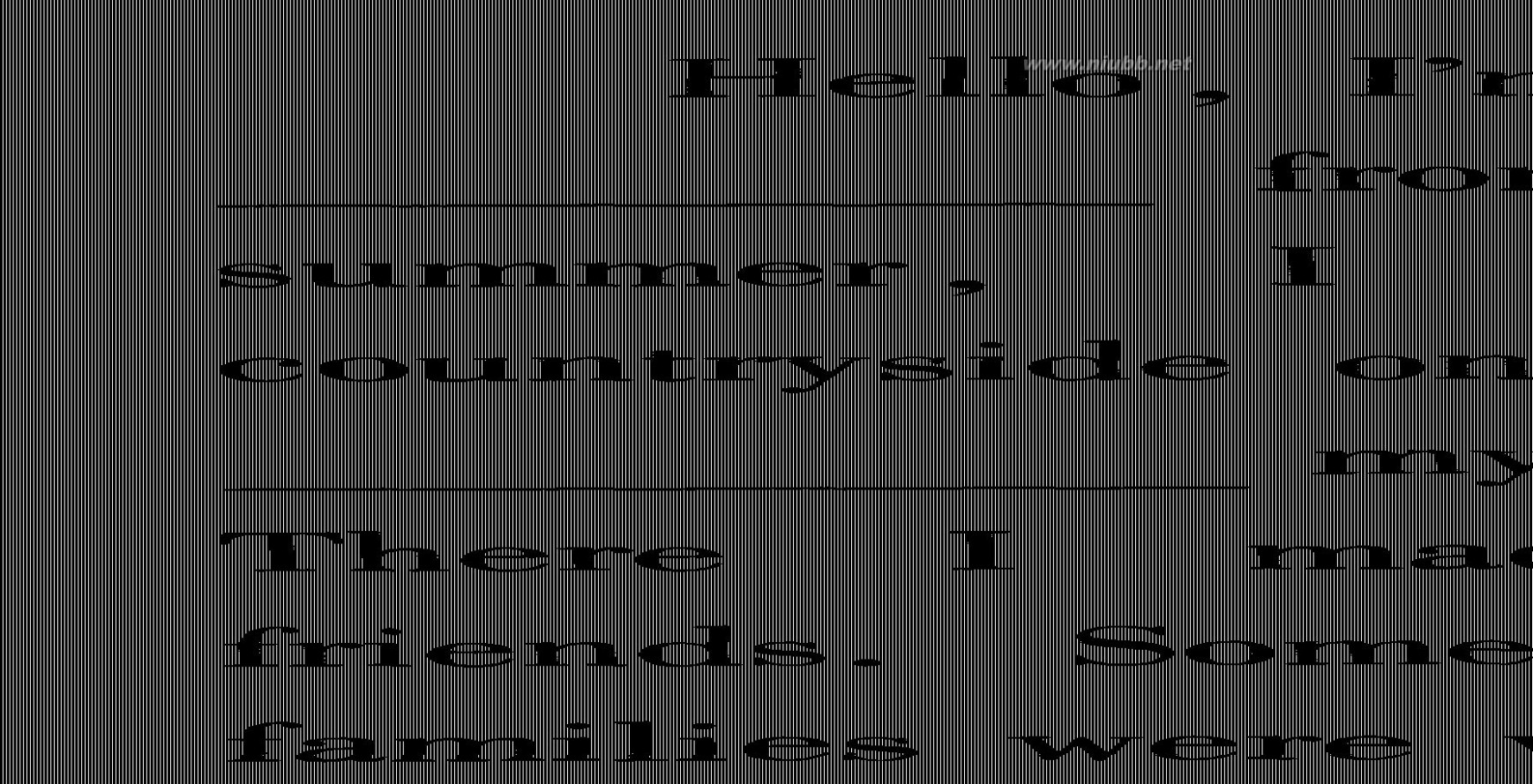
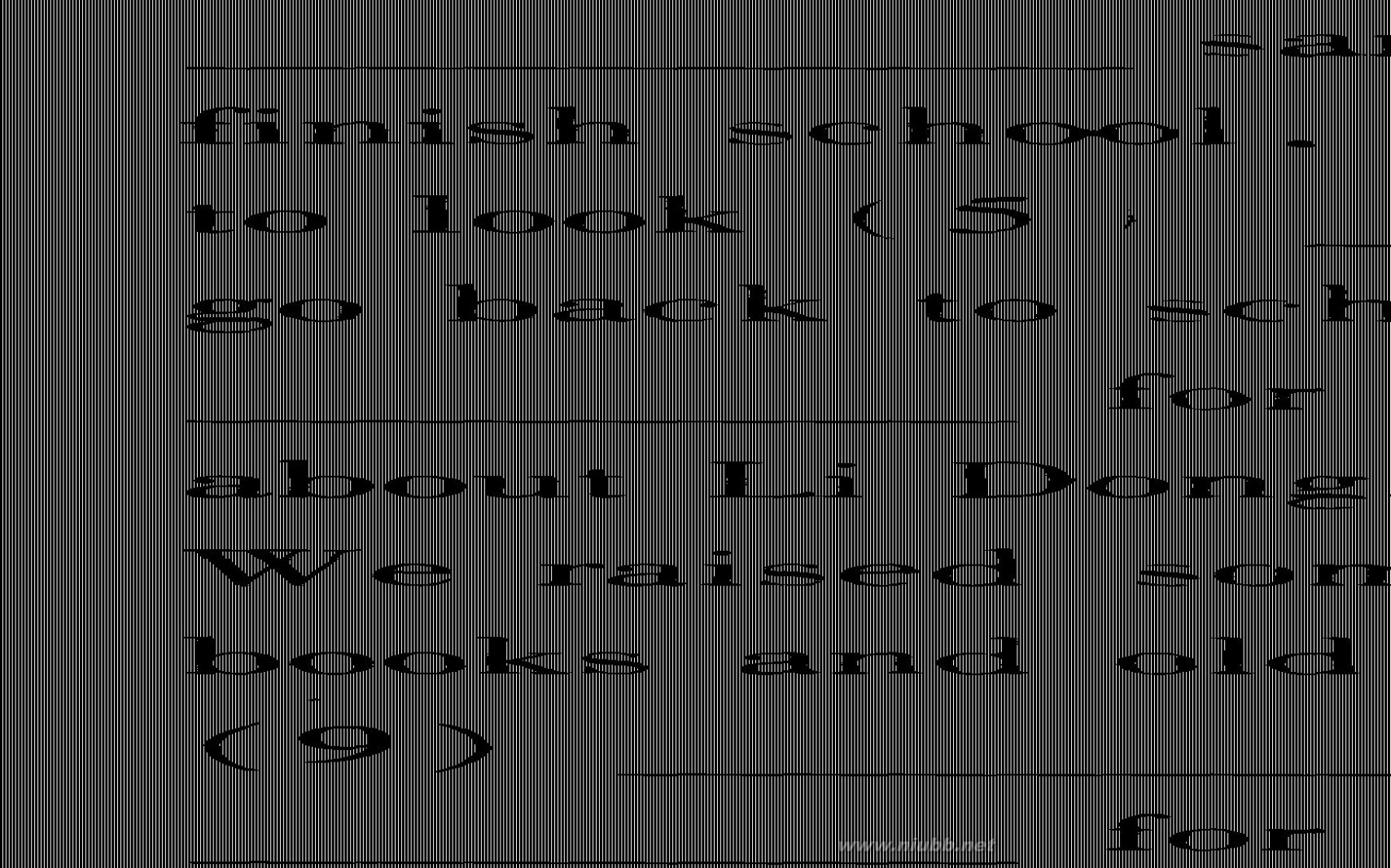
86
86
看图填词 看图填词100篇
看图填空
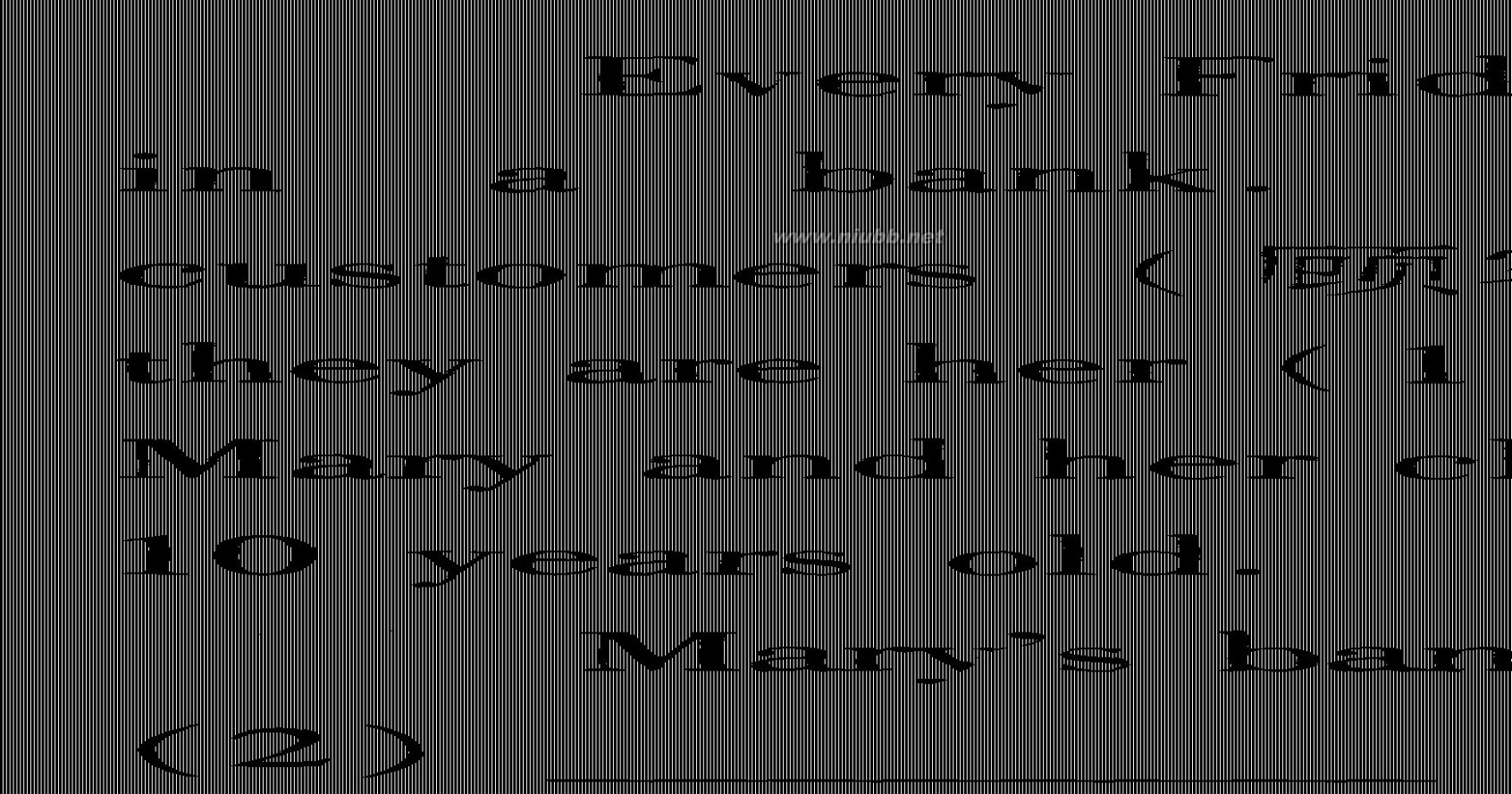
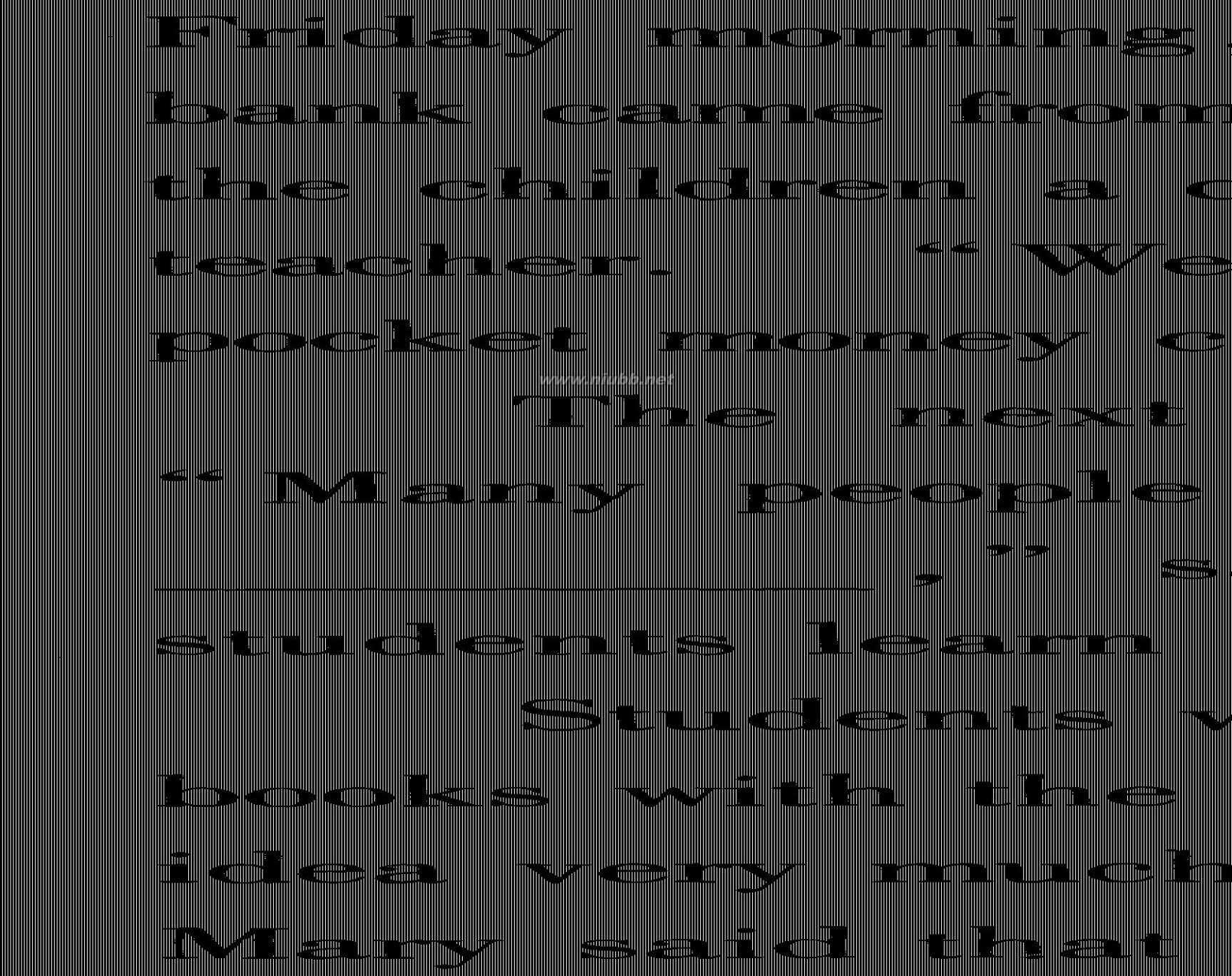
87
87
看图填词 看图填词100篇
看图填空


88
88
看图填词 看图填词100篇
看图填空

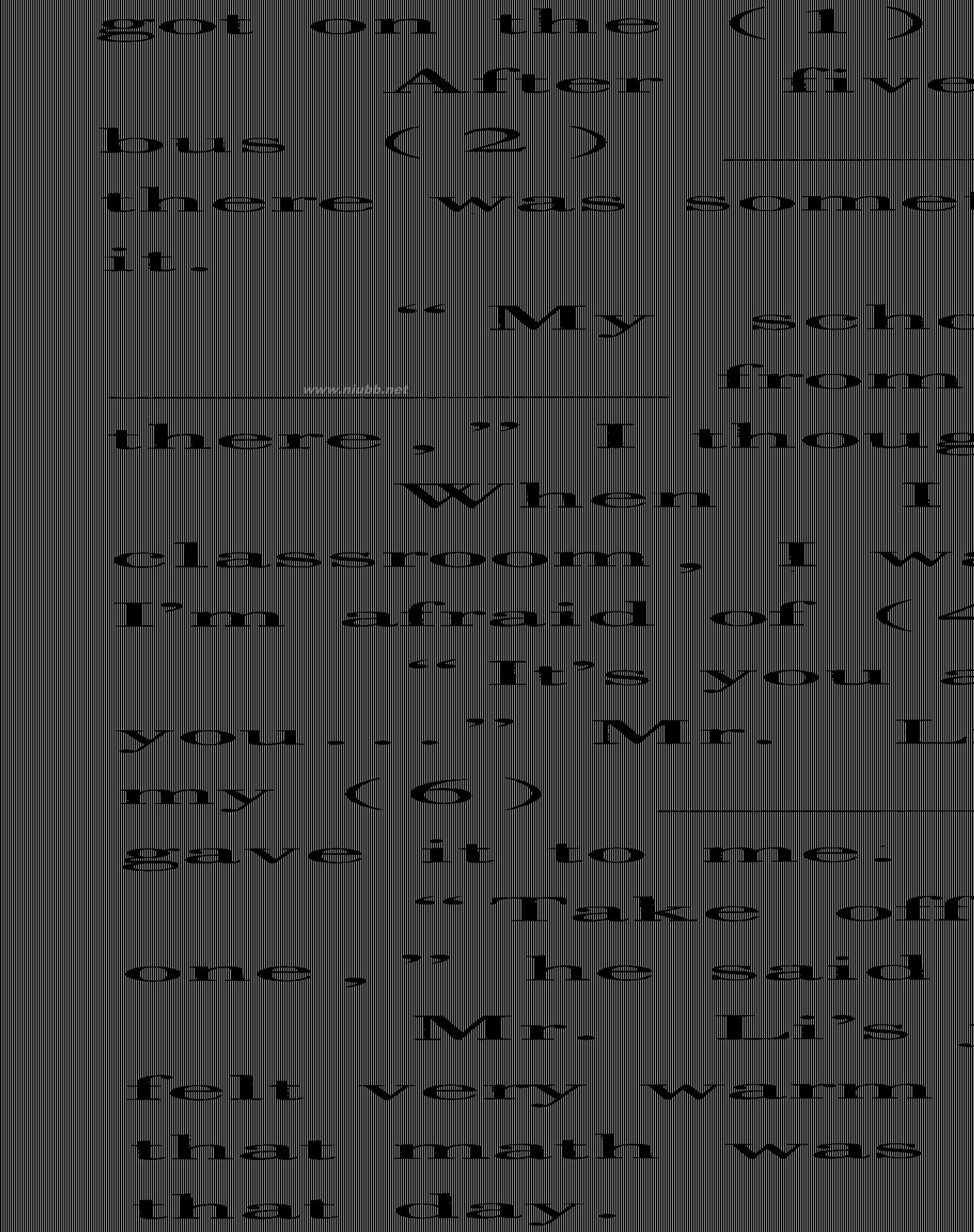
89
89
看图填词 看图填词100篇
看图填空
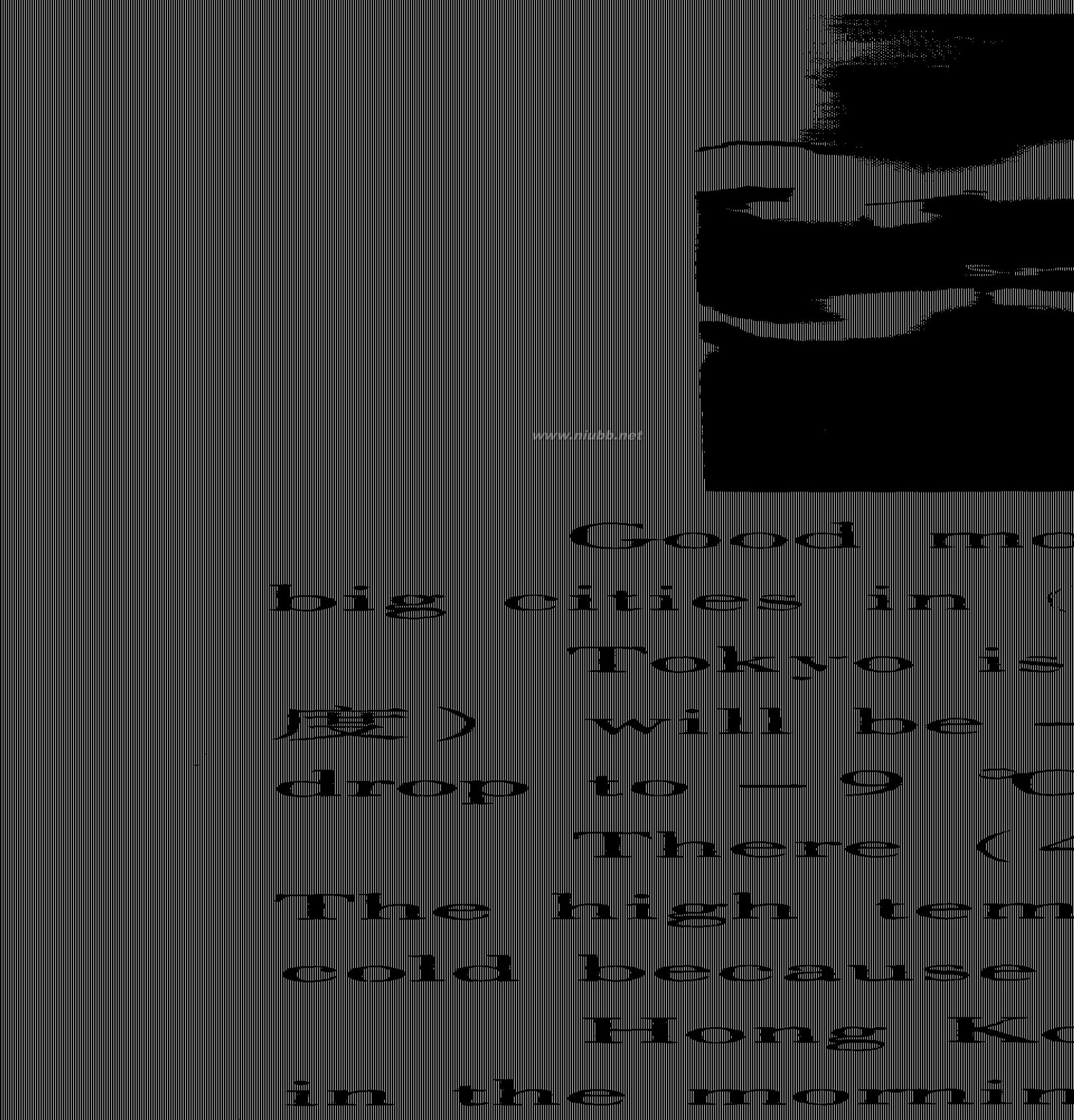
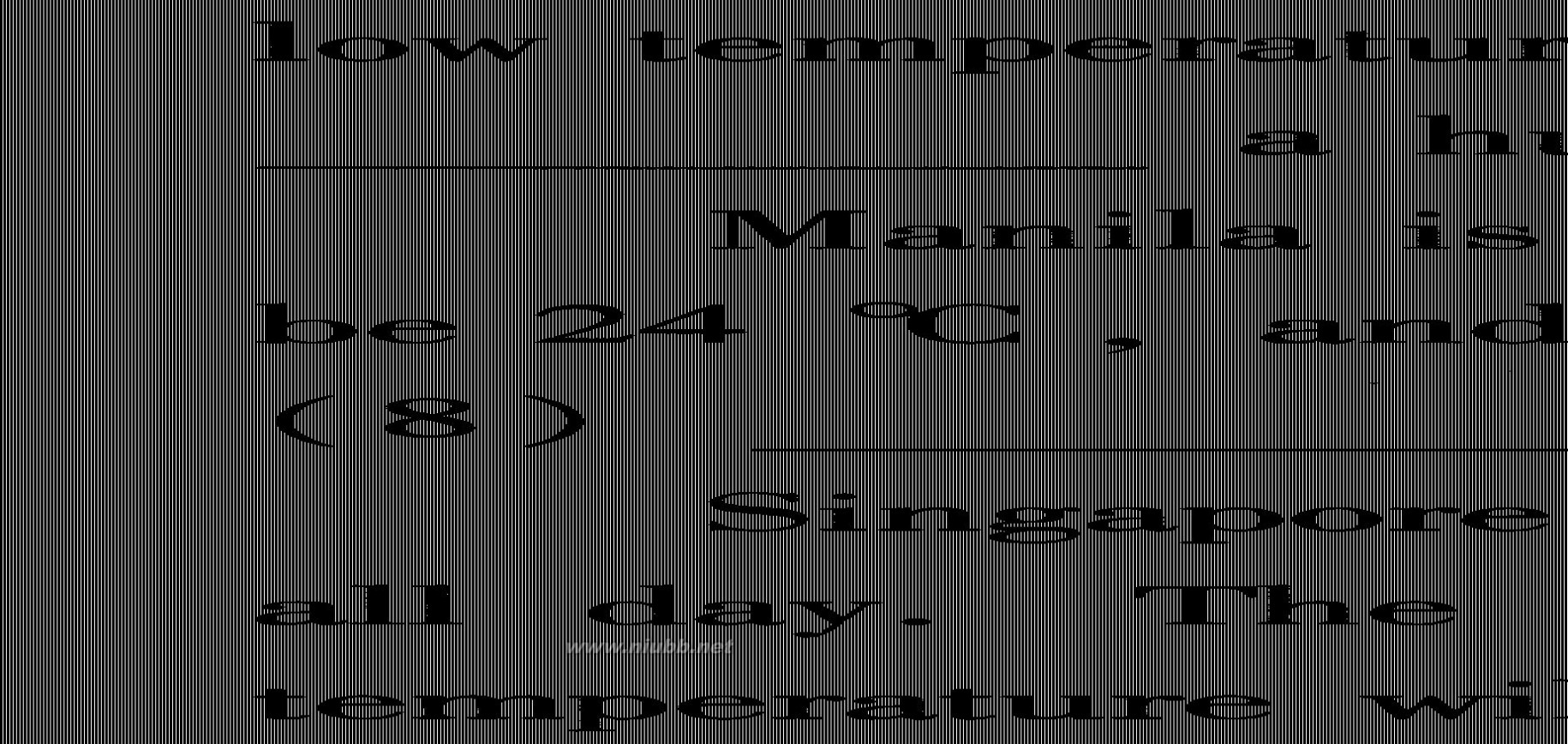
90
90
看图填词 看图填词100篇
看图填空
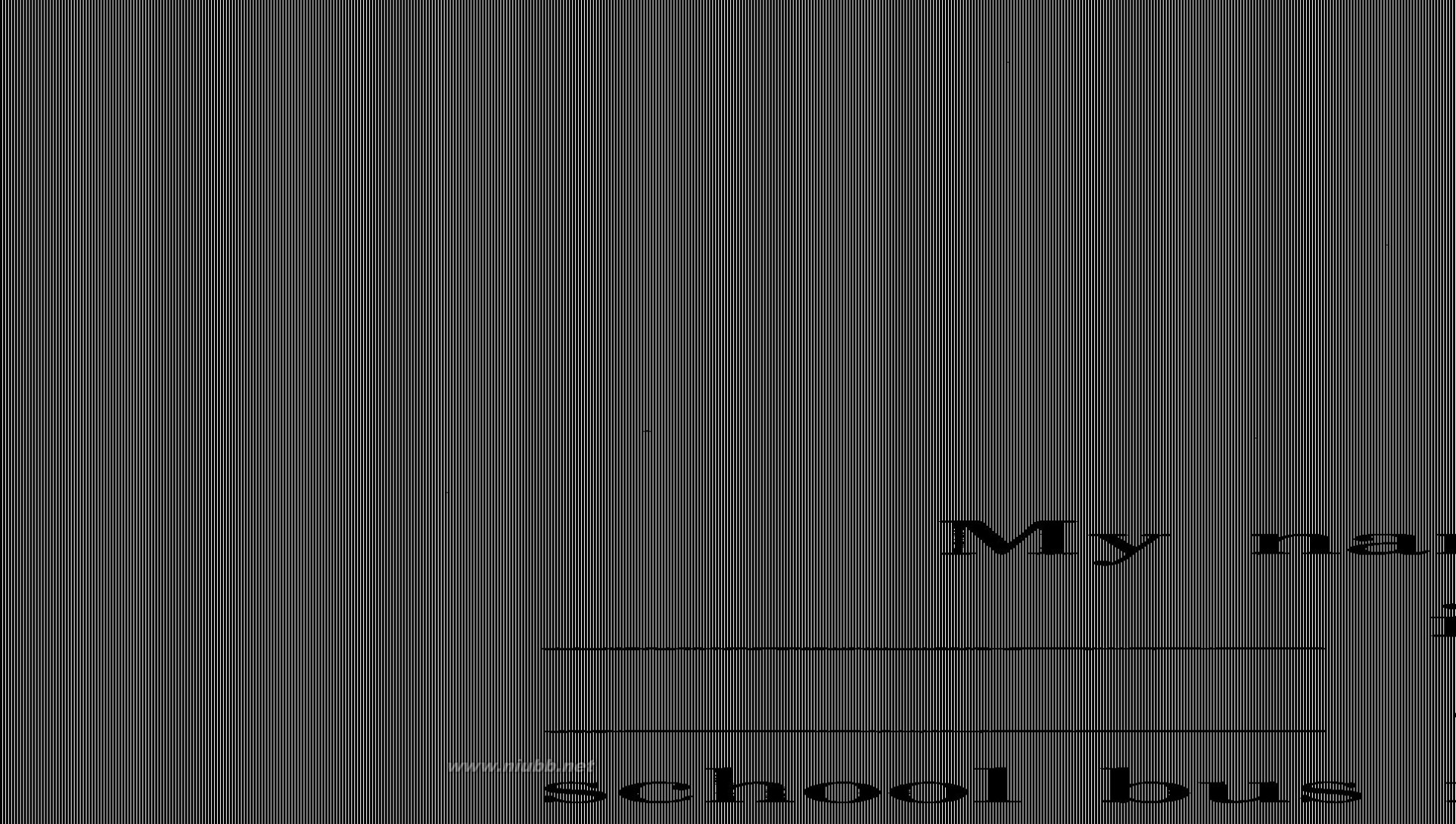
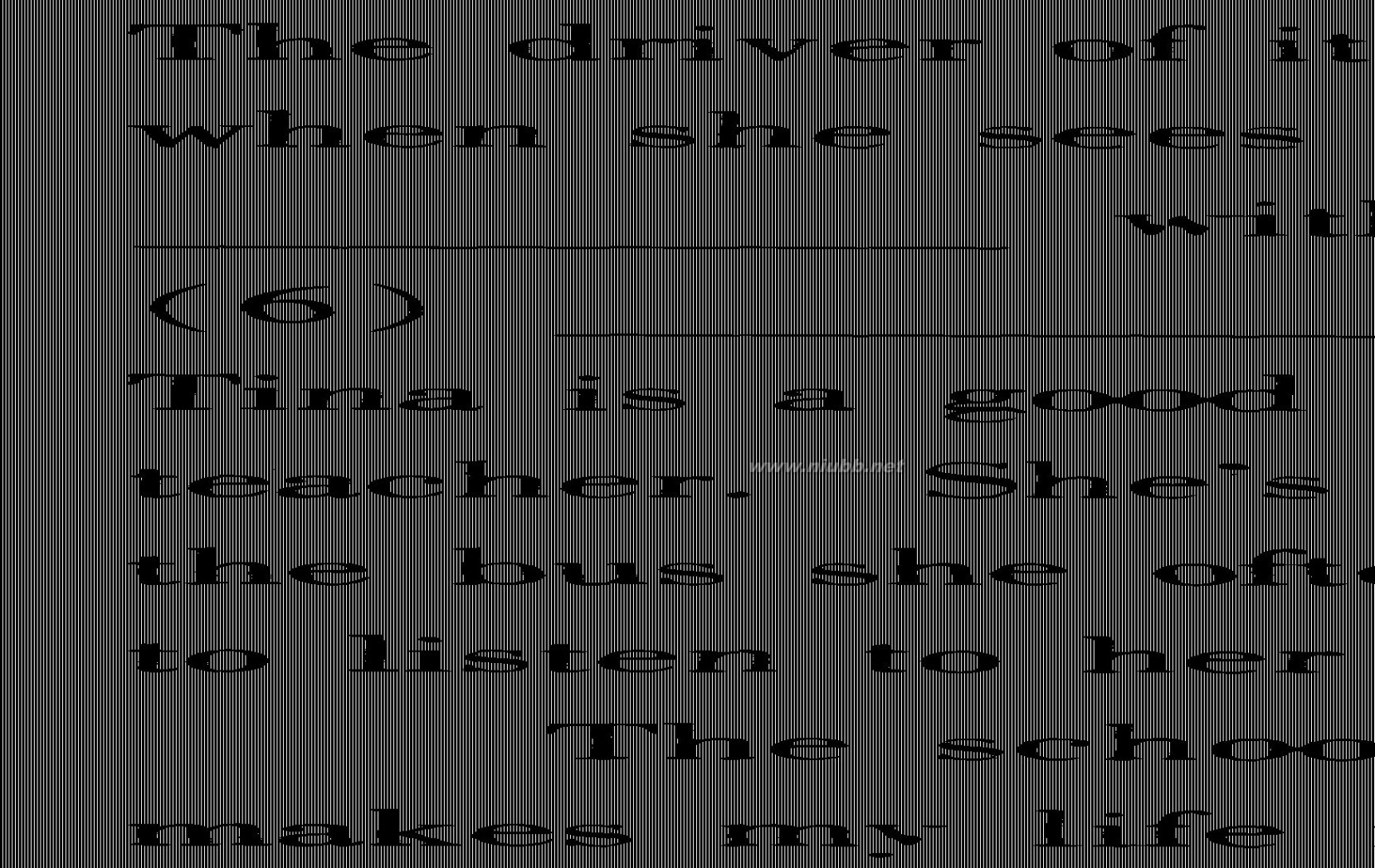
91
91
看图填词 看图填词100篇
看图填空

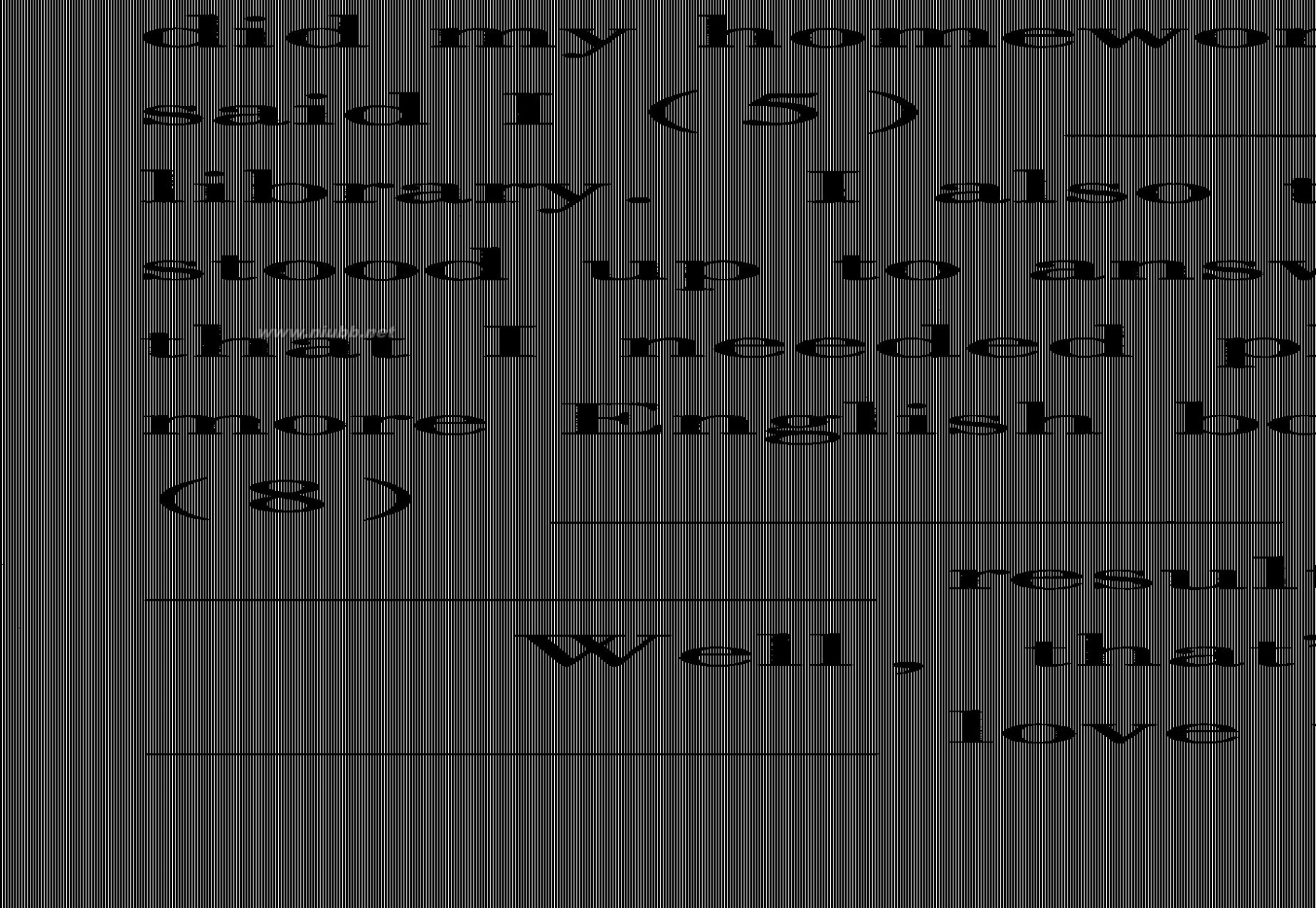
92
92
看图填词 看图填词100篇
看图填空
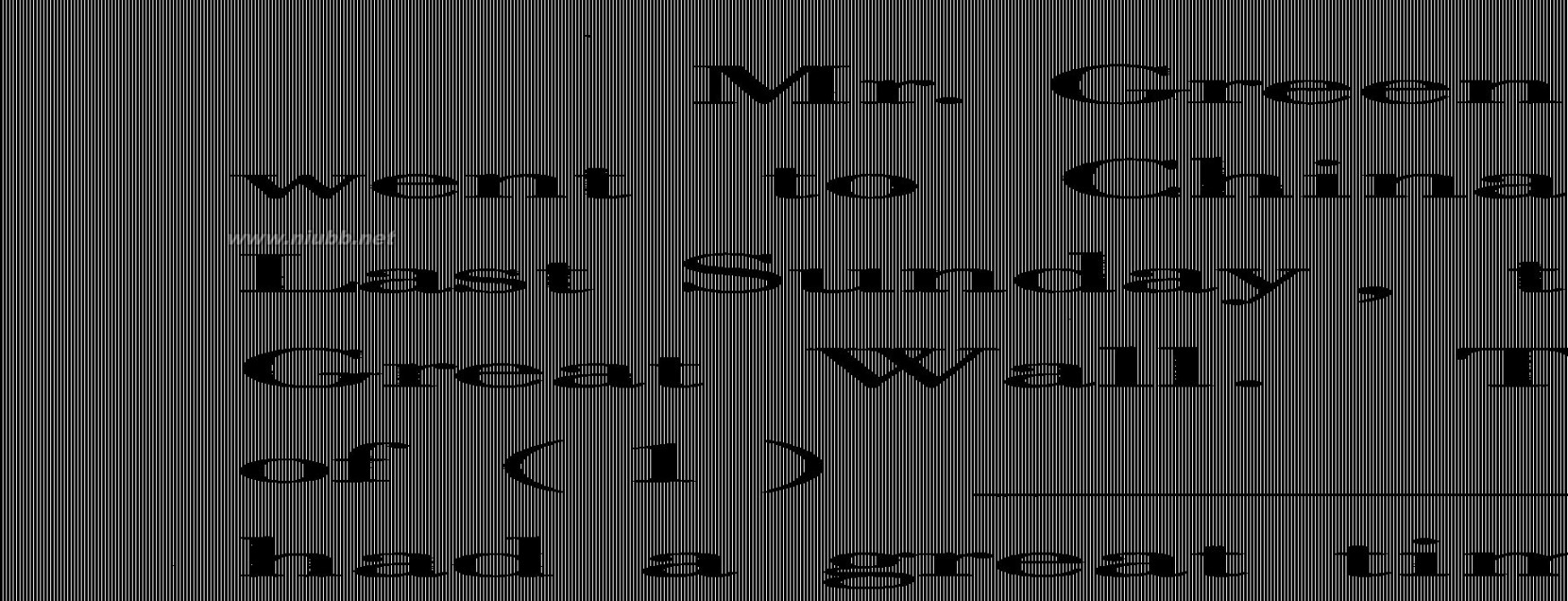

93
93
看图填词 看图填词100篇
看图填空


94
94
看图填词 看图填词100篇
看图填空


95
95
看图填词 看图填词100篇
看图填空

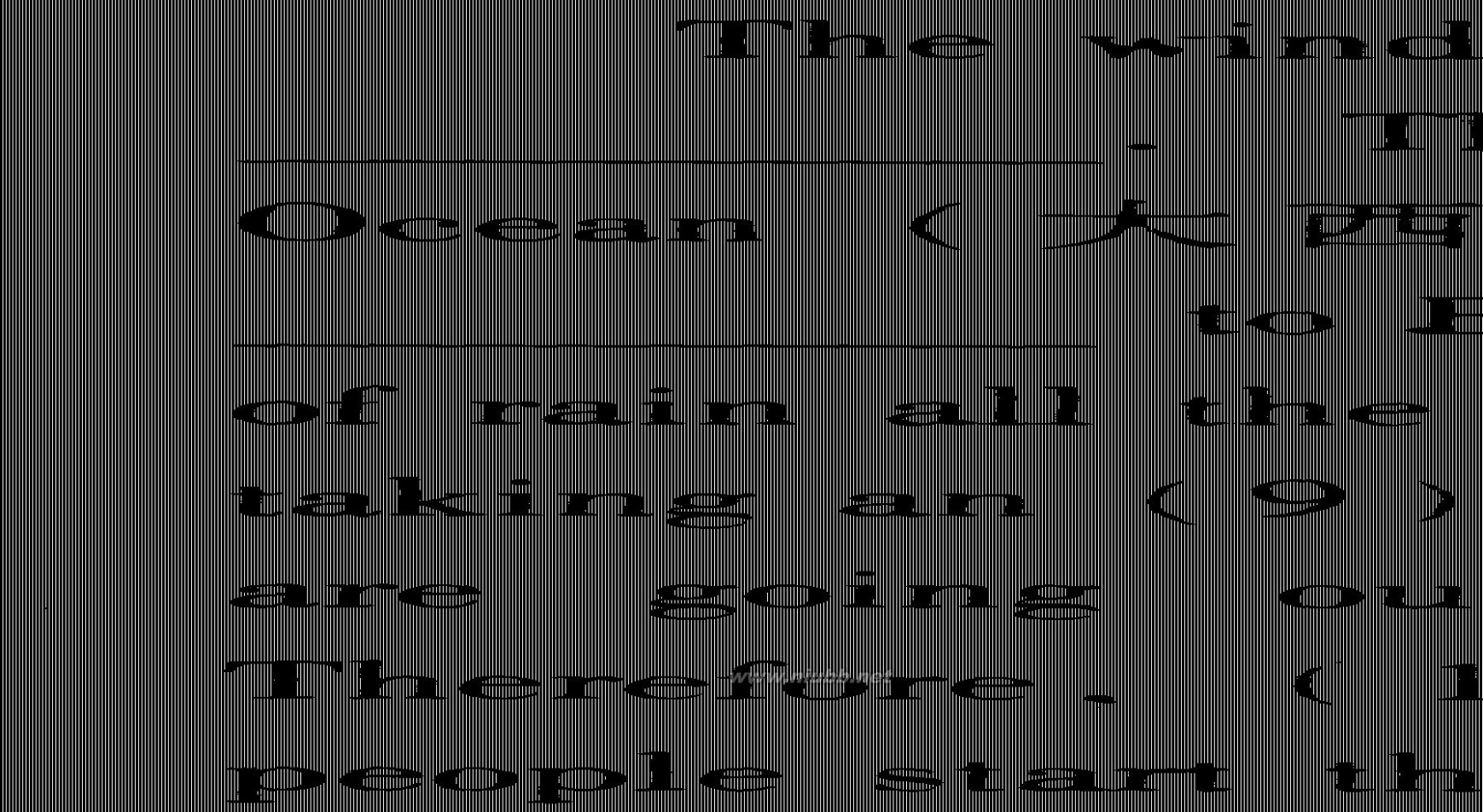
96 96
看图填词 看图填词100篇
看图填空
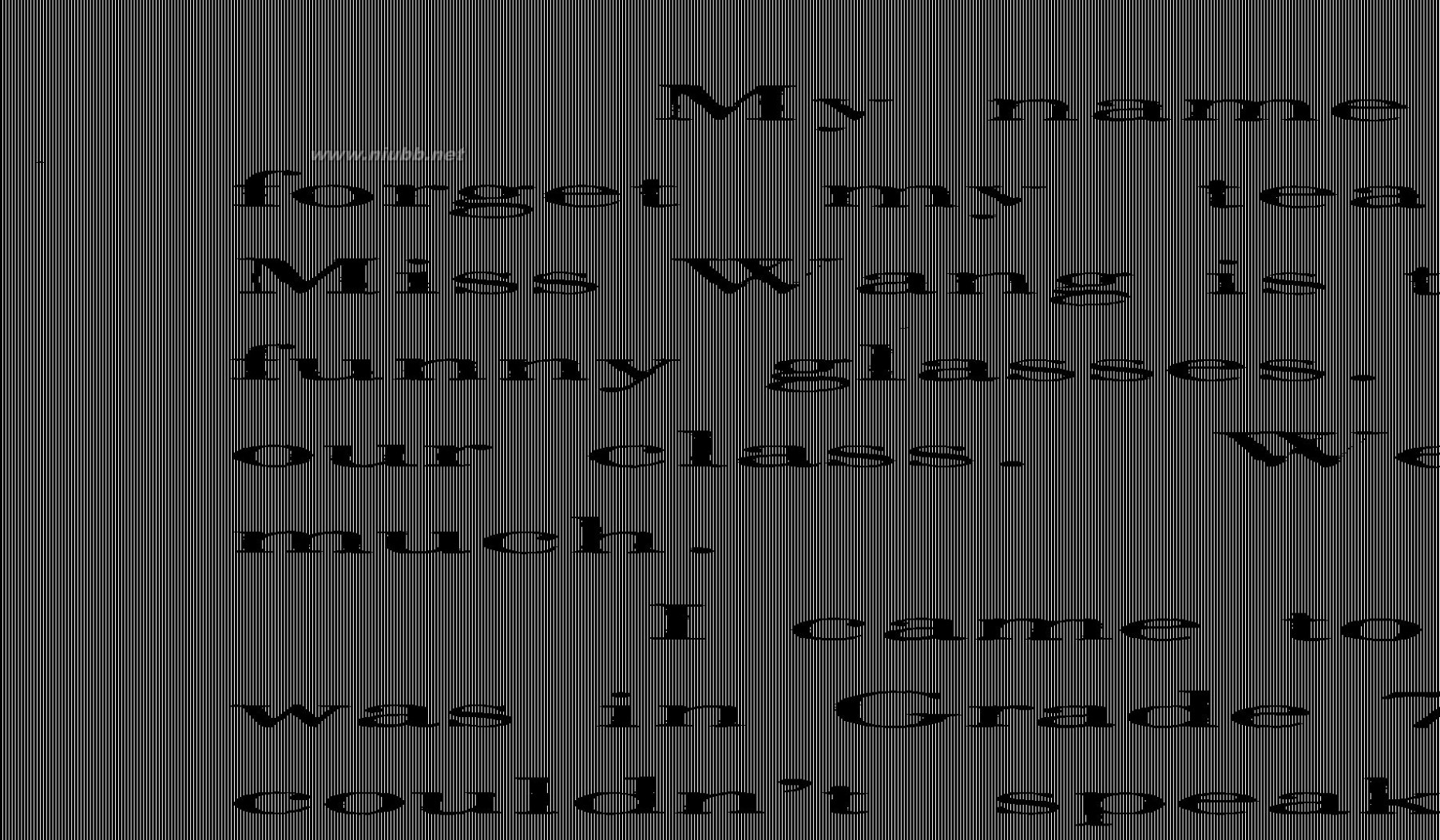
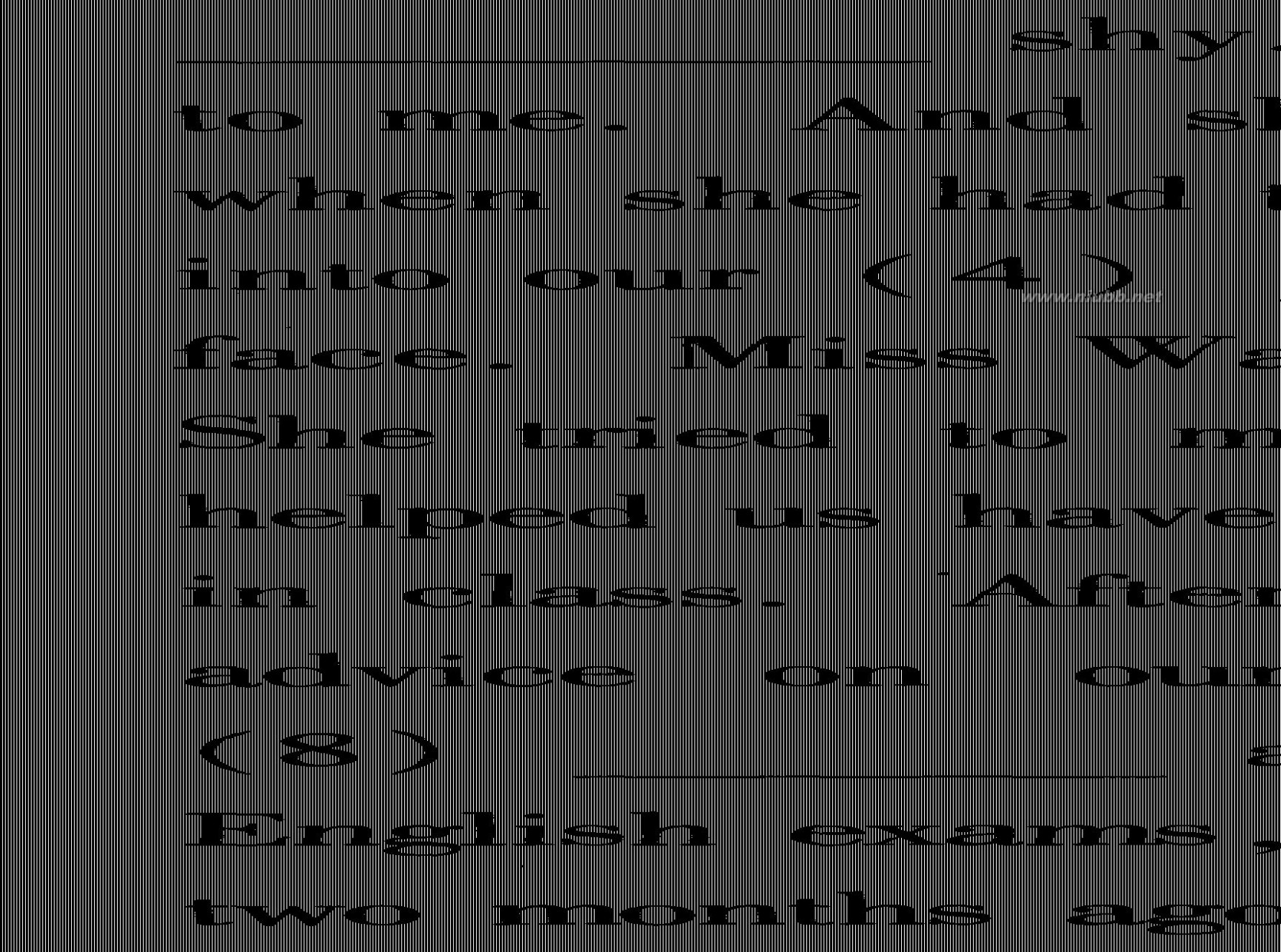
97
97
看图填词 看图填词100篇
看图填空

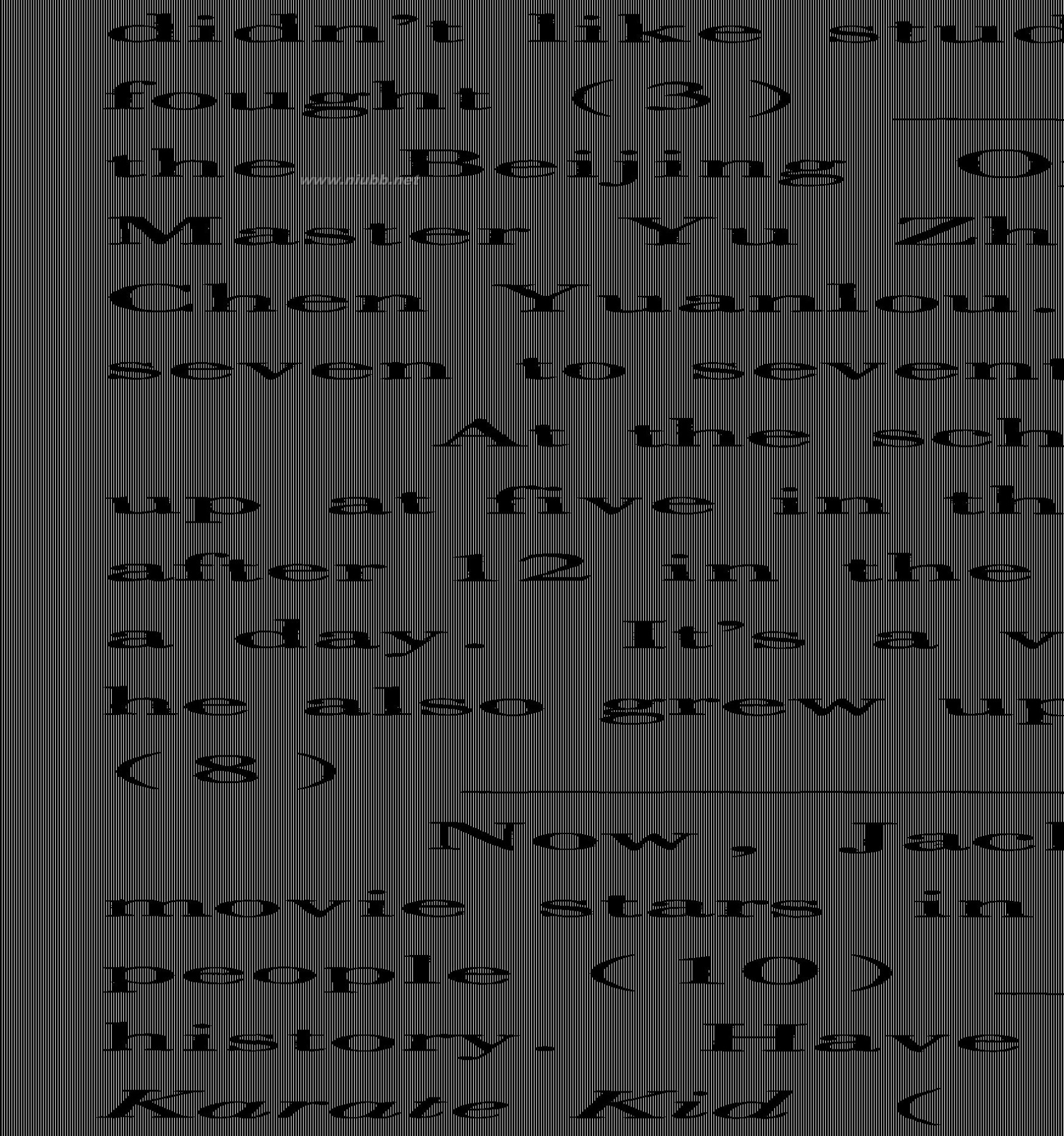
98
98
看图填词 看图填词100篇
看图填空
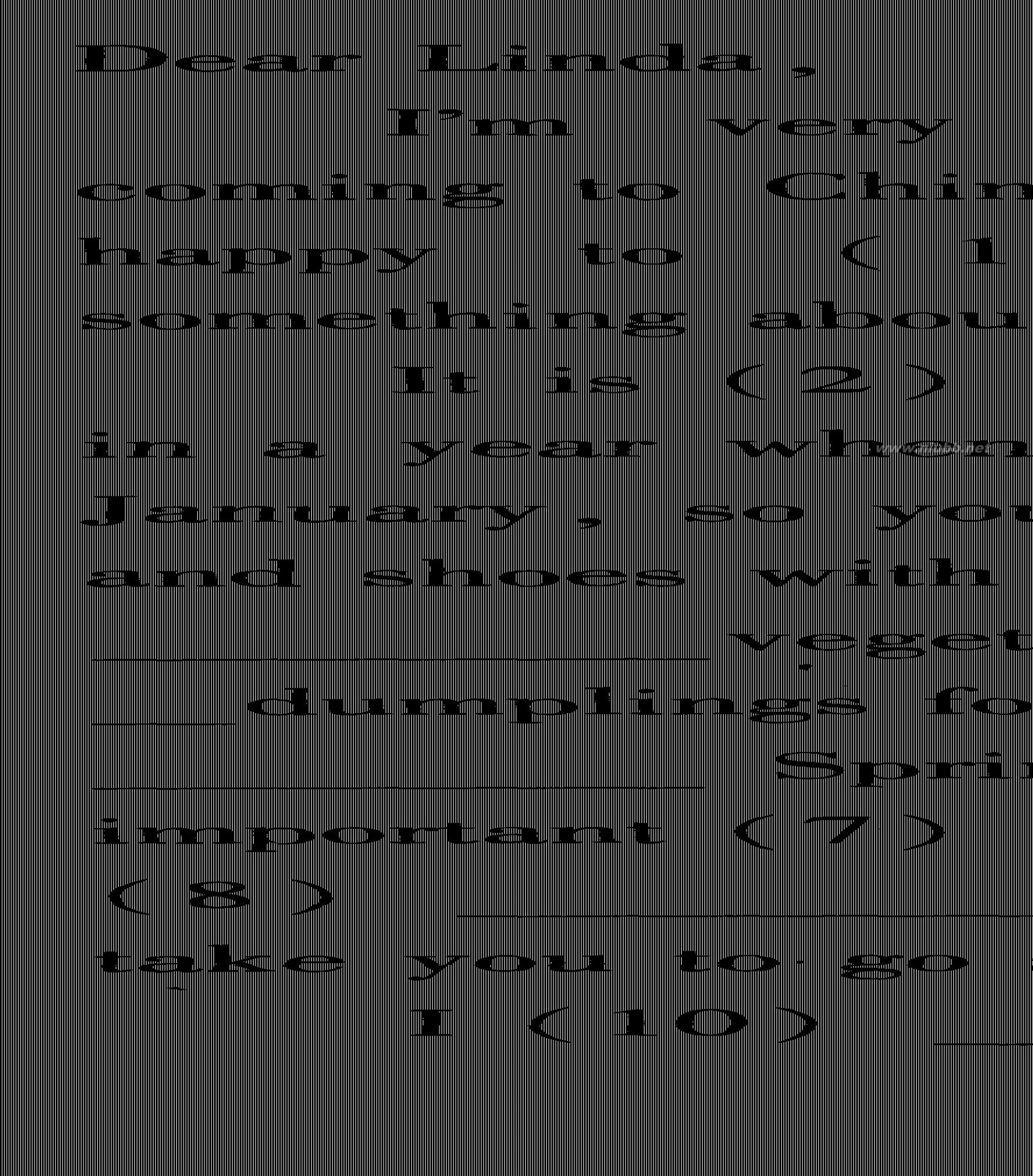
99
99
看图填词 看图填词100篇
看图填空
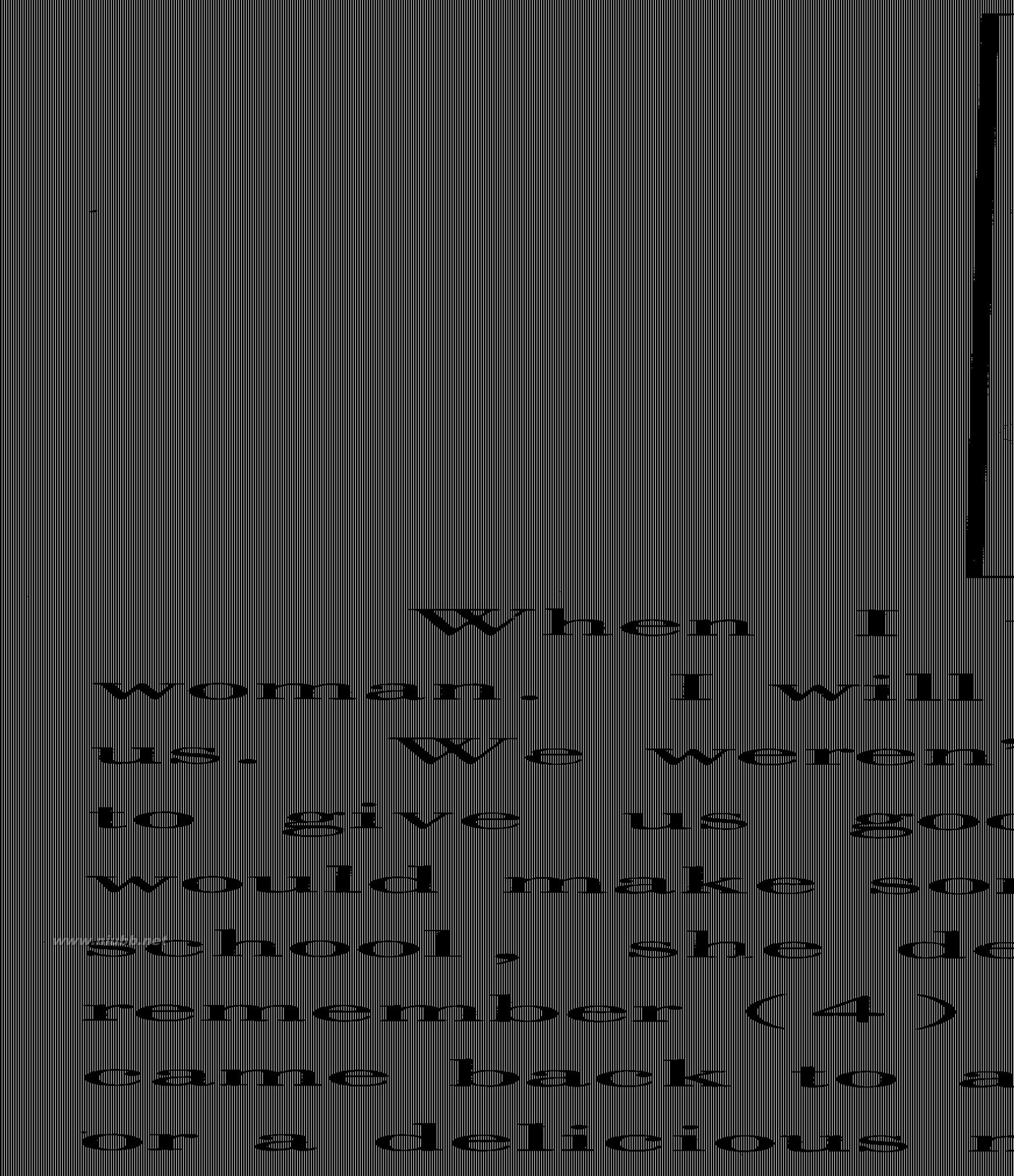

100
100
看图填词 看图填词100篇
101
看图填词 看图填词100篇
102
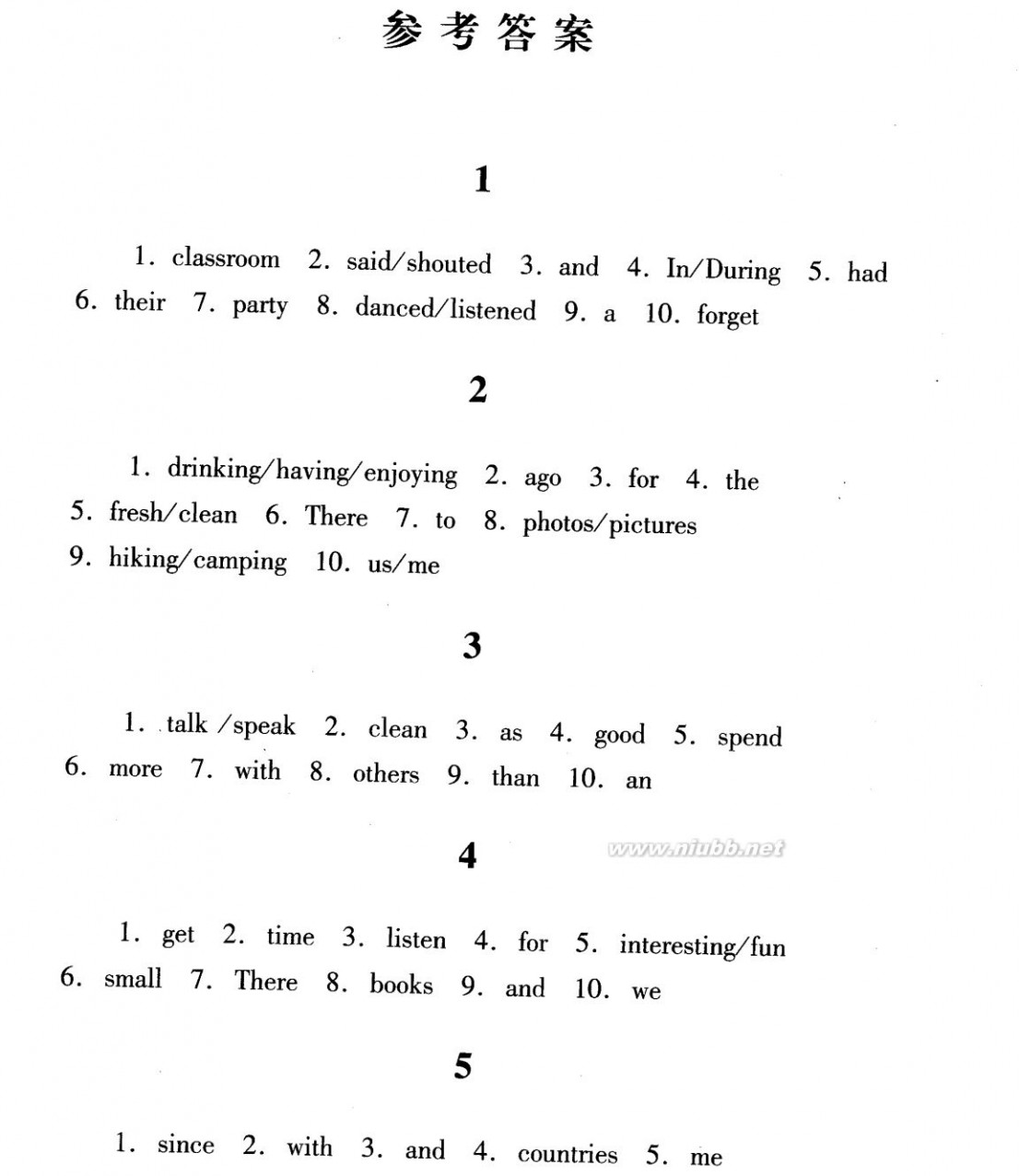
看图填词 看图填词100篇
103
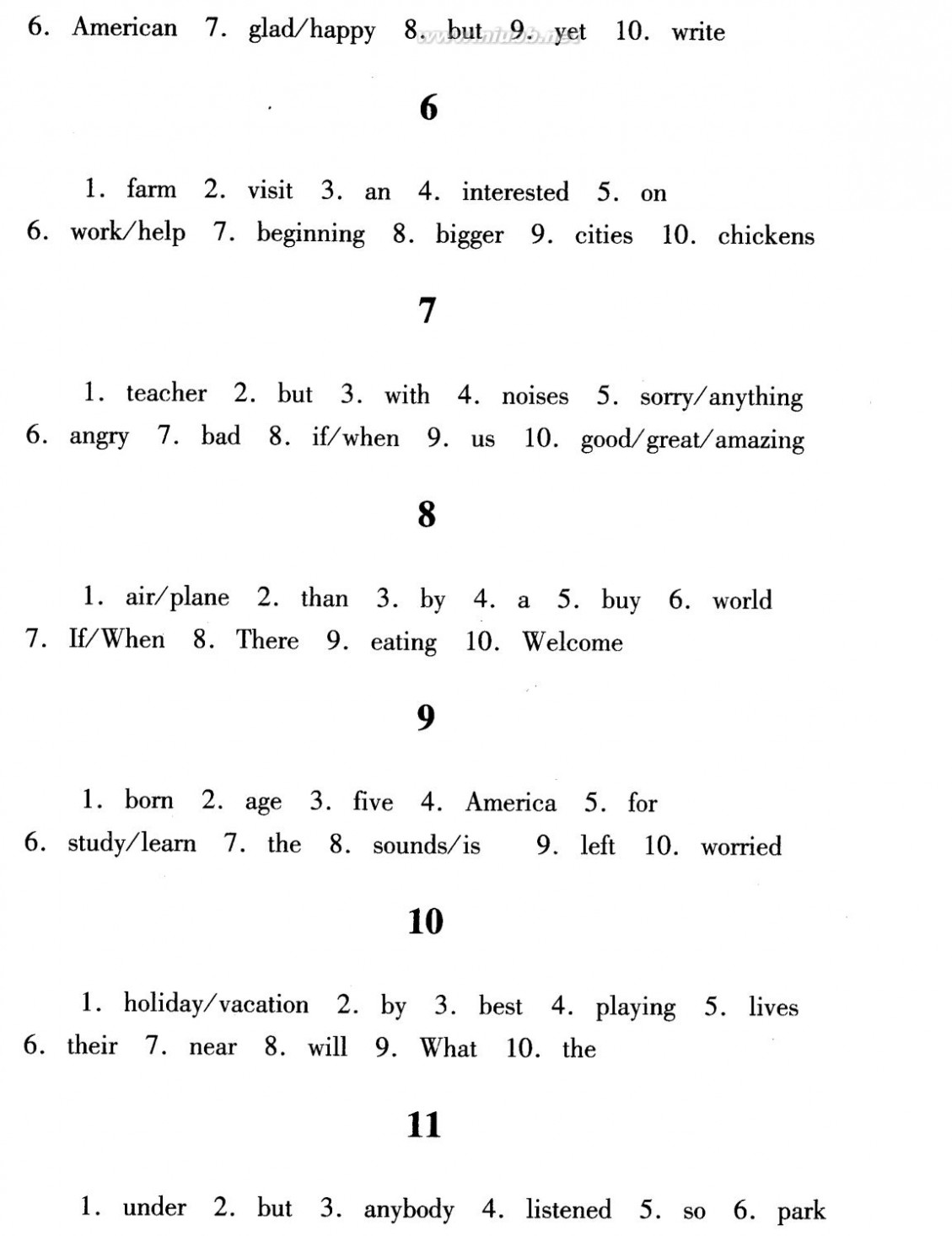
看图填词 看图填词100篇
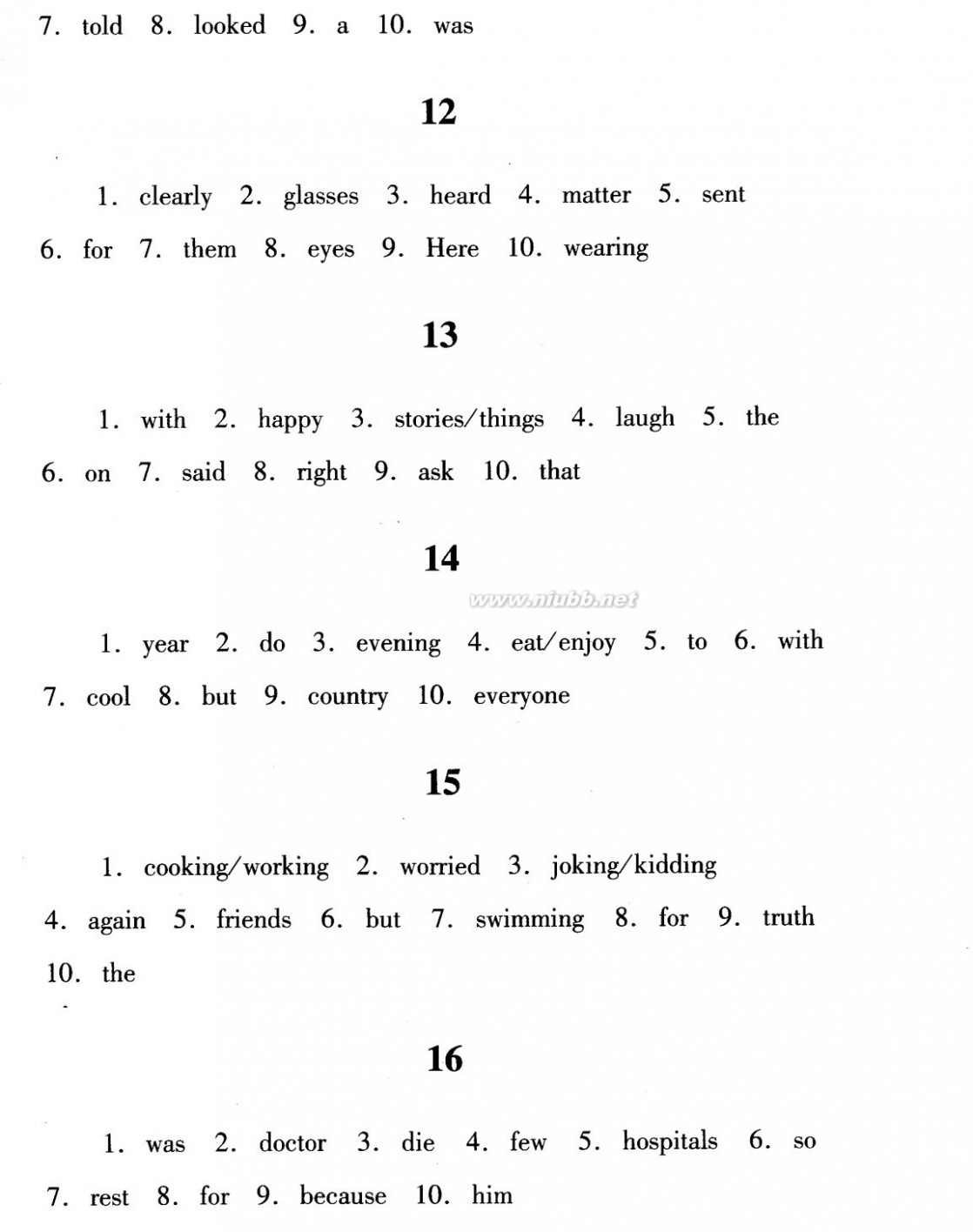
104
看图填词 看图填词100篇
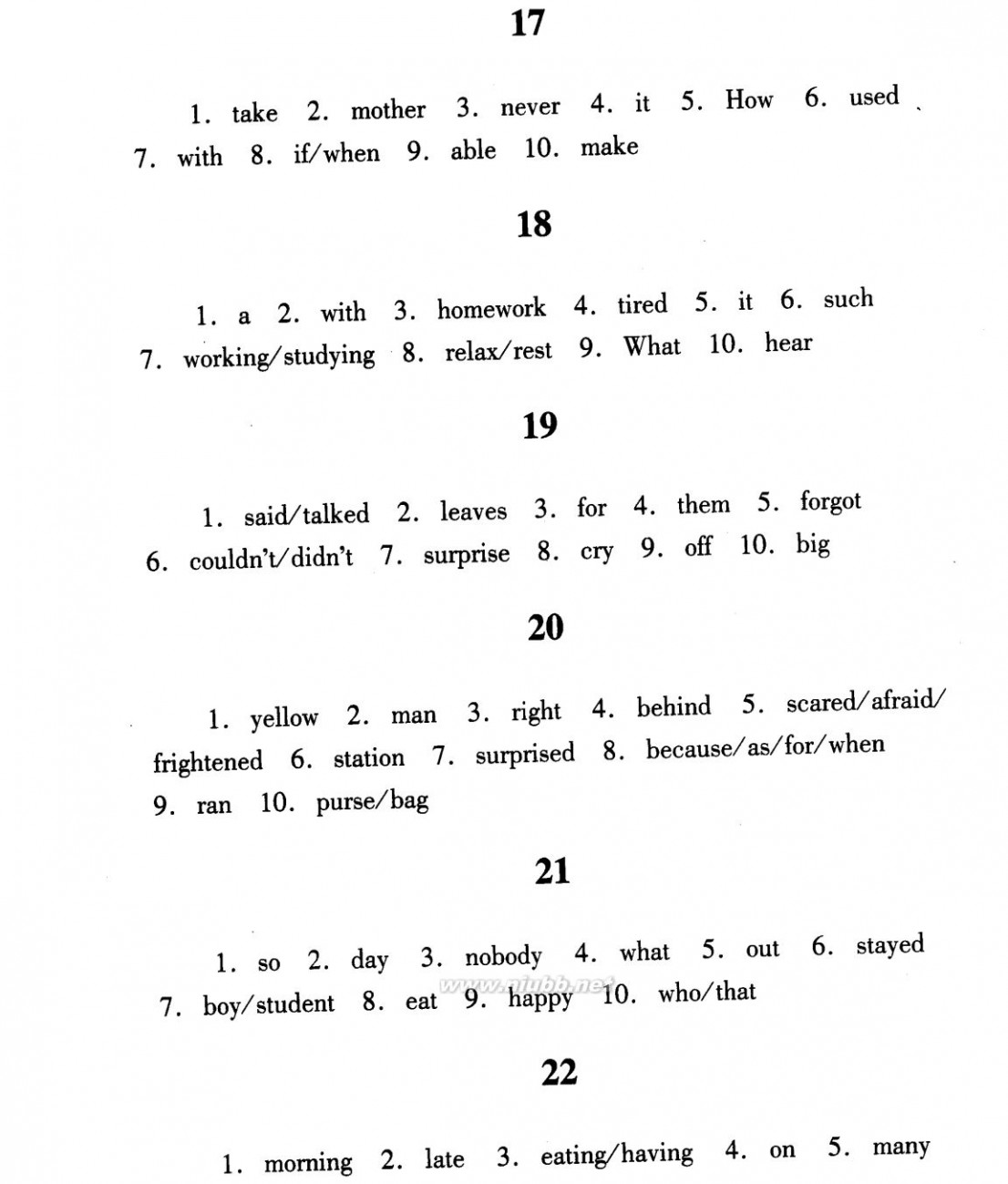
105
看图填词 看图填词100篇
106
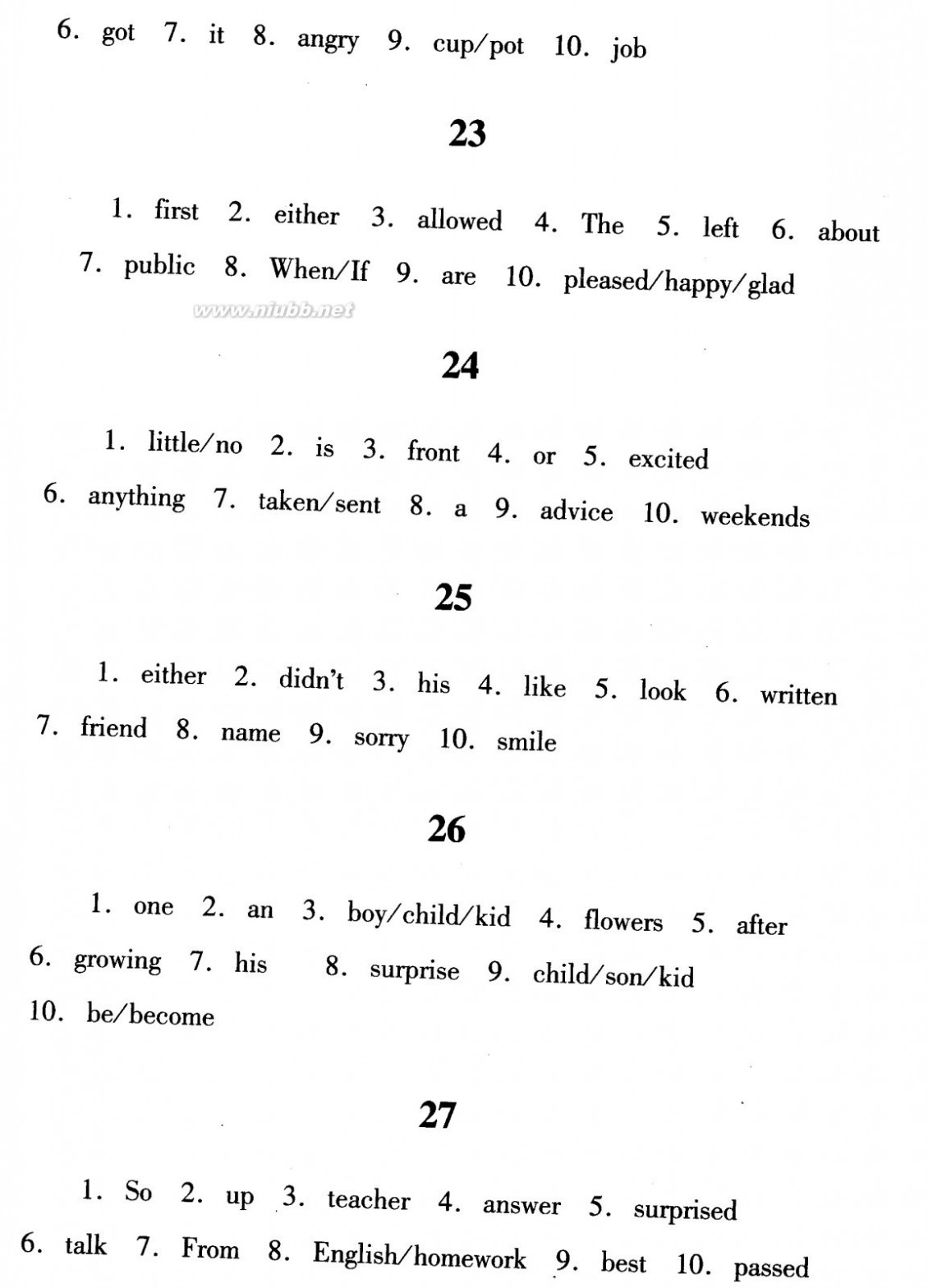
看图填词 看图填词100篇
107
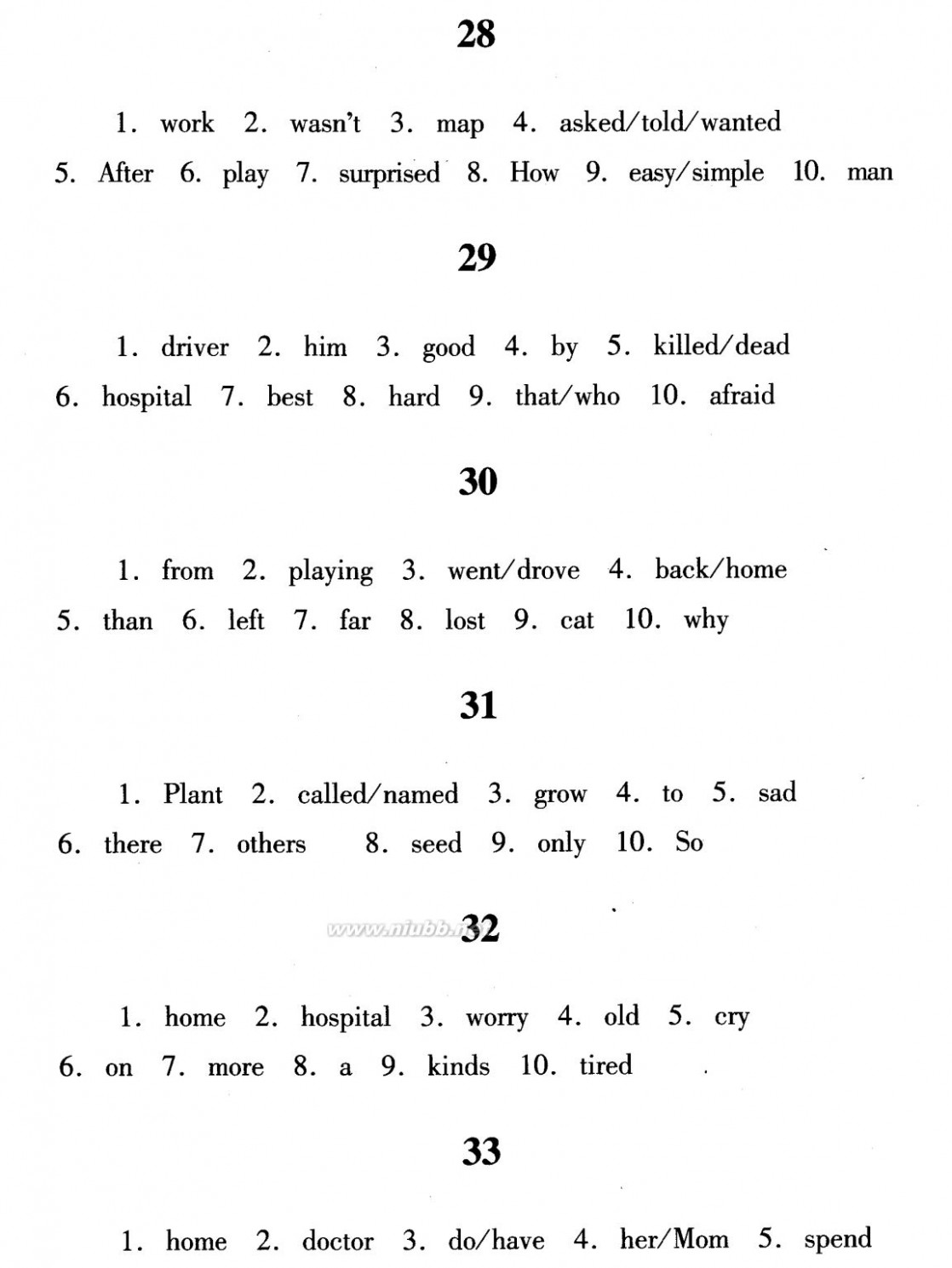
看图填词 看图填词100篇
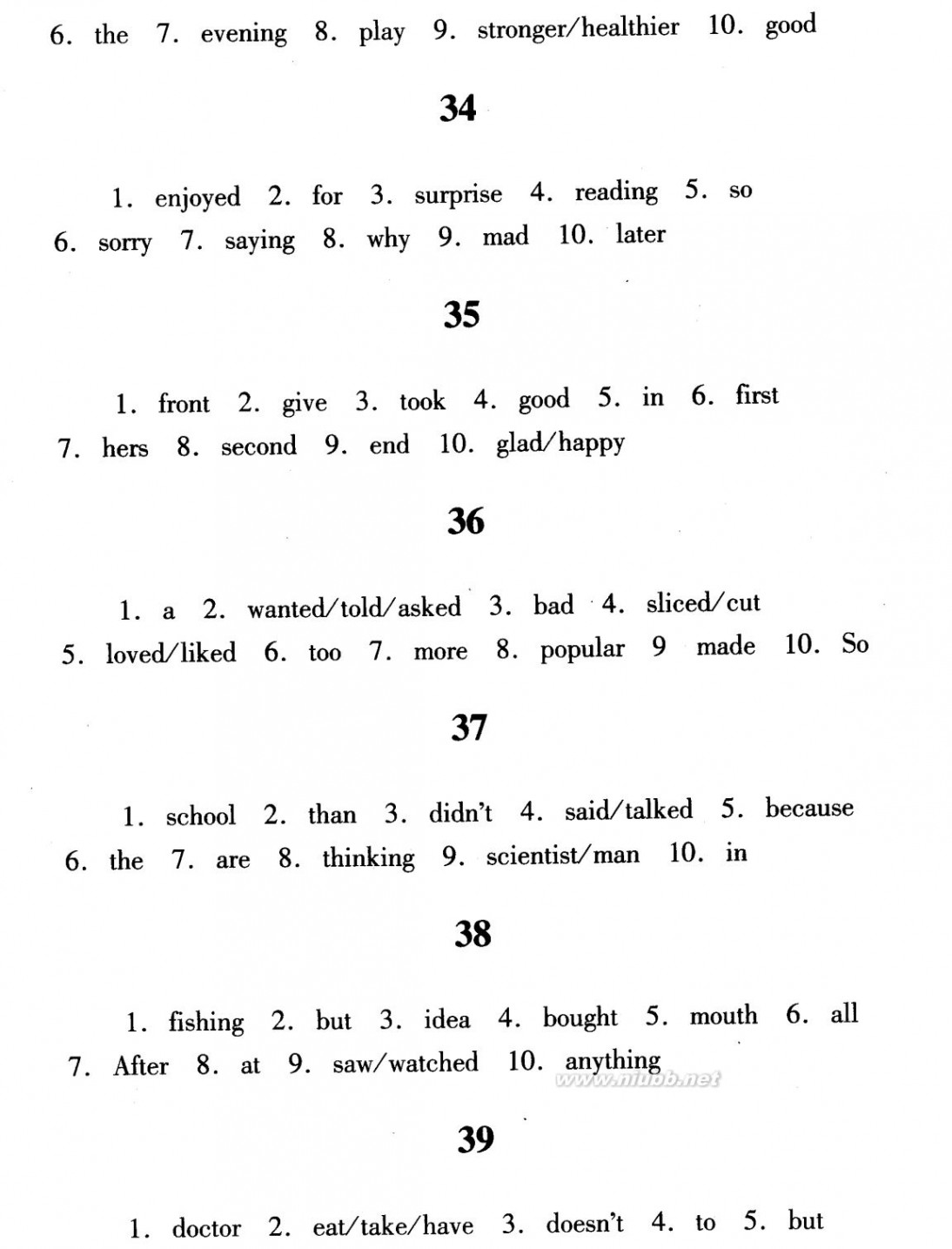
108
看图填词 看图填词100篇
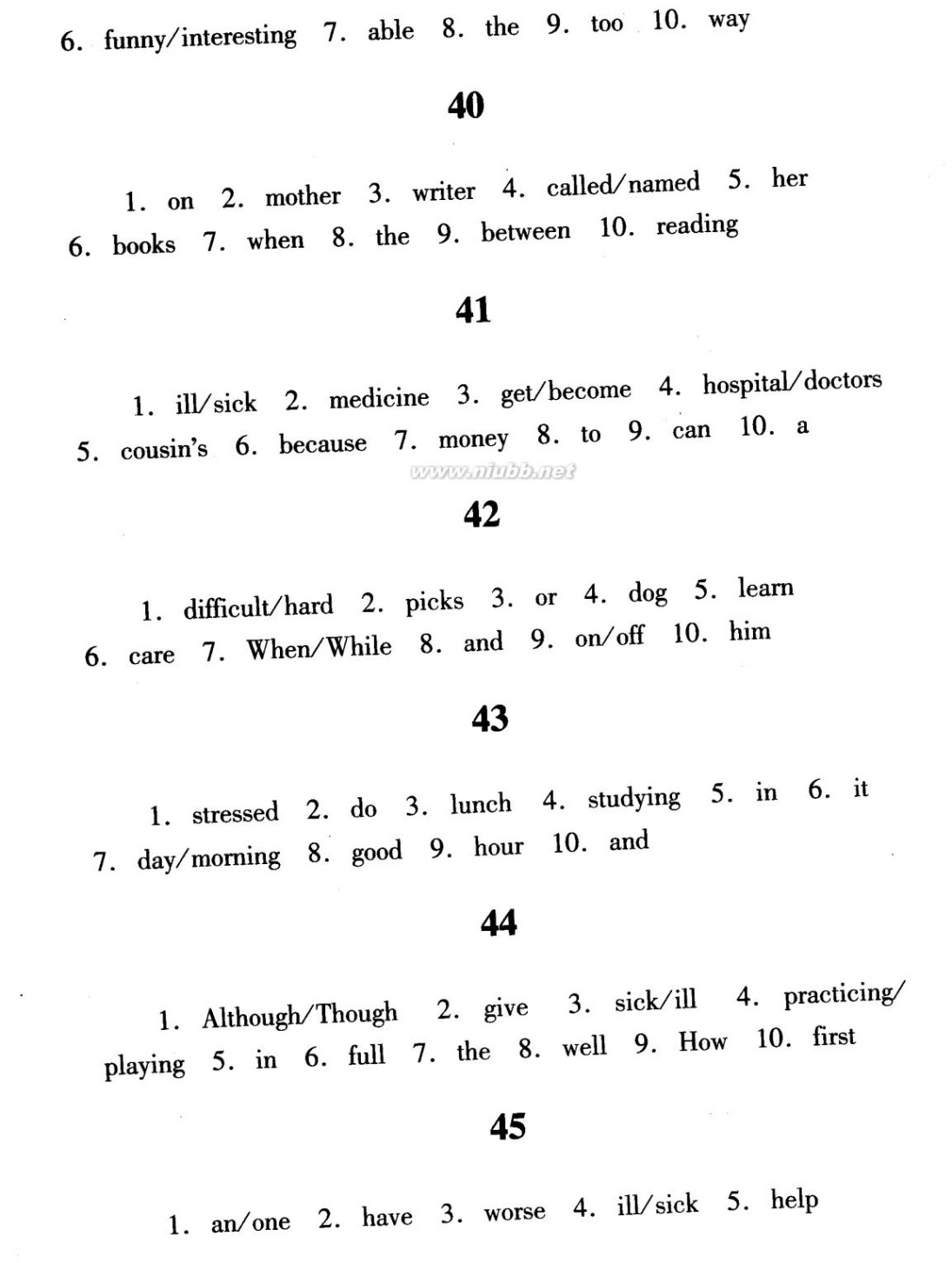
109
看图填词 看图填词100篇
110
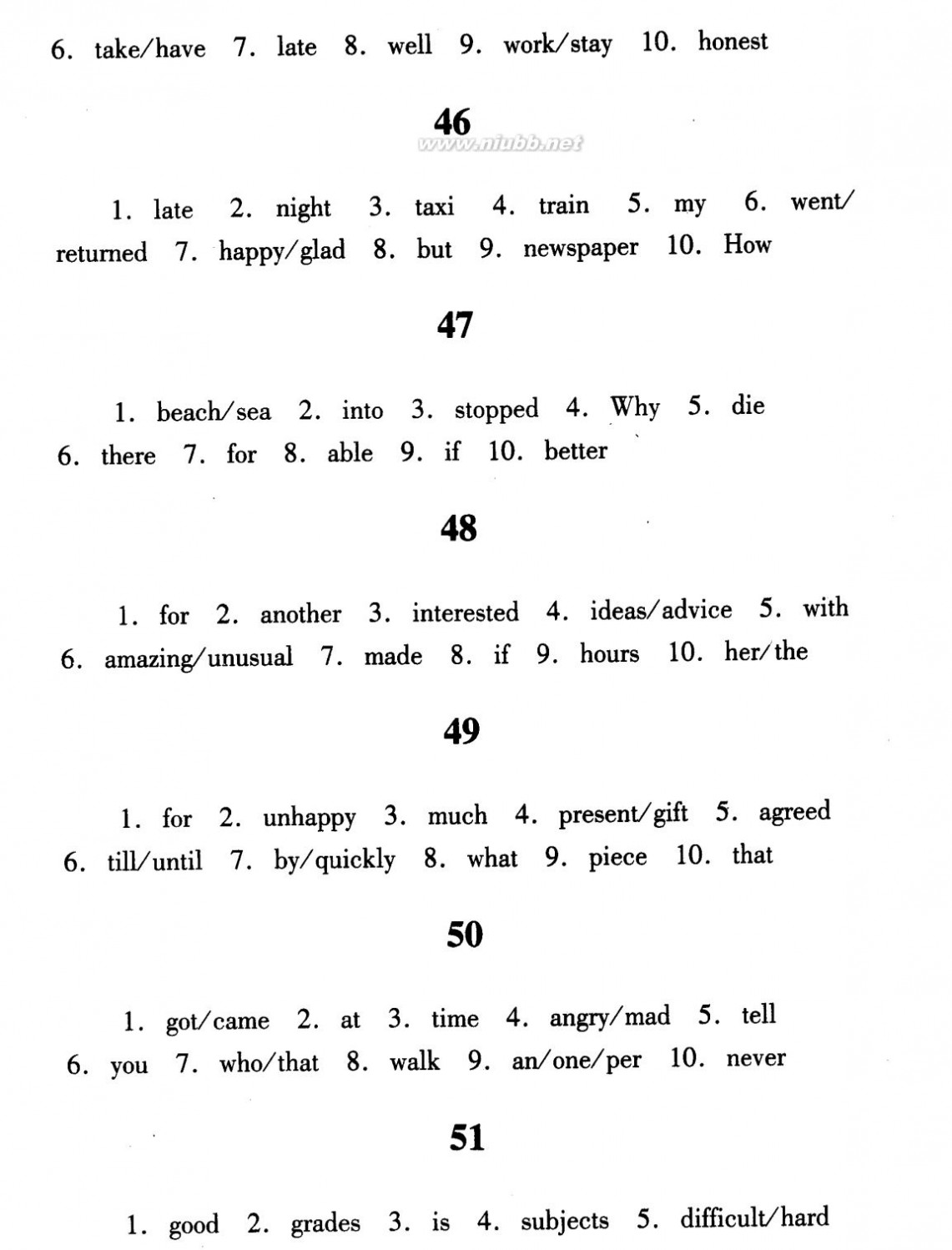
看图填词 看图填词100篇
111

看图填词 看图填词100篇
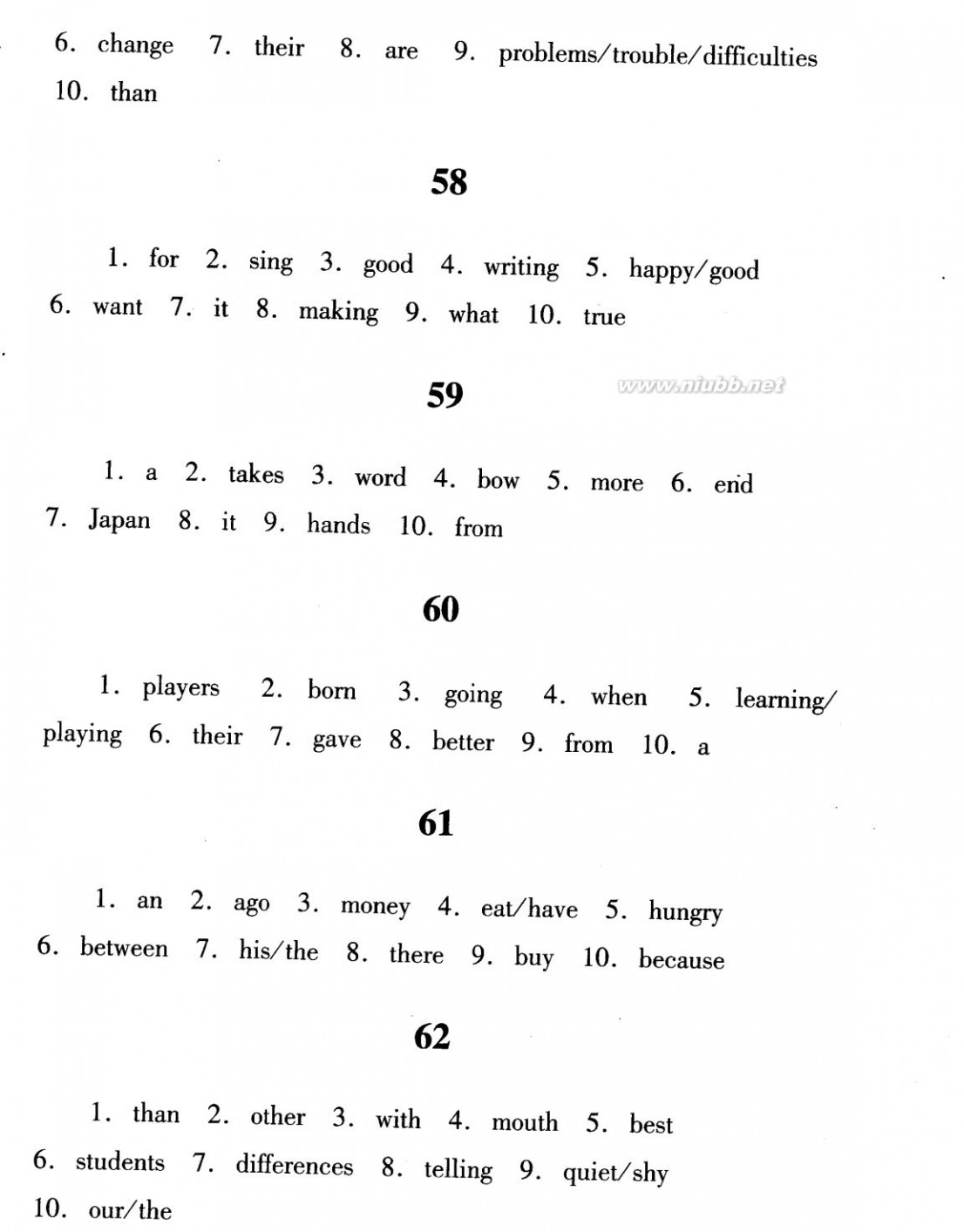
112
看图填词 看图填词100篇

113
看图填词 看图填词100篇
114

看图填词 看图填词100篇
115

看图填词 看图填词100篇

116
看图填词 看图填词100篇
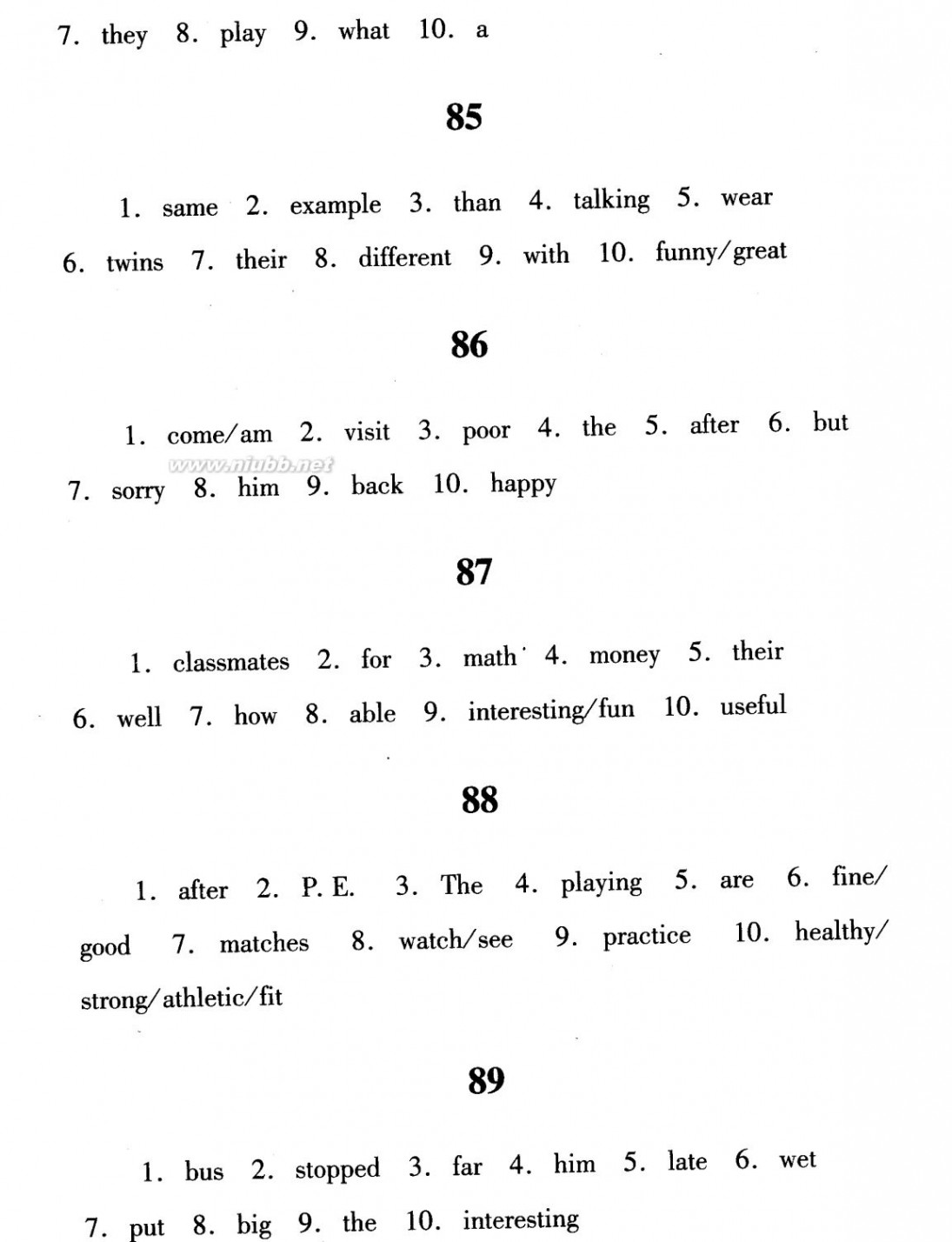
117
看图填词 看图填词100篇

118
看图填词 看图填词100篇

119
二 : 看图填词,每空不限一词。1. Monday is hot but Tuesday is _____
| 看图填词,每空不限一词。 |
  1. Monday is hot but Tuesday is _____ than Monday.   2. The diamond ring (钻戒) is expensive, but the watch is _____it.   3. _____ is _____ than Tony.    4. The orange is _____ of the three kinds of fruit.   5. Peter is angry but Mary is _____. |
| 1. hotter 2. cheaper than 3. Peter heavier 4. the cheapest 5. happy |
考点:
考点名称:形容词的比较级,形容词的最高级形容词的比较级:形容词的比较级和最高级的特殊变化规则:
一、少数单音节词前面加 more-, most- 构成比较级和最高级
tired ---- more tired , most tired
fond ----- more fond , most fond
glad ----- more glad , most glad
bored ---- more bored , most bored
pleased---- more pleased , most pleased
二、不规则变化
good /well------- better ,best
bad/badly/ill------ worse , worst
many/much-------more , most
little ------ less , least
far ---- farther, farthes / firther , furthest
old ---- older , oldest (GA)
---- older , oldest / elder , eldest (GB)
三、下列形容词和副词的比较级和最高级有两种形式
cruel----- crueler, cruelest /more cruel , most cruel
strict---- stricter , strictest /more strict , most strict
often----- oftener , oftenest /more often , most often
friendly------ friendlier , friendliest /more friendly , most friendly
clever----- cleverer, cleverest / more clever , most clever
四、下列形容词和副词没有比较级和最高(即表示”最高程度”或”绝对状态”的形容词和副词没有比较级和最高级)
empty , wrong , perfect , unique , extreme , excellent , favourite (GB)/ favorite (GA) , true , right , correct , extremely ...
构成 | 原级 | 比较级 | 最高级 |
一般加er,est | tall | taller | tallest |
以字母e结尾只 | large | larger | largest |
以一个辅音字母结尾的 | red | redder | reddest |
hot | hotter | hottest | |
thin | thinner | thinnest | |
| easy | easier | easiest |
happy | happier | happiest | |
ugly | uglier | ugliest | |
early | earlier | earliest | |
其他双音节词和多 | interesting | more interesting | most interesting |
形容词的几个特殊用法:
most 同形容词连用而不用 the, 表示 " 极,很,非常, 十分"。
It's most dangerous to be here. 在这儿太危险。
I cannot do it, it's most difficult. 我干不了这件事,太难了。
"The+形容词比较级..., the+形容词比较级..." 表示 " 越... 就越..."。
The more you study, the more you know. 你学的越多, 就知道的越多。
The more I have, the more I want. 我越有就越想要有。
The more, the better. 越多越好。
" 形容词比较级 + and + 形容词比较级 ", 表示 " 越来越... "。
It's getting hotter and hotter. 天气越来越热了.
It's pity he is getting poorer and poorer. 真可怜他越来越穷了。
The computer is cheaper and cheaper. 计算机越来越便宜。
The more and more people focus on the meeting next year. 越来越多的人关注明年的会议。
主语+谓语(系动词)+as+形容词原形+as+从句。表示两者对比相同。
This box is as big as mine. 这个盒子和我的一样大。
This coat is as cheap as that one. 这件衣服同那件衣服一样便宜。
I study English as hard as my brother. 我同我兄弟一样学习努力。
the + 形容词 表示某种人。
He always helps the poor. 他经常帮助穷人。
I like to have a talk with the young. 我喜欢同年轻人谈话。
The rich sometimes complain their empty life. 富人有时抱怨他们空虚的生活。
The police led the old man across the street. 警察领老人横过马路。
以-ly结尾的形容词
1) 大部分形容词加-ly可构成副词。但 friendly,deadly,lovely,lonely,likely,lively,brotherly,仍为形容词。
改错:(错) She sang lovely. (错) He spoke to me very friendly.
(对) Her singing was lovely. (对) He spoke to me in a very friendly way.
2)有些以-ly 结尾的词既为形容词,也为副词。
daily,weekly,monthly,yearly,early
The Times is a daily paper.
The Times is published daily.
too+adj.+to句型 “太…而不能”
He is too young to go to school.
=He isn’t old enough to go to school.
=He is so young that he can’t go to school.
形容词的位置:
1.形容词一般放在名词前作定语
单个形容词修饰名词时,一般要放在名词的前面。它们的前面常常带有冠词、形容词性物主代词、指示代词、数词等。例如:
a red flower一朵红花
an interesting story一个有趣的故事
six blind men 六个盲人
my own house我自己的房子
如果有两个或两个以上的形容词修饰一个名词时,则由它们和被修饰的名词之间的密切程度而定,越密切的形容词越靠近名词。
如果几个形容词的密切程度差不多则按音节少的形容词放在前面,音节多的形容词放在后面。
2.当形容词所修饰的词是由some,any,every,no等构成的不定代词时,形容词必须置于名词之后。例如:
She has something new to tell me.她有一些新的情况告诉我。
I have nothing important to do today.今天我没有重要的工作要做。
Do you know anybody else here?这儿你还有认识的人吗?
3.形容词后面有介词短语或不定式短语时,形容词必须置于名词之后。例如:
It is a problem difficult to work out.这是一道难以解决的问题。
Edison is a student difficult to teach.爱迪生是个很难教的学生。
This is a kind of flowers easy to grow.这是一种易栽的花。
4.用 and 或 or 连接起来的两个形容词作定语时一般把它们放在被修饰的名词后面。起进一步解释的作用。例如:
All people,young or old,should be strict with themselves.
所有的人,无论老少,都应该严格要求自己。
We are building a new school, modern and super.
我们正在建一所现代化的高档次的新型学校。
All countries, rich and poor, should help one another. 所有的国家,无论穷富都应该互相帮助。
5.有少数形容词,如enough和possible,既可置于所修饰的名词前面也可以置于它所修饰的名词之后。例如:
Do you have enough time(time enough)to prepare?你有足够的时间做准备吗?
Maybe it will be a possible chance(chance possible)for you.或许它将成为一次可能的机遇。
6.有些形容词,置于名词之前与之后,含义不尽相同。例如:
the writer present 出席的作者
the present writer 现在的作者
7.表示长,宽,高,深,及年龄的形容词,应放在相应的名词之后。
This river is about 100 metres wide.
The building is more than 50 metres tall.
He is less than 40 years old.
8. enough修饰名词时,在名词前后都可以。
They said that they had enough food.=They said that they had food enough.
enough 修饰形容词和副词,位于其后。
He is old enough to join the army.
He isn’t old enough to go to school.
9.形容词else通常放在疑问代词,疑问副词或不定代词后
what/who/where/when/when else
something/anything/nothing…else
What else did you do?
Do you have anything else to say?
10.由两个或两个以上的词组成的形容词词组修饰名词时须放在名词之后。
This is the book easy to read.
这是一本容易读的书。
三 : 看图填词,每空不限一词。1. Monday is hot but Tuesday is _____
| 看图填词,每空不限一词。 |
  1. Monday is hot but Tuesday is _____ than Monday.   2. The diamond ring (钻戒) is expensive, but the watch is _____it.   3. _____ is _____ than Tony.    4. The orange is _____ of the three kinds of fruit.   5. Peter is angry but Mary is _____. |
| 1. hotter 2. cheaper than 3. Peter heavier 4. the cheapest 5. happy |
考点:
考点名称:形容词的比较级,形容词的最高级形容词的比较级:形容词的比较级和最高级的特殊变化规则:
一、少数单音节词前面加 more-, most- 构成比较级和最高级
tired ---- more tired , most tired
fond ----- more fond , most fond
glad ----- more glad , most glad
bored ---- more bored , most bored
pleased---- more pleased , most pleased
二、不规则变化
good /well------- better ,best
bad/badly/ill------ worse , worst
many/much-------more , most
little ------ less , least
far ---- farther, farthes / firther , furthest
old ---- older , oldest (GA)
---- older , oldest / elder , eldest (GB)
三、下列形容词和副词的比较级和最高级有两种形式
cruel----- crueler, cruelest /more cruel , most cruel
strict---- stricter , strictest /more strict , most strict
often----- oftener , oftenest /more often , most often
friendly------ friendlier , friendliest /more friendly , most friendly
clever----- cleverer, cleverest / more clever , most clever
四、下列形容词和副词没有比较级和最高(即表示”最高程度”或”绝对状态”的形容词和副词没有比较级和最高级)
empty , wrong , perfect , unique , extreme , excellent , favourite (GB)/ favorite (GA) , true , right , correct , extremely ...
构成 | 原级 | 比较级 | 最高级 |
一般加er,est | tall | taller | tallest |
以字母e结尾只 | large | larger | largest |
以一个辅音字母结尾的 | red | redder | reddest |
hot | hotter | hottest | |
thin | thinner | thinnest | |
| easy | easier | easiest |
happy | happier | happiest | |
ugly | uglier | ugliest | |
early | earlier | earliest | |
其他双音节词和多 | interesting | more interesting | most interesting |
形容词的几个特殊用法:
most 同形容词连用而不用 the, 表示 " 极,很,非常, 十分"。
It's most dangerous to be here. 在这儿太危险。
I cannot do it, it's most difficult. 我干不了这件事,太难了。
"The+形容词比较级..., the+形容词比较级..." 表示 " 越... 就越..."。
The more you study, the more you know. 你学的越多, 就知道的越多。
The more I have, the more I want. 我越有就越想要有。
The more, the better. 越多越好。
" 形容词比较级 + and + 形容词比较级 ", 表示 " 越来越... "。
It's getting hotter and hotter. 天气越来越热了.
It's pity he is getting poorer and poorer. 真可怜他越来越穷了。
The computer is cheaper and cheaper. 计算机越来越便宜。
The more and more people focus on the meeting next year. 越来越多的人关注明年的会议。
主语+谓语(系动词)+as+形容词原形+as+从句。表示两者对比相同。
This box is as big as mine. 这个盒子和我的一样大。
This coat is as cheap as that one. 这件衣服同那件衣服一样便宜。
I study English as hard as my brother. 我同我兄弟一样学习努力。
the + 形容词 表示某种人。
He always helps the poor. 他经常帮助穷人。
I like to have a talk with the young. 我喜欢同年轻人谈话。
The rich sometimes complain their empty life. 富人有时抱怨他们空虚的生活。
The police led the old man across the street. 警察领老人横过马路。
以-ly结尾的形容词
1) 大部分形容词加-ly可构成副词。但 friendly,deadly,lovely,lonely,likely,lively,brotherly,仍为形容词。
改错:(错) She sang lovely. (错) He spoke to me very friendly.
(对) Her singing was lovely. (对) He spoke to me in a very friendly way.
2)有些以-ly 结尾的词既为形容词,也为副词。
daily,weekly,monthly,yearly,early
The Times is a daily paper.
The Times is published daily.
too+adj.+to句型 “太…而不能”
He is too young to go to school.
=He isn’t old enough to go to school.
=He is so young that he can’t go to school.
形容词的位置:
1.形容词一般放在名词前作定语
单个形容词修饰名词时,一般要放在名词的前面。它们的前面常常带有冠词、形容词性物主代词、指示代词、数词等。例如:
a red flower一朵红花
an interesting story一个有趣的故事
six blind men 六个盲人
my own house我自己的房子
如果有两个或两个以上的形容词修饰一个名词时,则由它们和被修饰的名词之间的密切程度而定,越密切的形容词越靠近名词。
如果几个形容词的密切程度差不多则按音节少的形容词放在前面,音节多的形容词放在后面。
2.当形容词所修饰的词是由some,any,every,no等构成的不定代词时,形容词必须置于名词之后。例如:
She has something new to tell me.她有一些新的情况告诉我。
I have nothing important to do today.今天我没有重要的工作要做。
Do you know anybody else here?这儿你还有认识的人吗?
3.形容词后面有介词短语或不定式短语时,形容词必须置于名词之后。例如:
It is a problem difficult to work out.这是一道难以解决的问题。
Edison is a student difficult to teach.爱迪生是个很难教的学生。
This is a kind of flowers easy to grow.这是一种易栽的花。
4.用 and 或 or 连接起来的两个形容词作定语时一般把它们放在被修饰的名词后面。起进一步解释的作用。例如:
All people,young or old,should be strict with themselves.
所有的人,无论老少,都应该严格要求自己。
We are building a new school, modern and super.
我们正在建一所现代化的高档次的新型学校。
All countries, rich and poor, should help one another. 所有的国家,无论穷富都应该互相帮助。
5.有少数形容词,如enough和possible,既可置于所修饰的名词前面也可以置于它所修饰的名词之后。例如:
Do you have enough time(time enough)to prepare?你有足够的时间做准备吗?
Maybe it will be a possible chance(chance possible)for you.或许它将成为一次可能的机遇。
6.有些形容词,置于名词之前与之后,含义不尽相同。例如:
the writer present 出席的作者
the present writer 现在的作者
7.表示长,宽,高,深,及年龄的形容词,应放在相应的名词之后。
This river is about 100 metres wide.
The building is more than 50 metres tall.
He is less than 40 years old.
8. enough修饰名词时,在名词前后都可以。
They said that they had enough food.=They said that they had food enough.
enough 修饰形容词和副词,位于其后。
He is old enough to join the army.
He isn’t old enough to go to school.
9.形容词else通常放在疑问代词,疑问副词或不定代词后
what/who/where/when/when else
something/anything/nothing…else
What else did you do?
Do you have anything else to say?
10.由两个或两个以上的词组成的形容词词组修饰名词时须放在名词之后。
This is the book easy to read.
这是一本容易读的书。
61阅读| 精彩专题| 最新文章| 热门文章| 苏ICP备13036349号-1